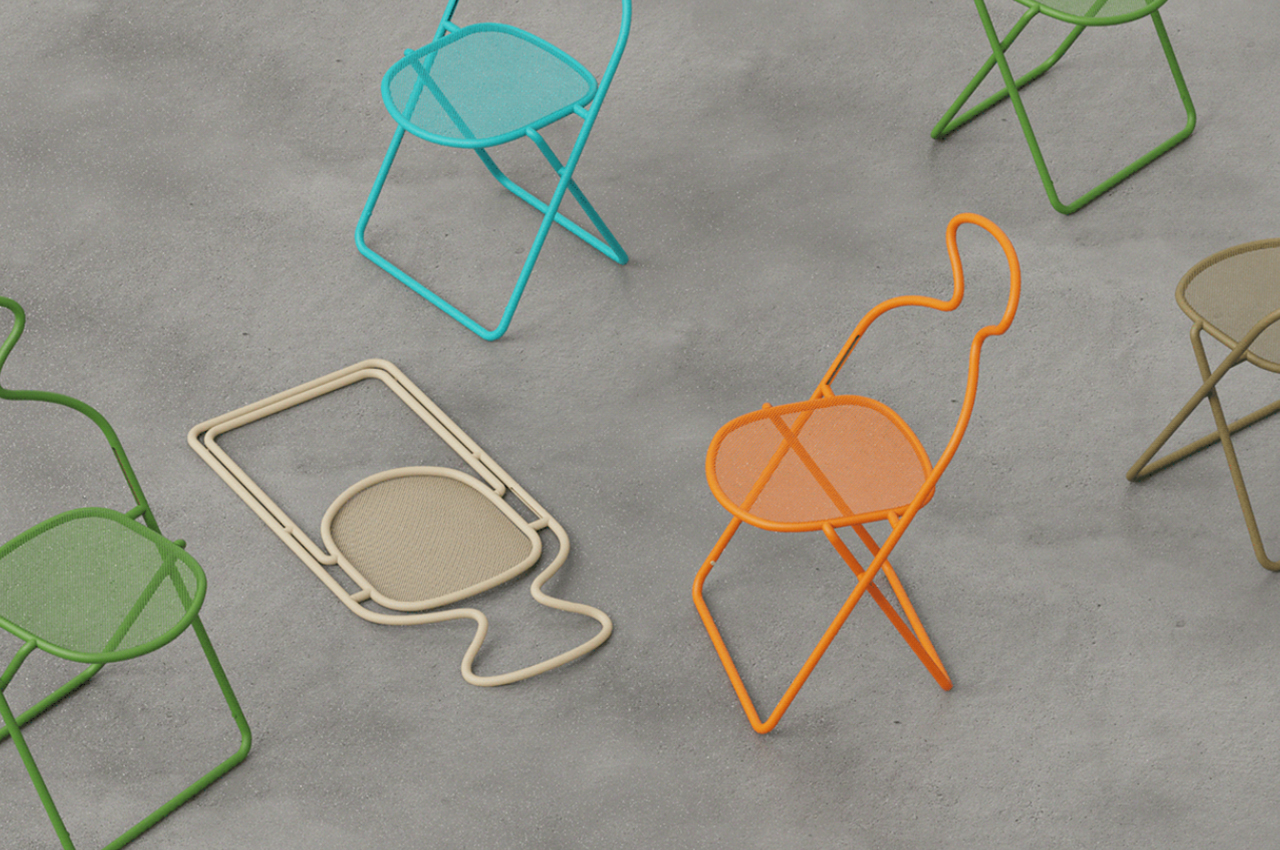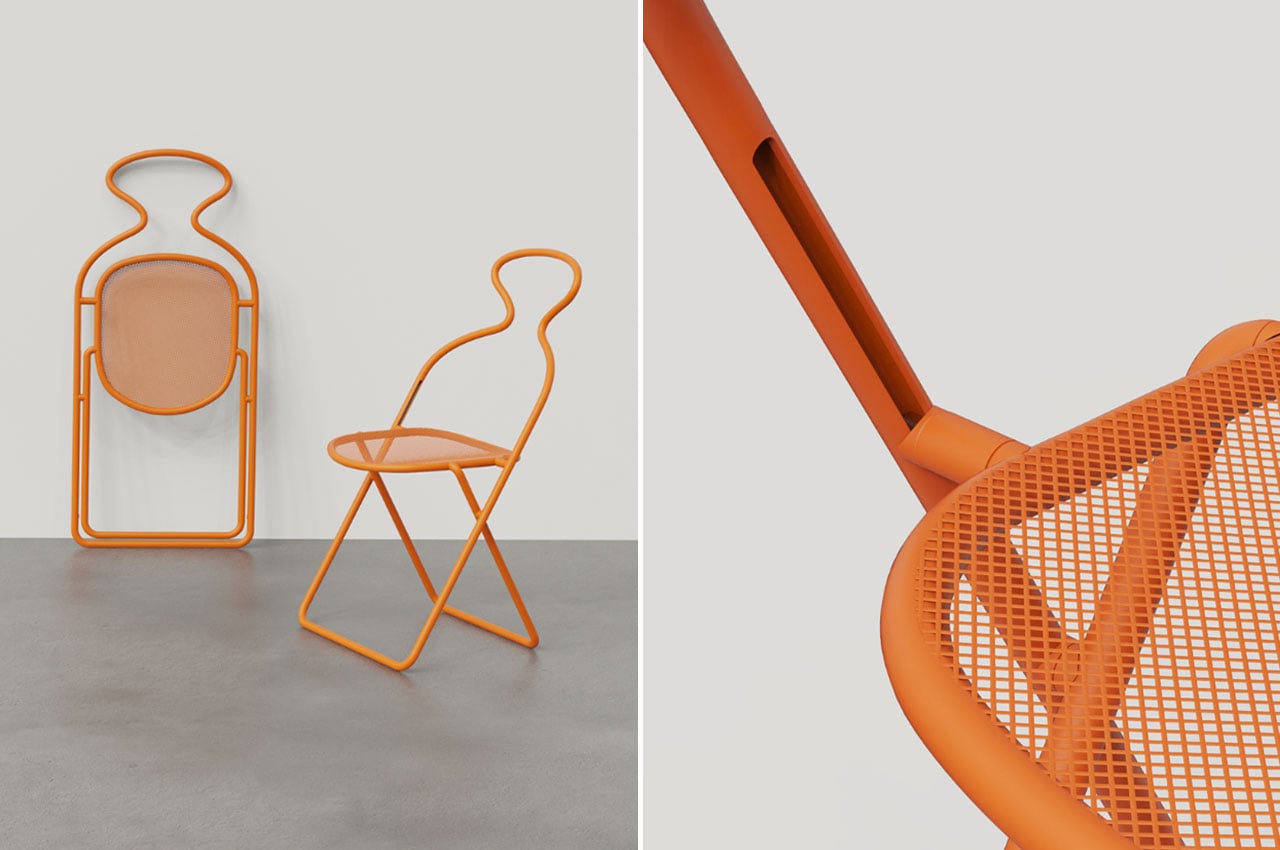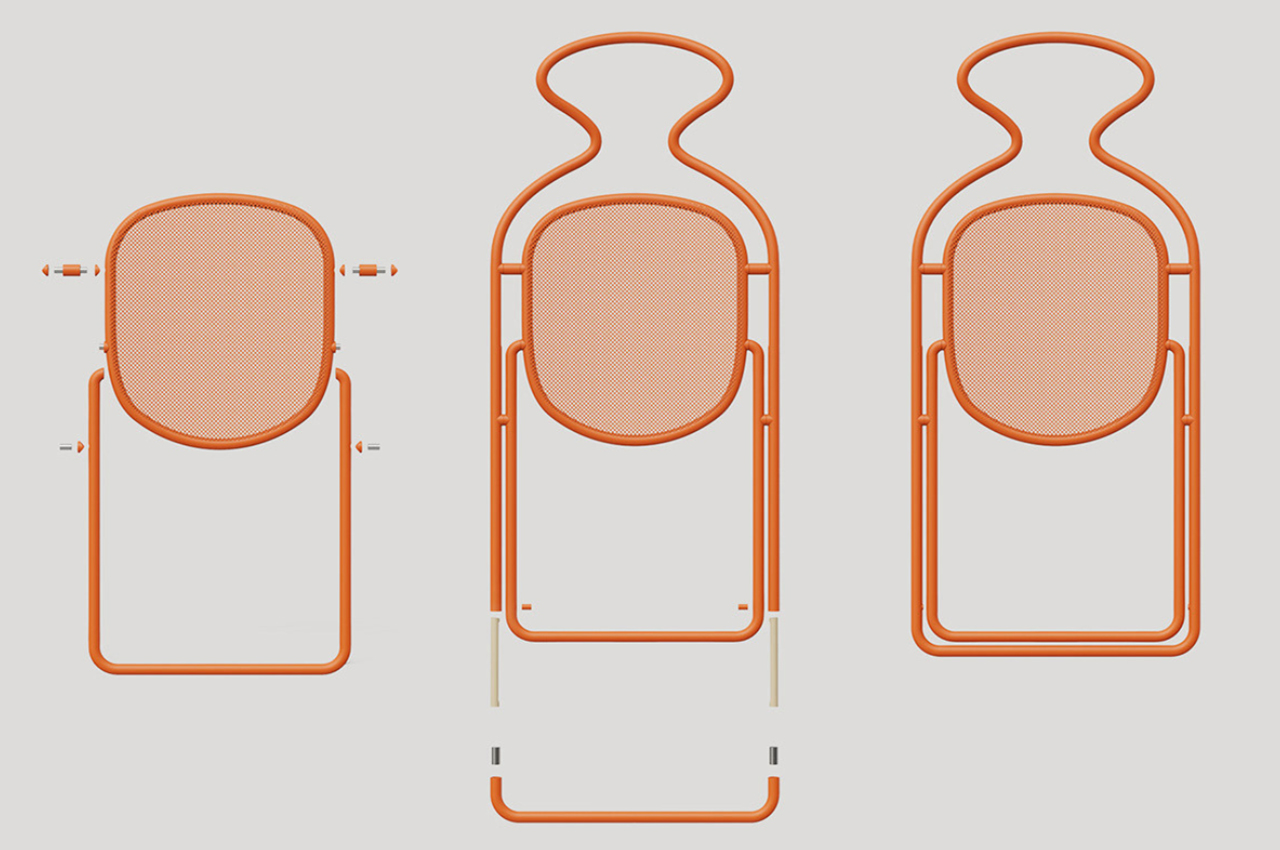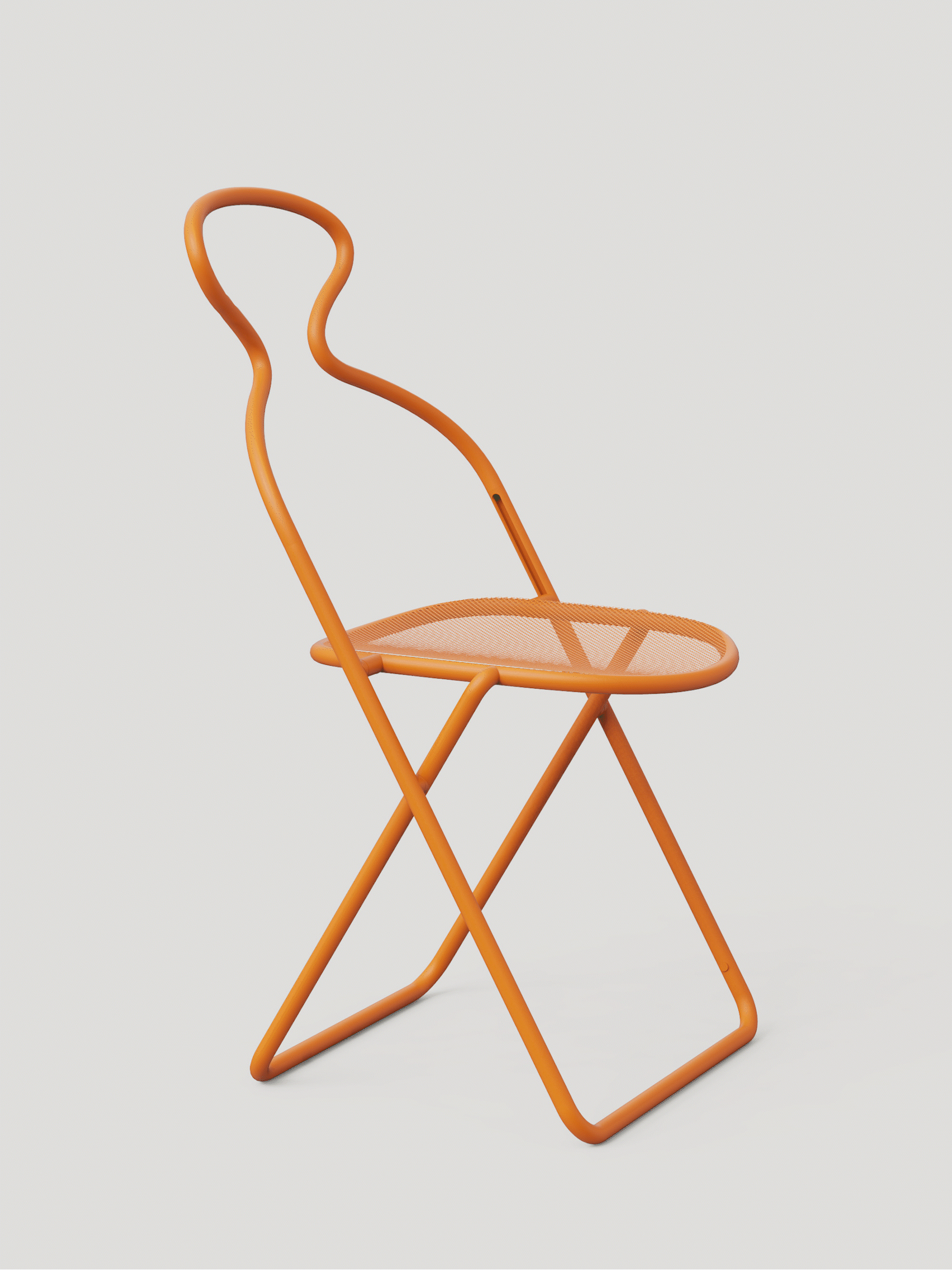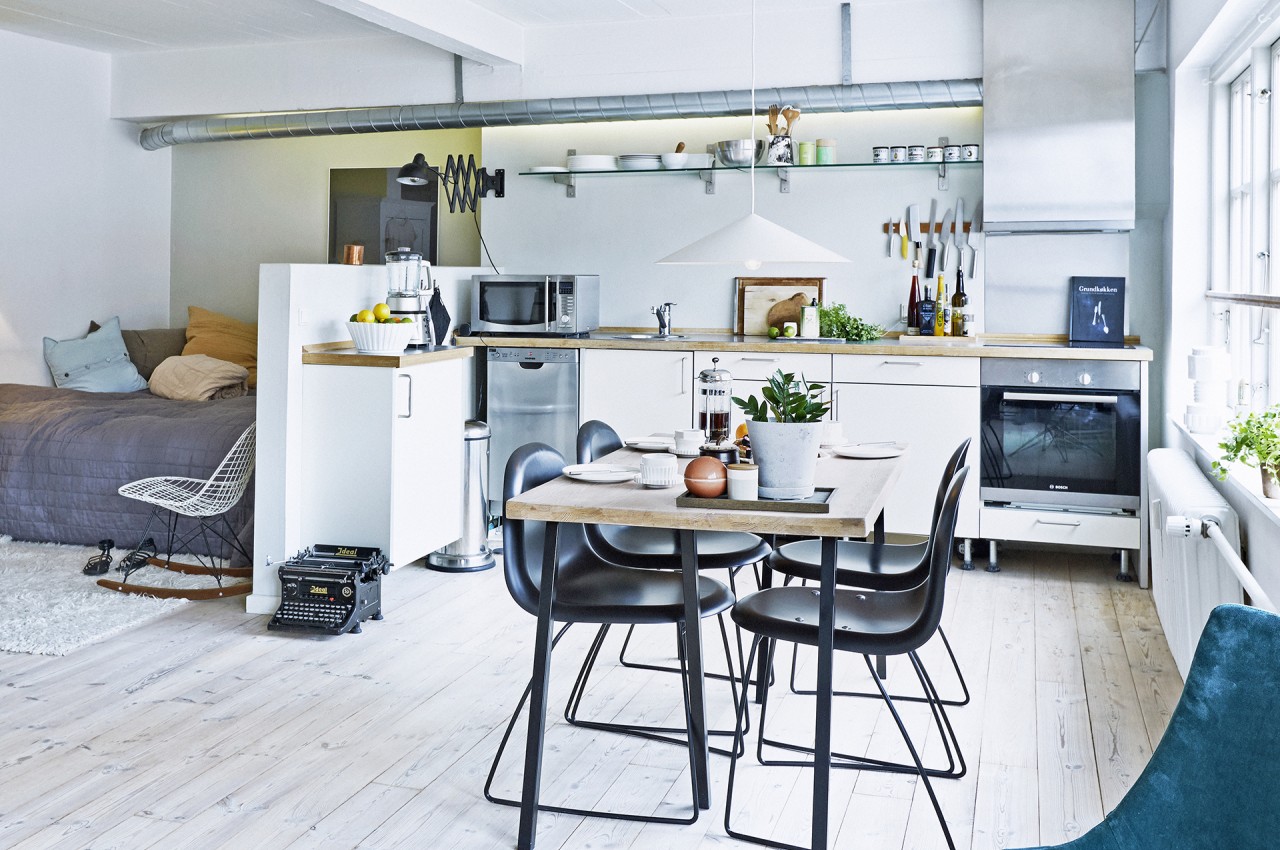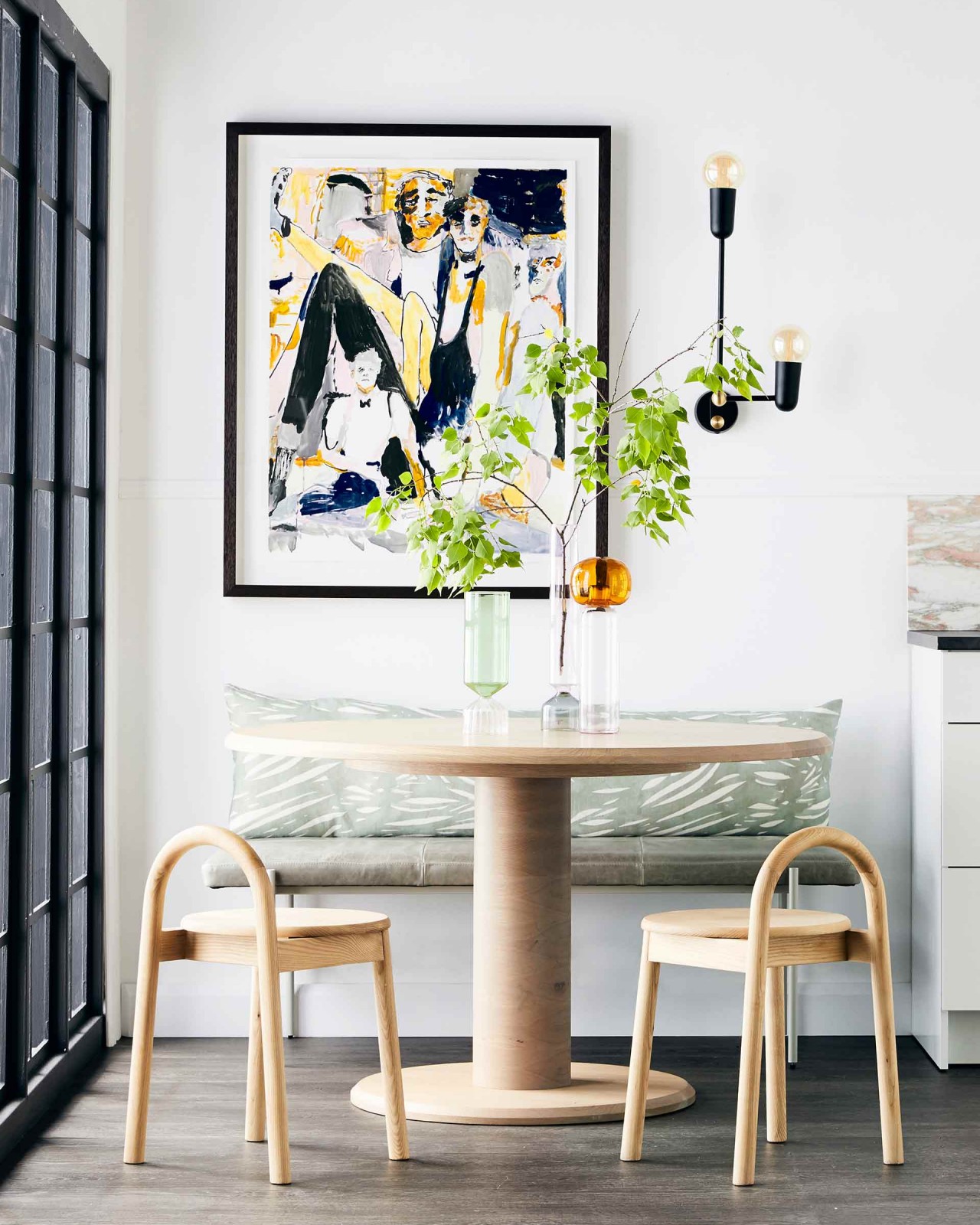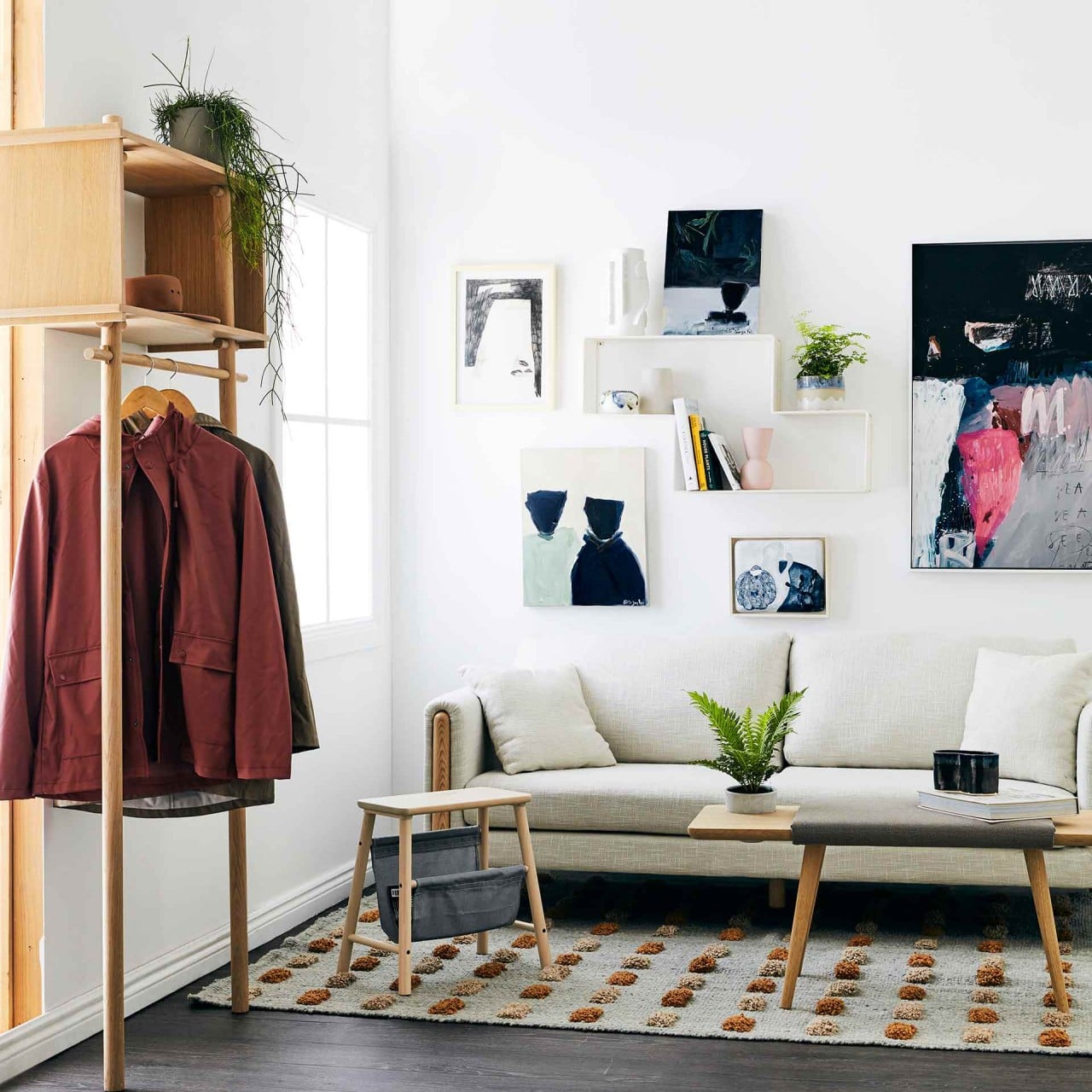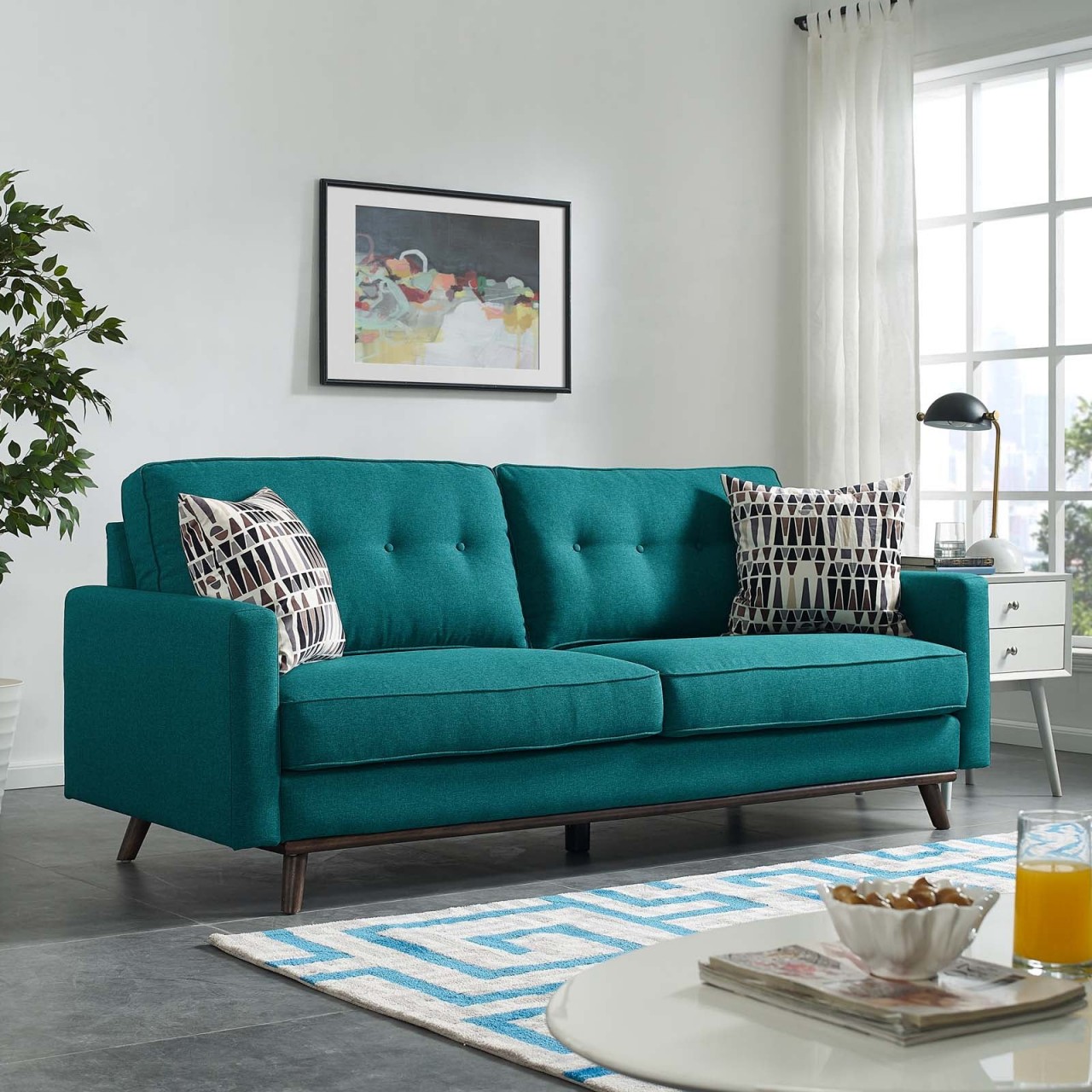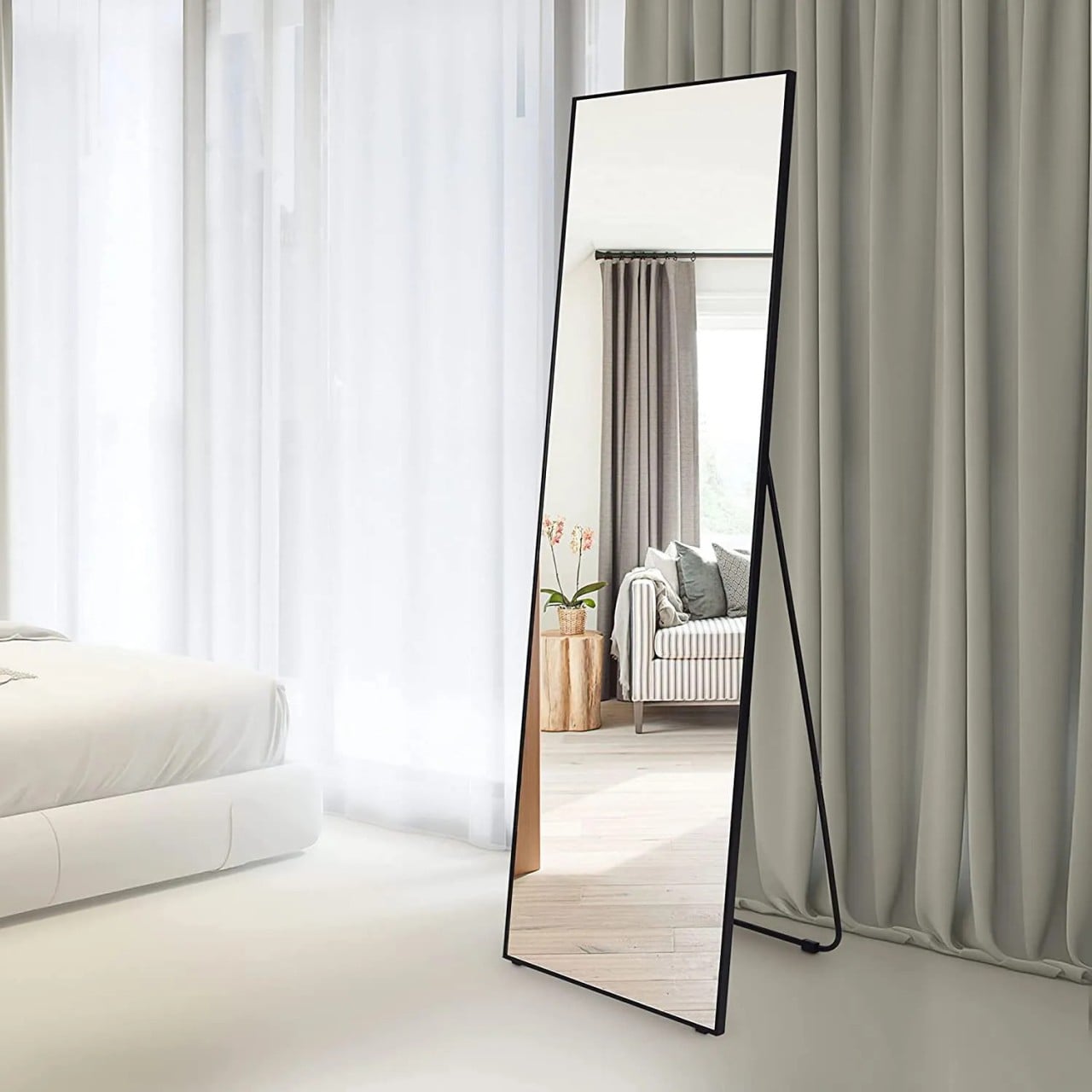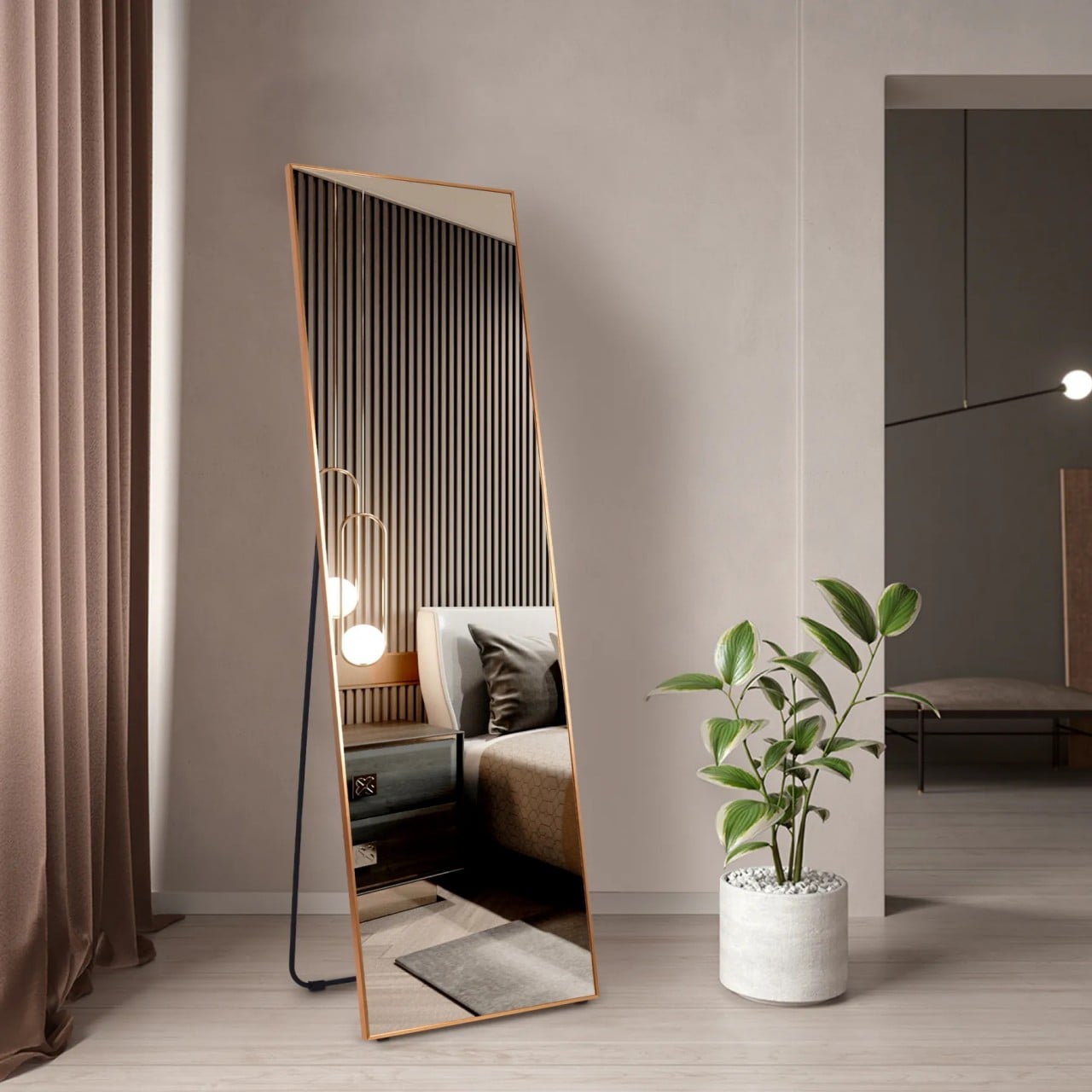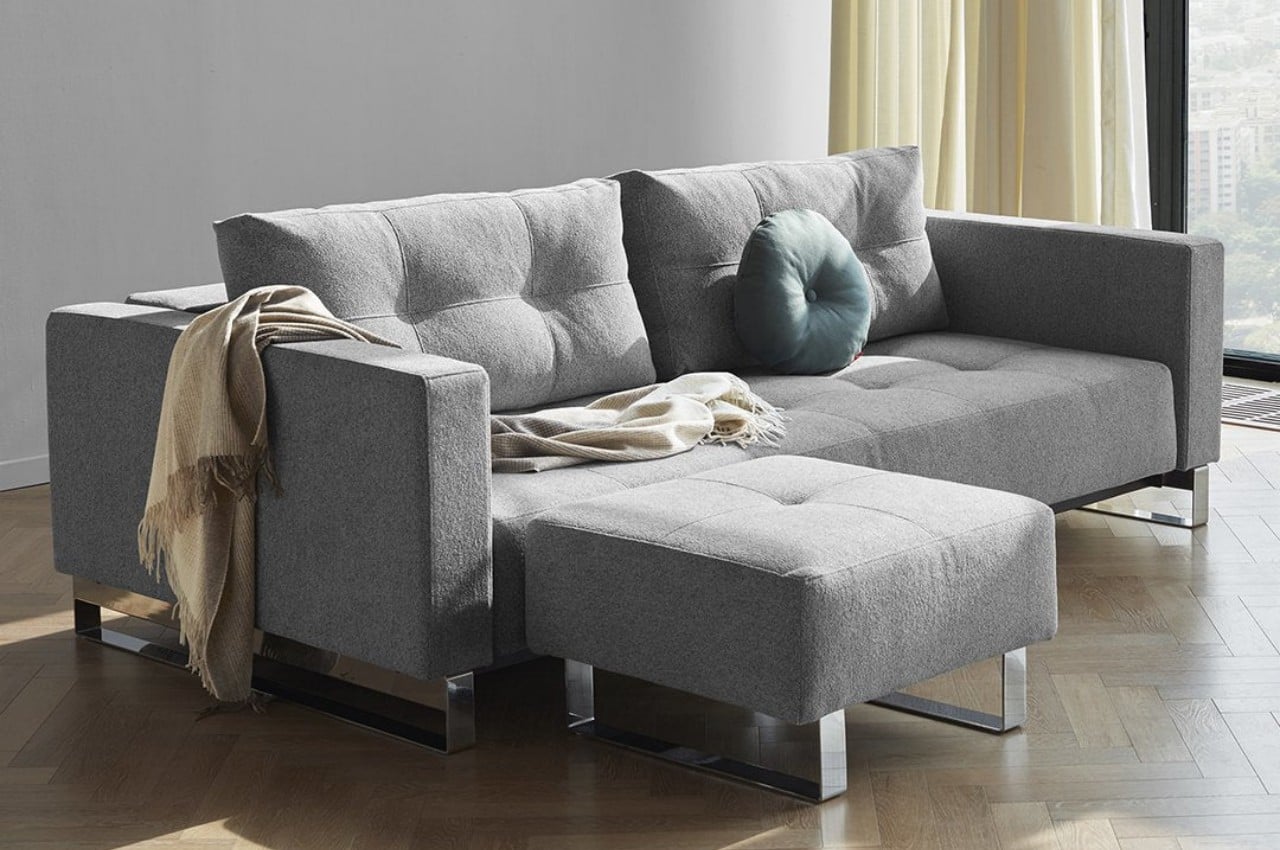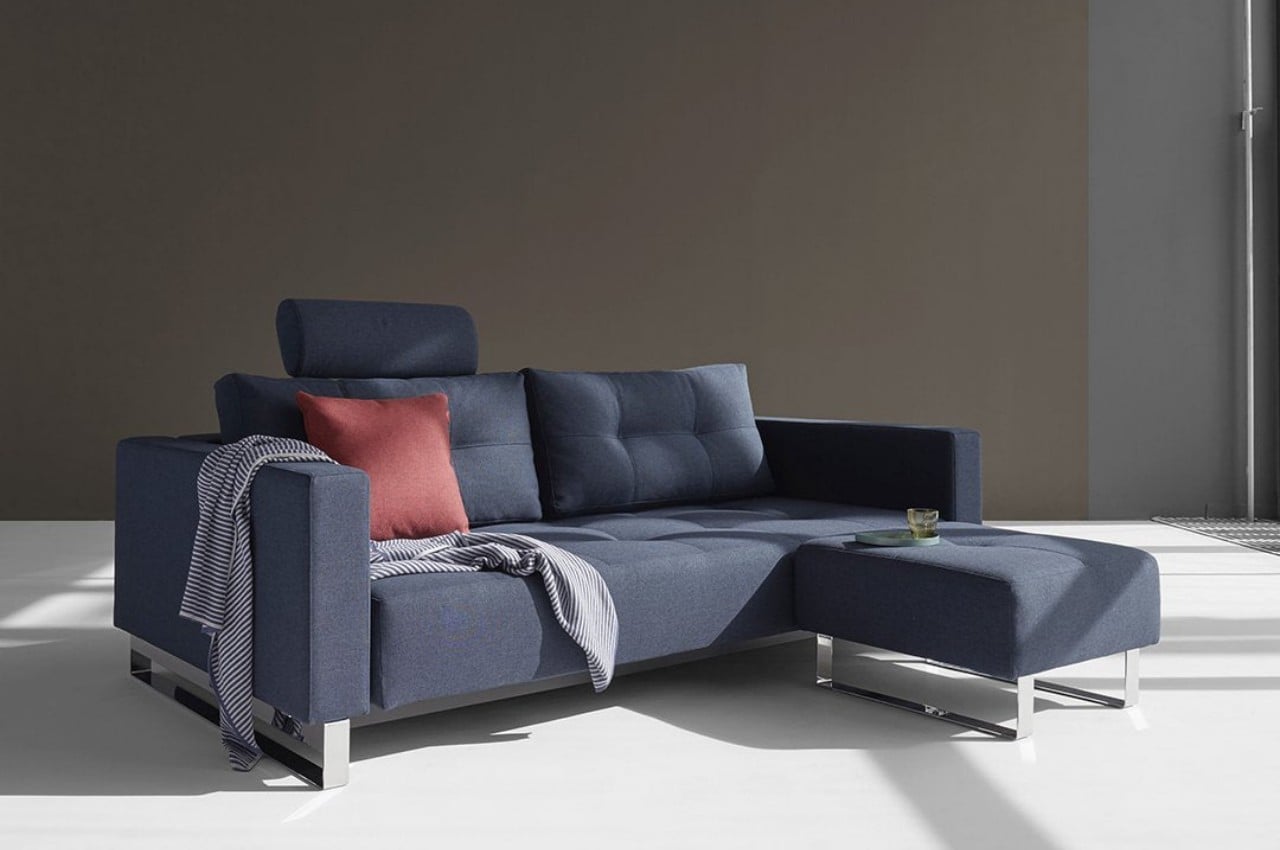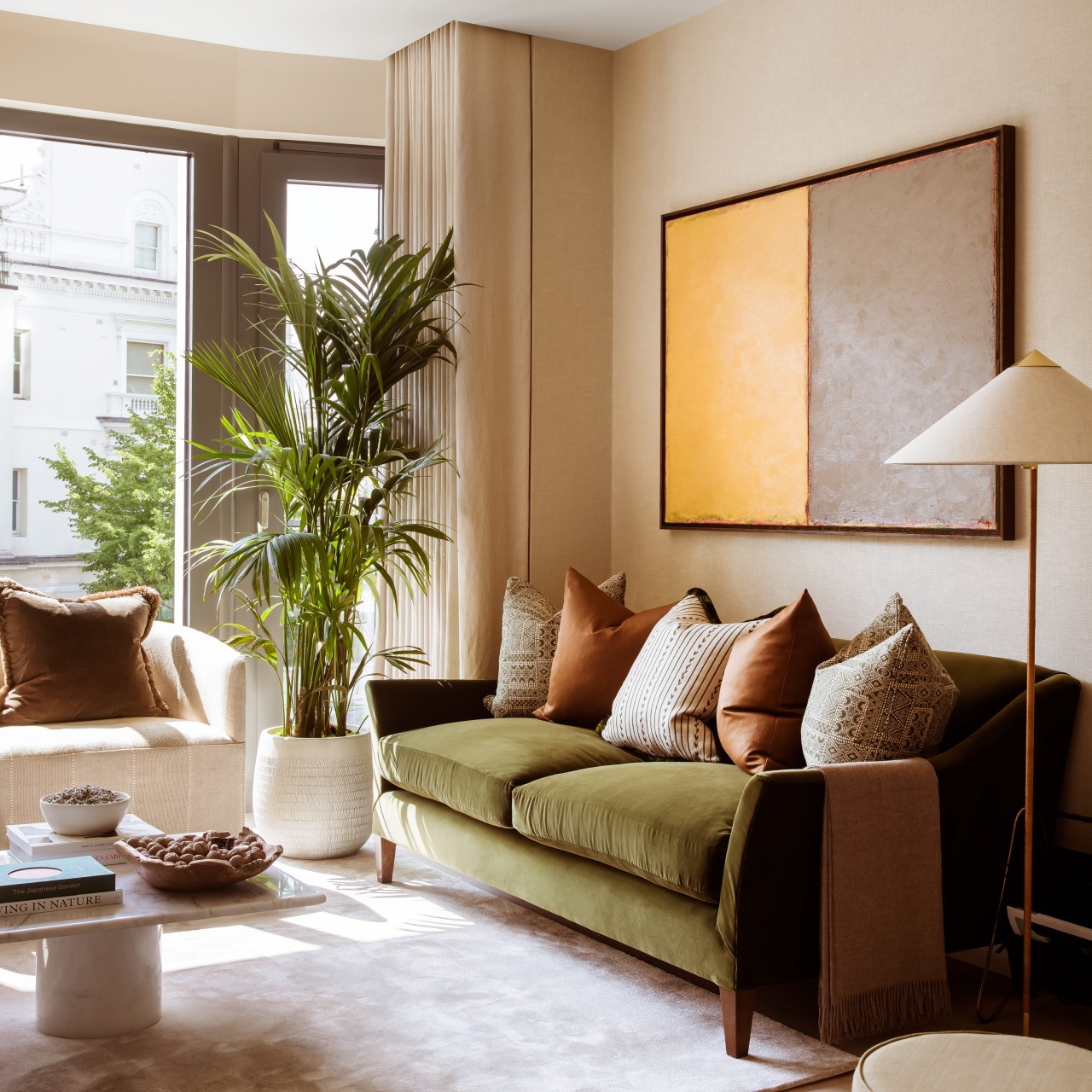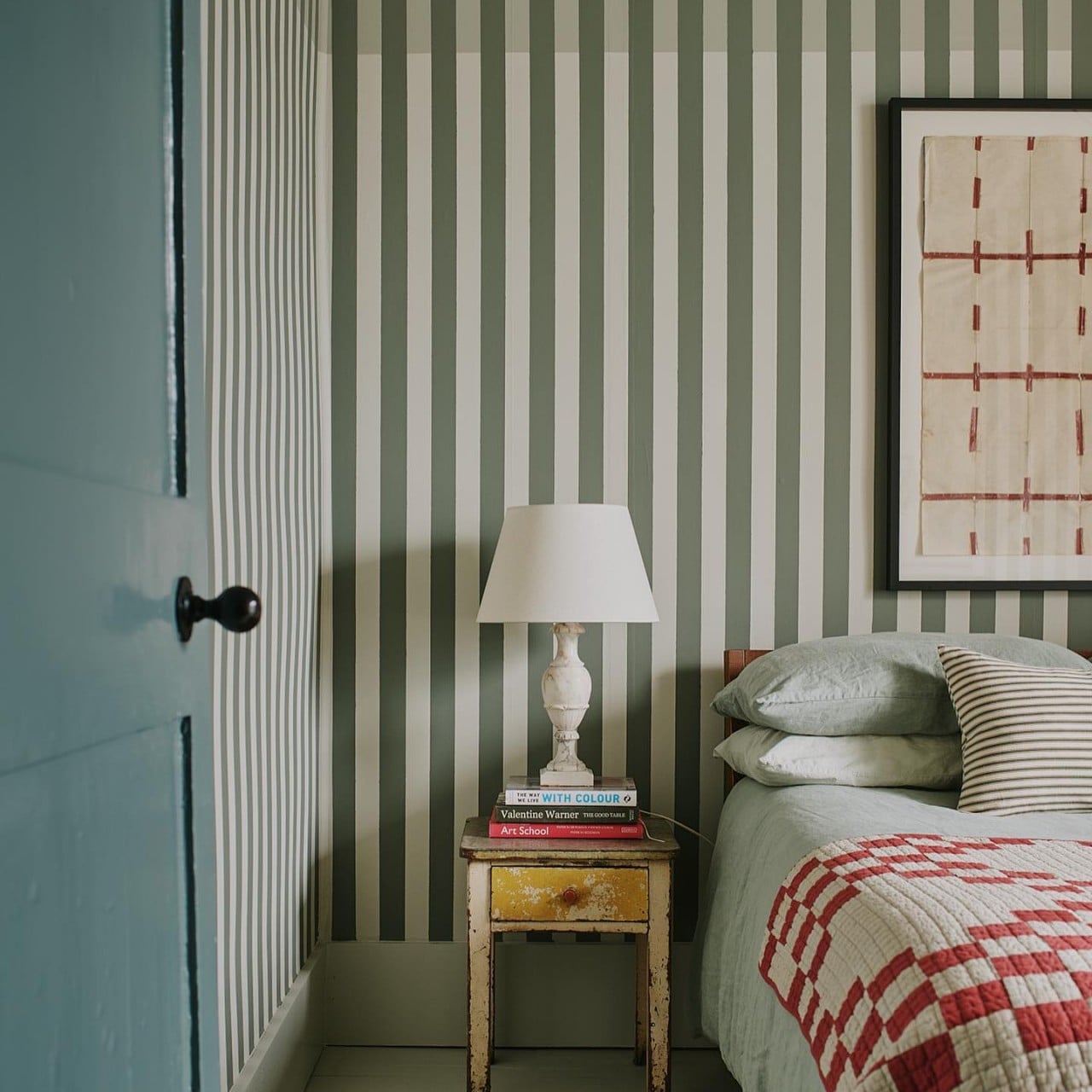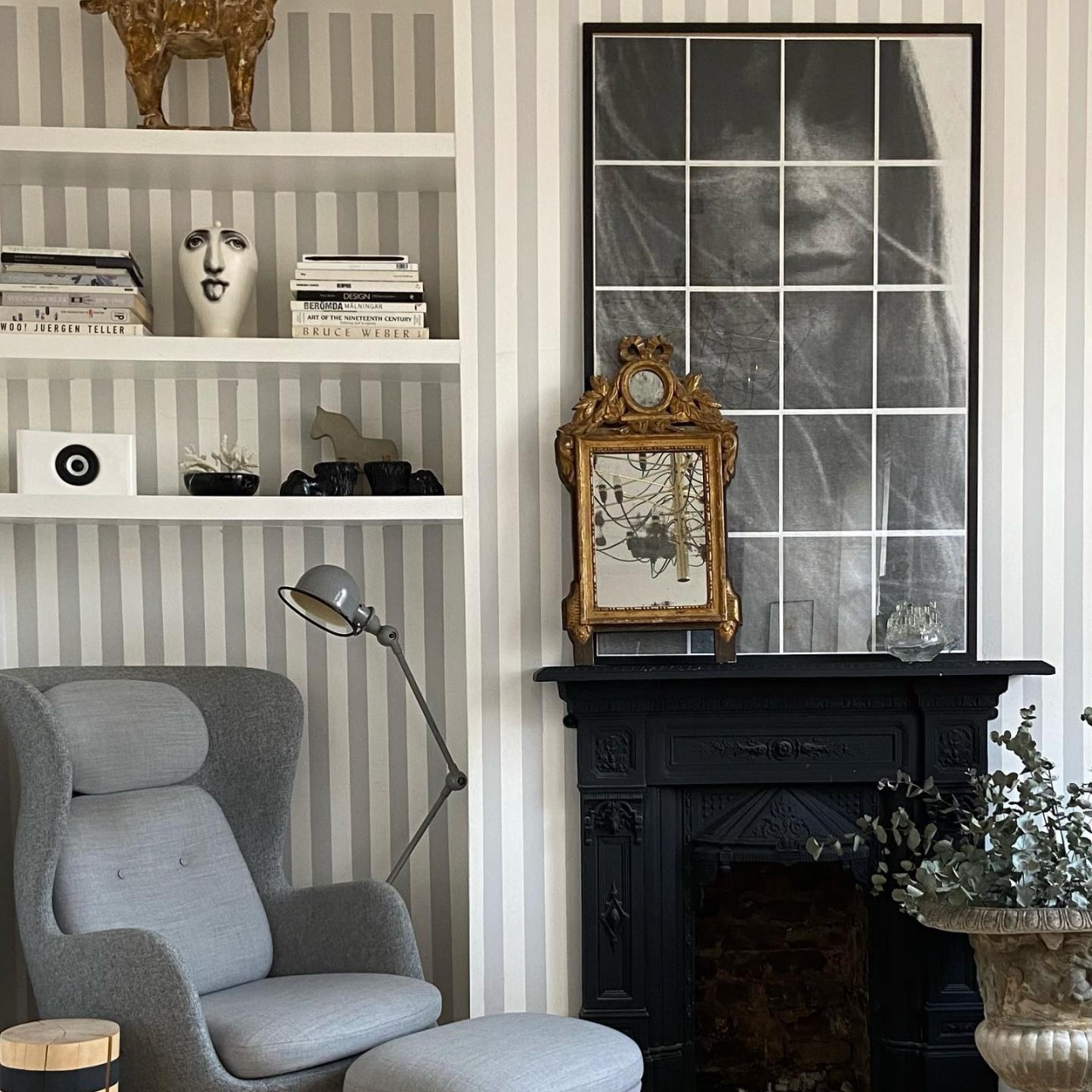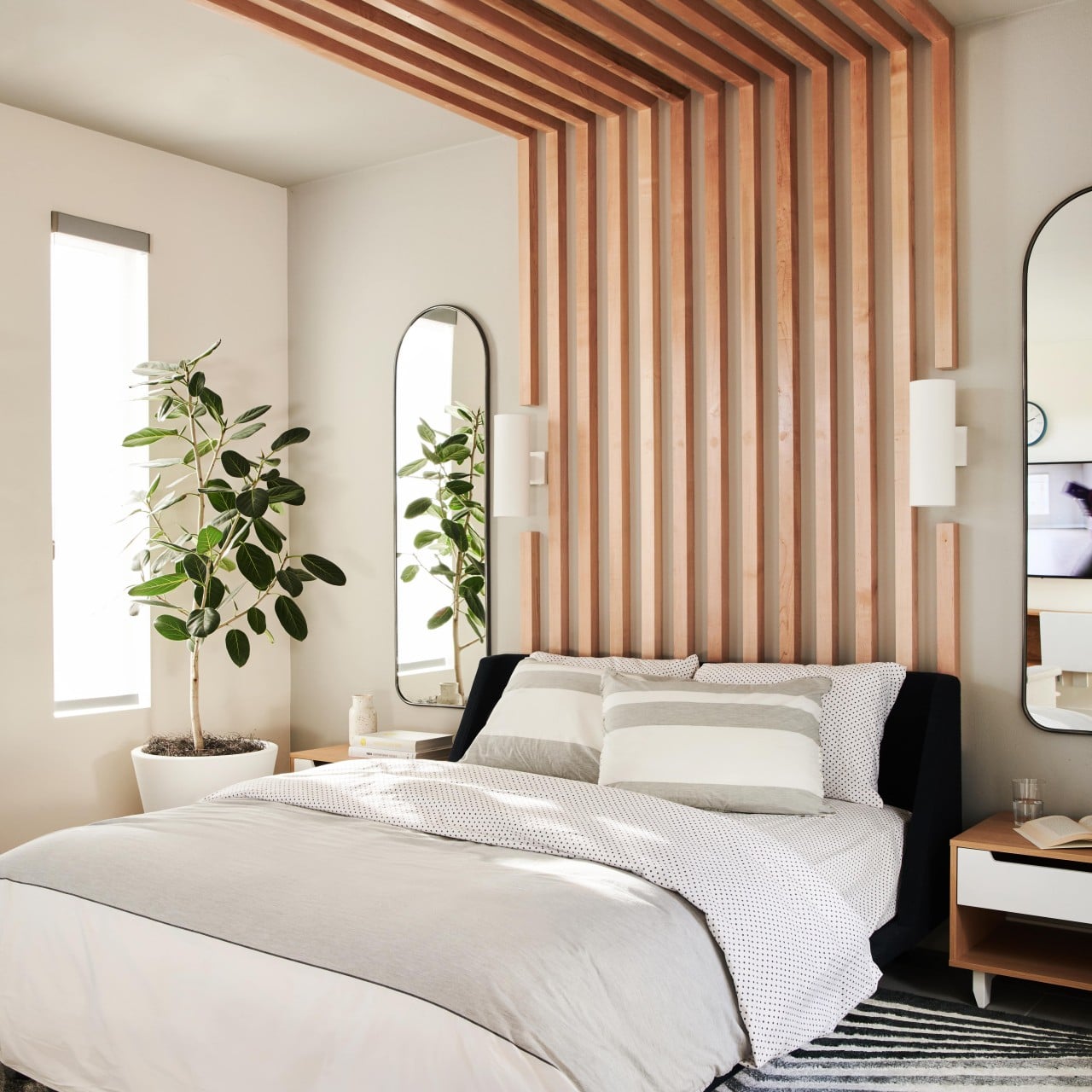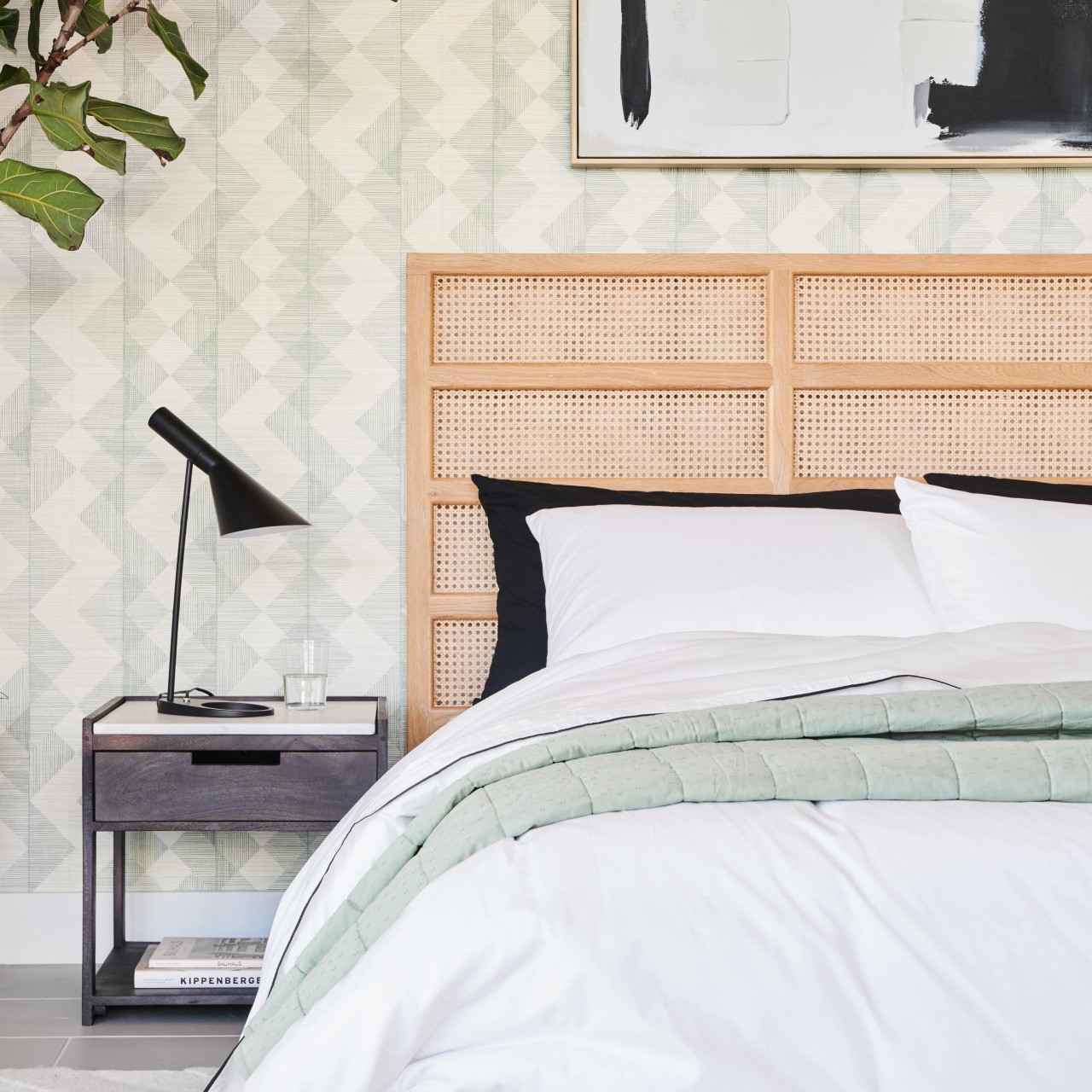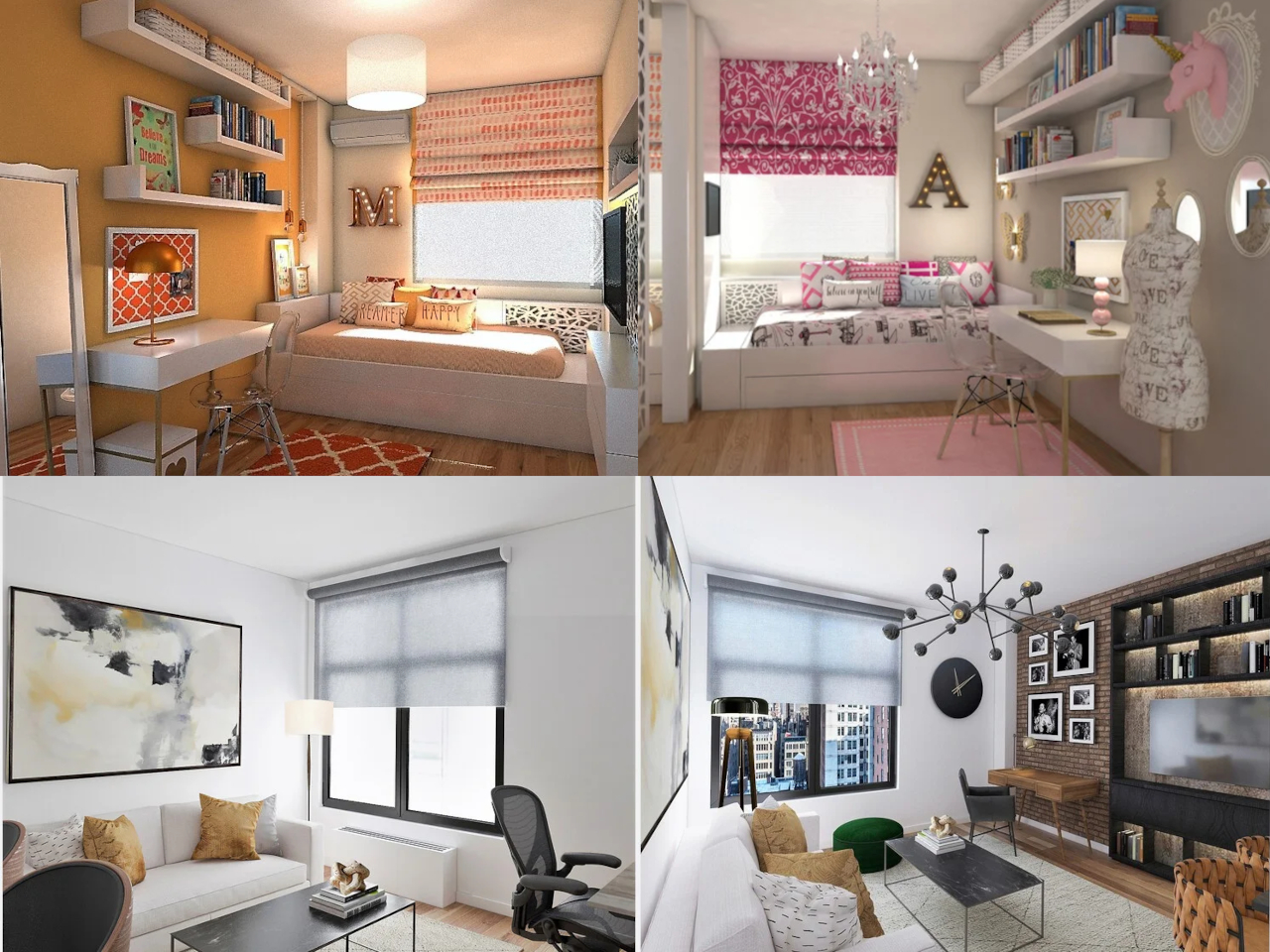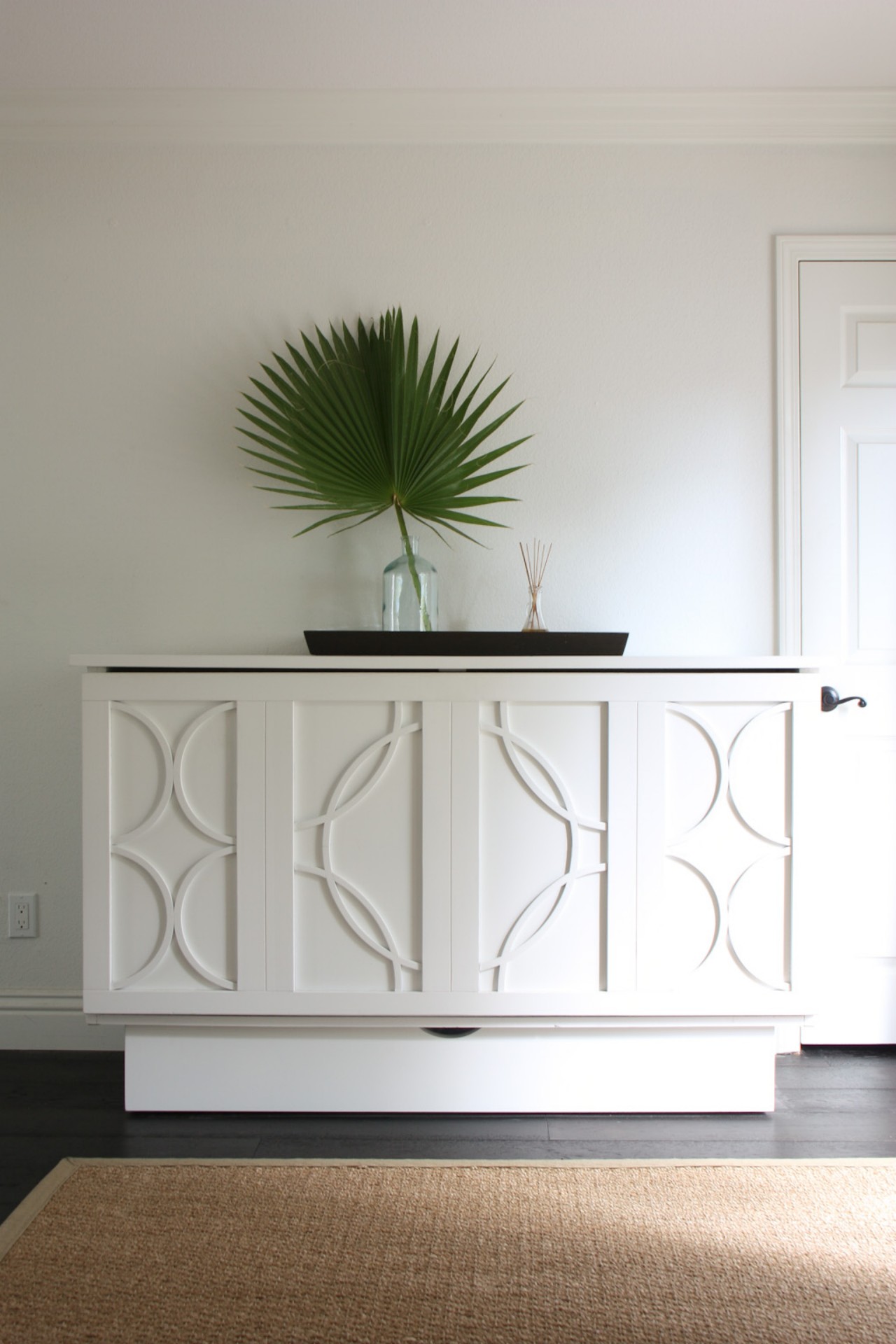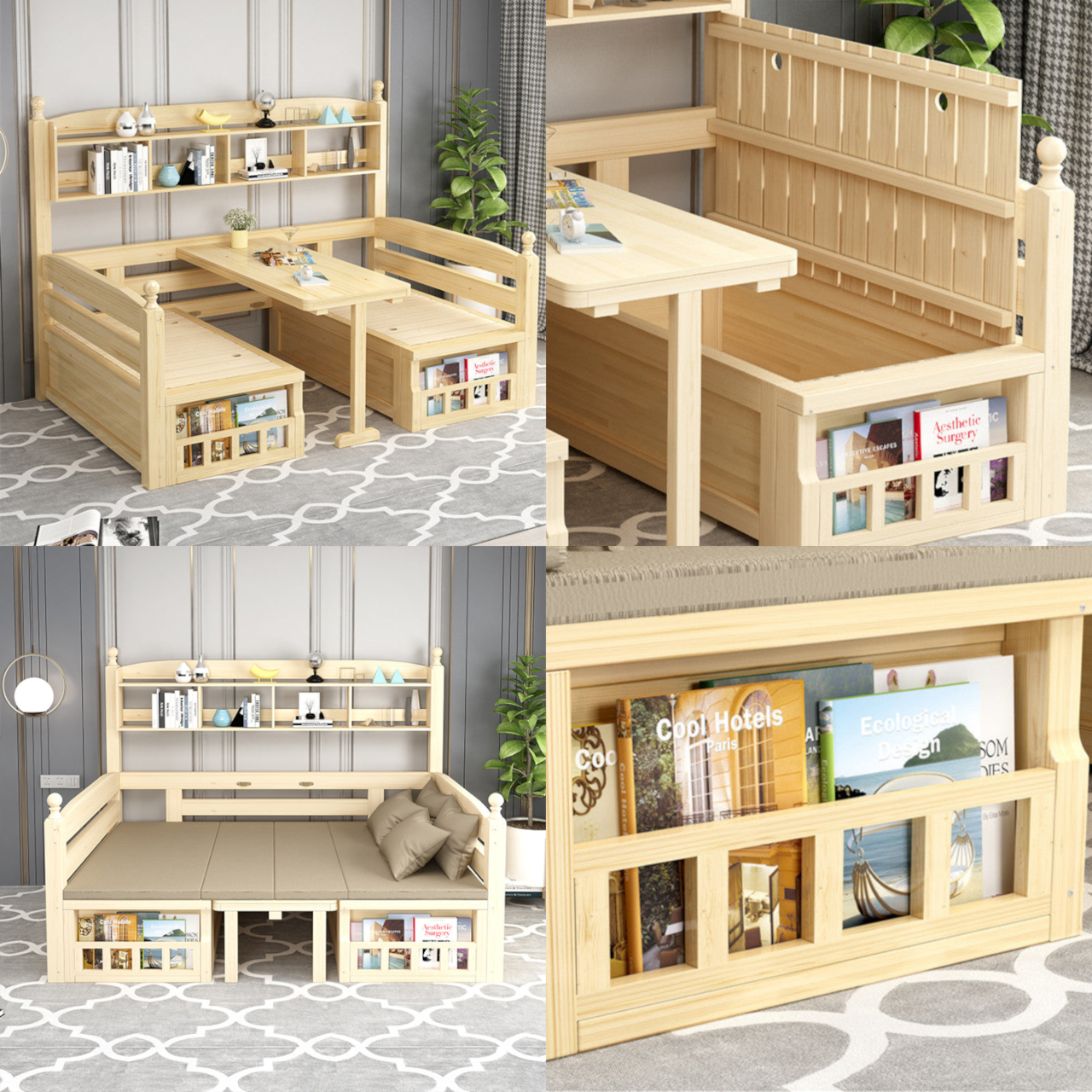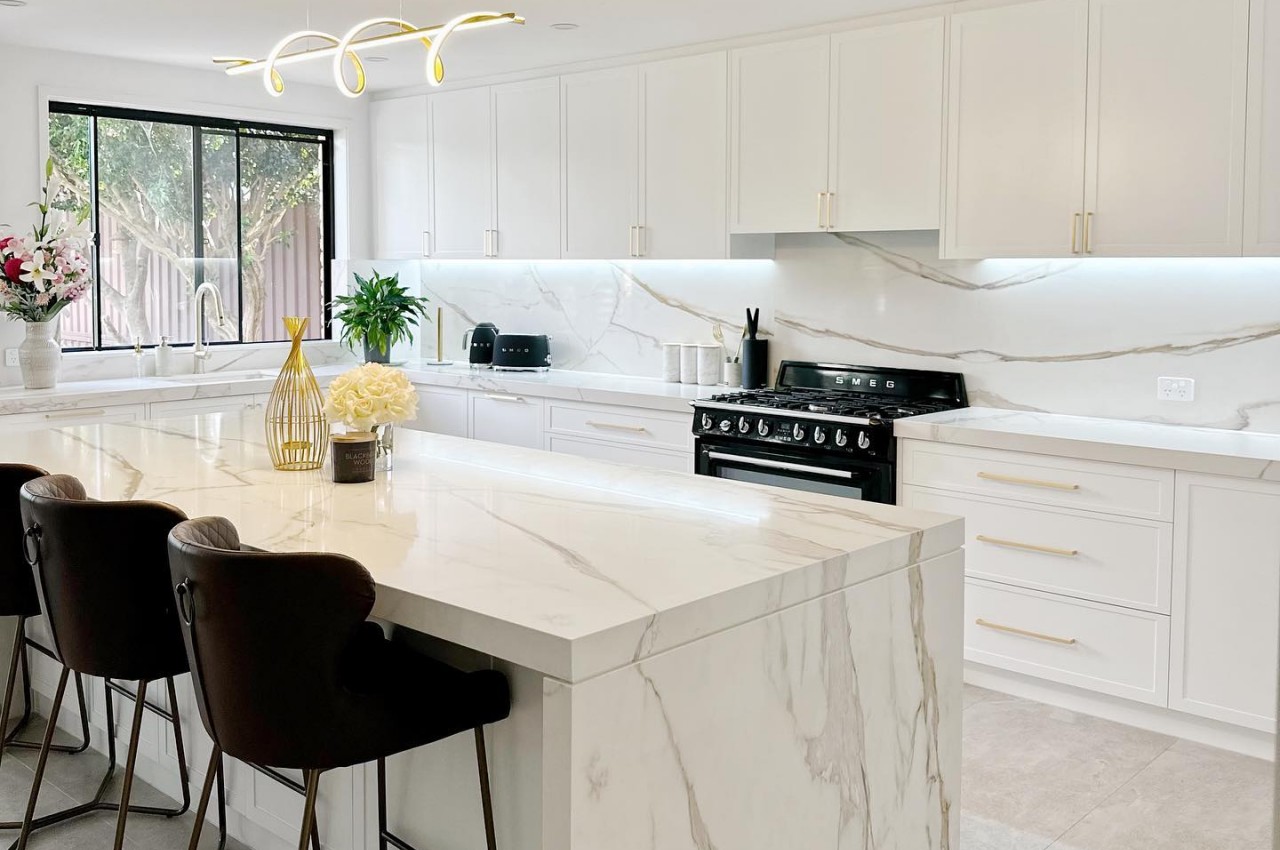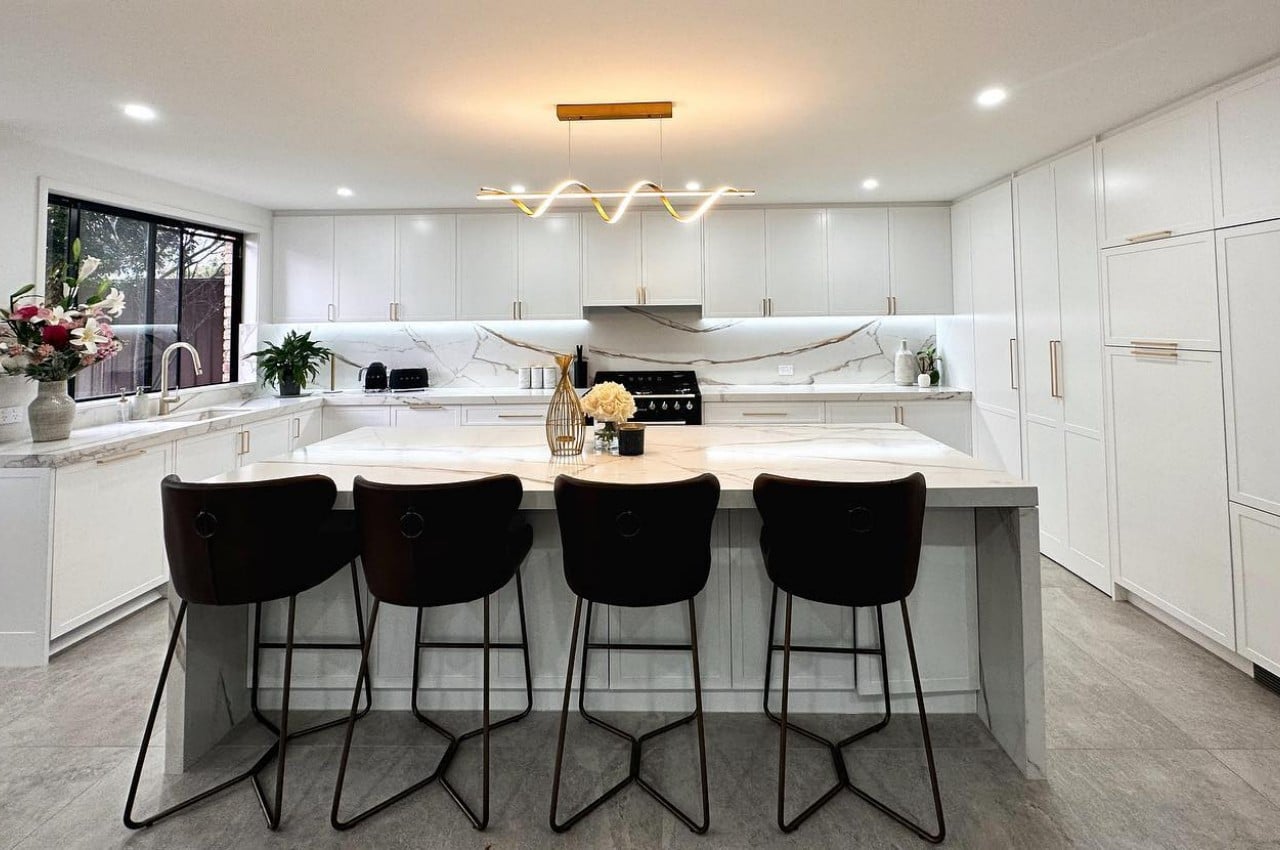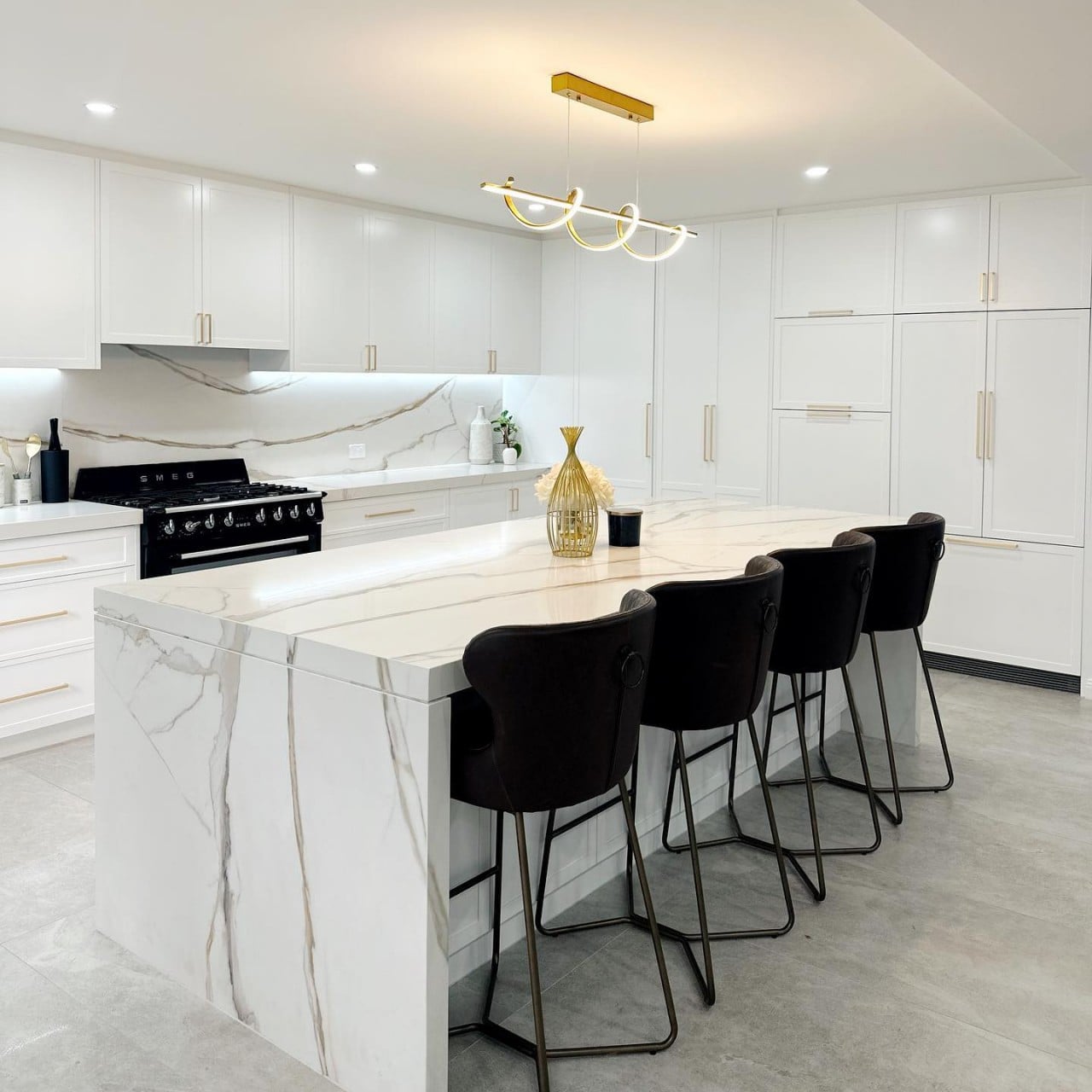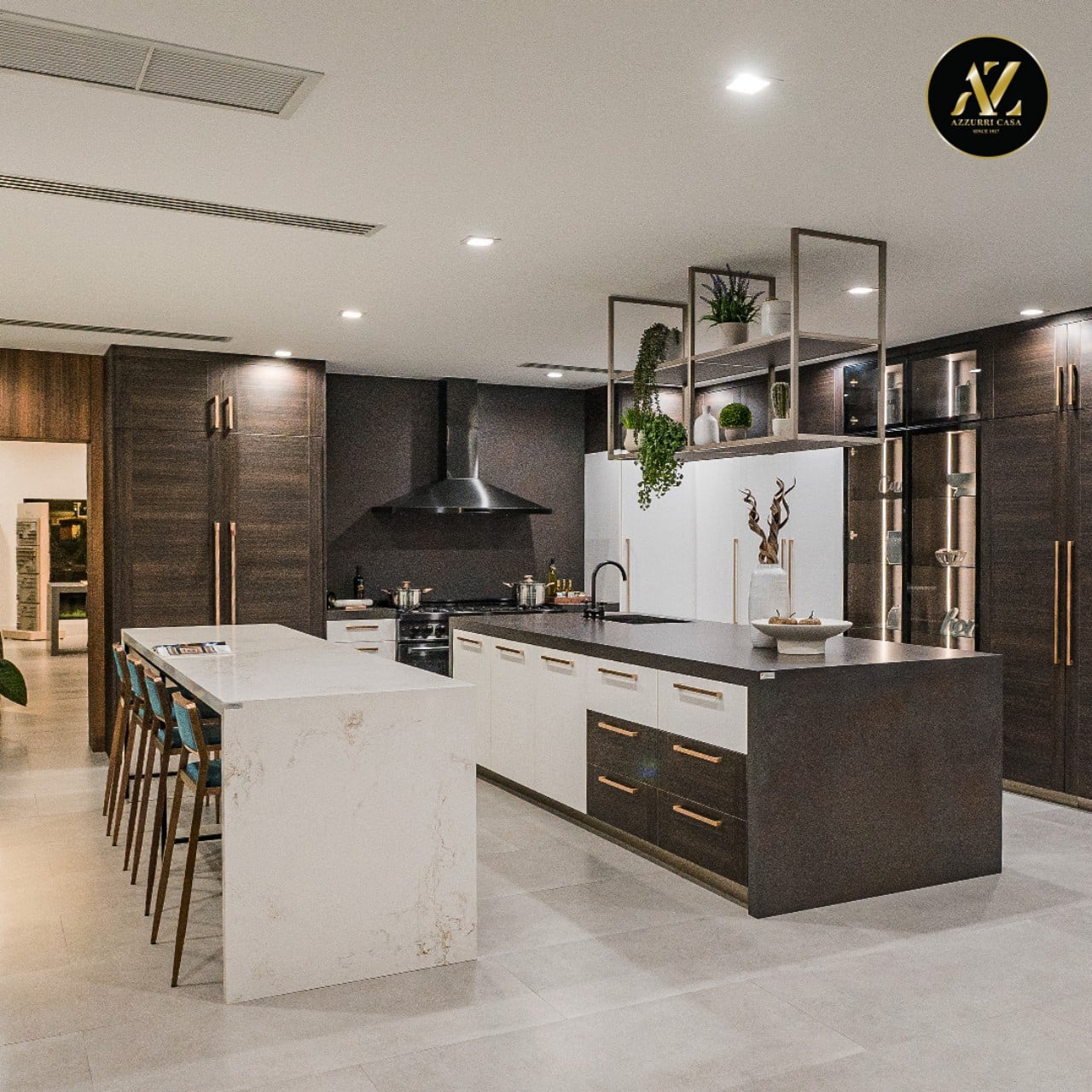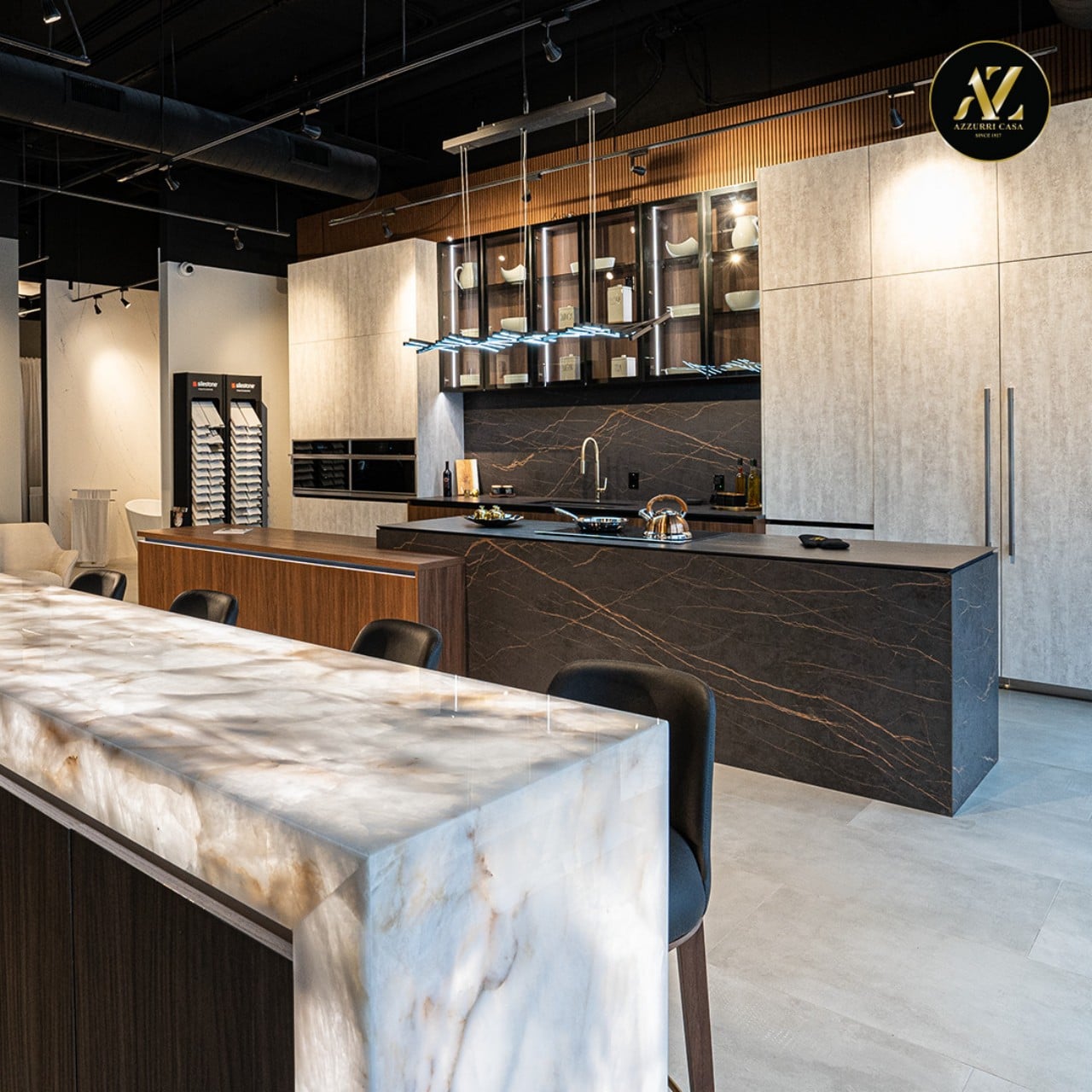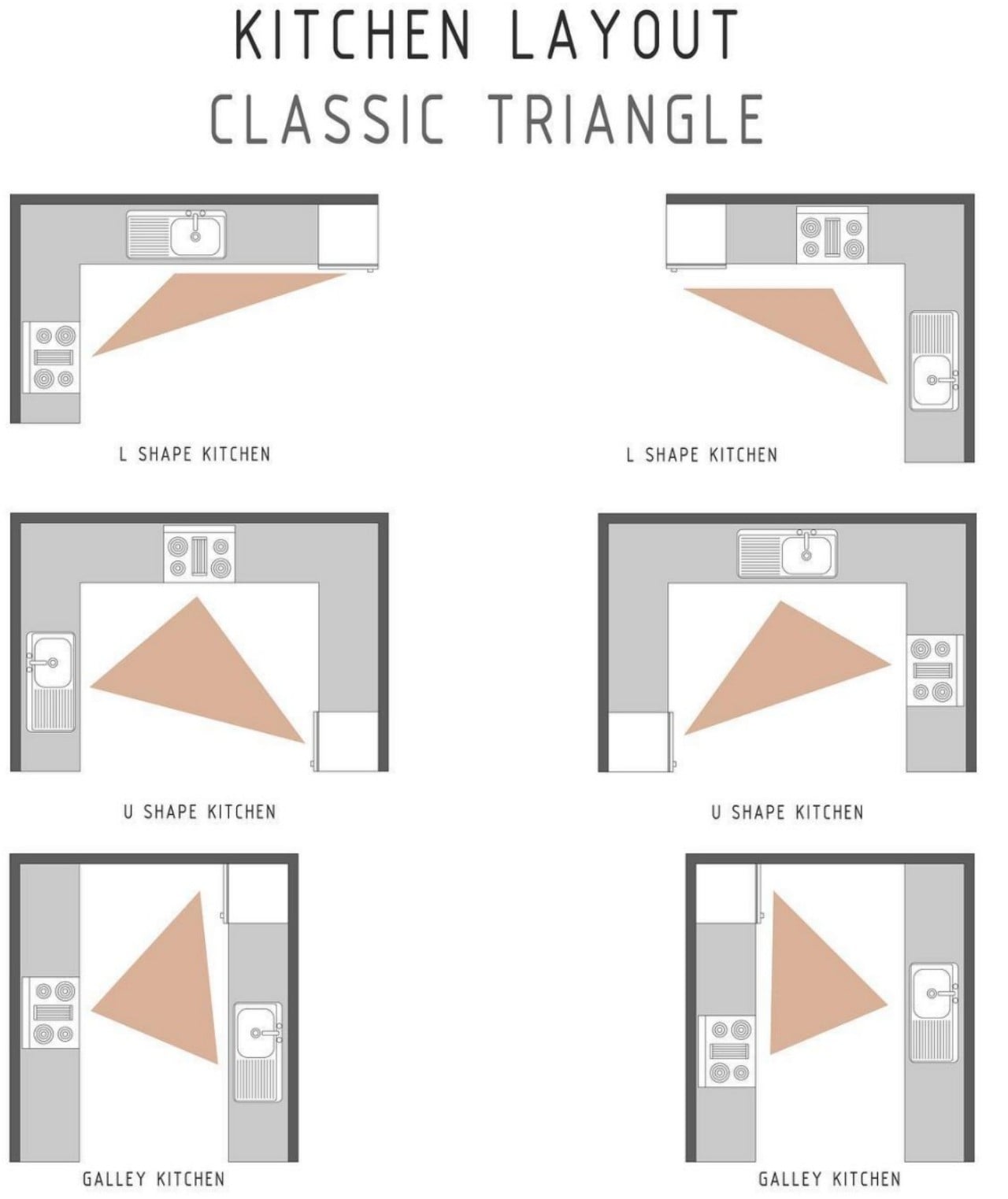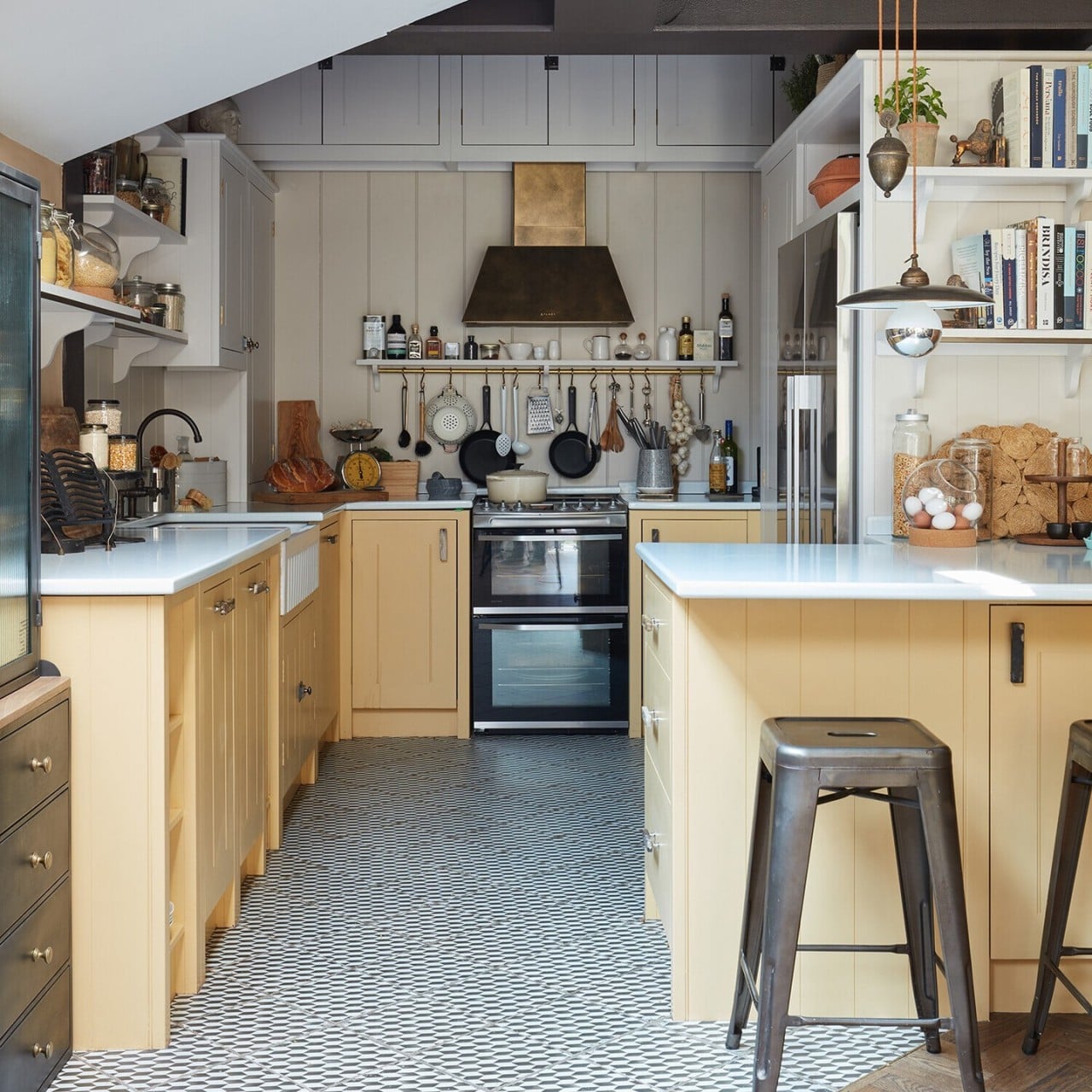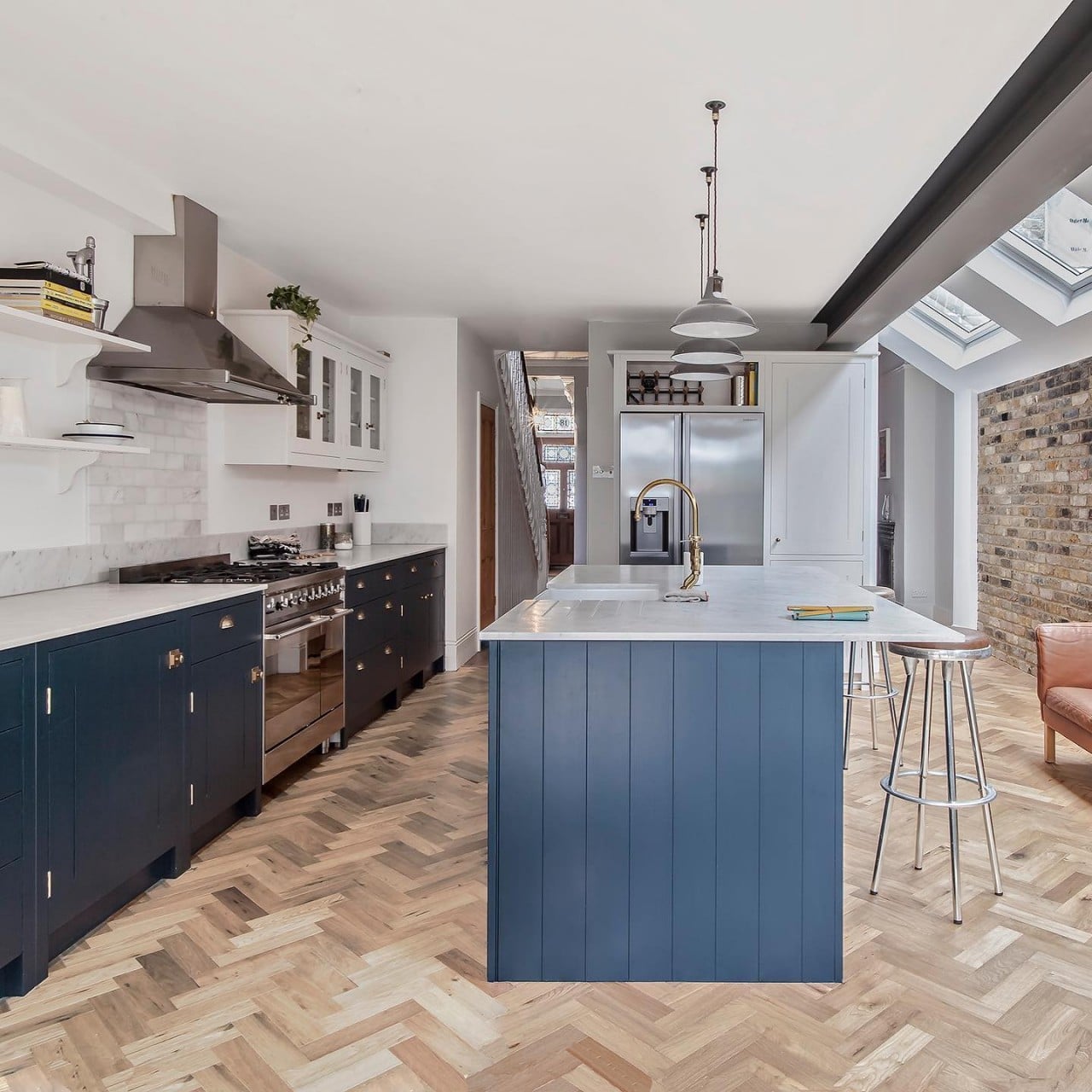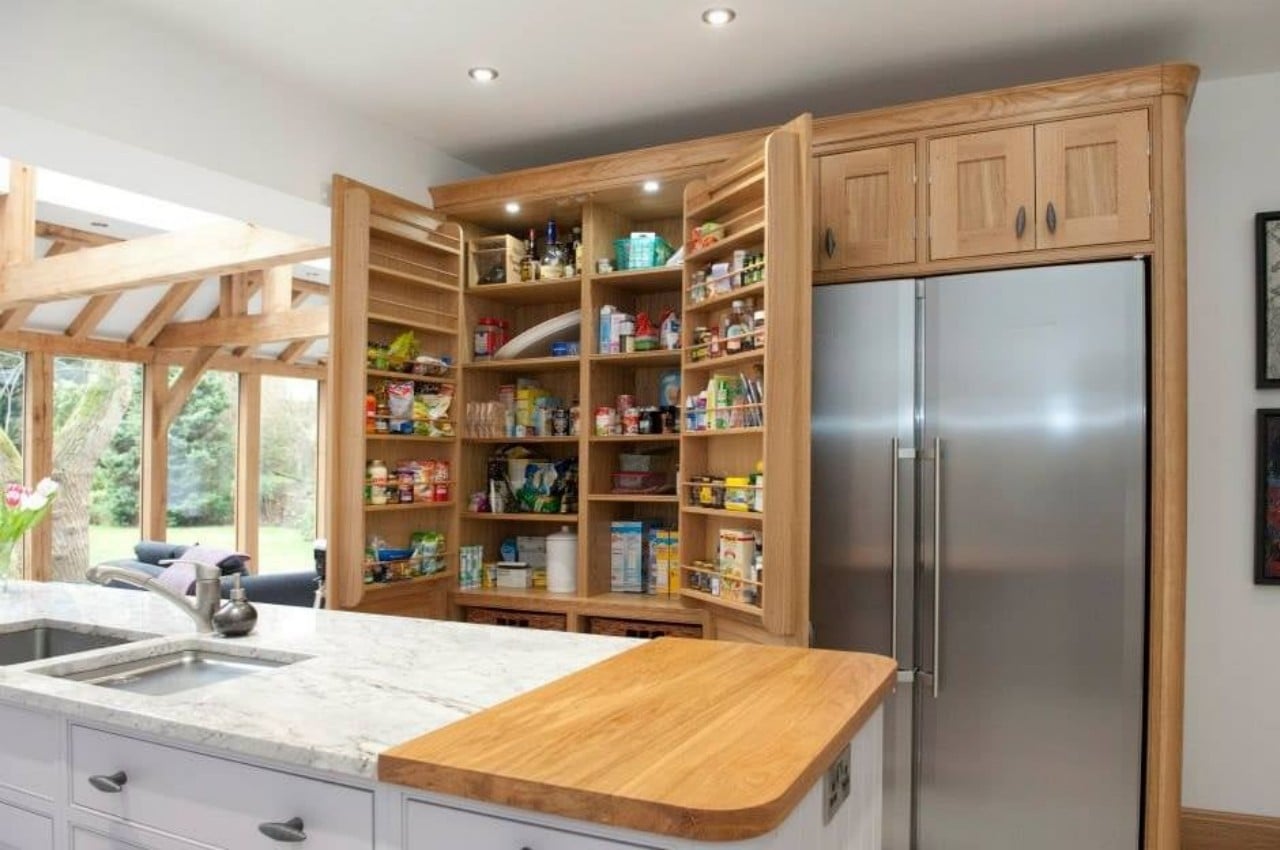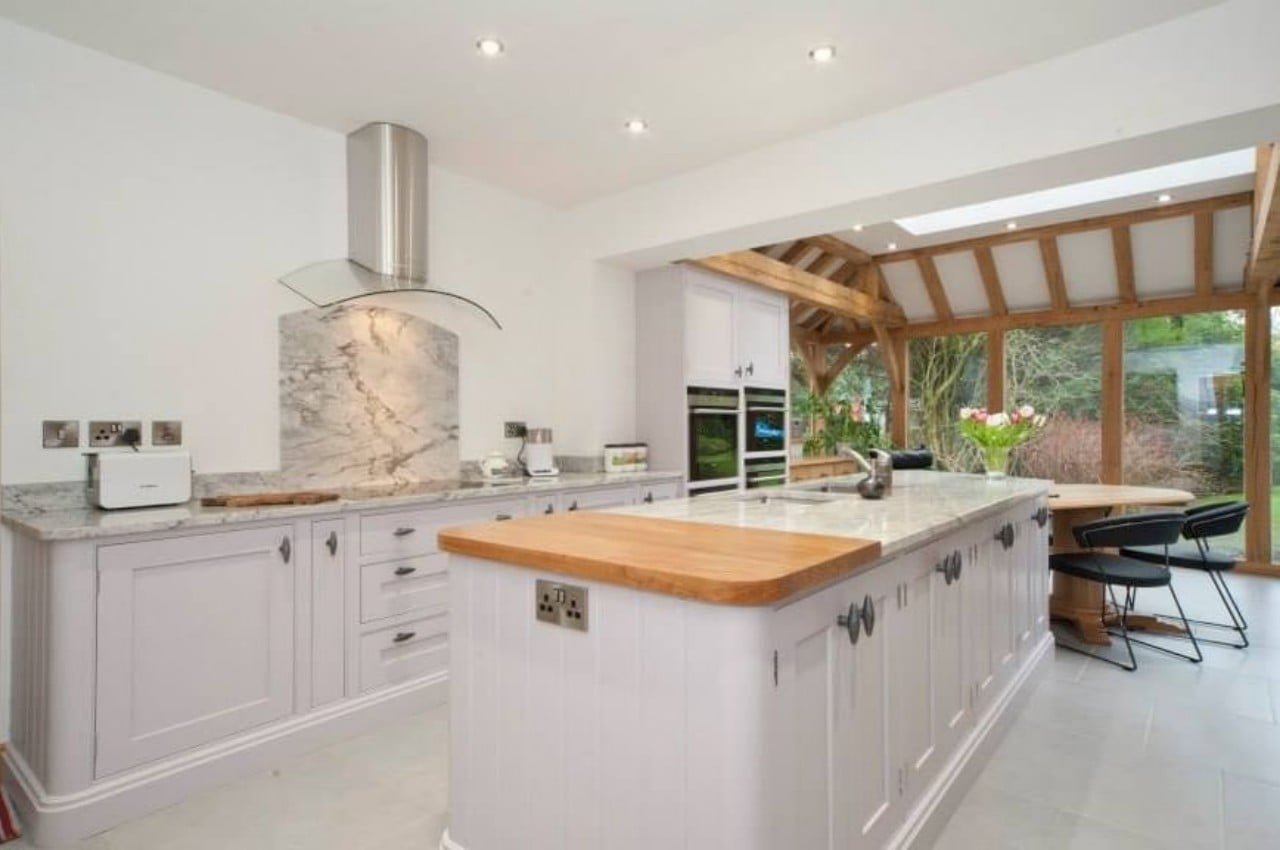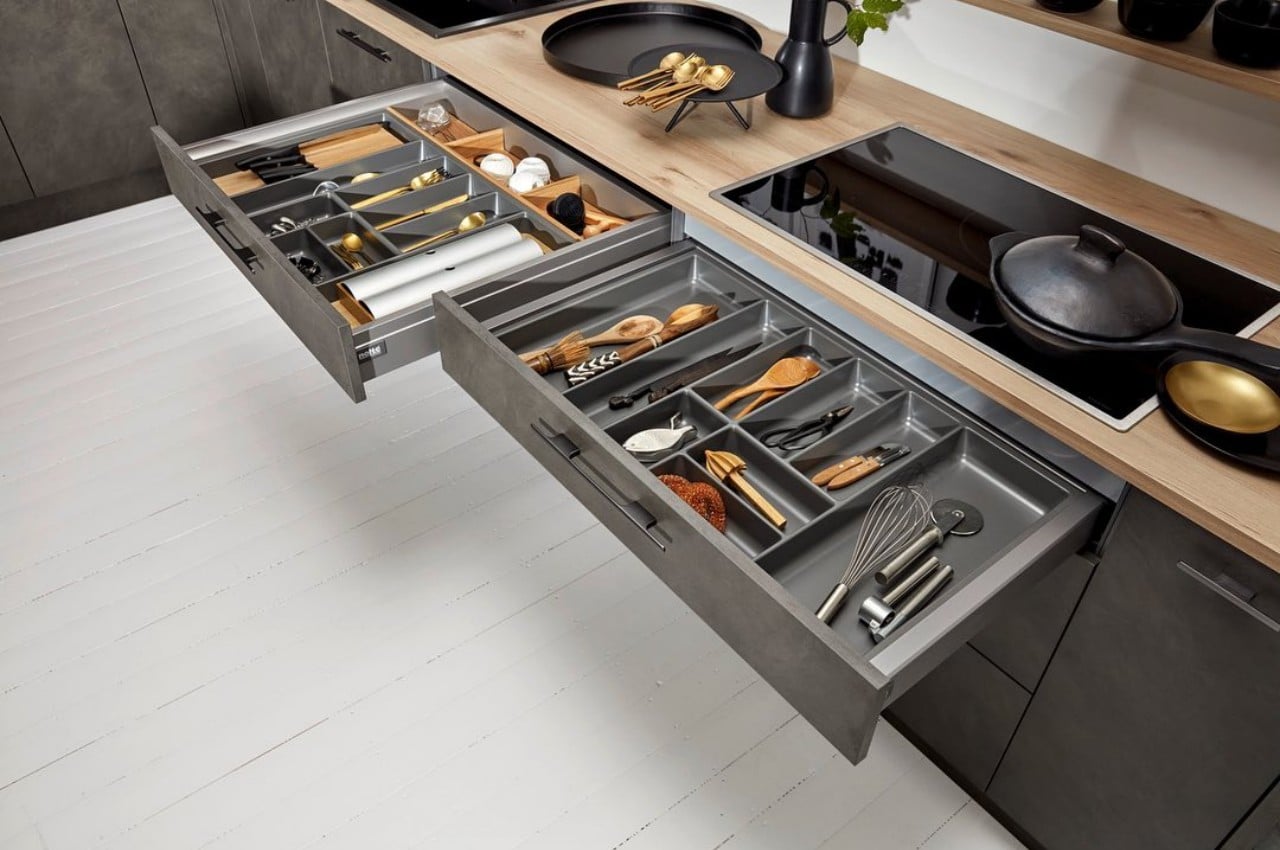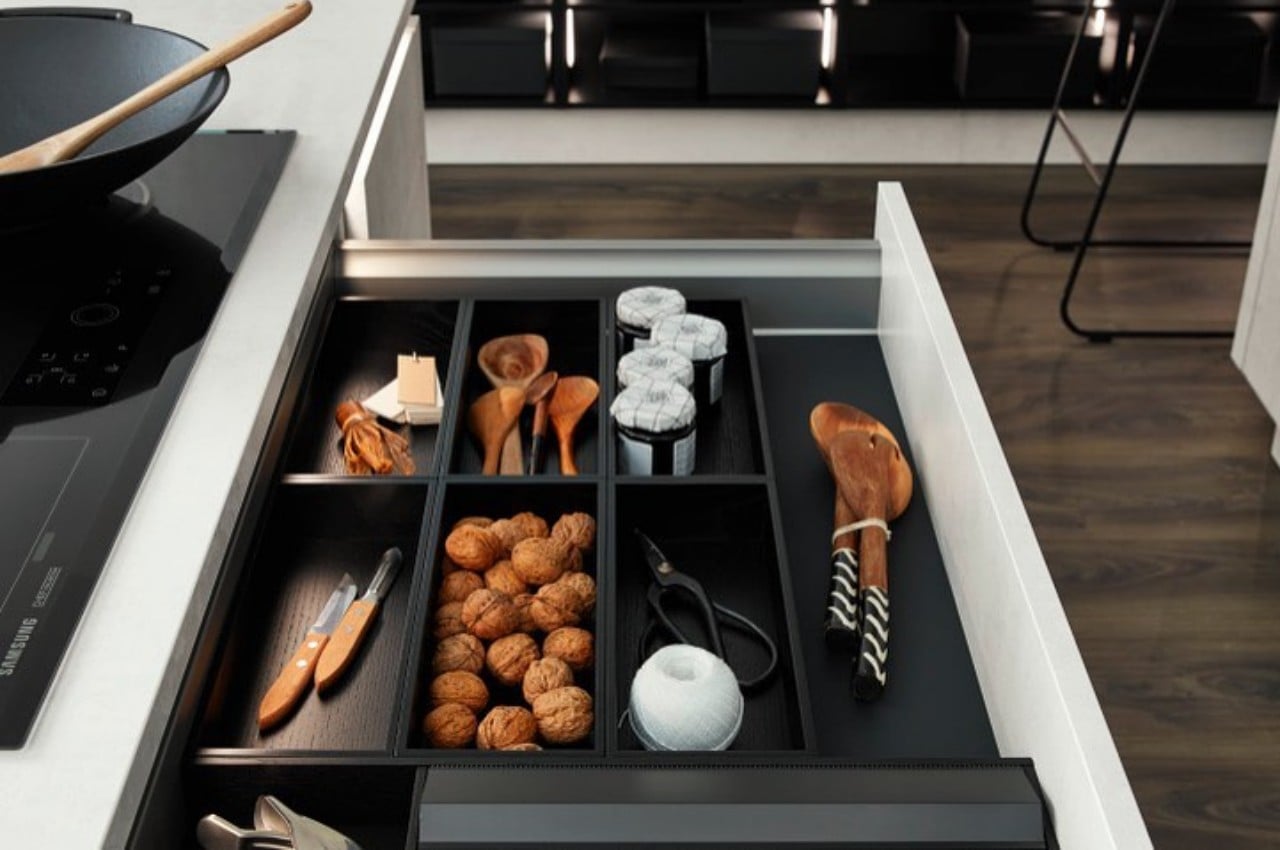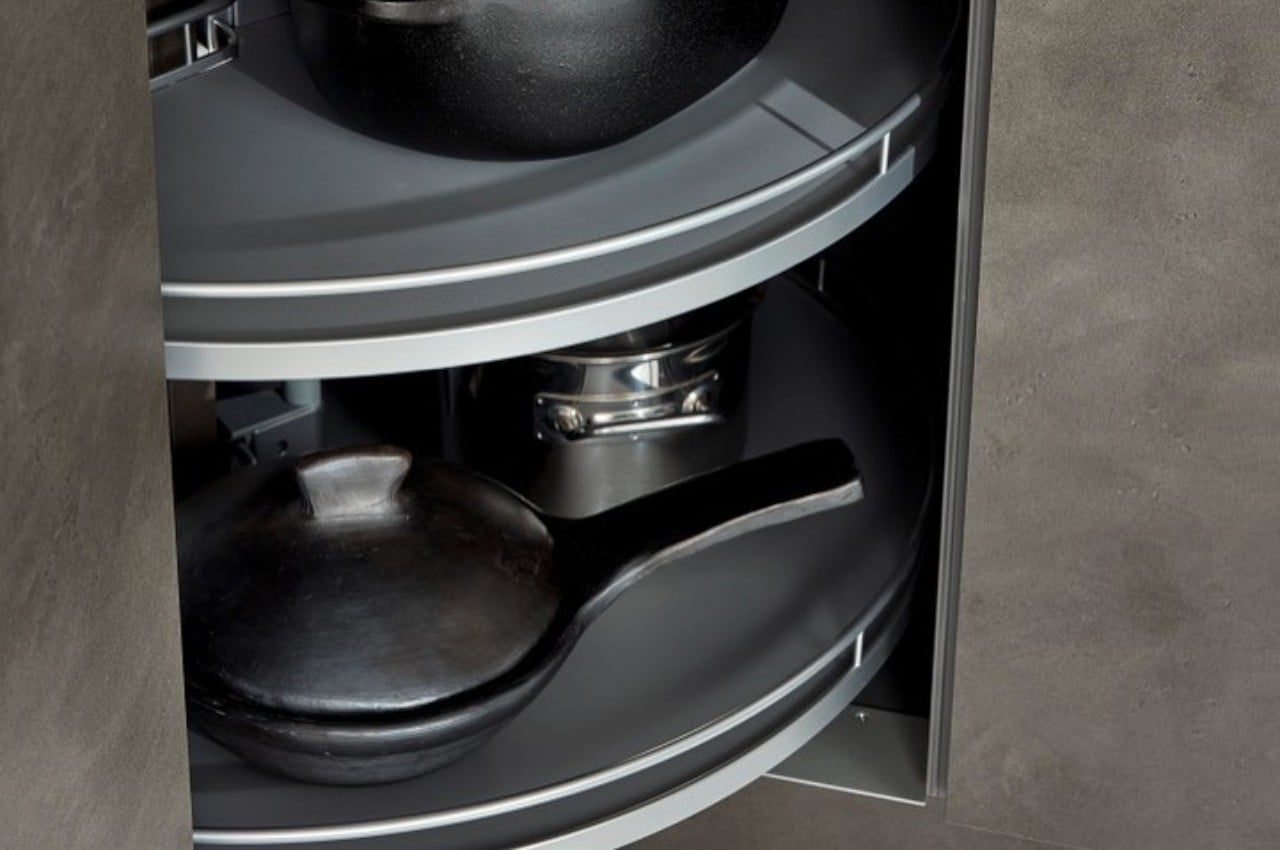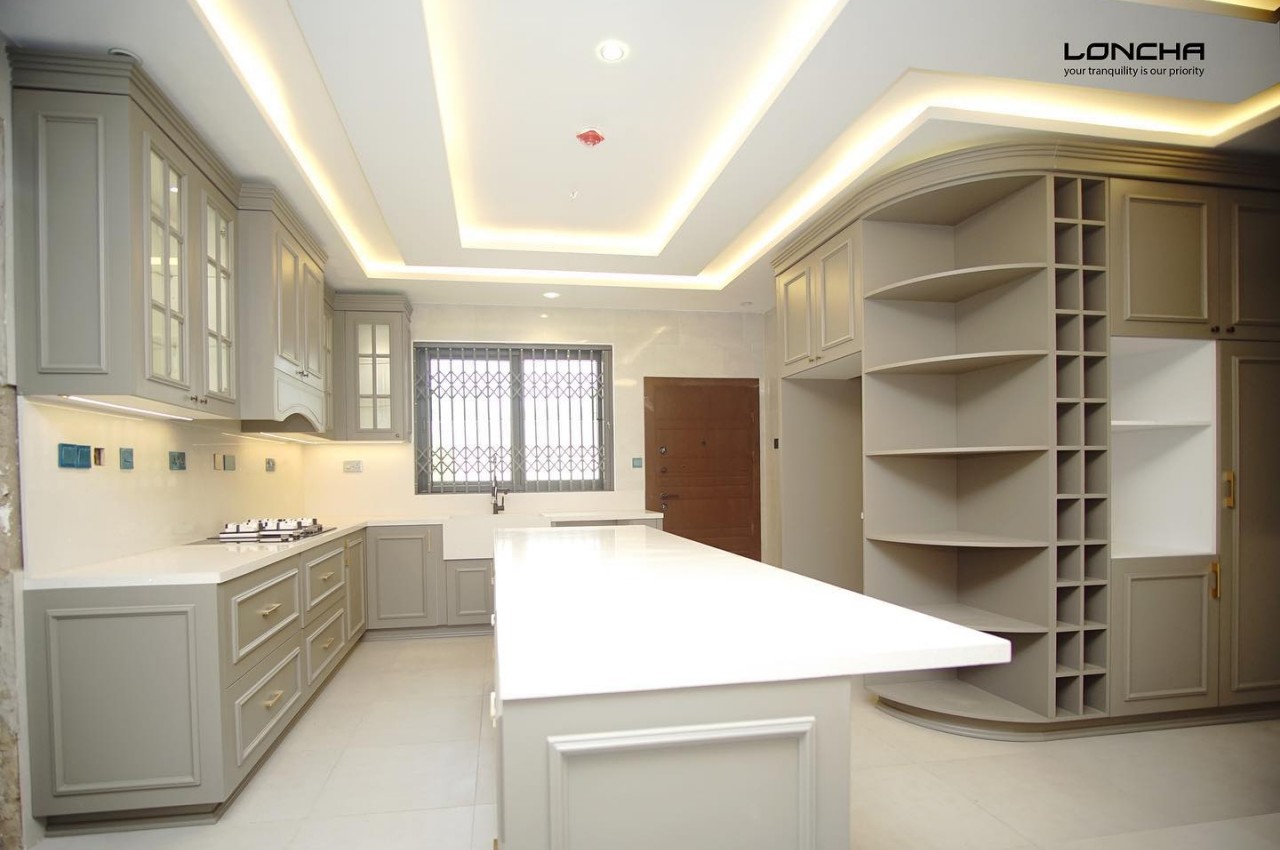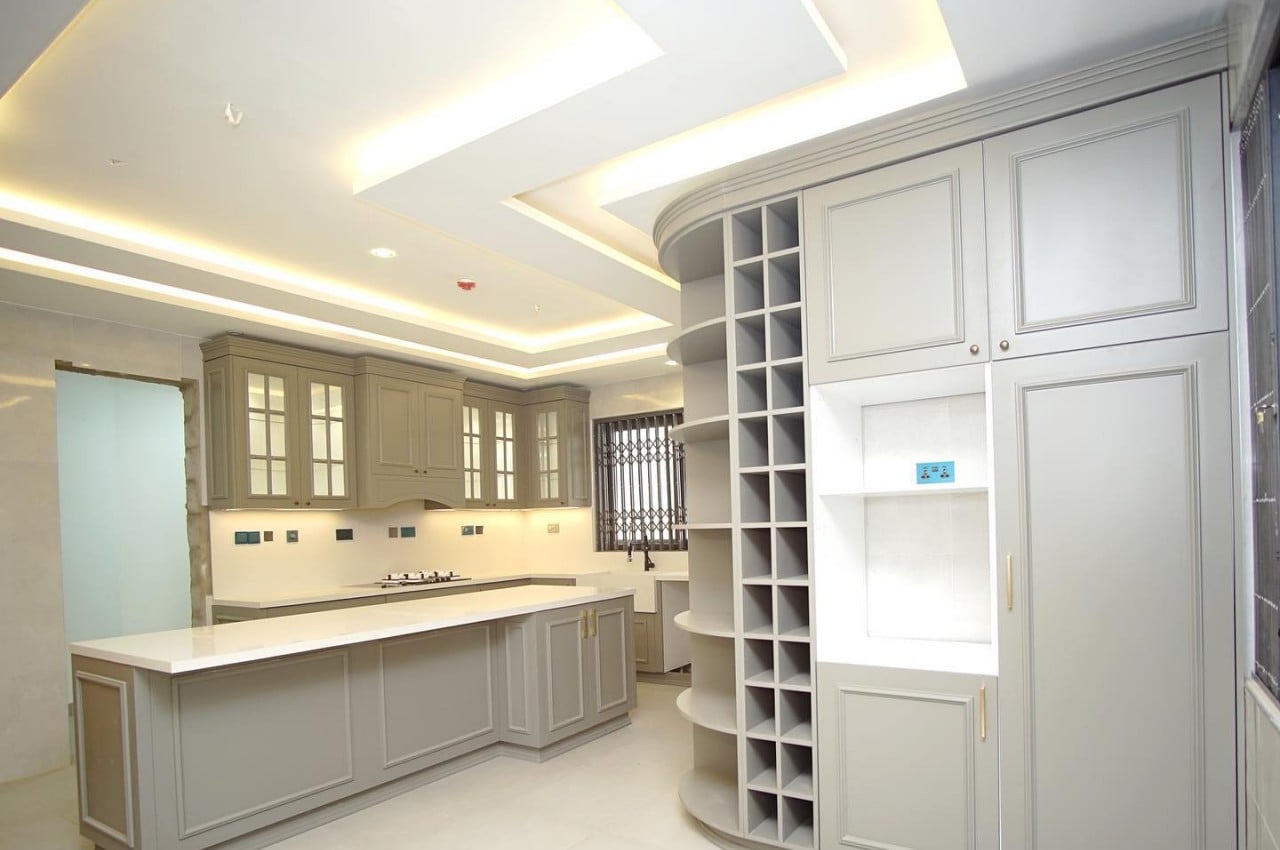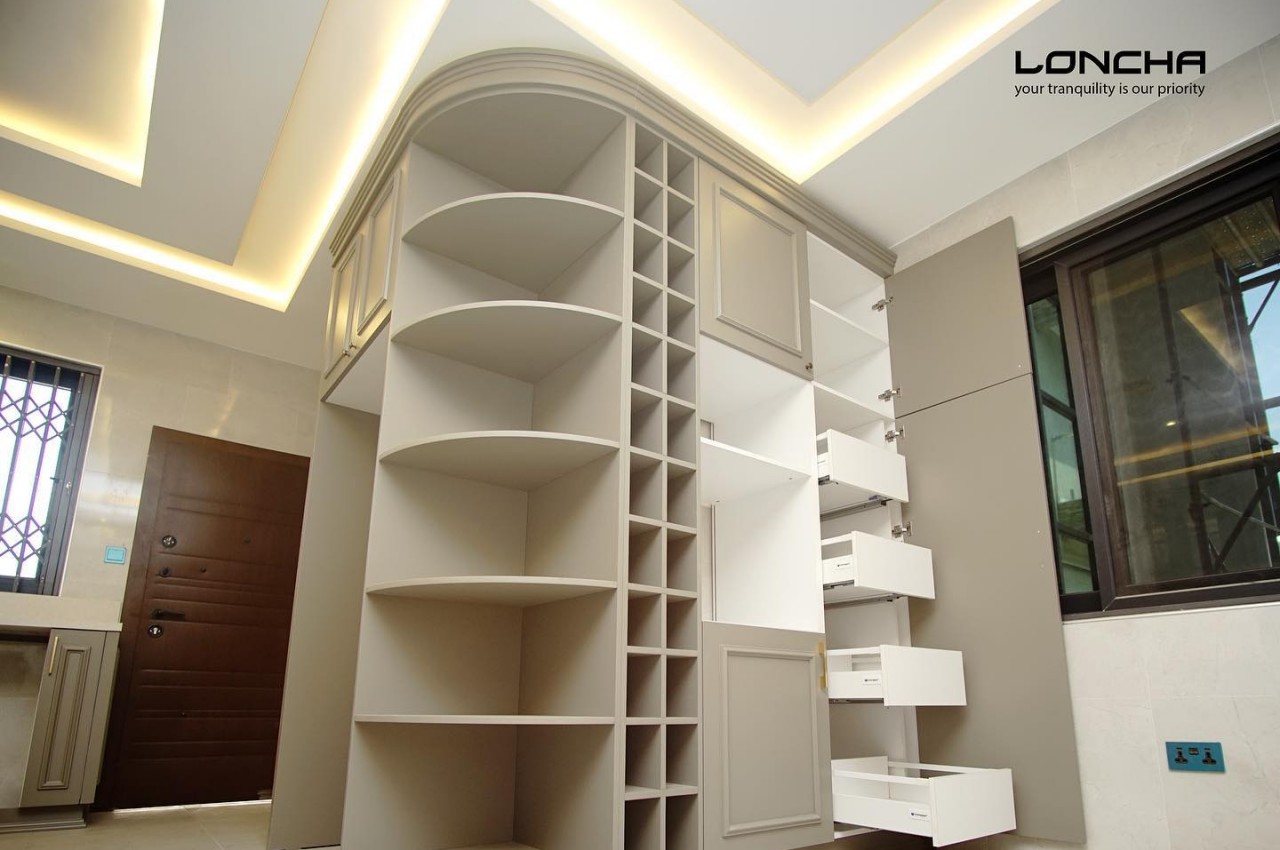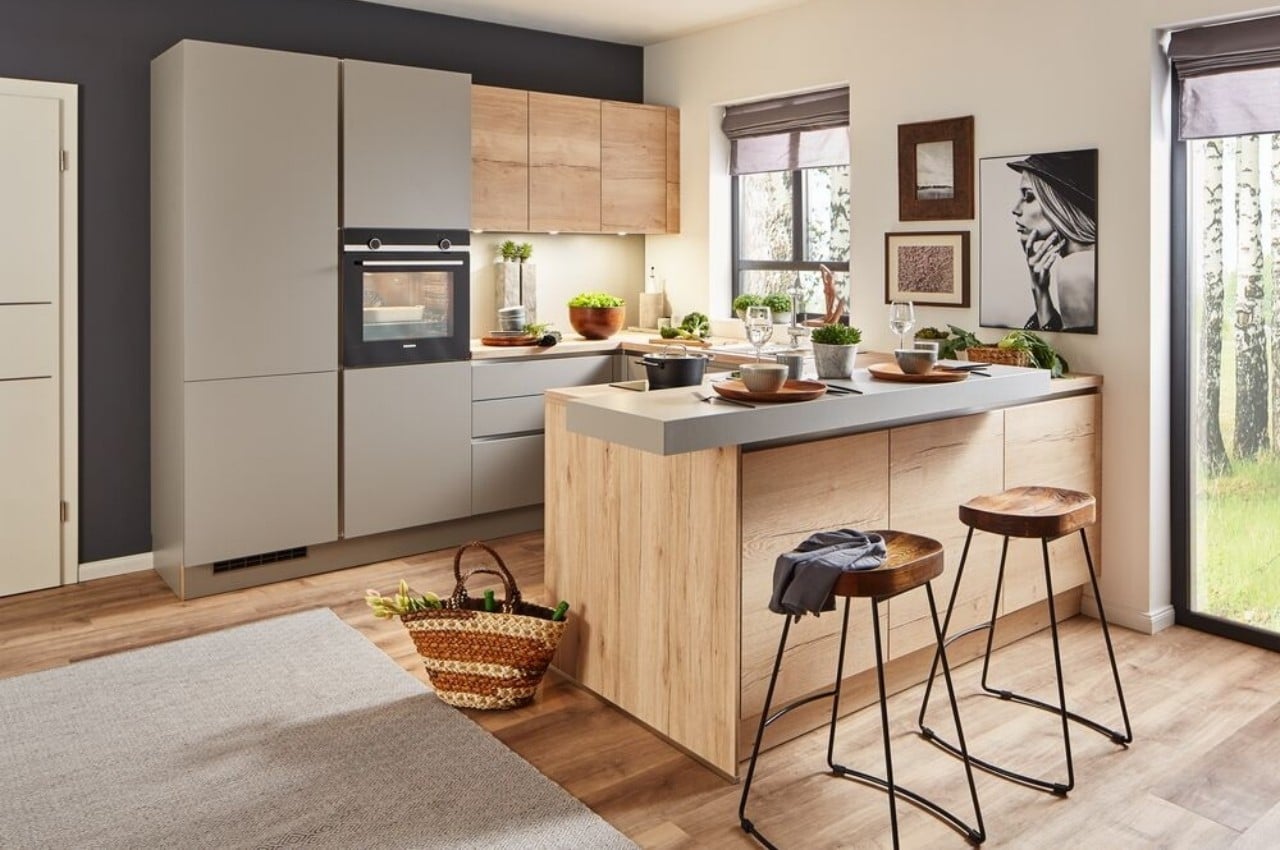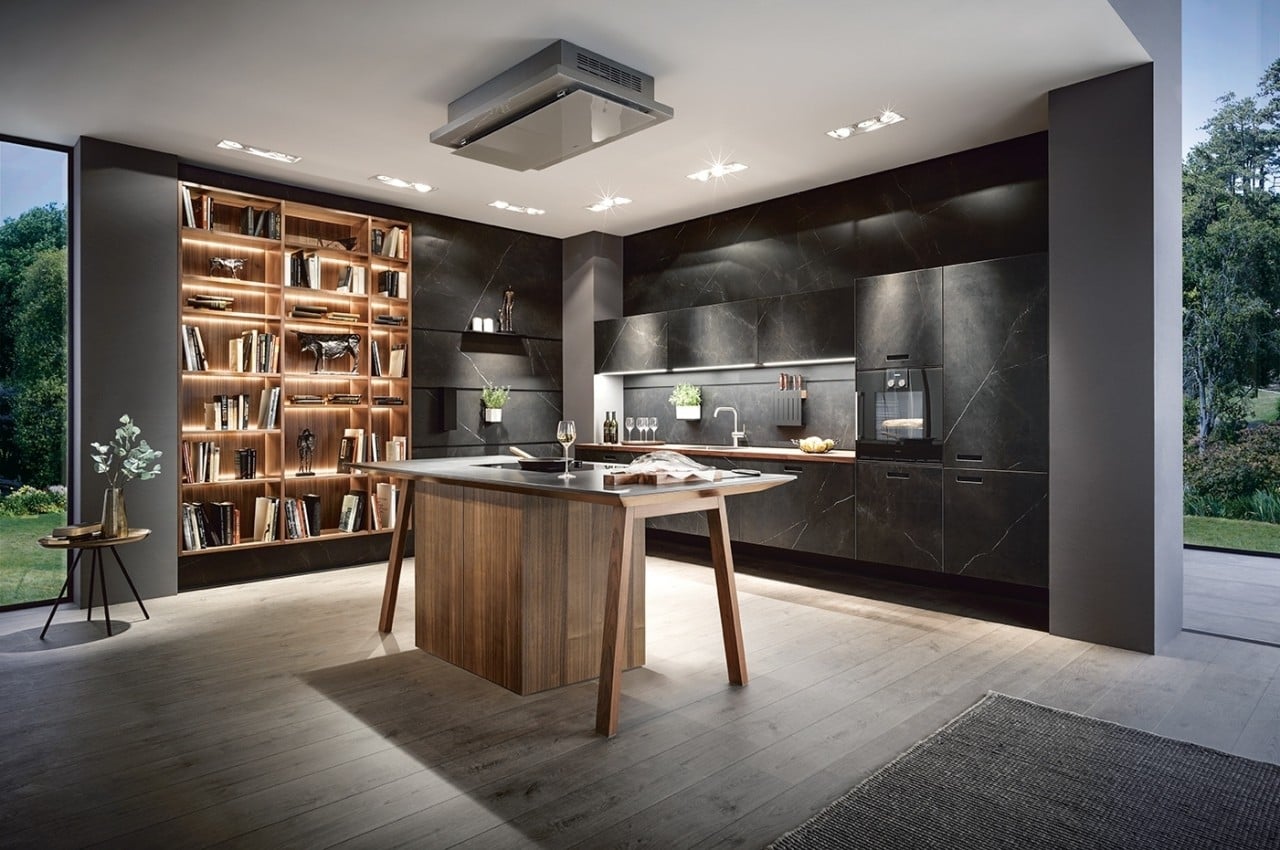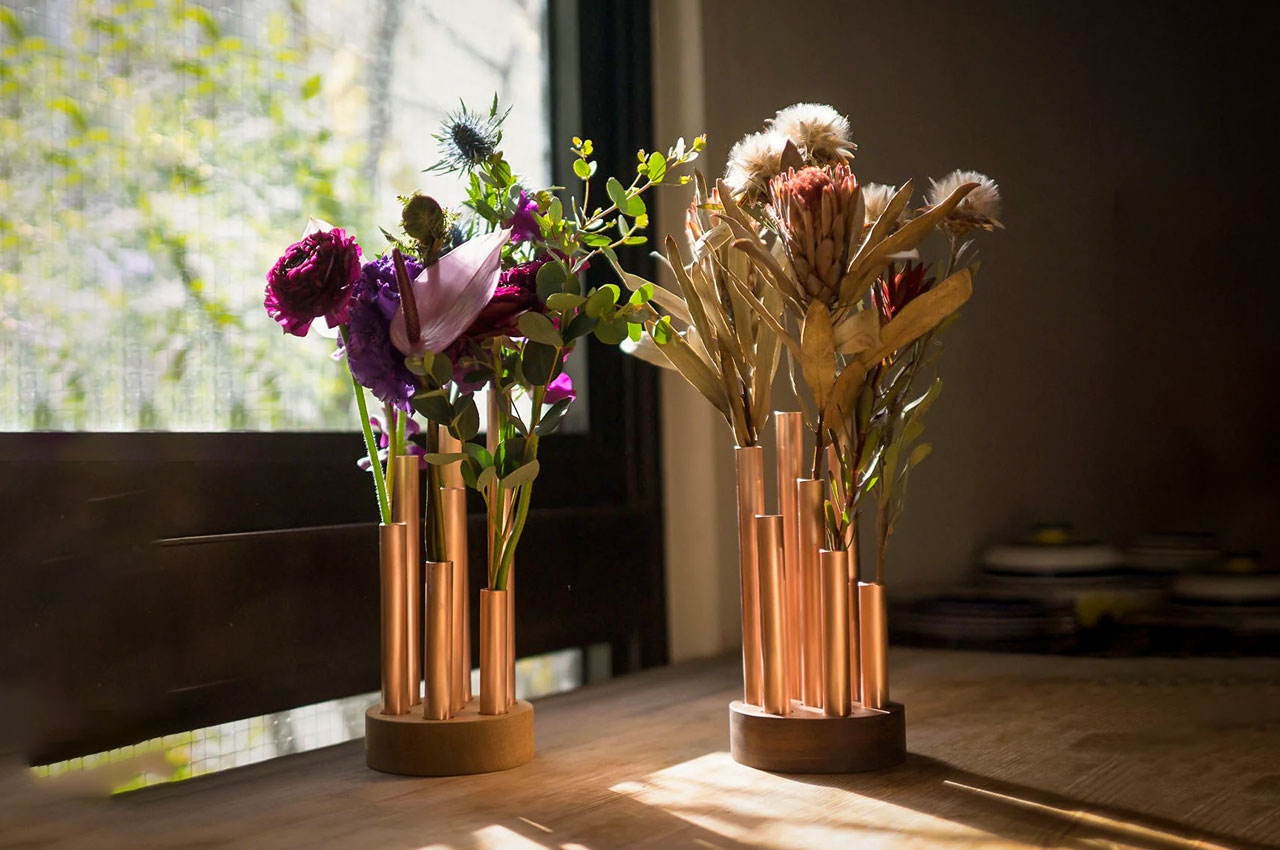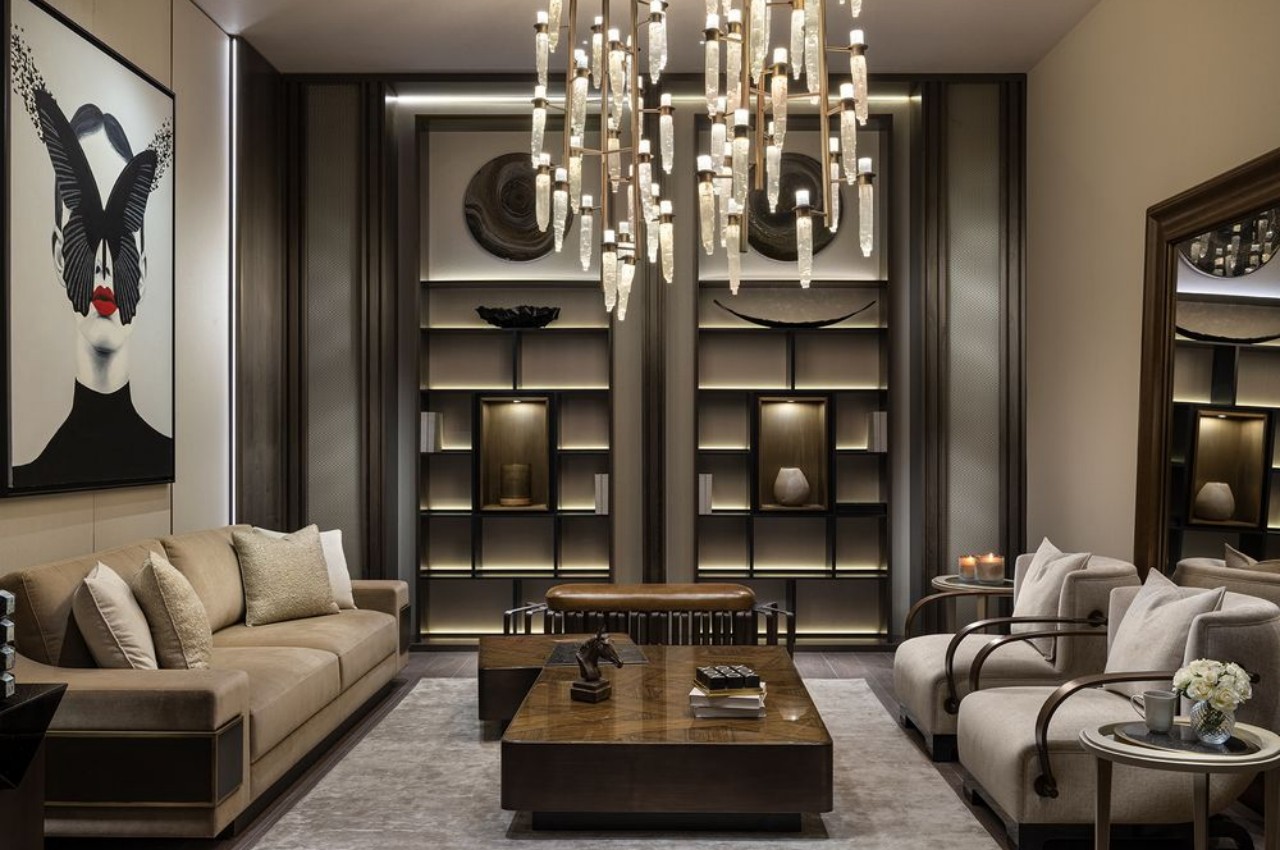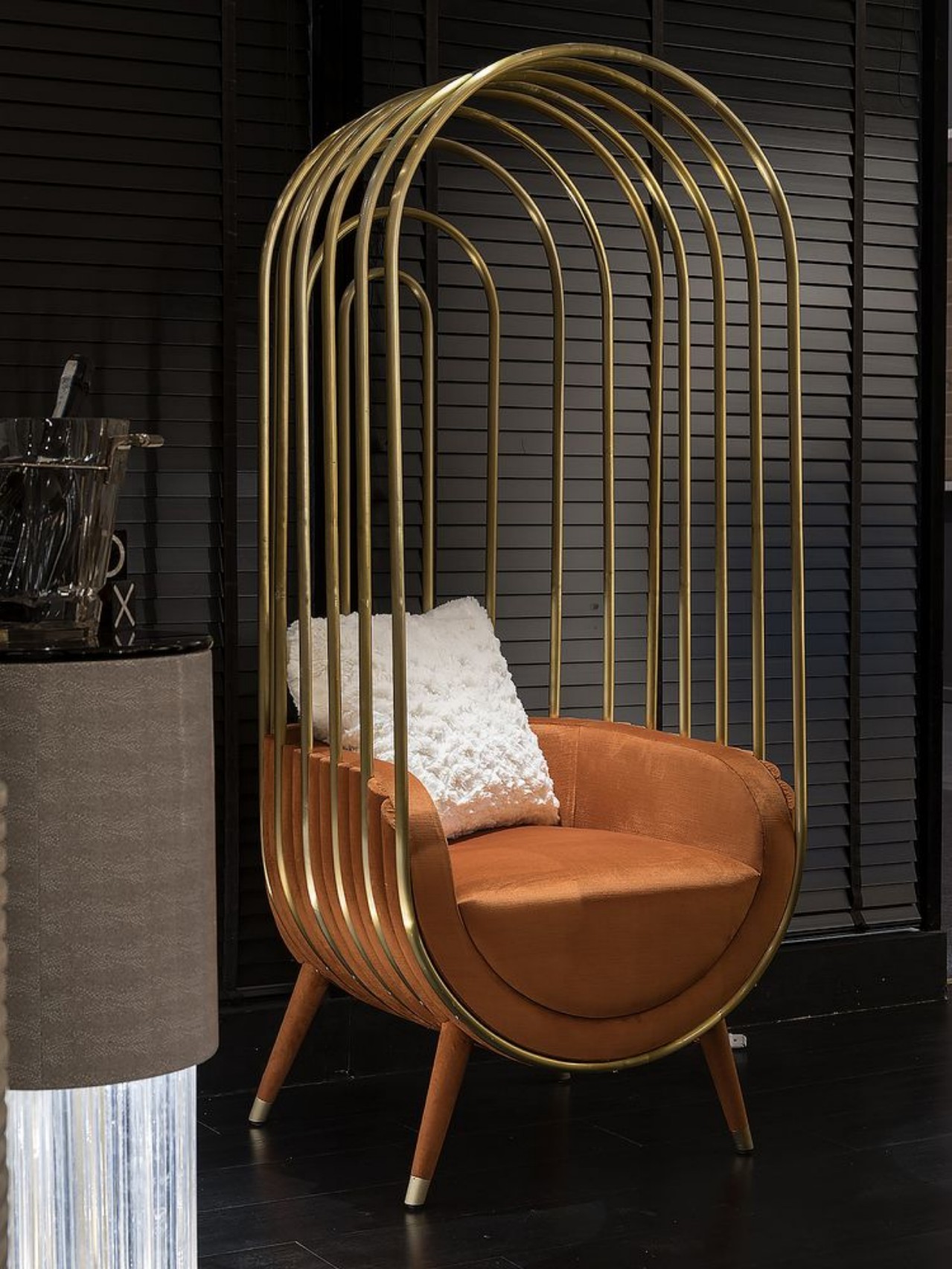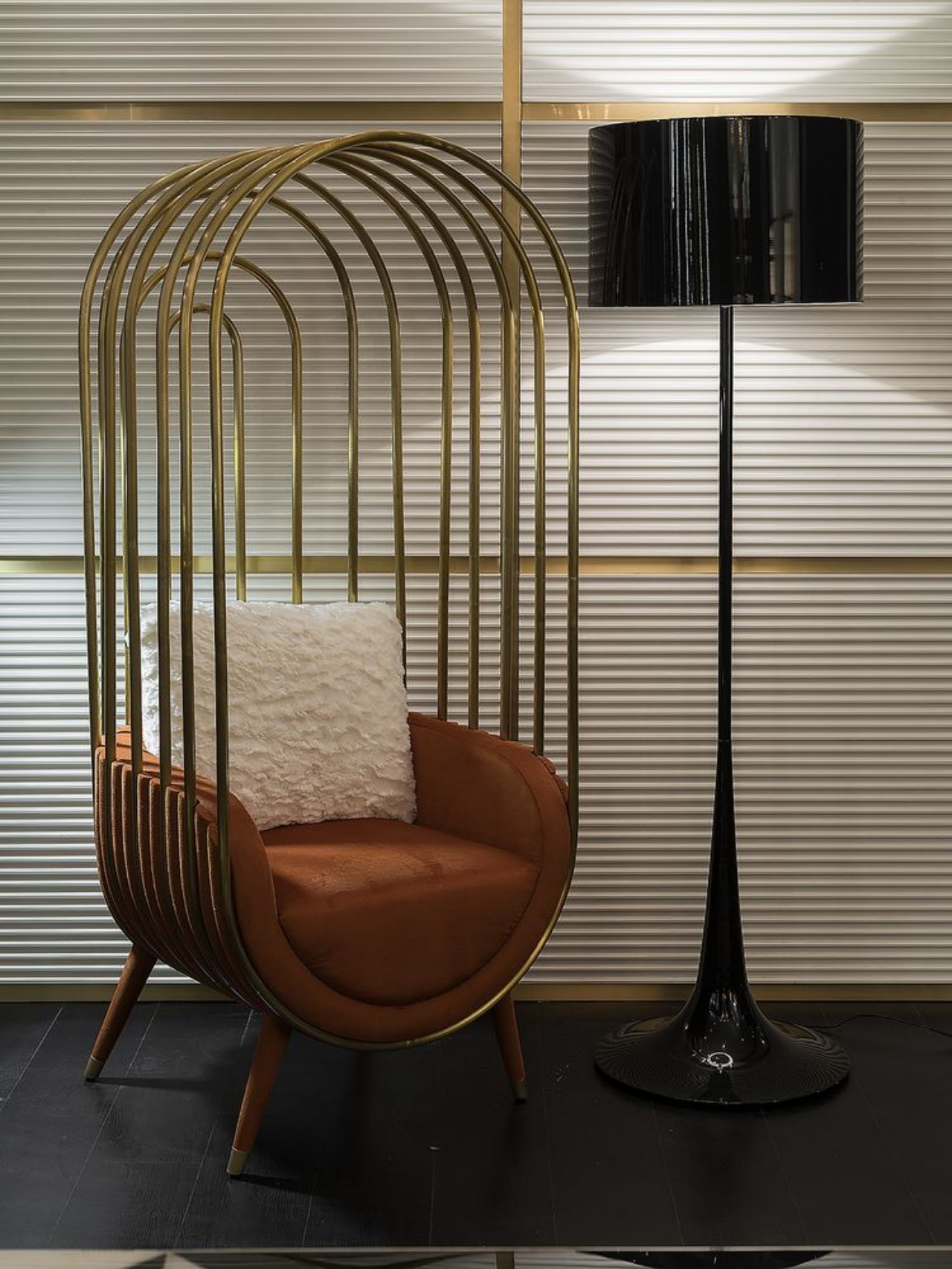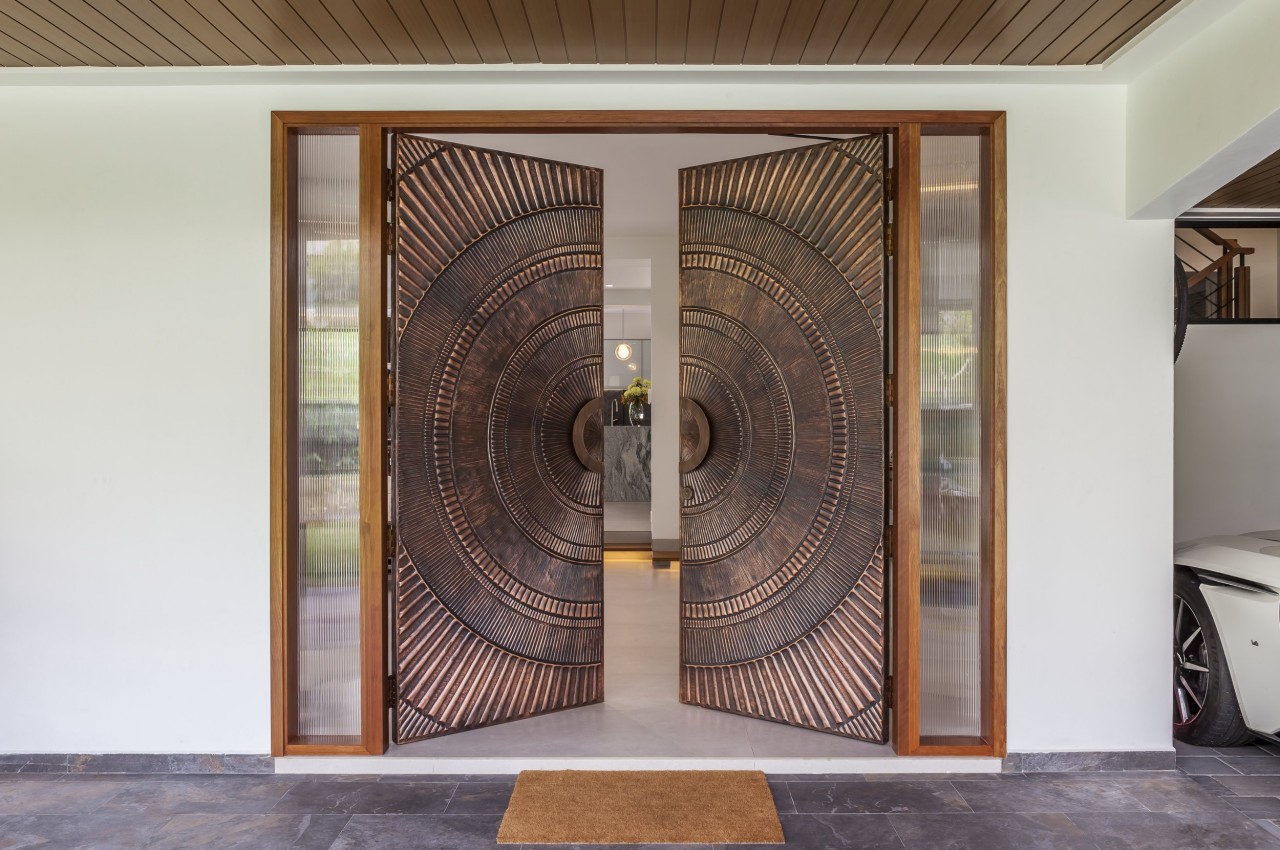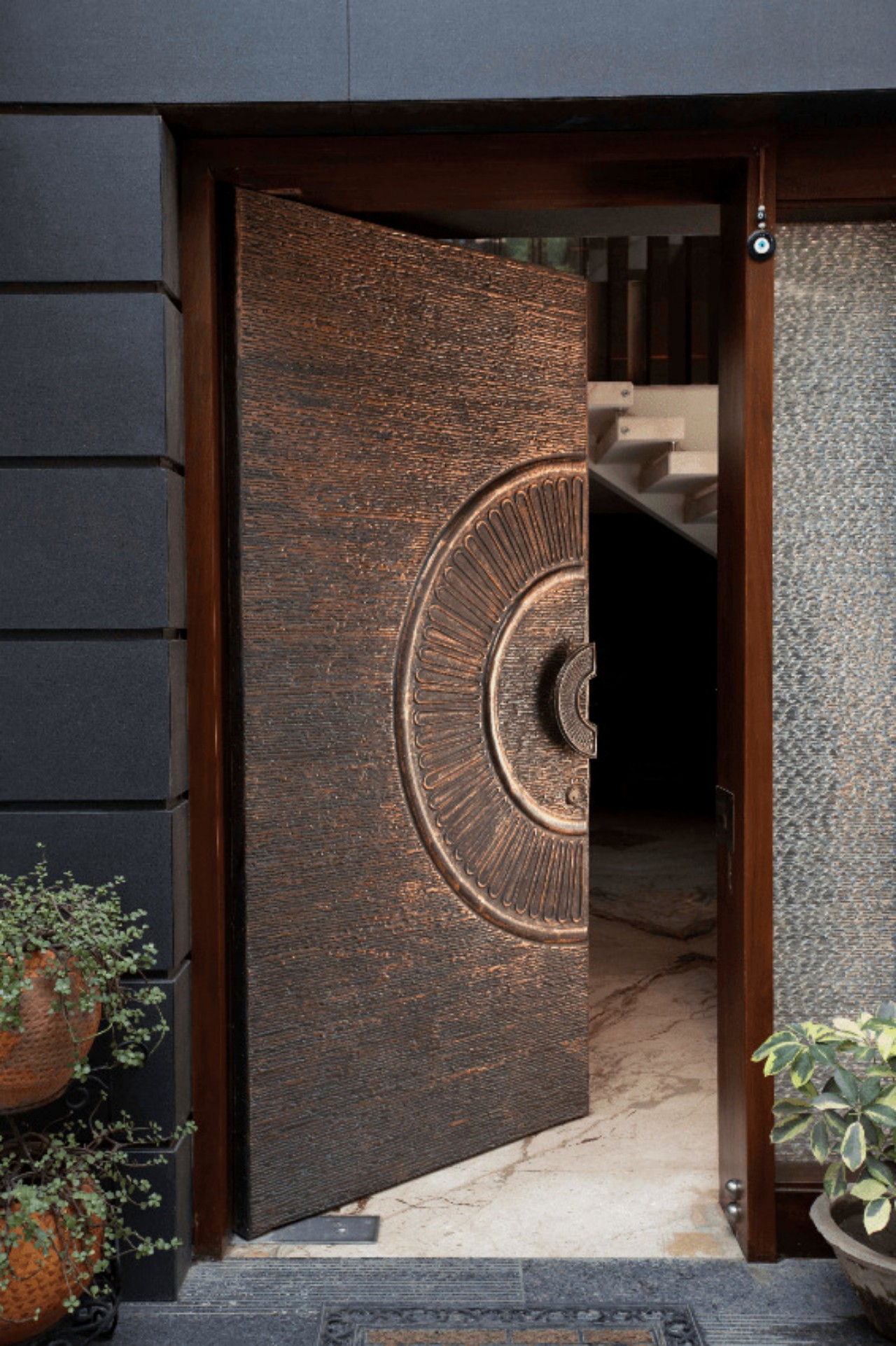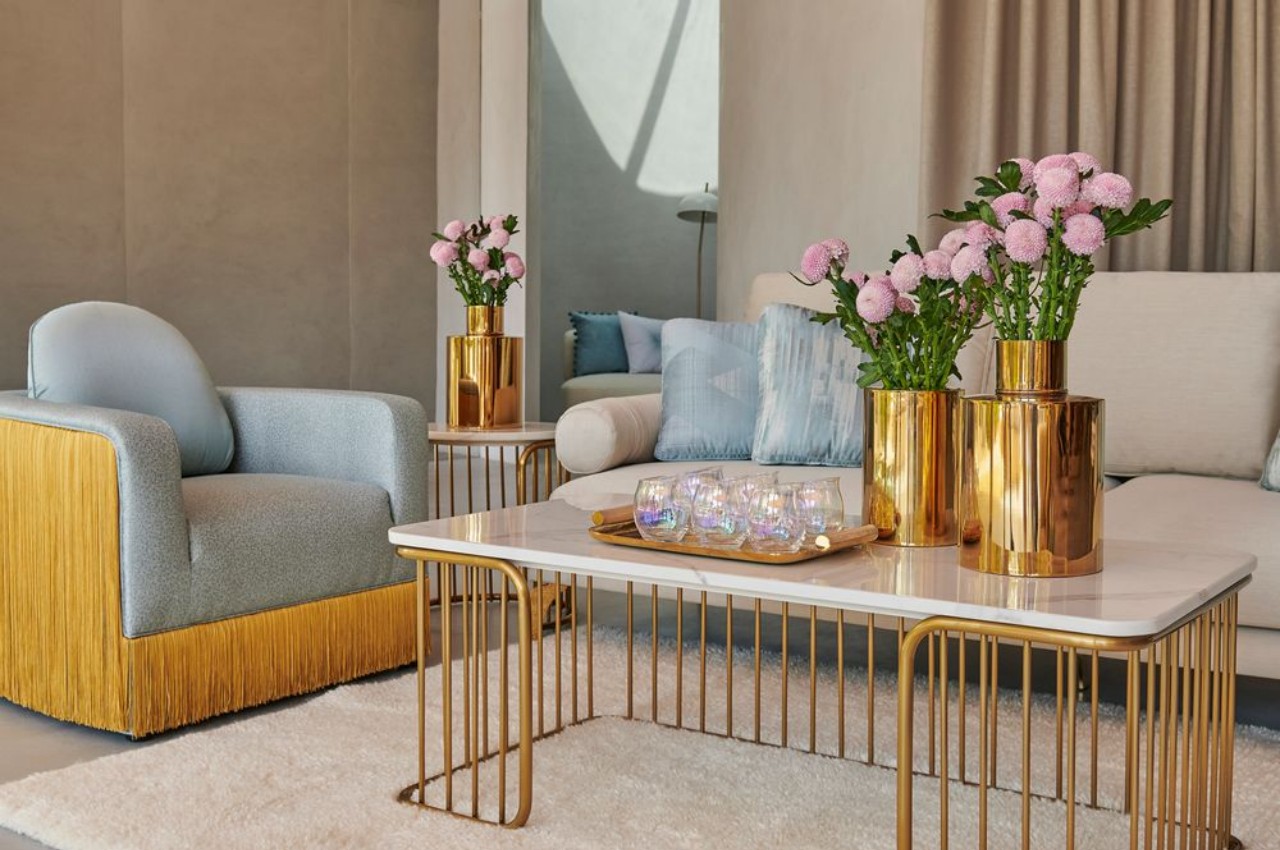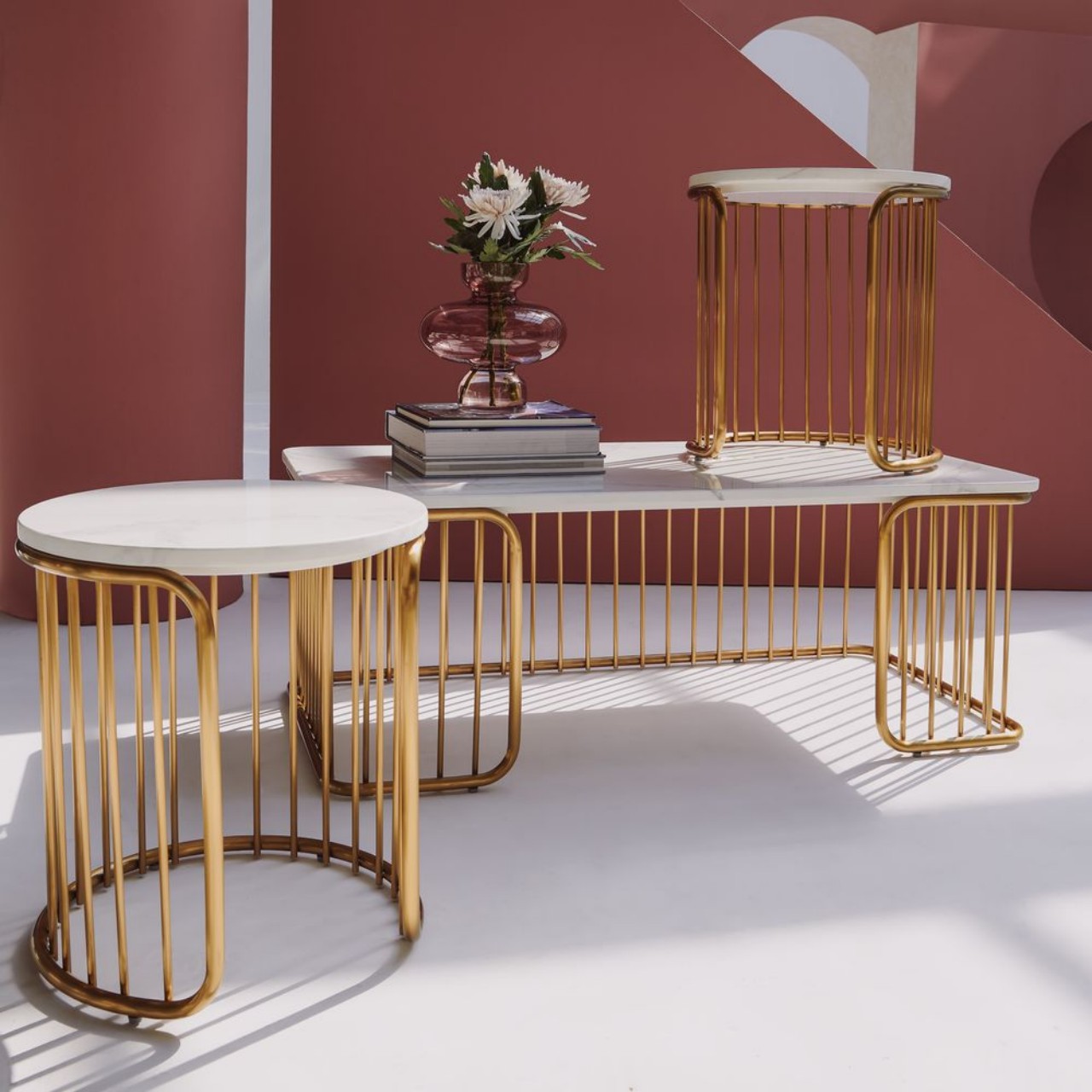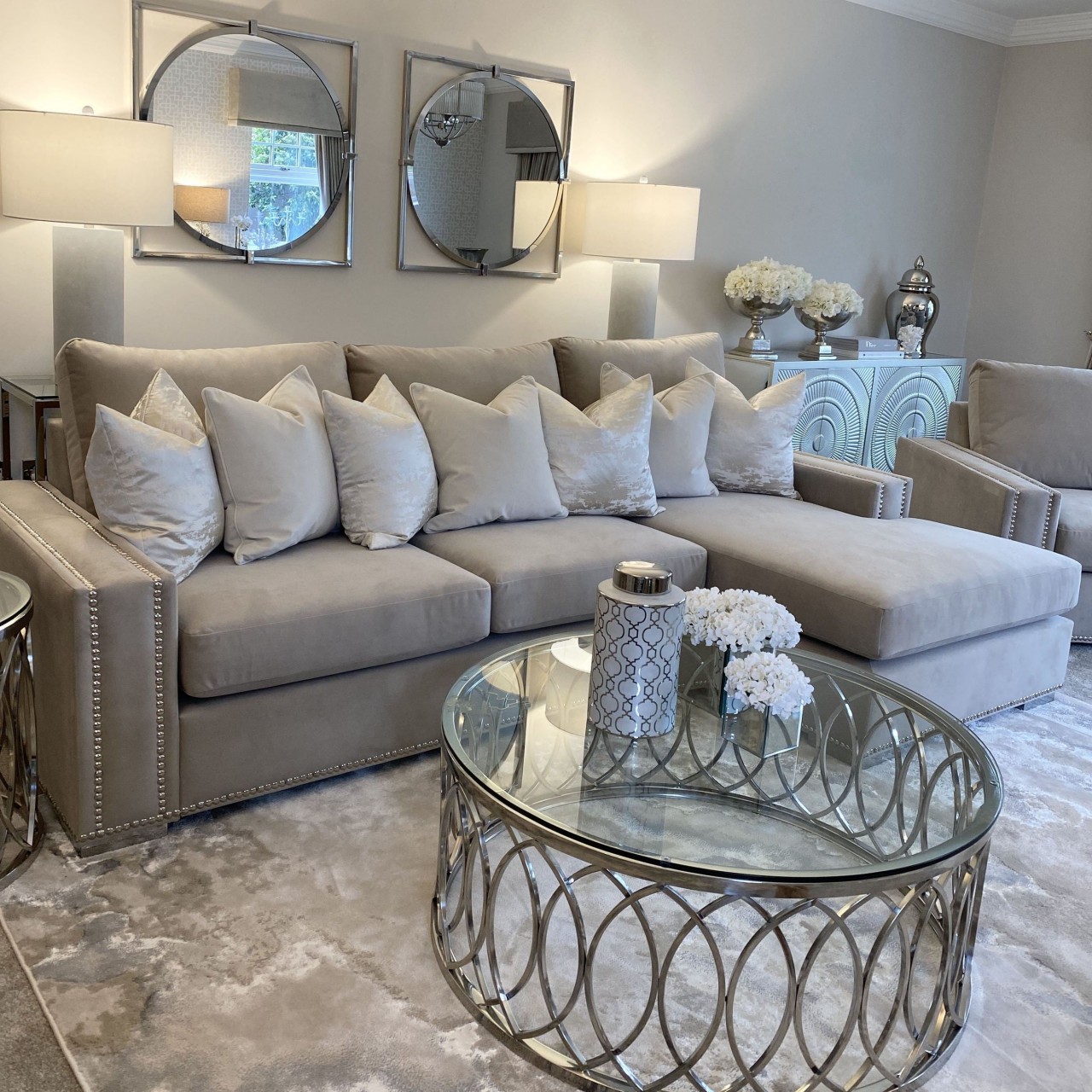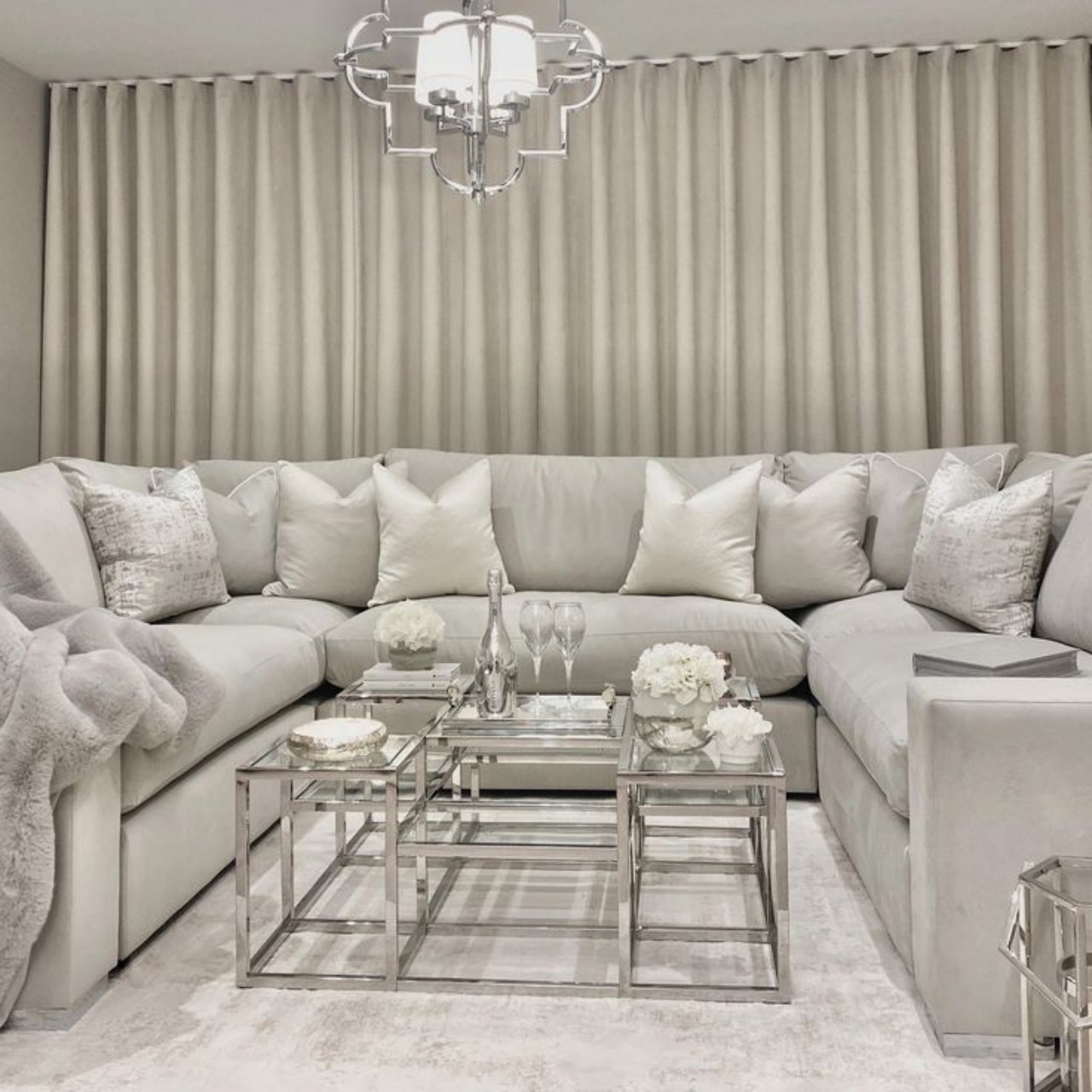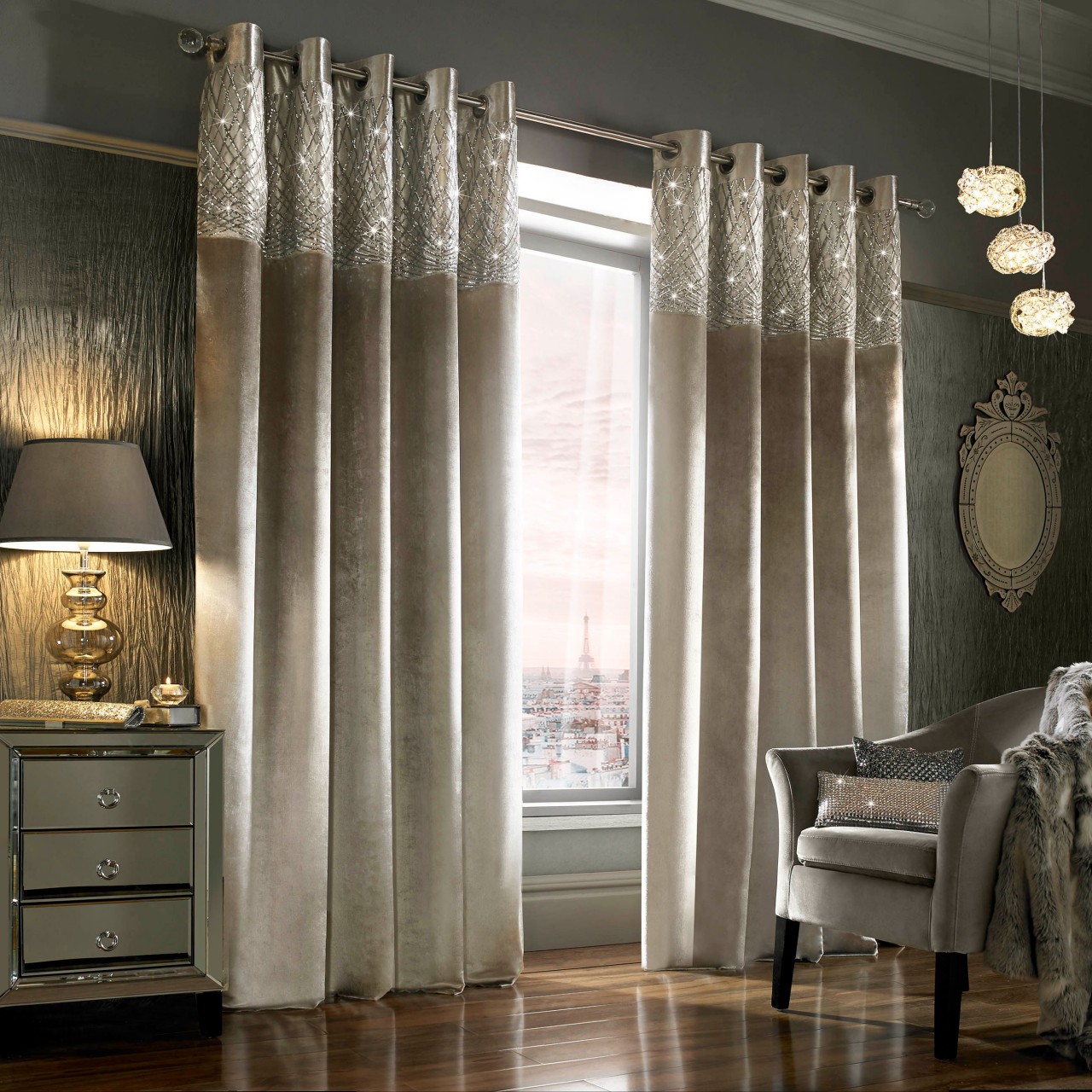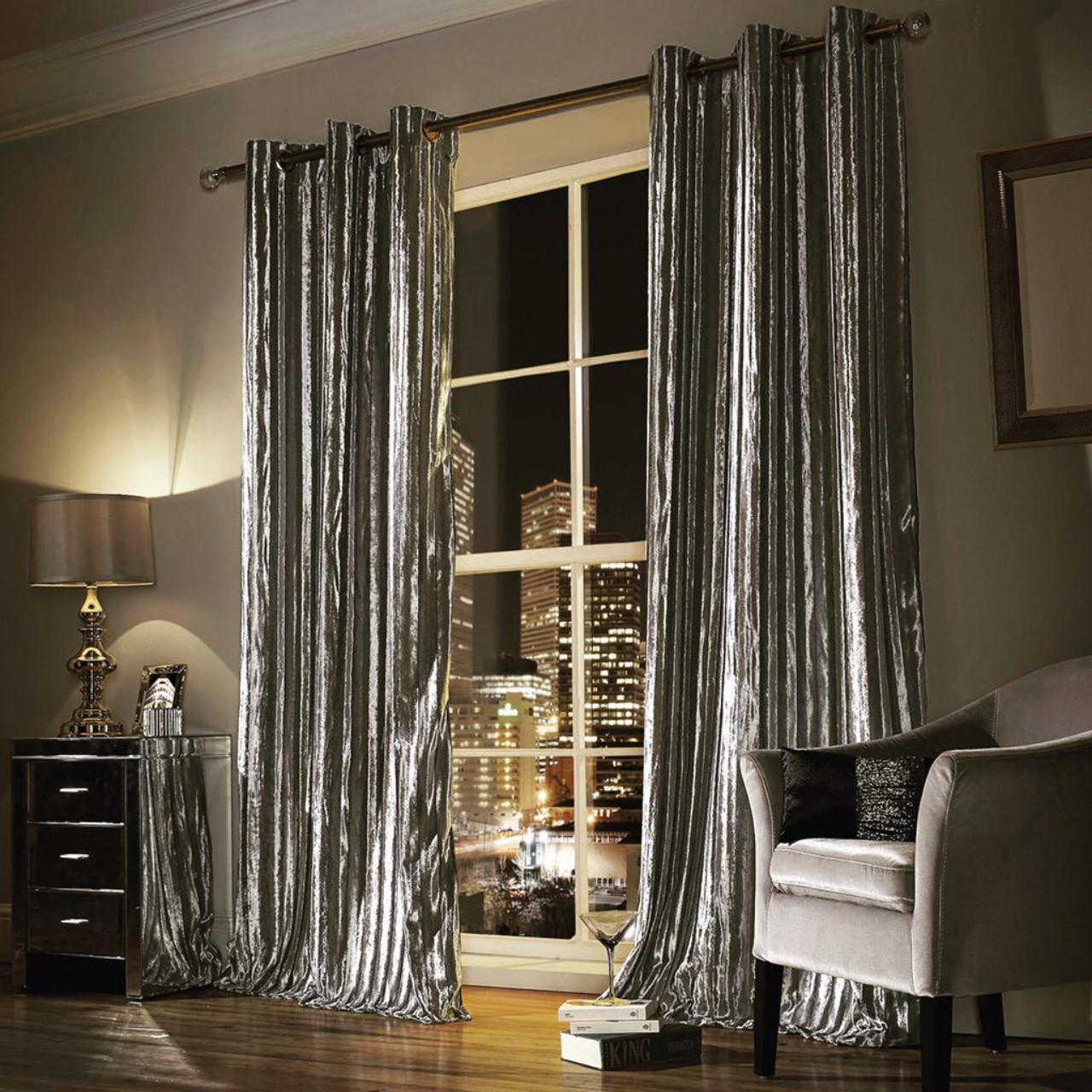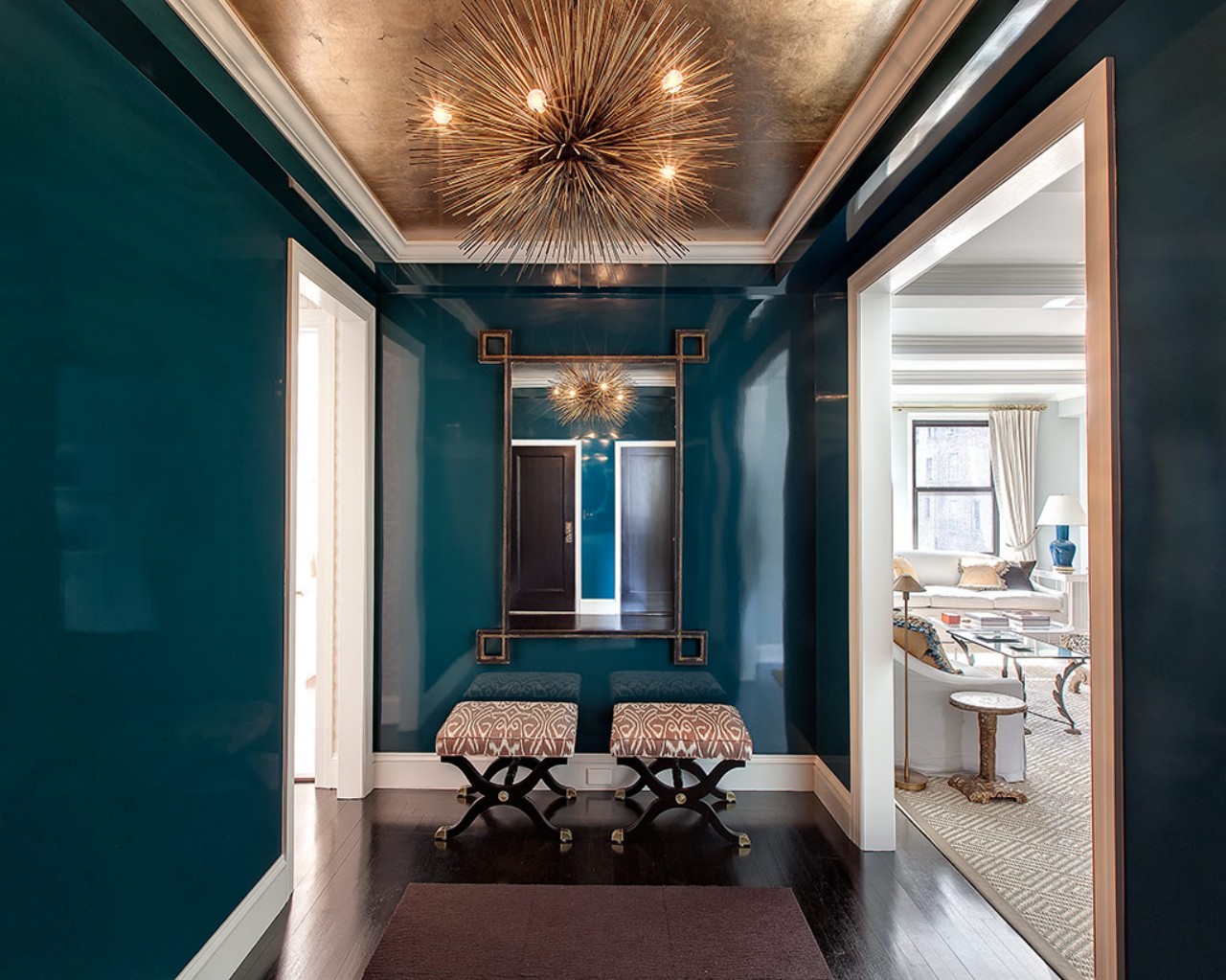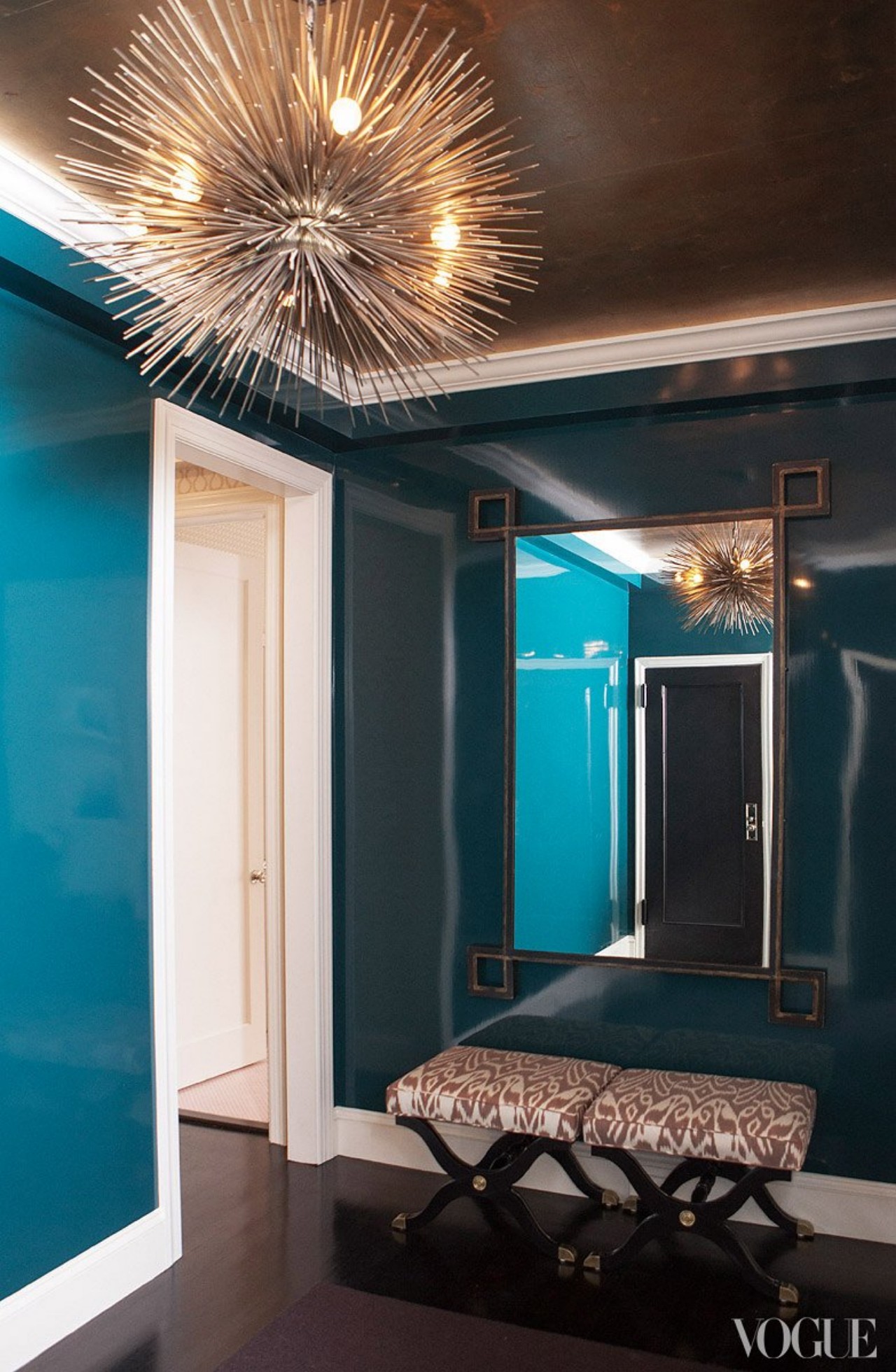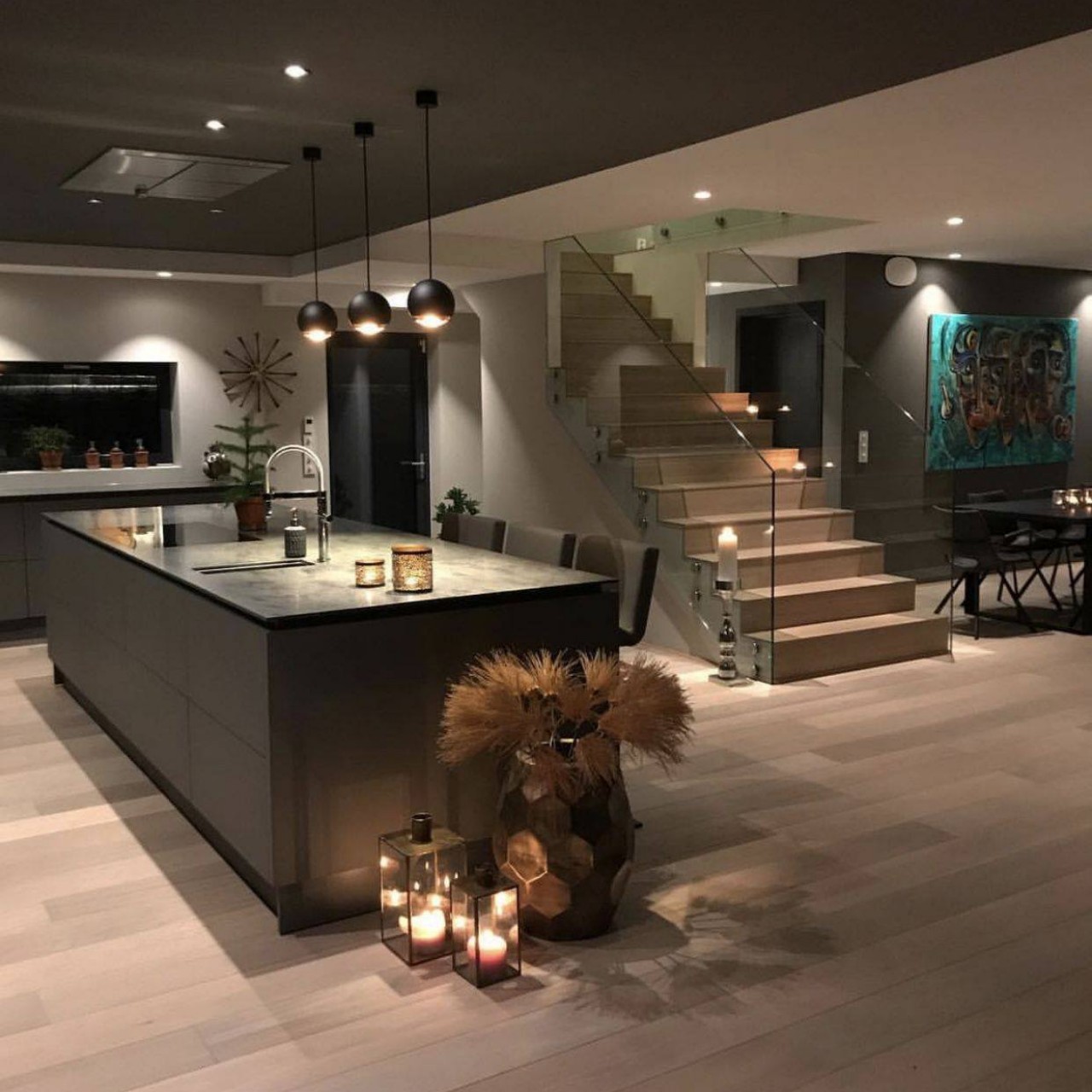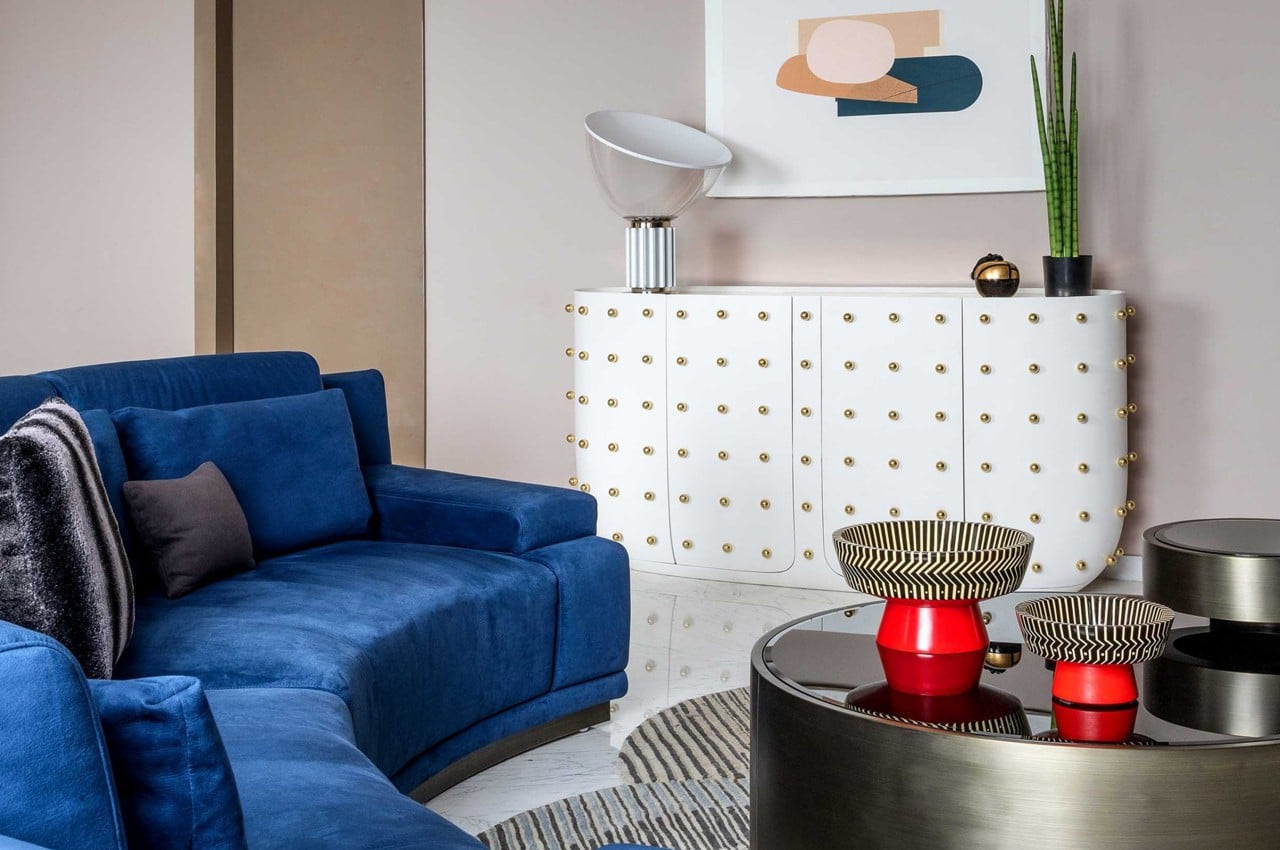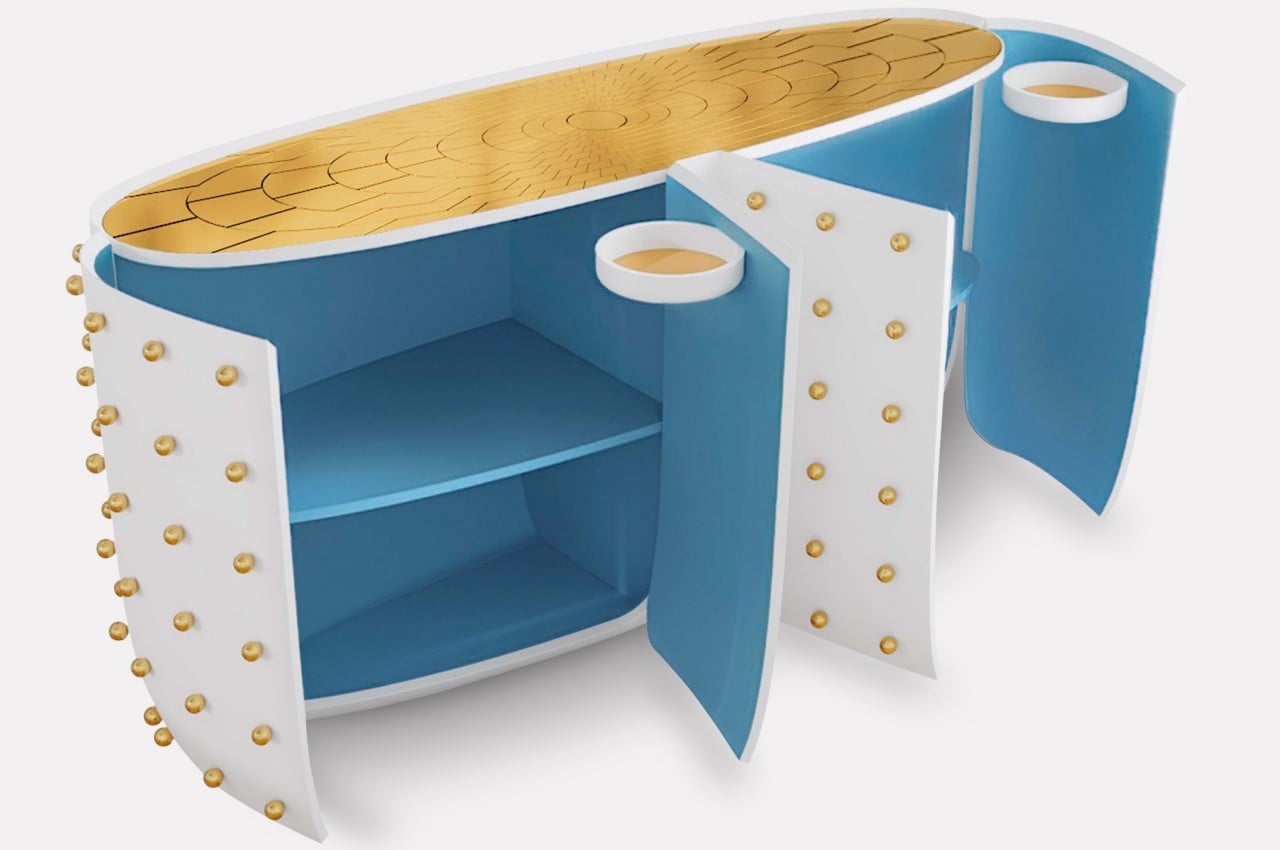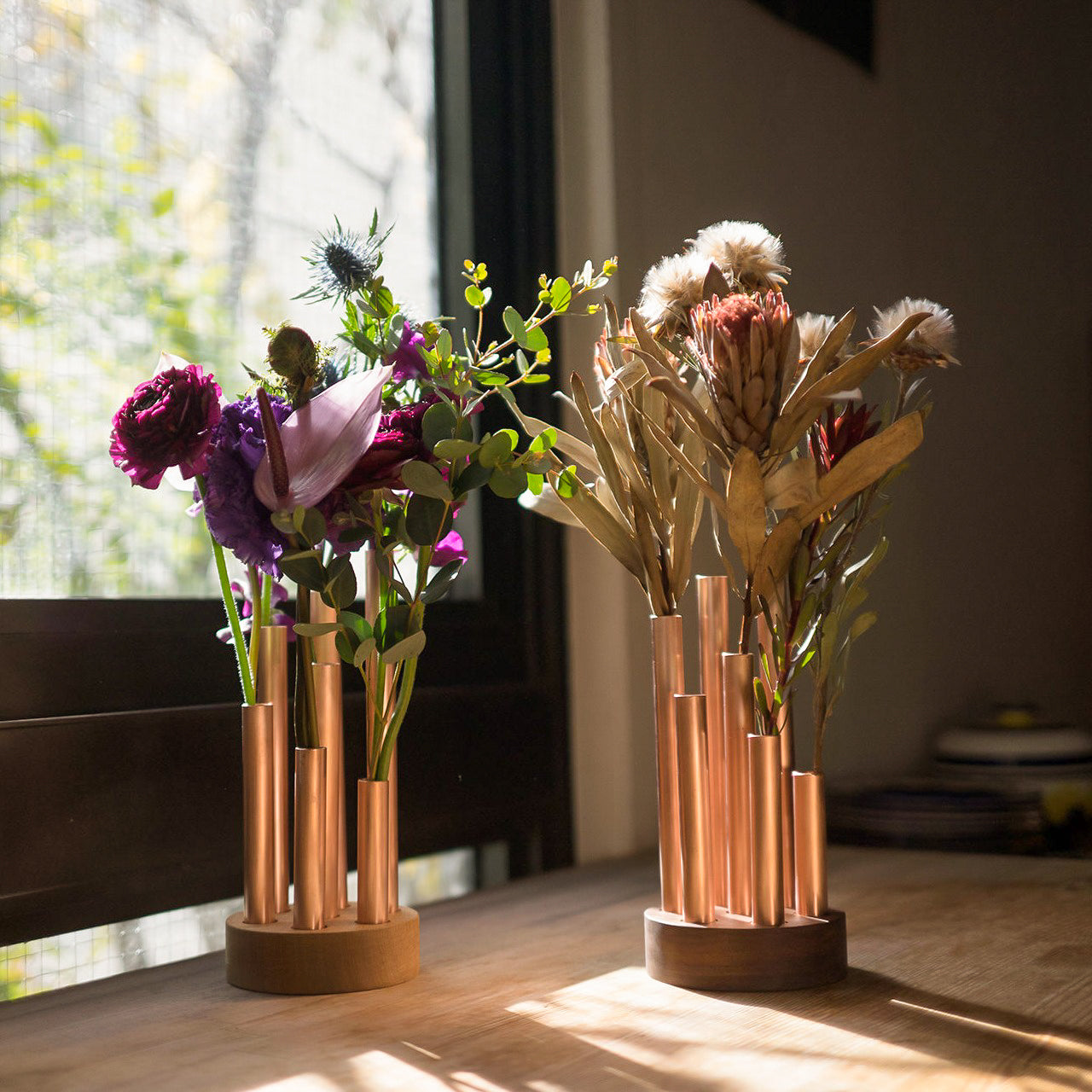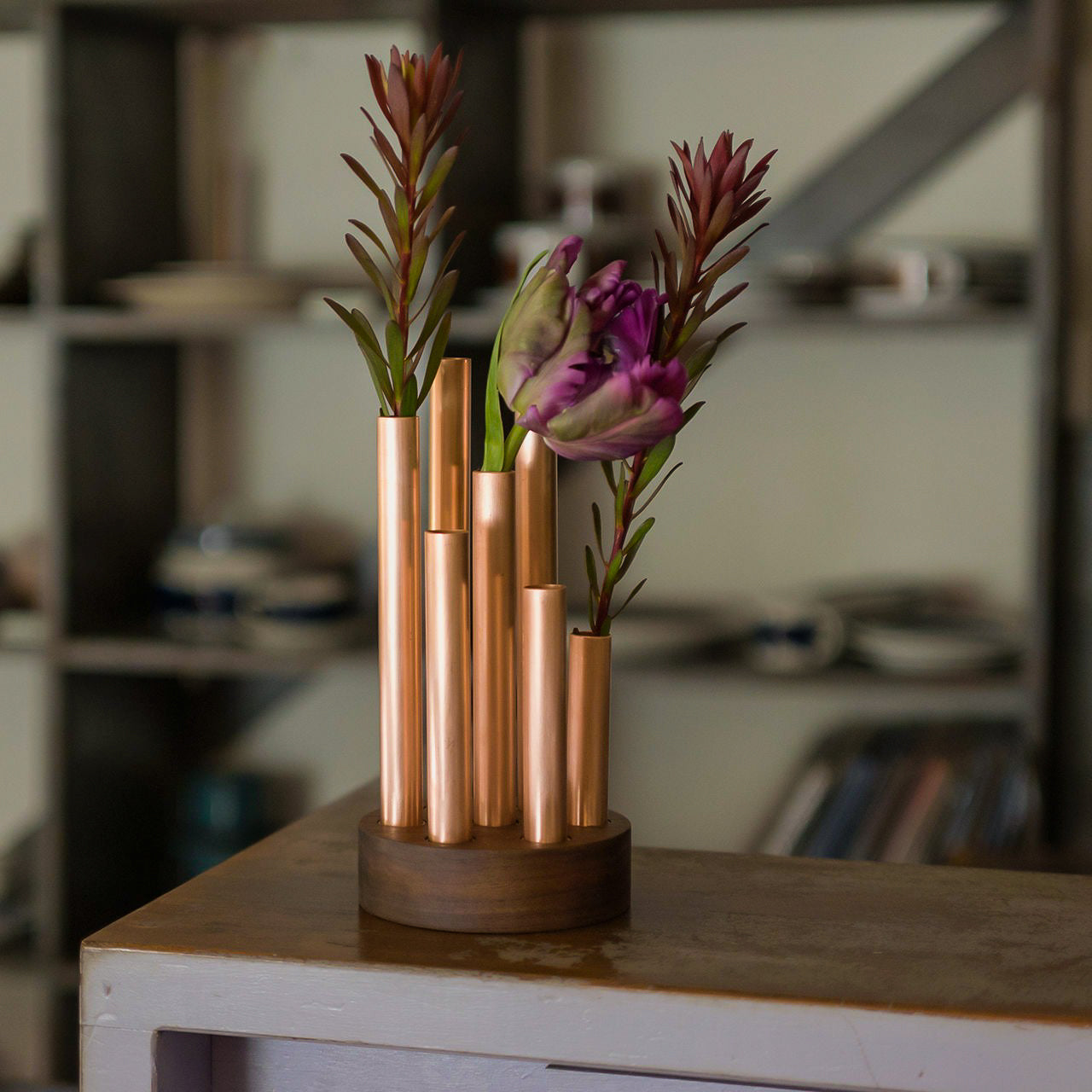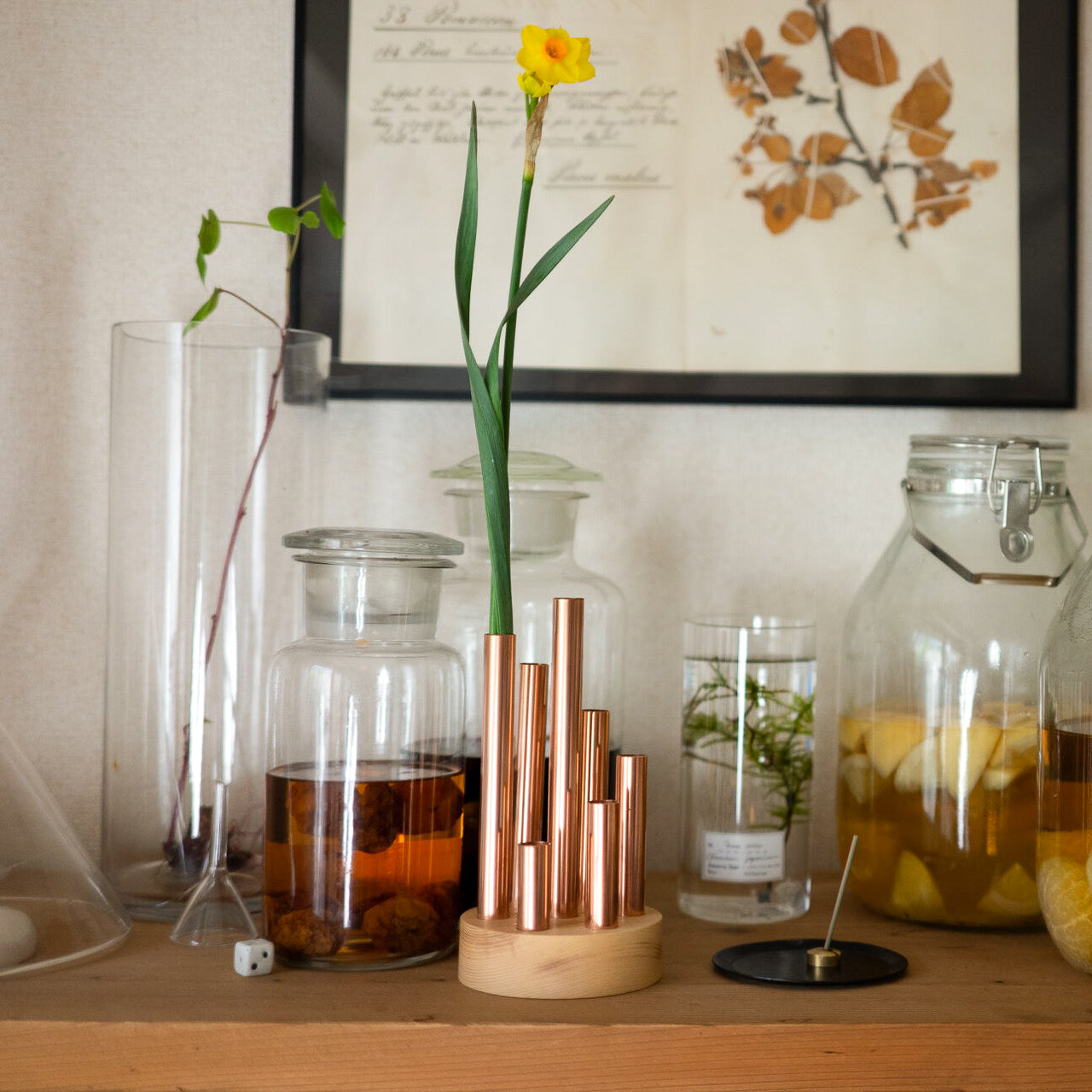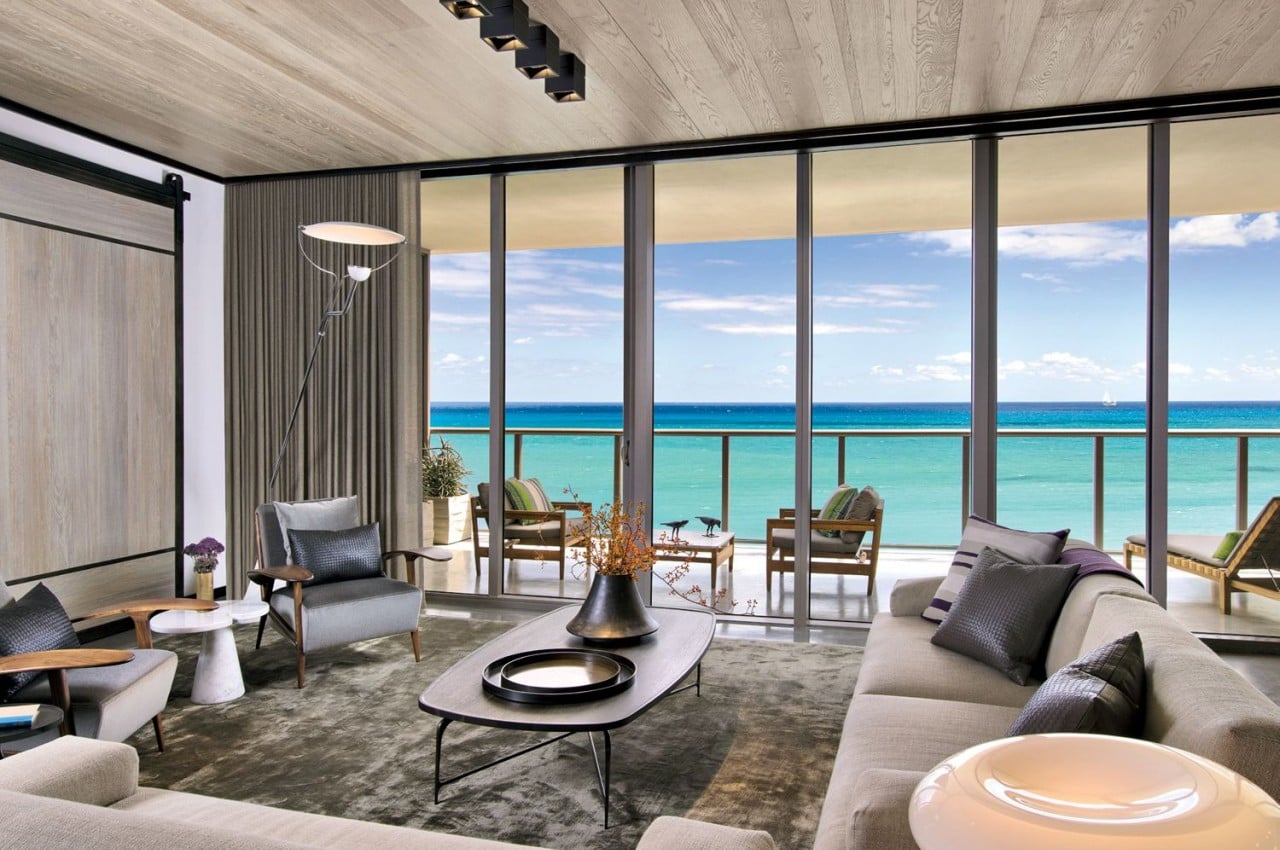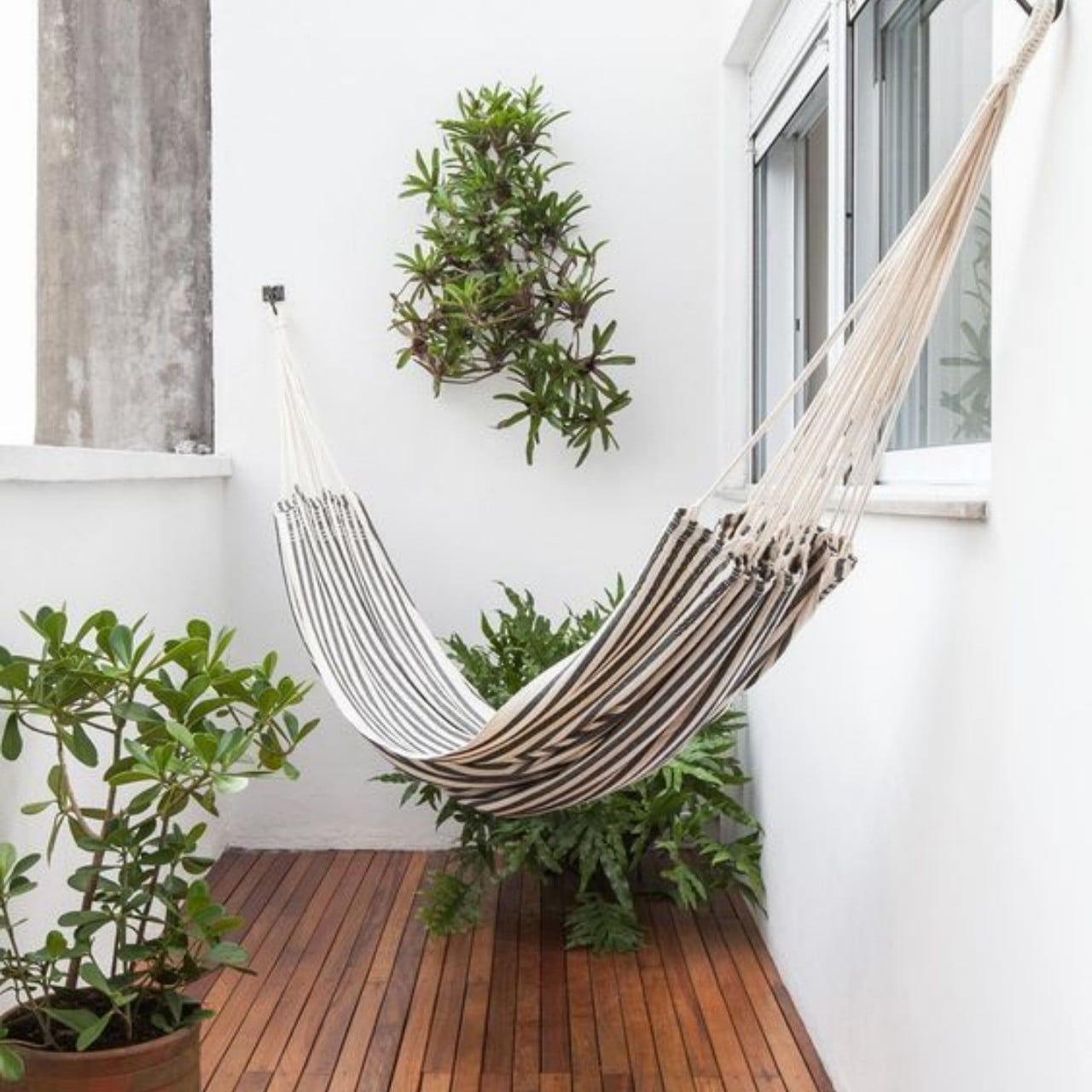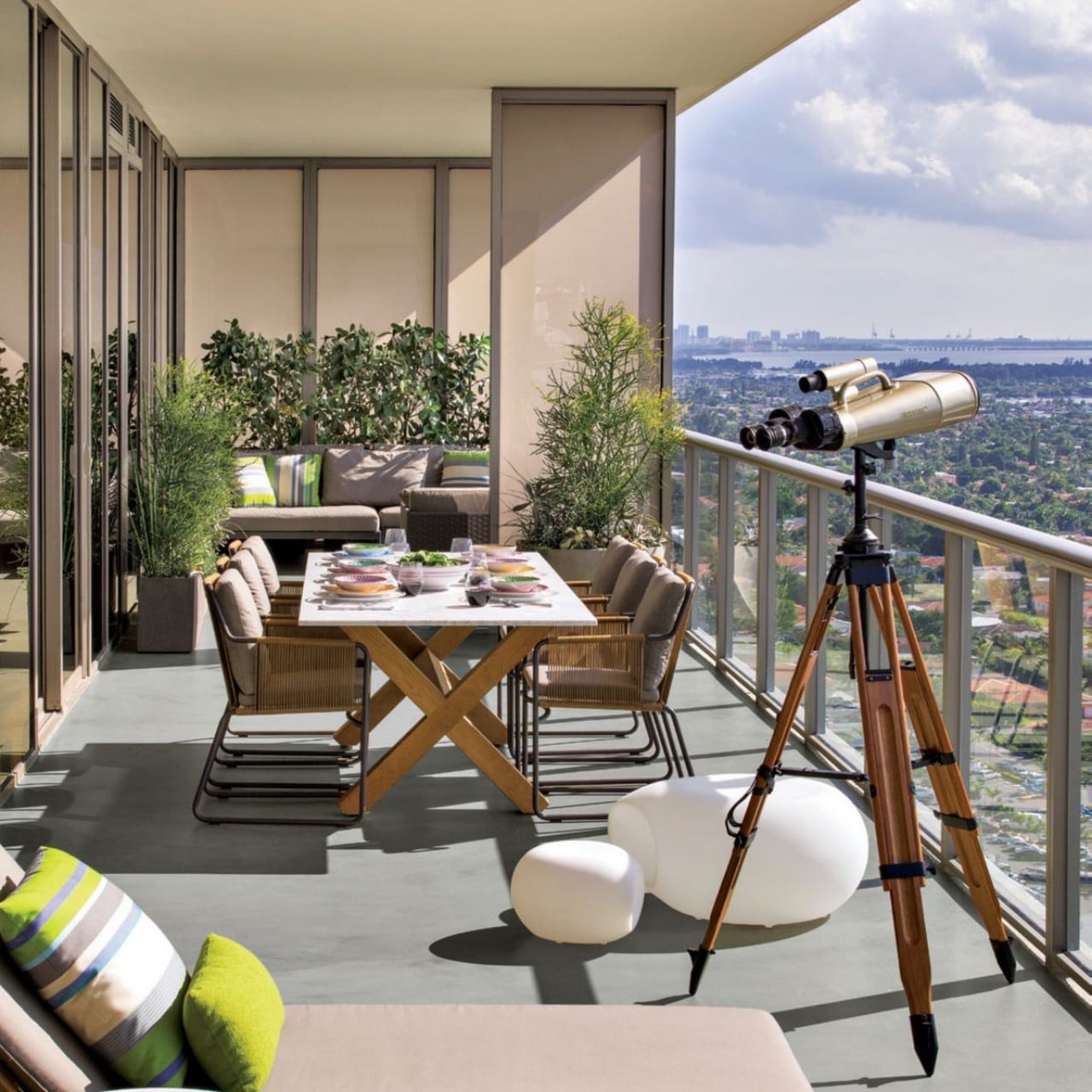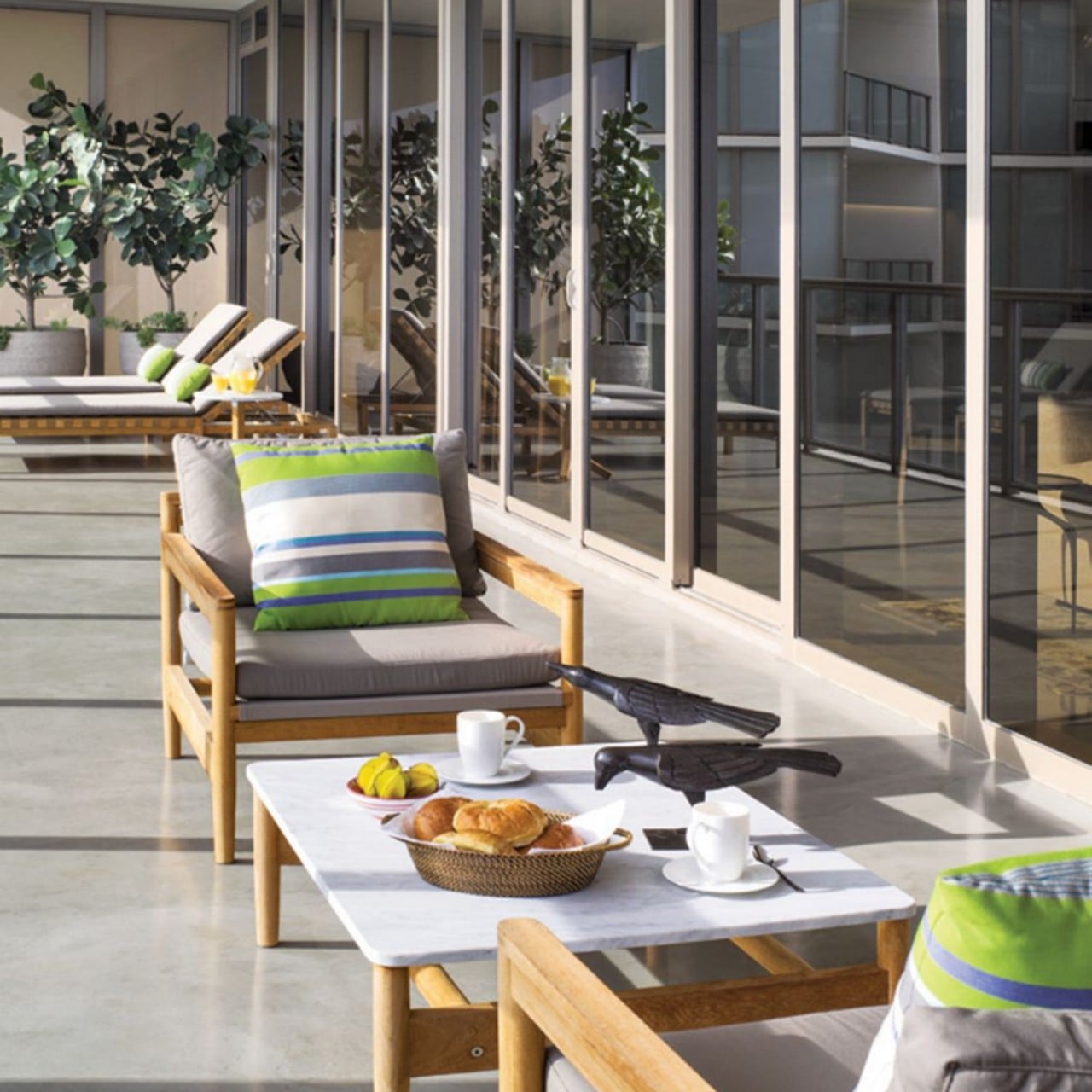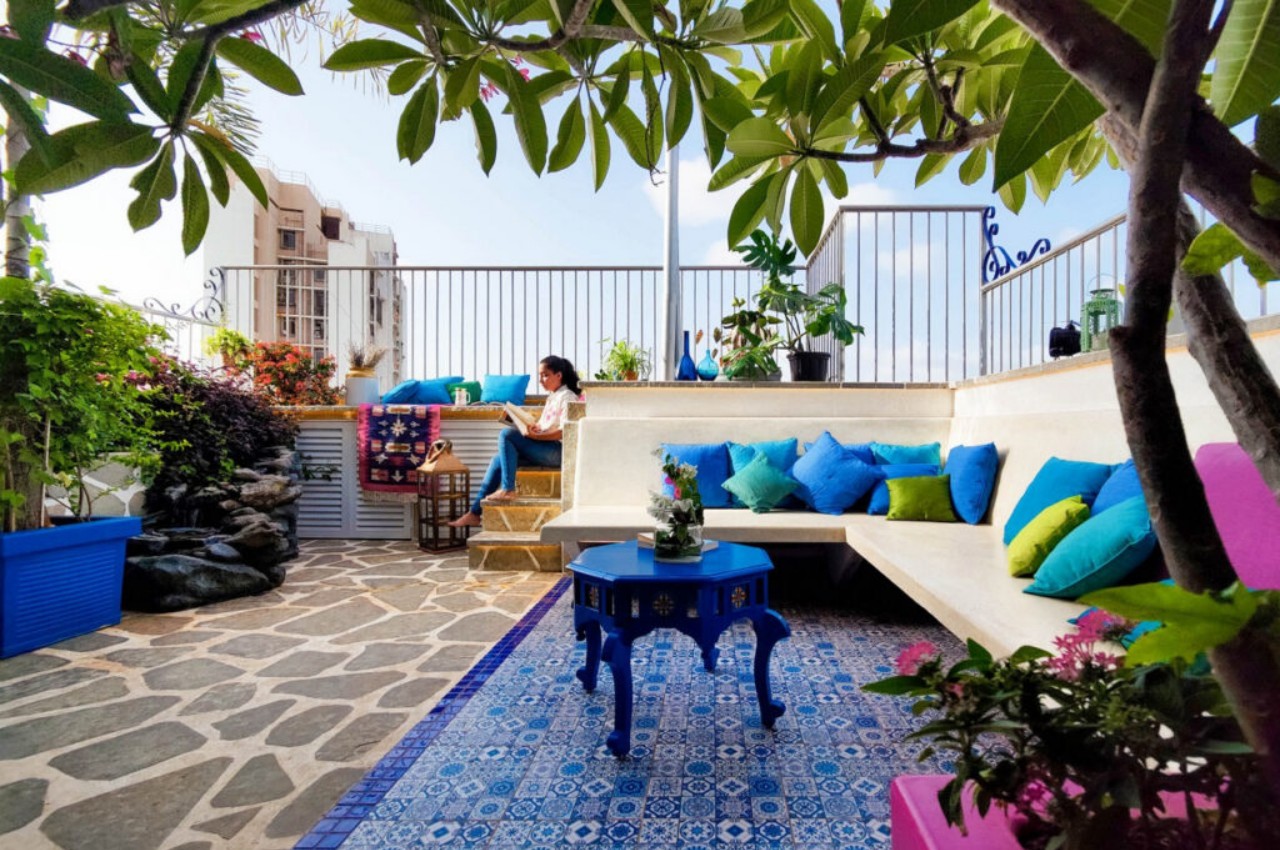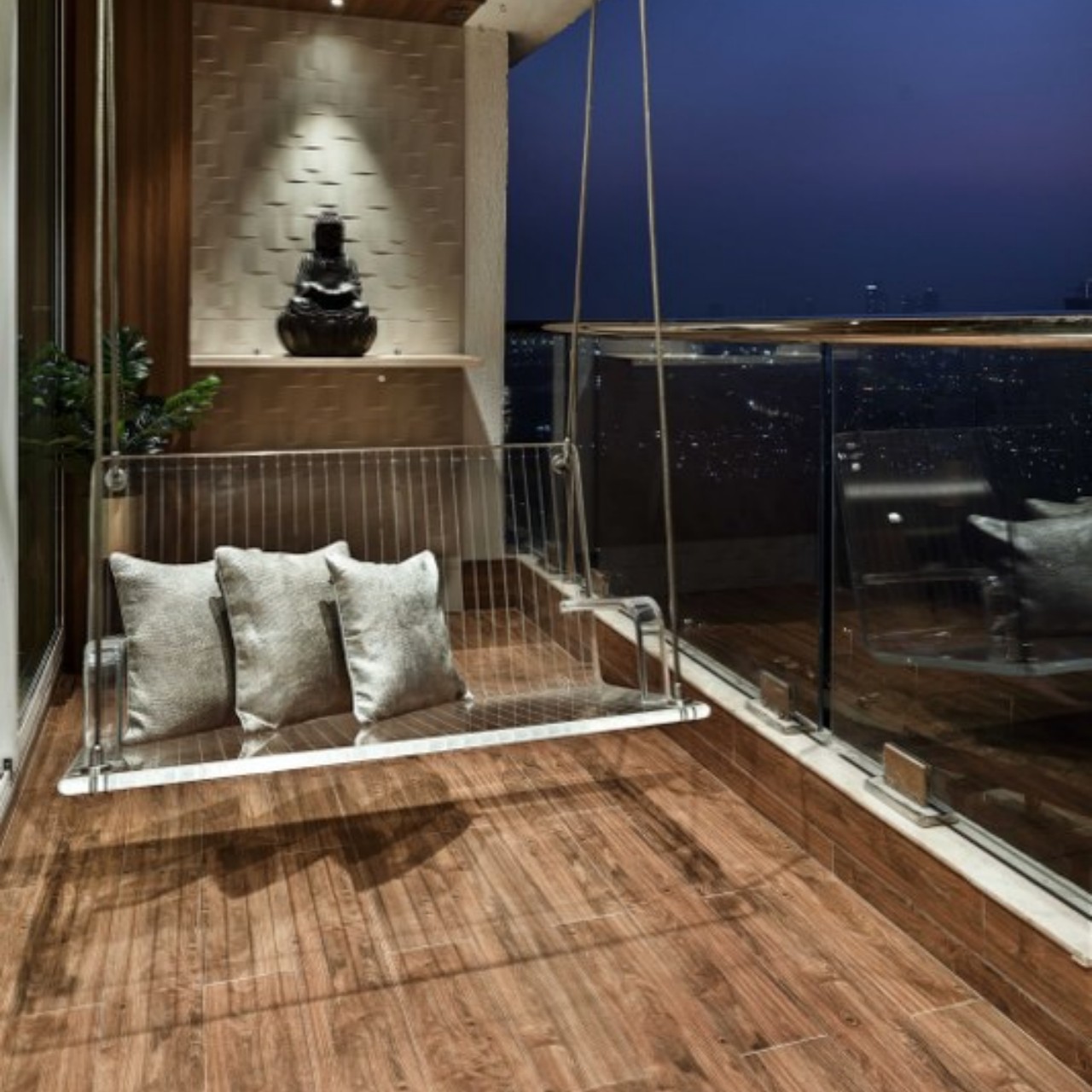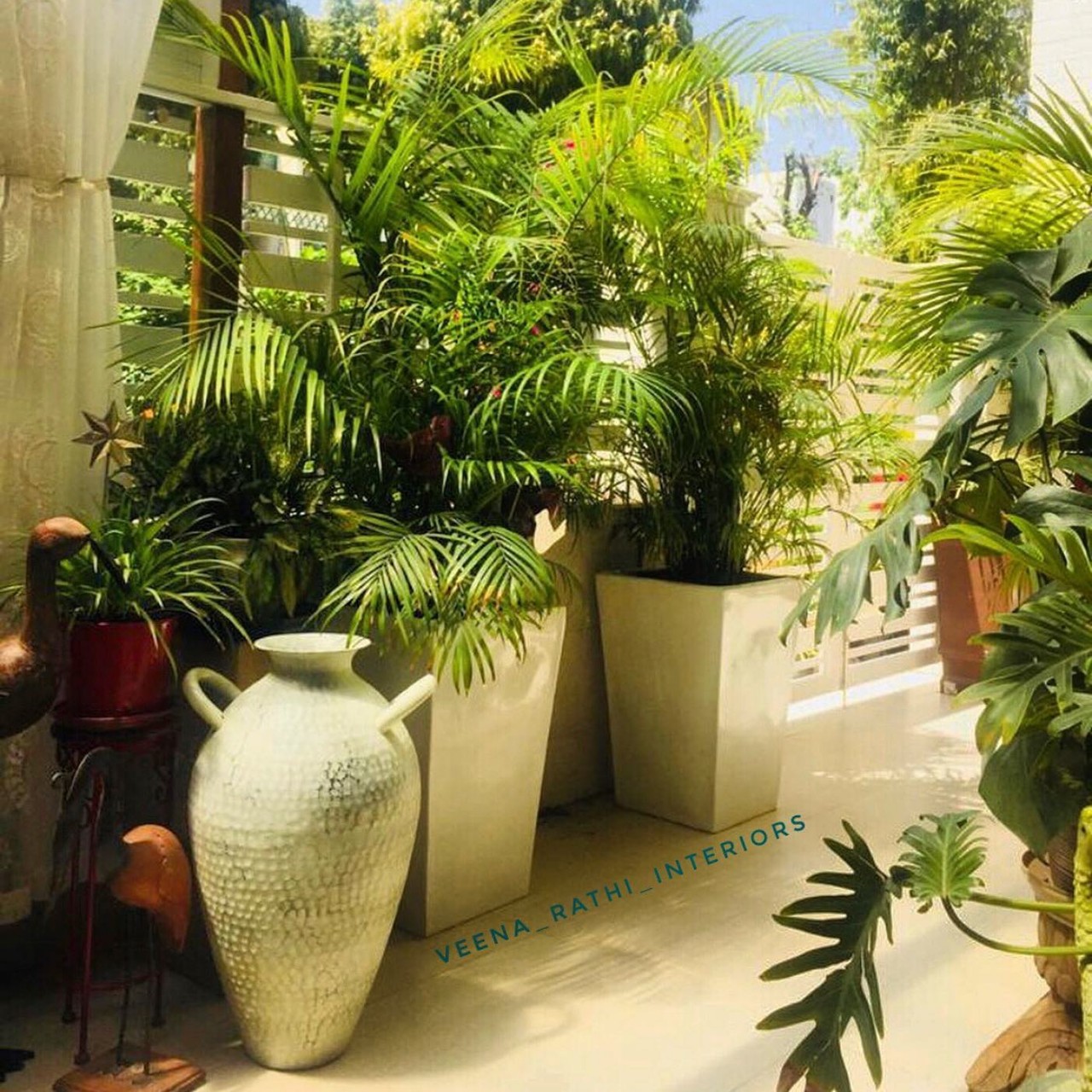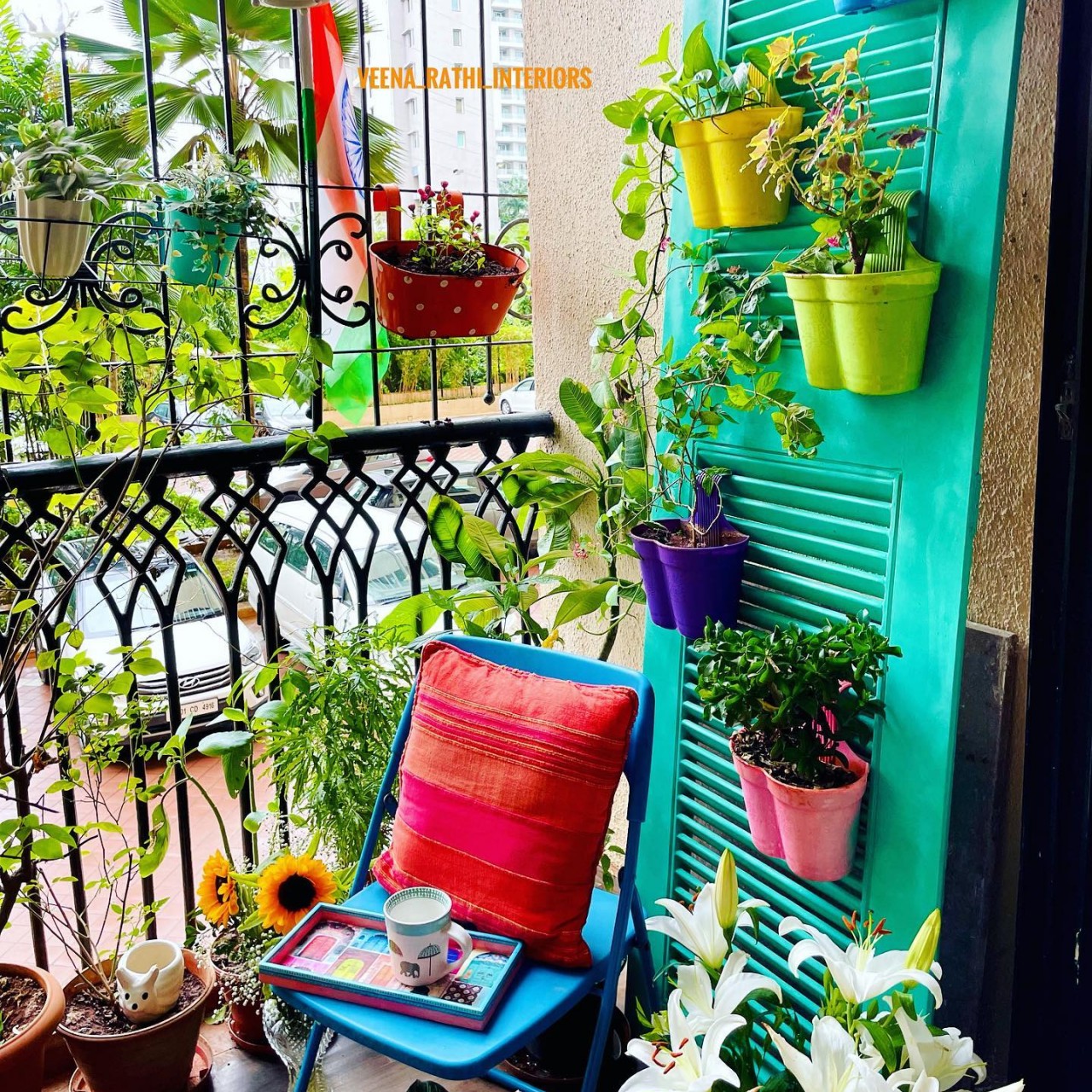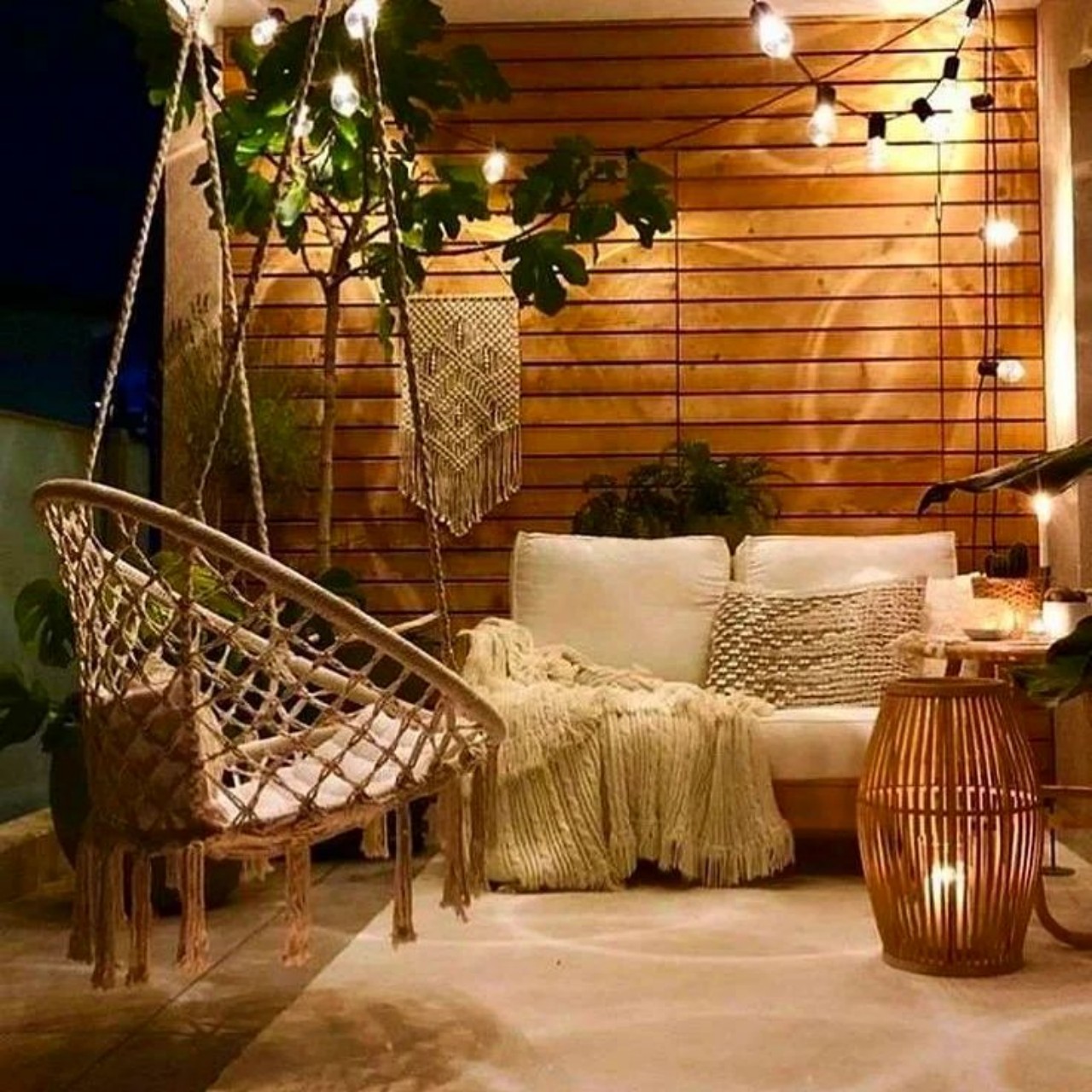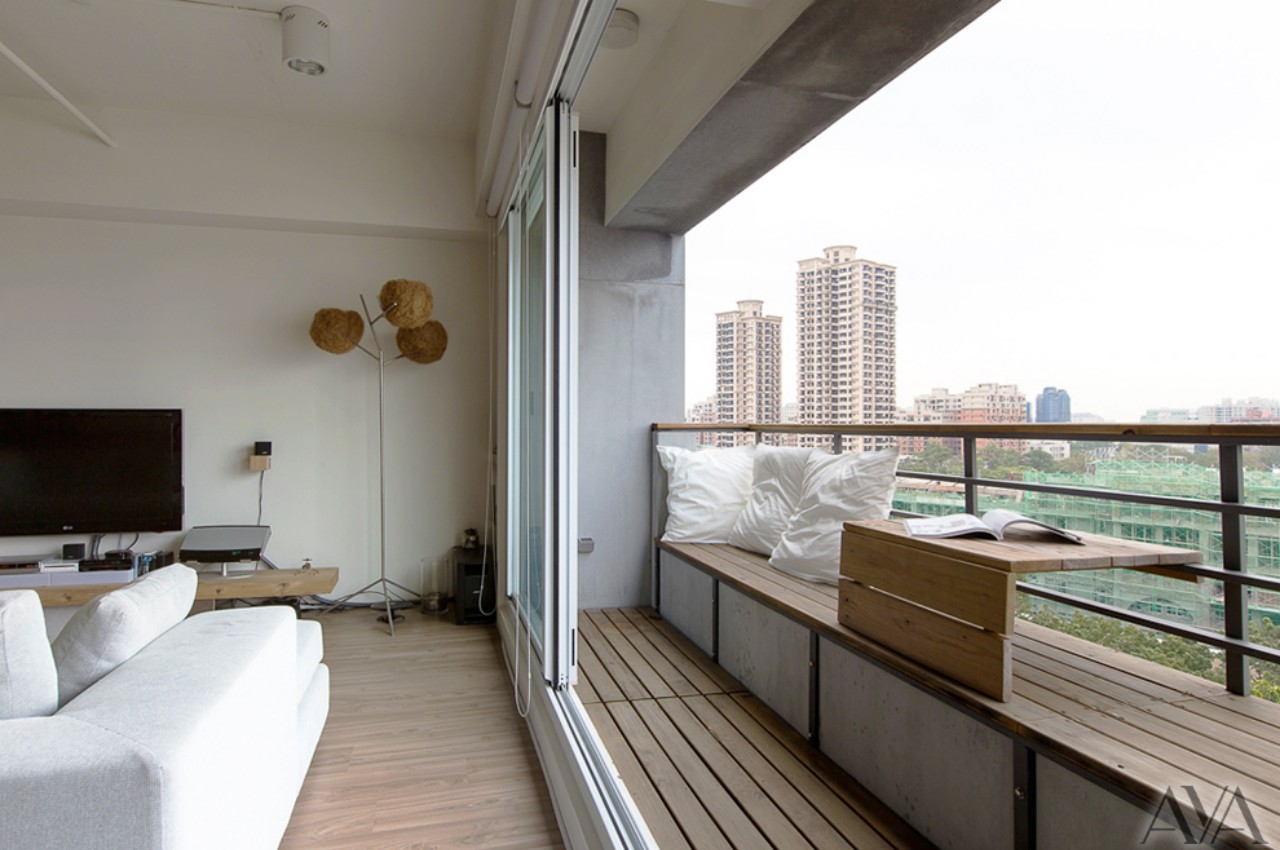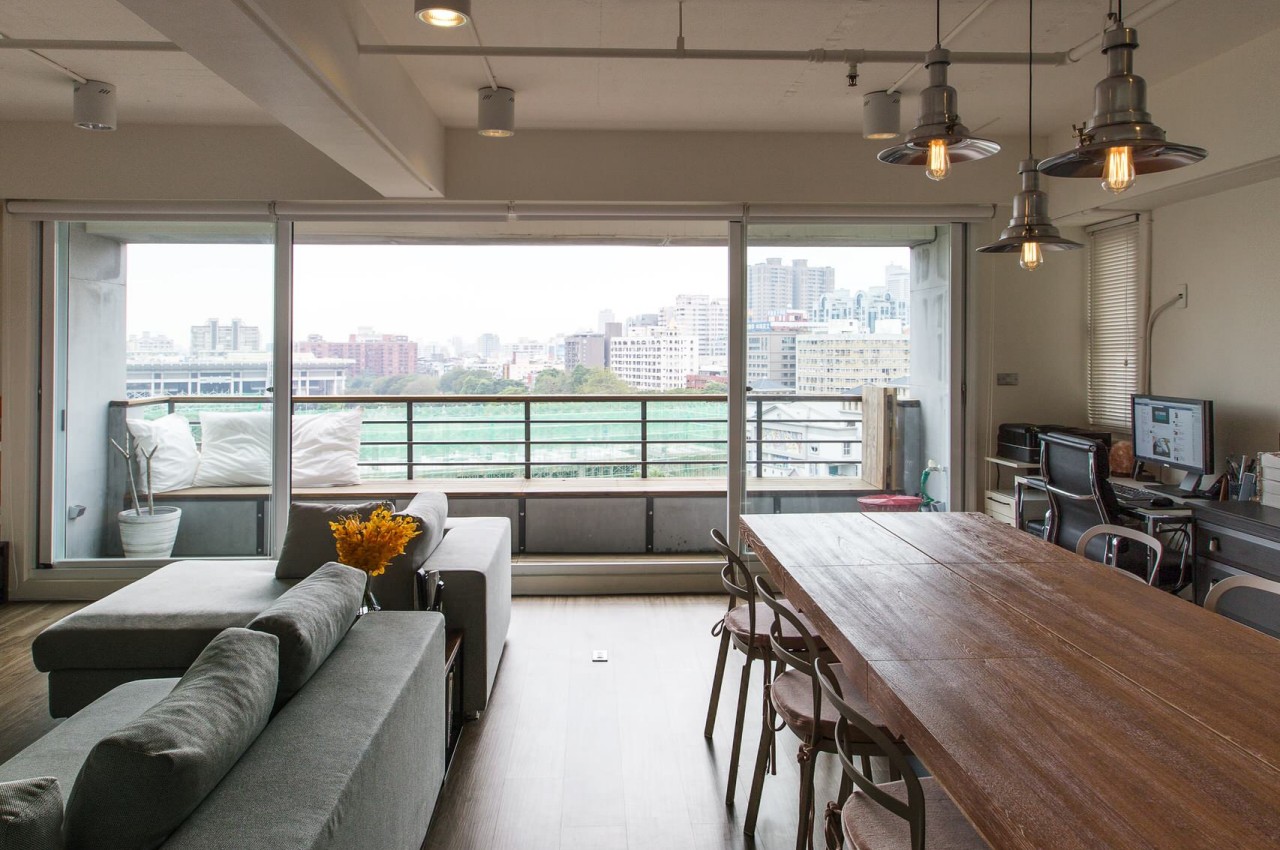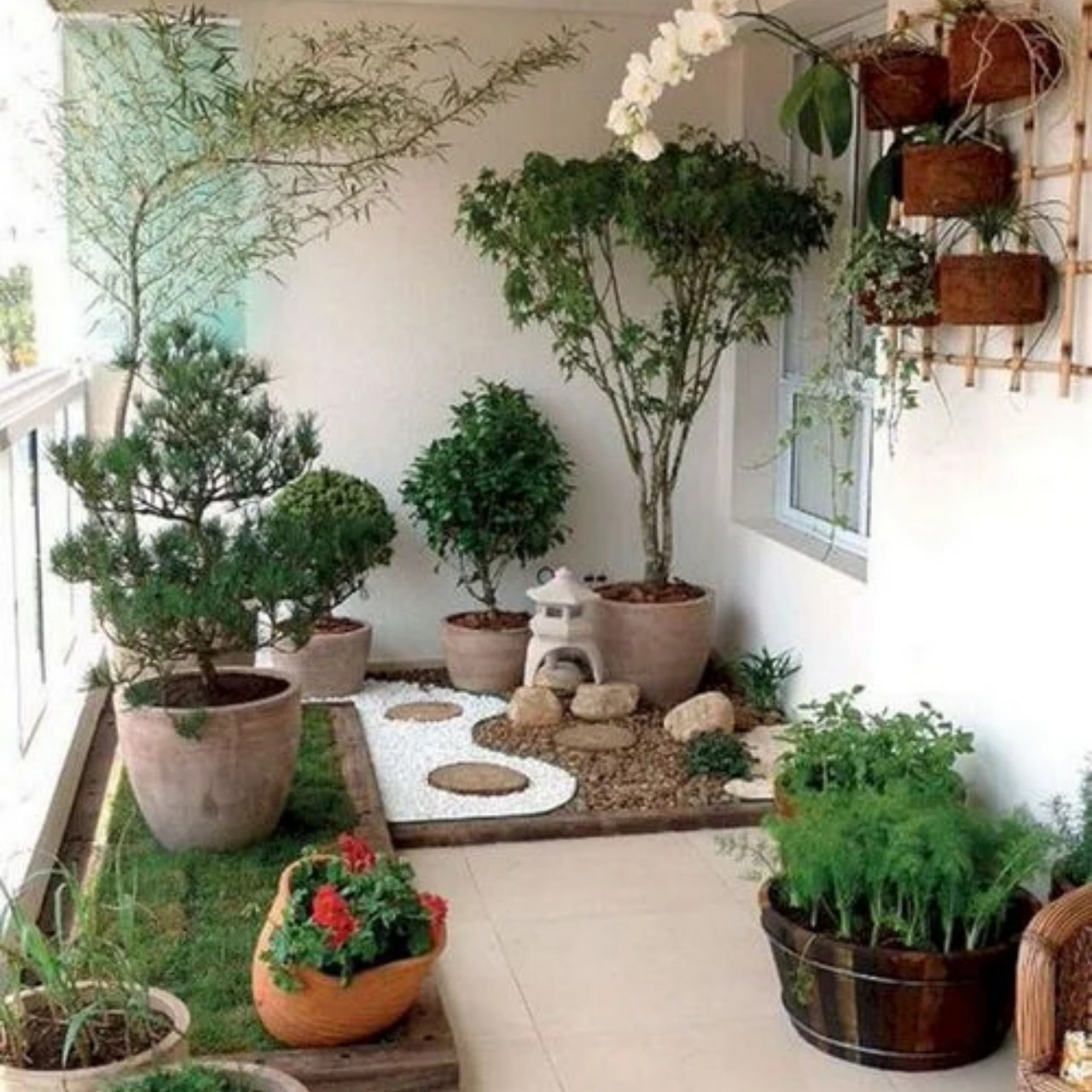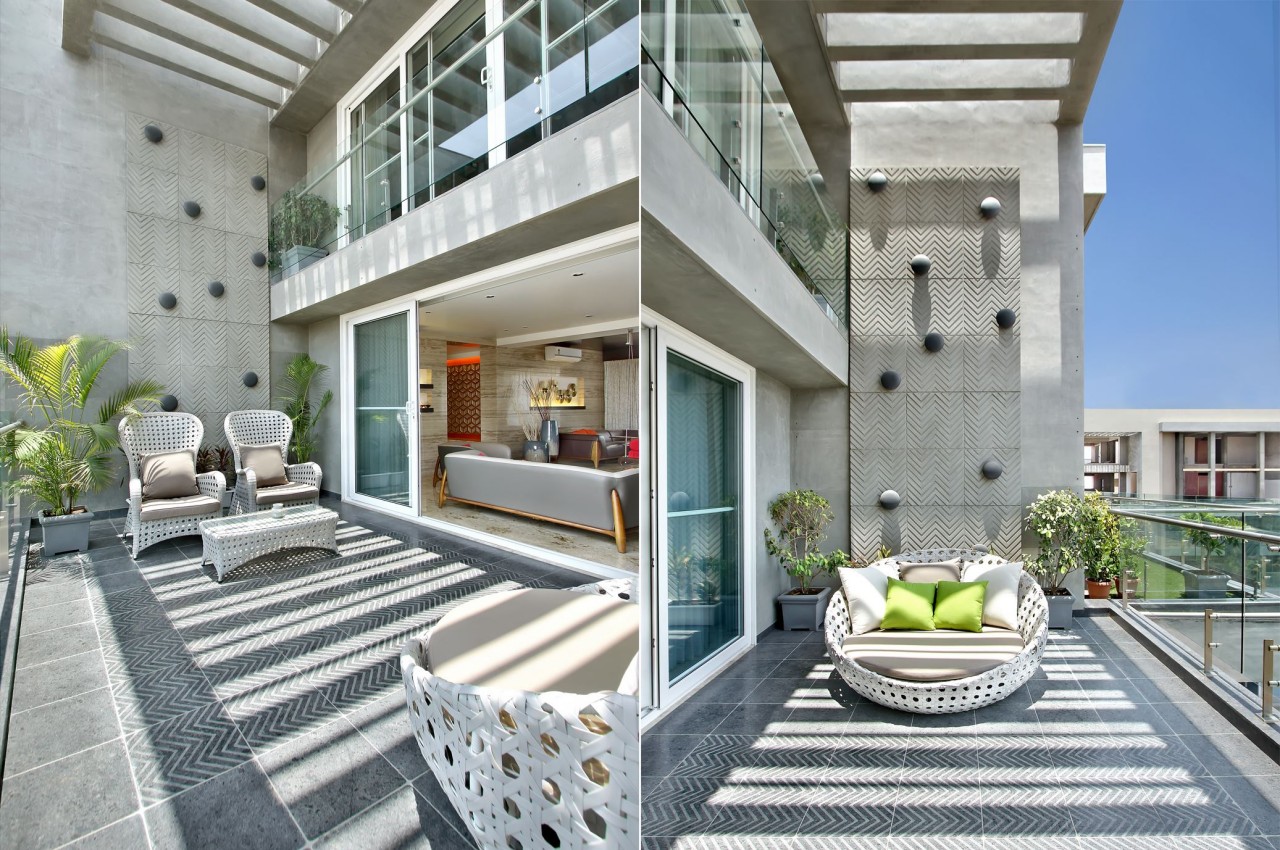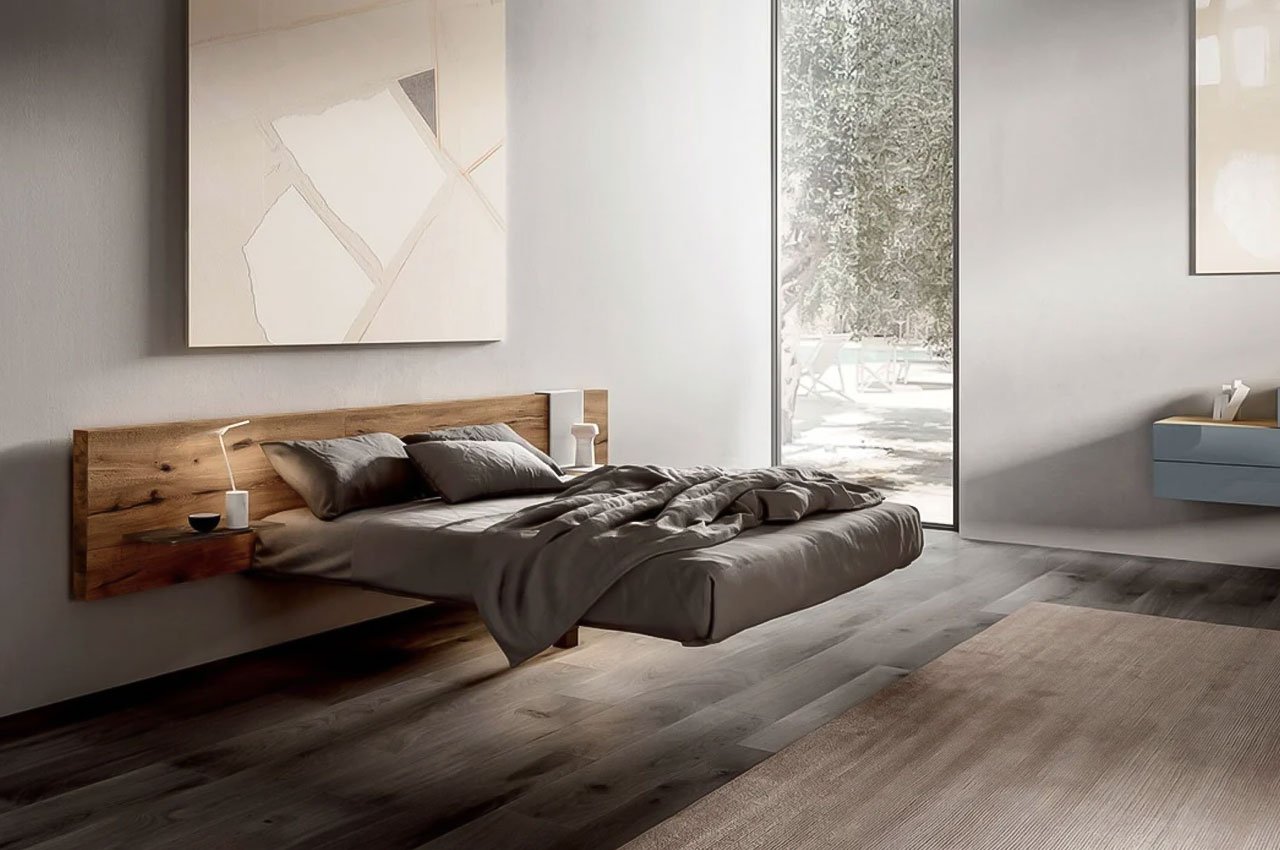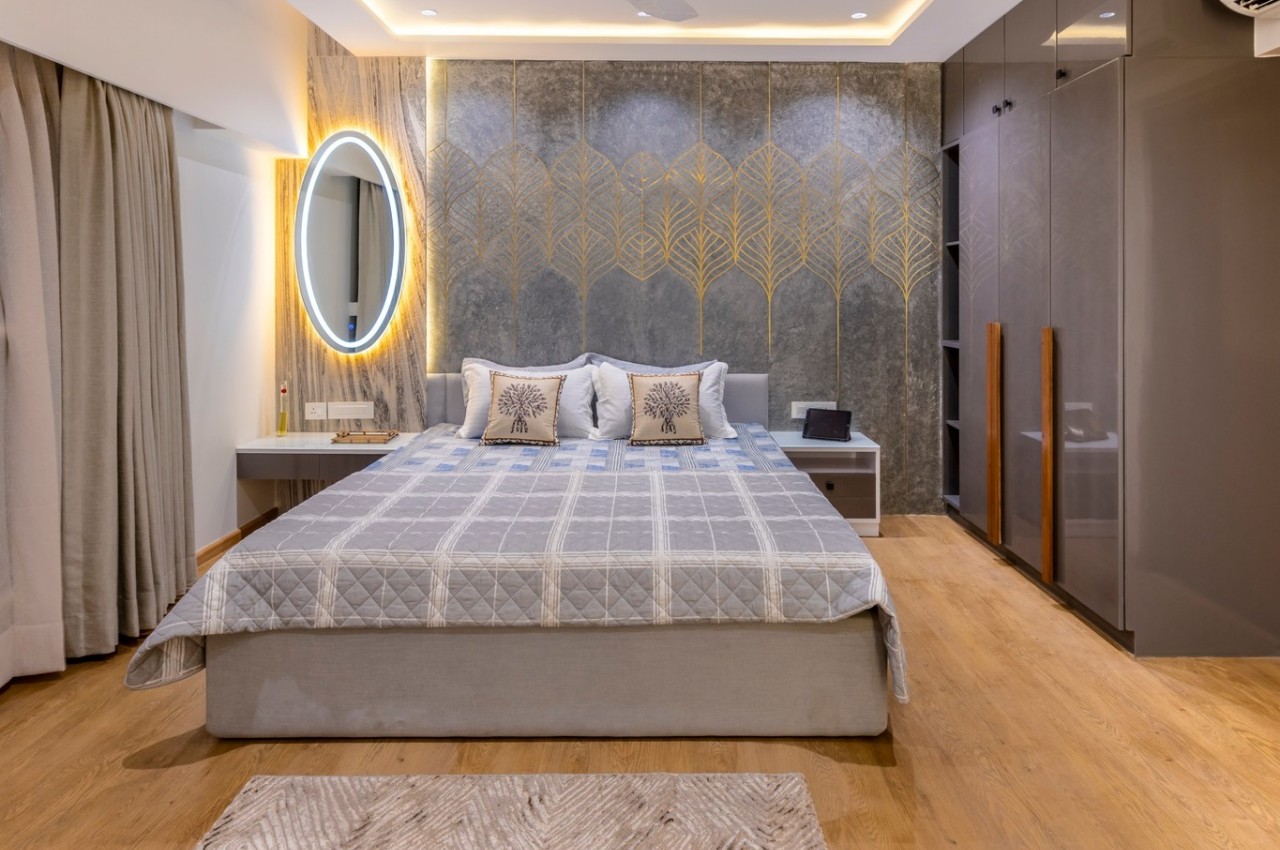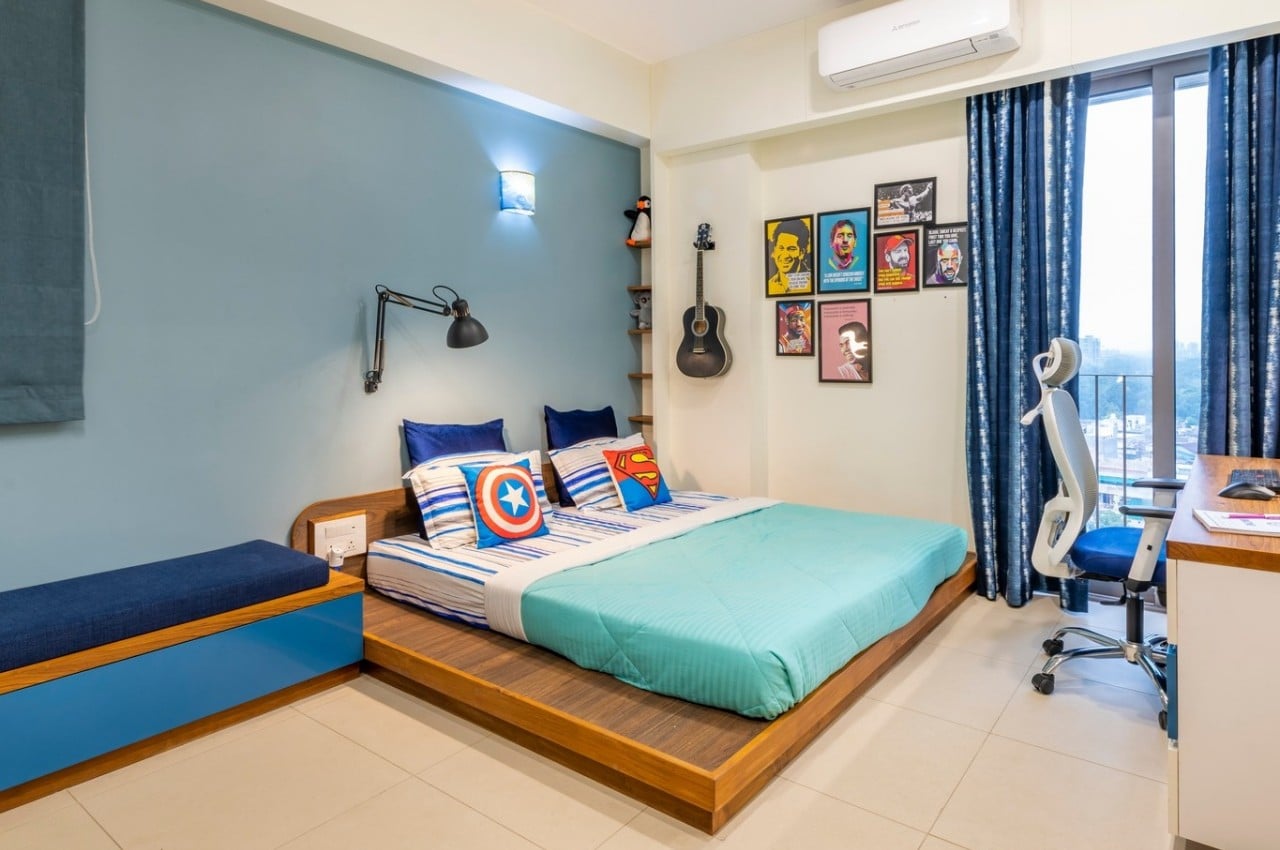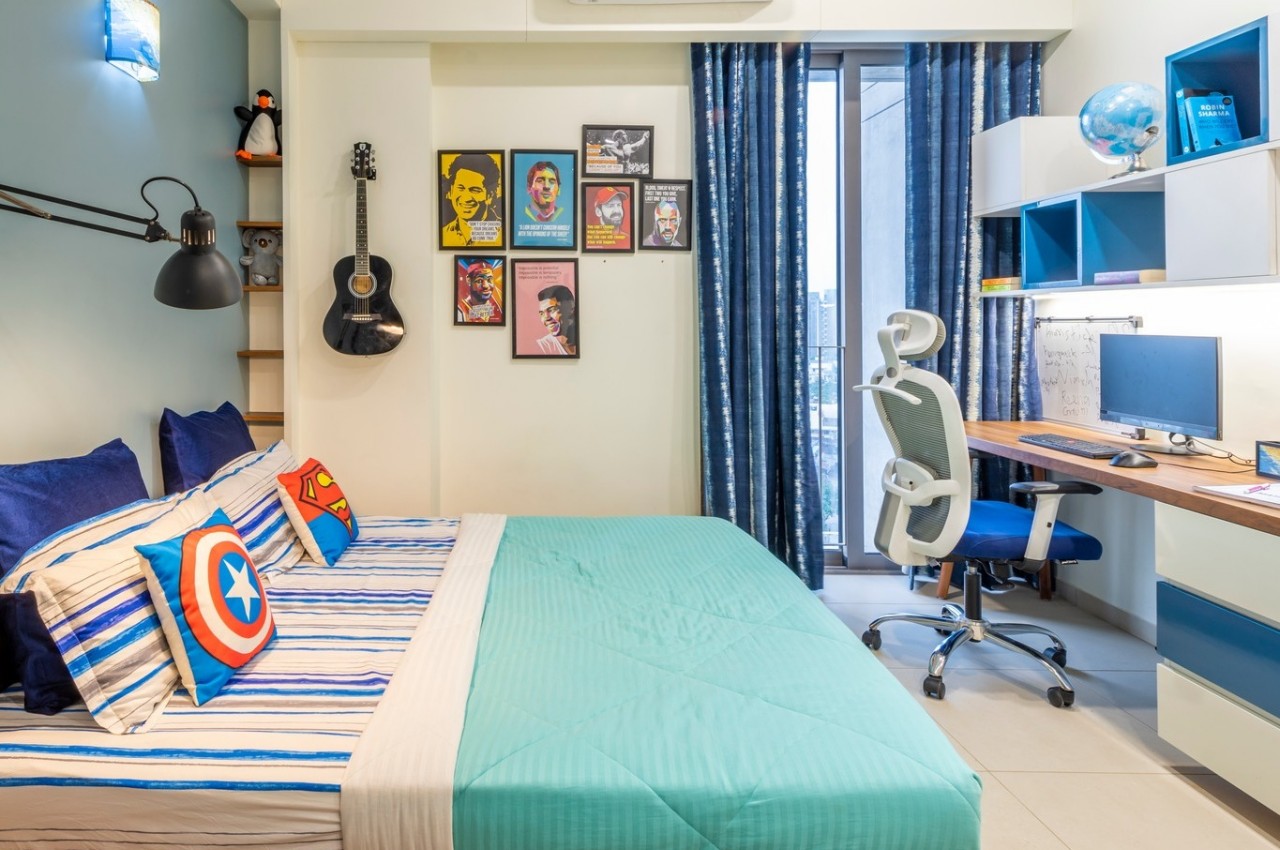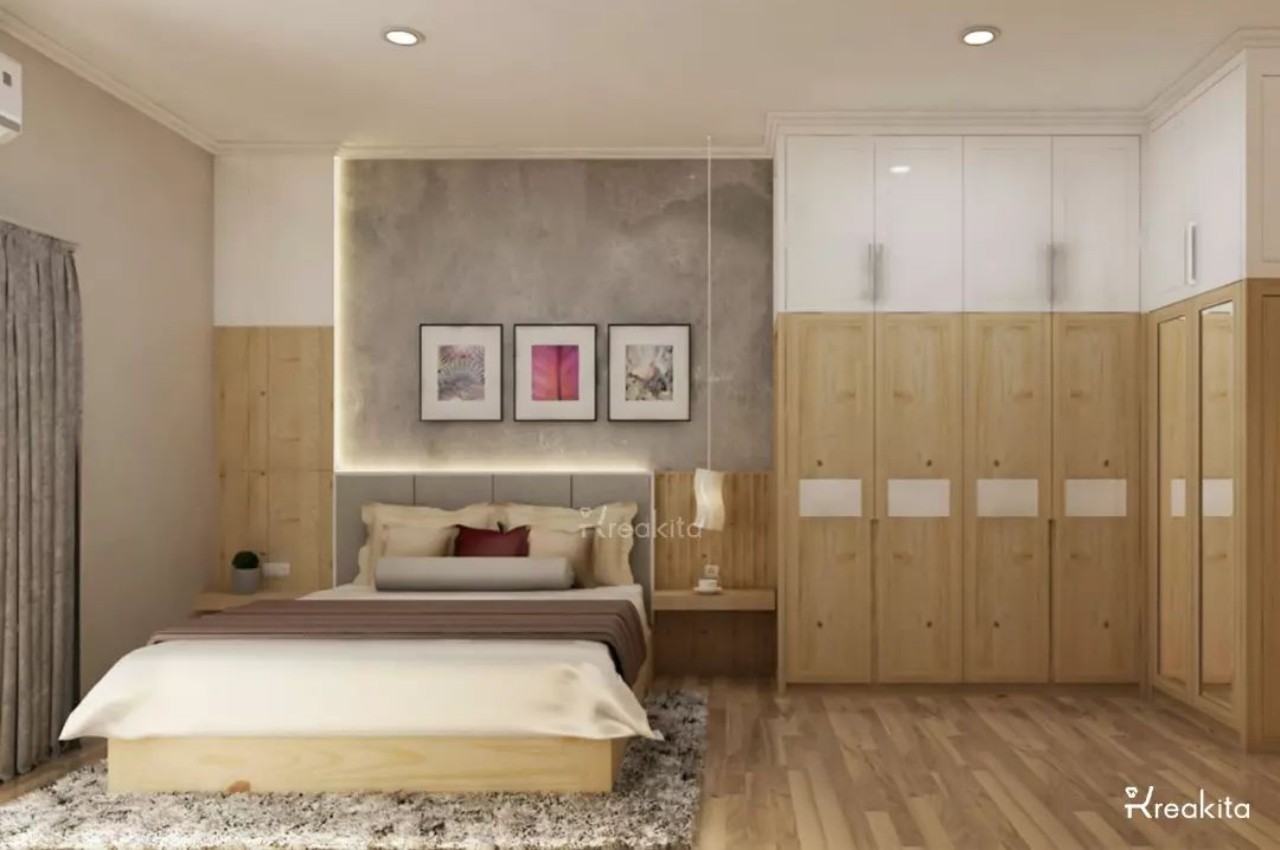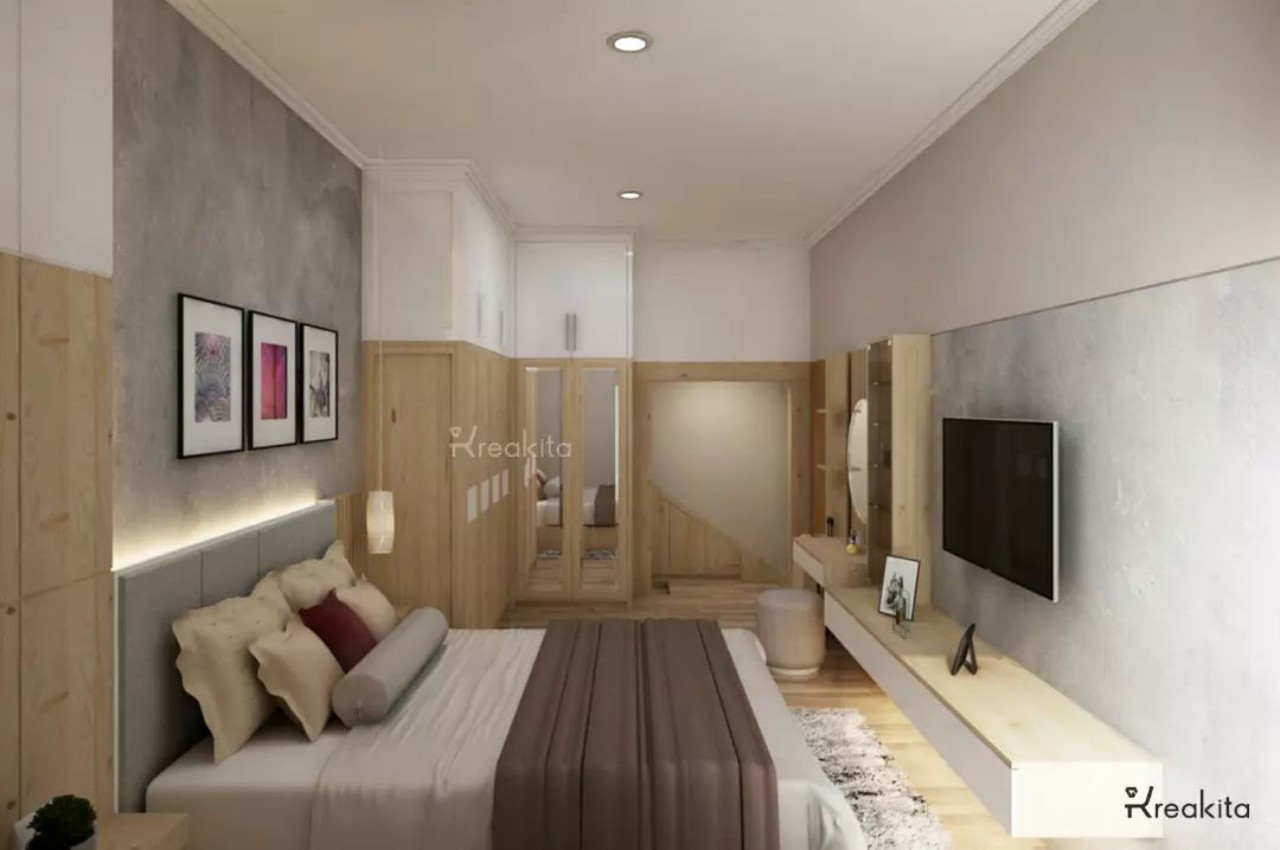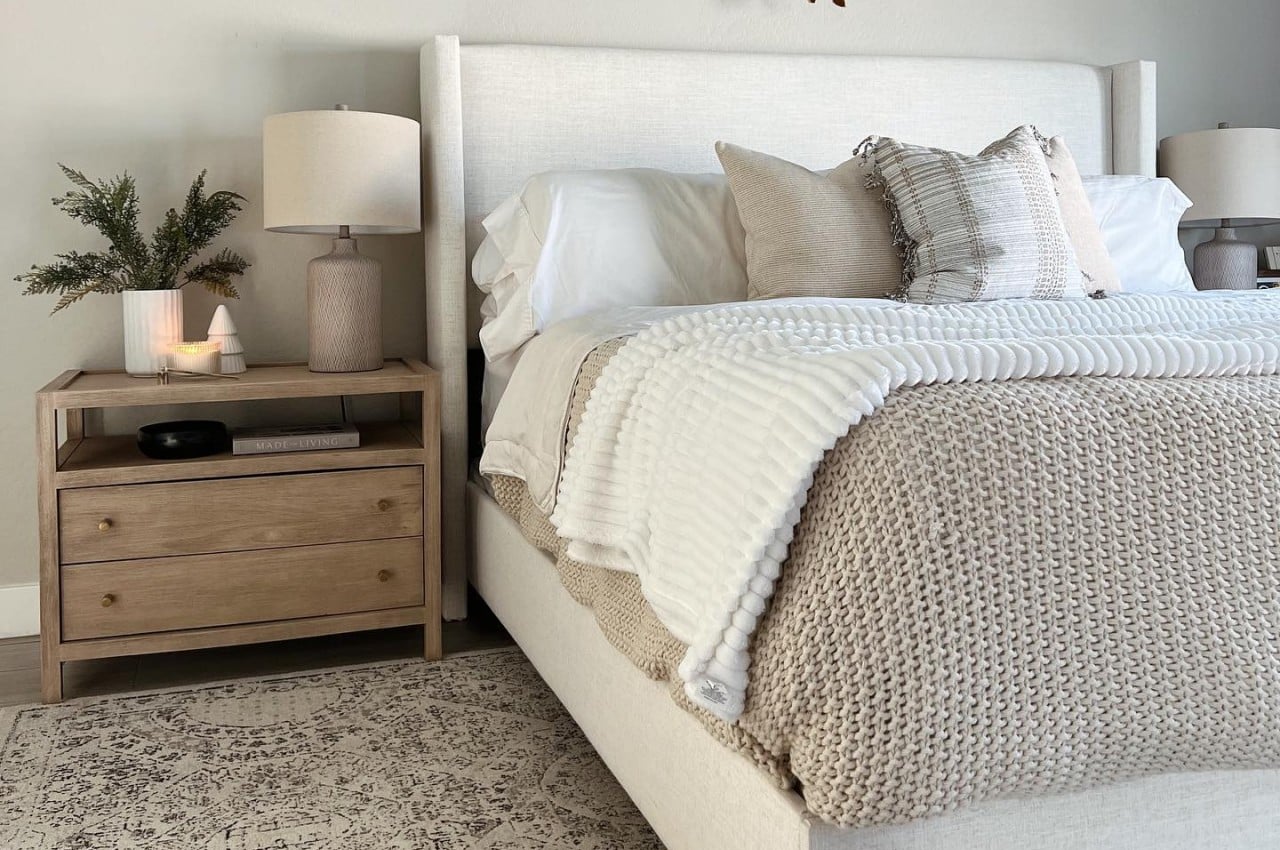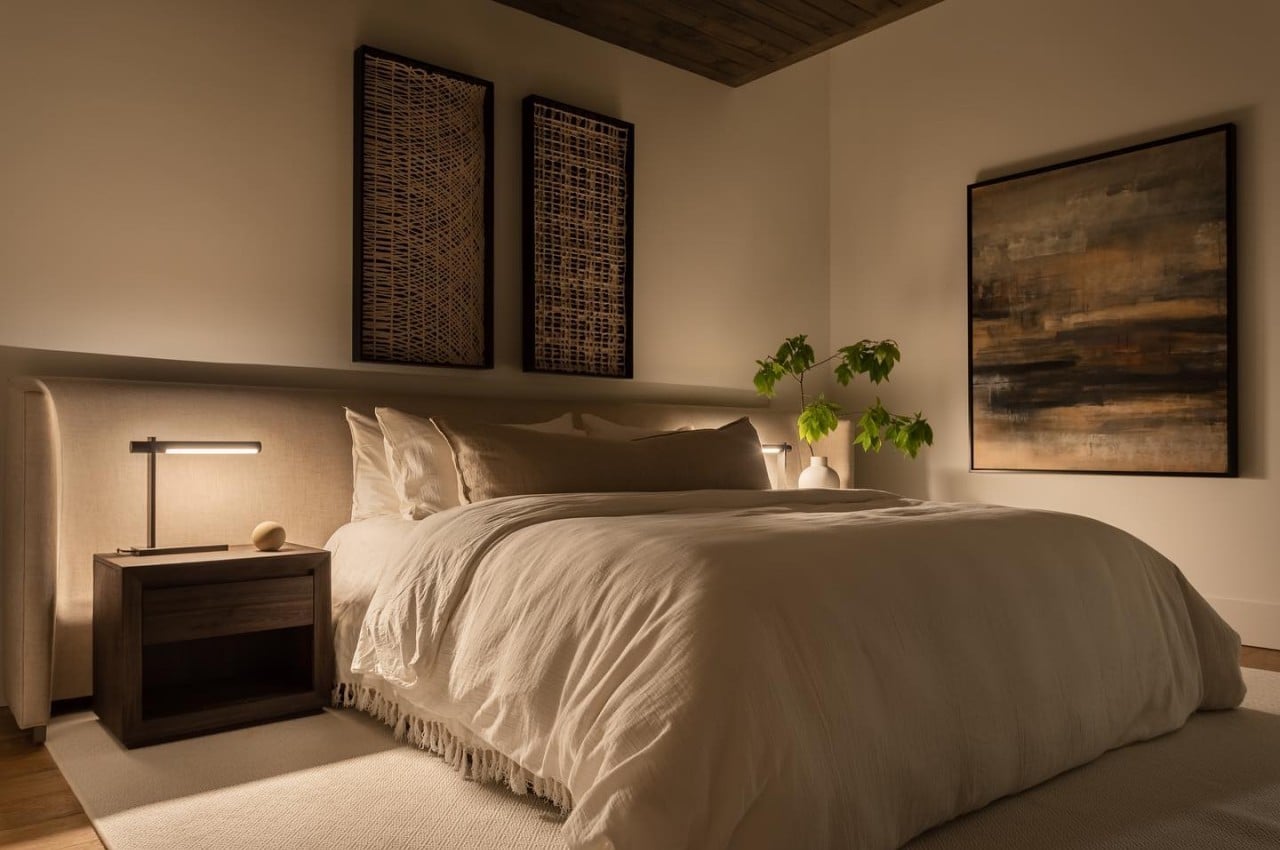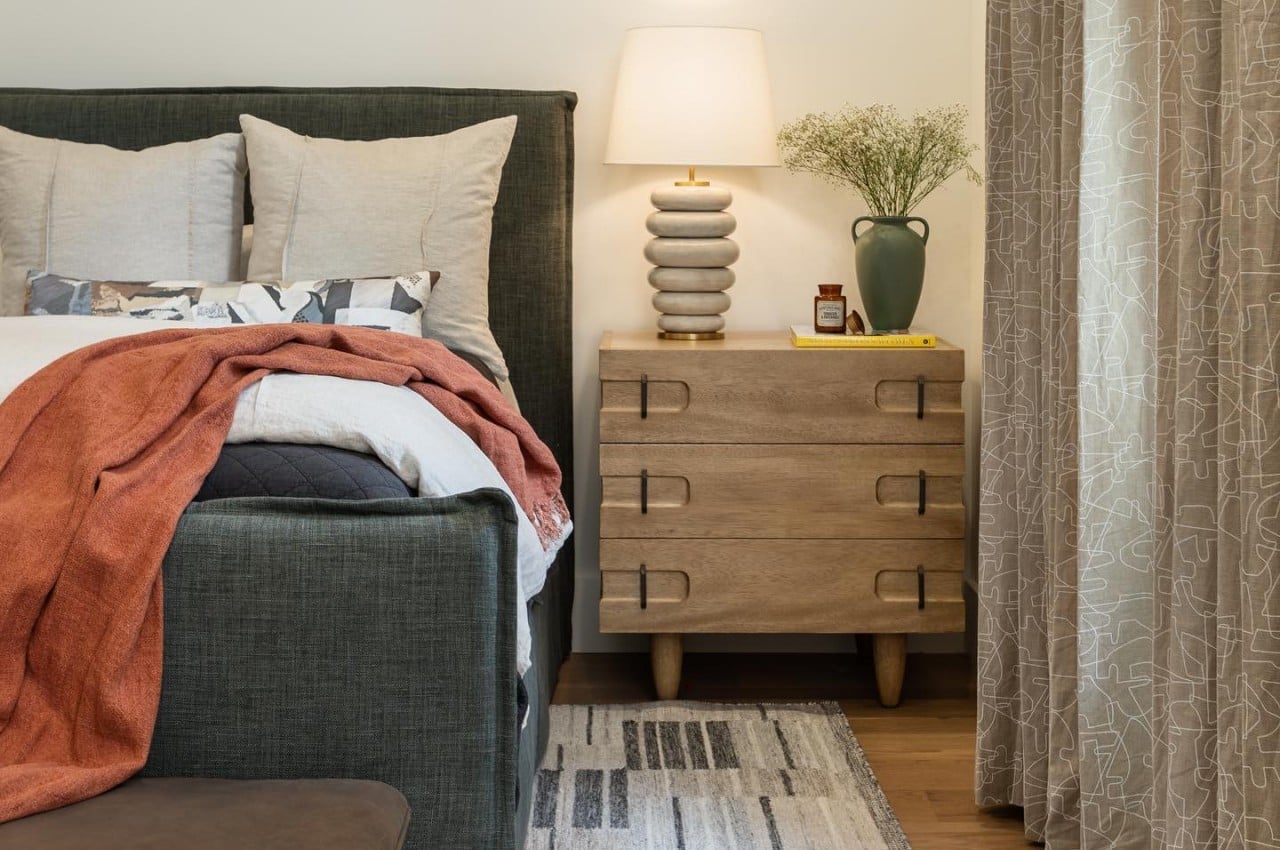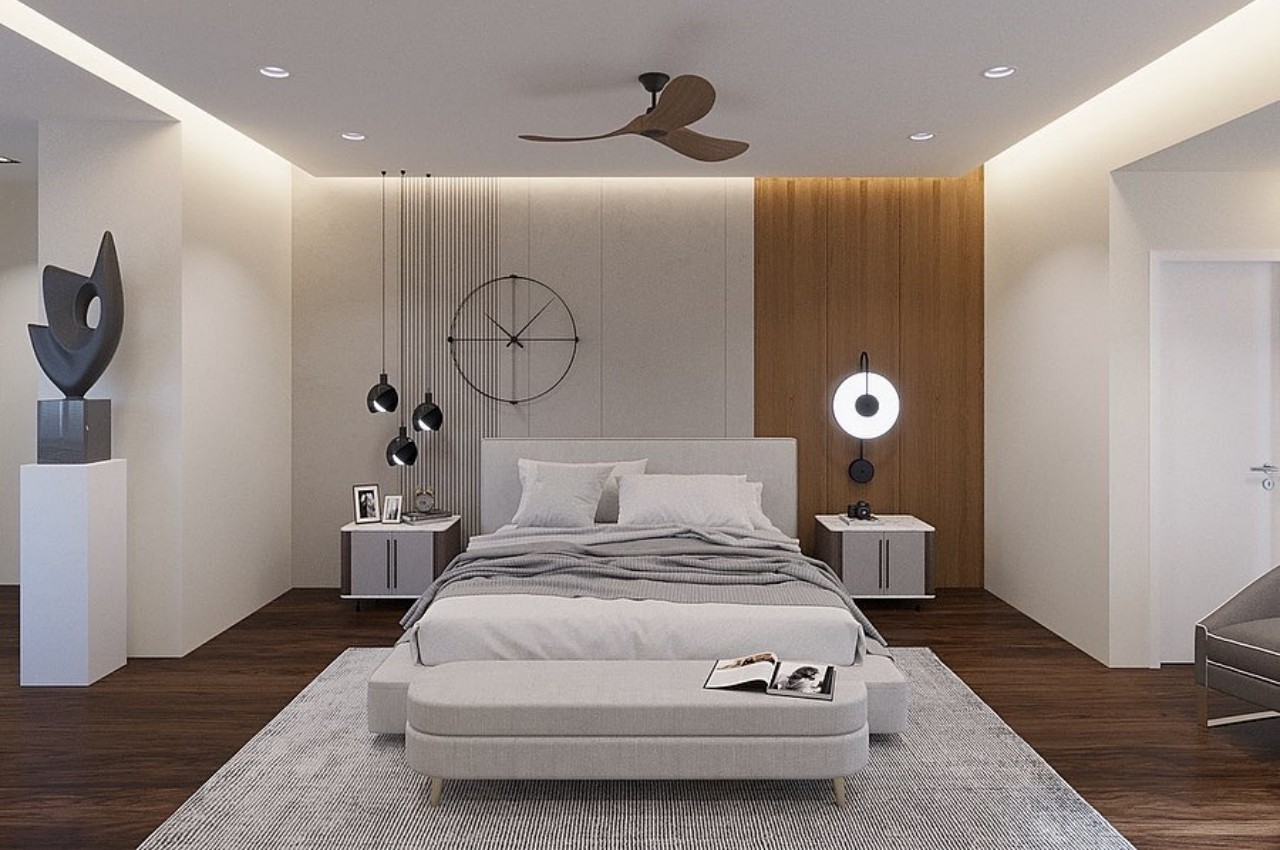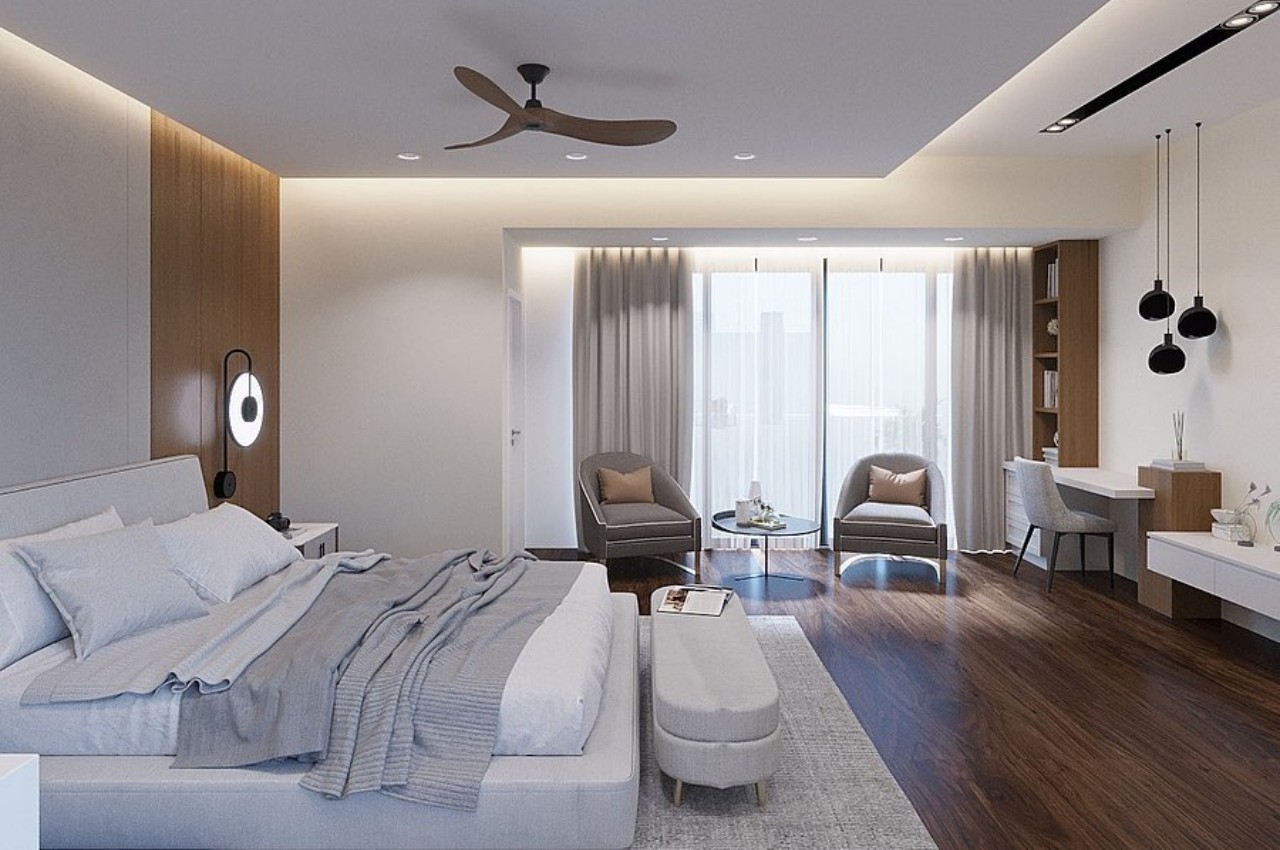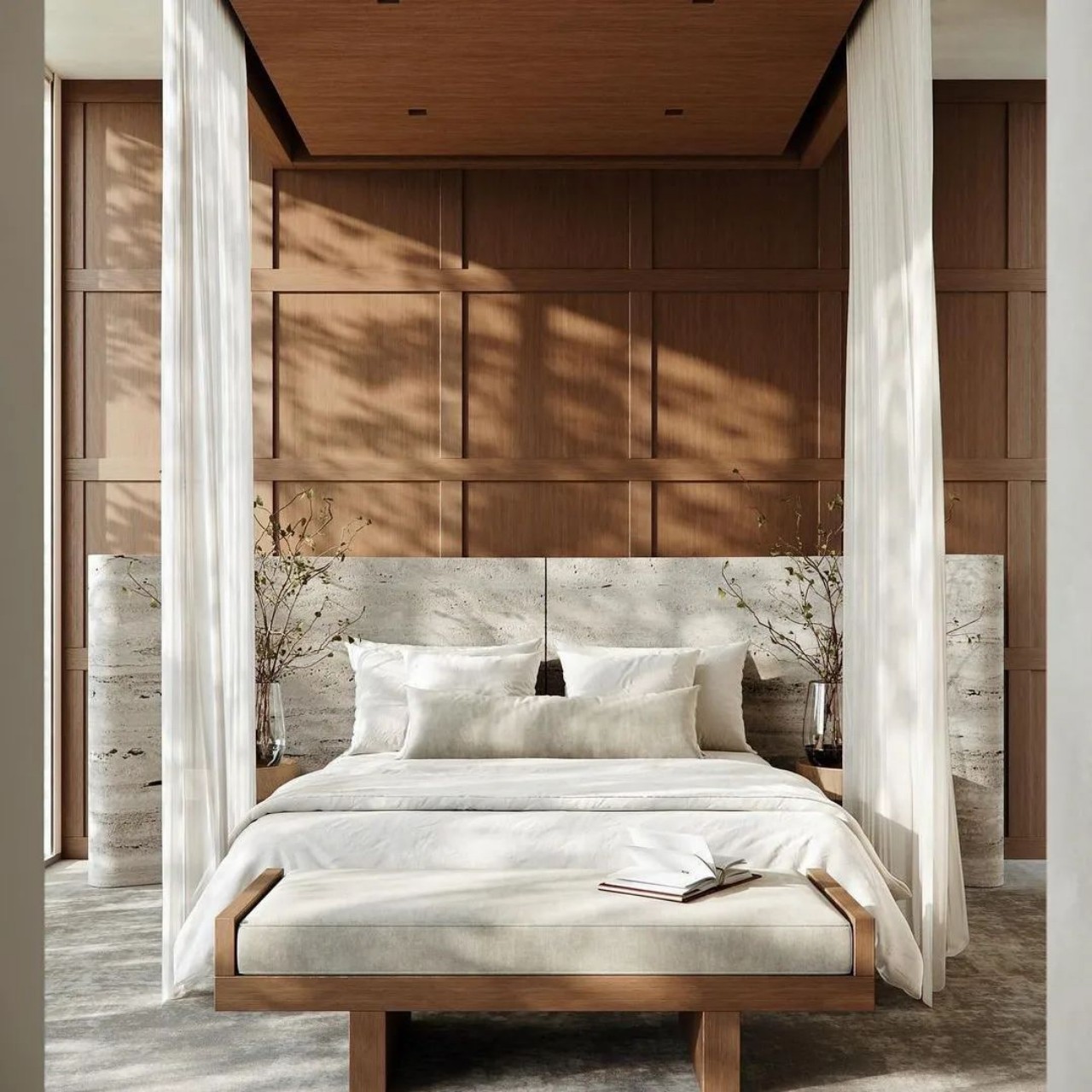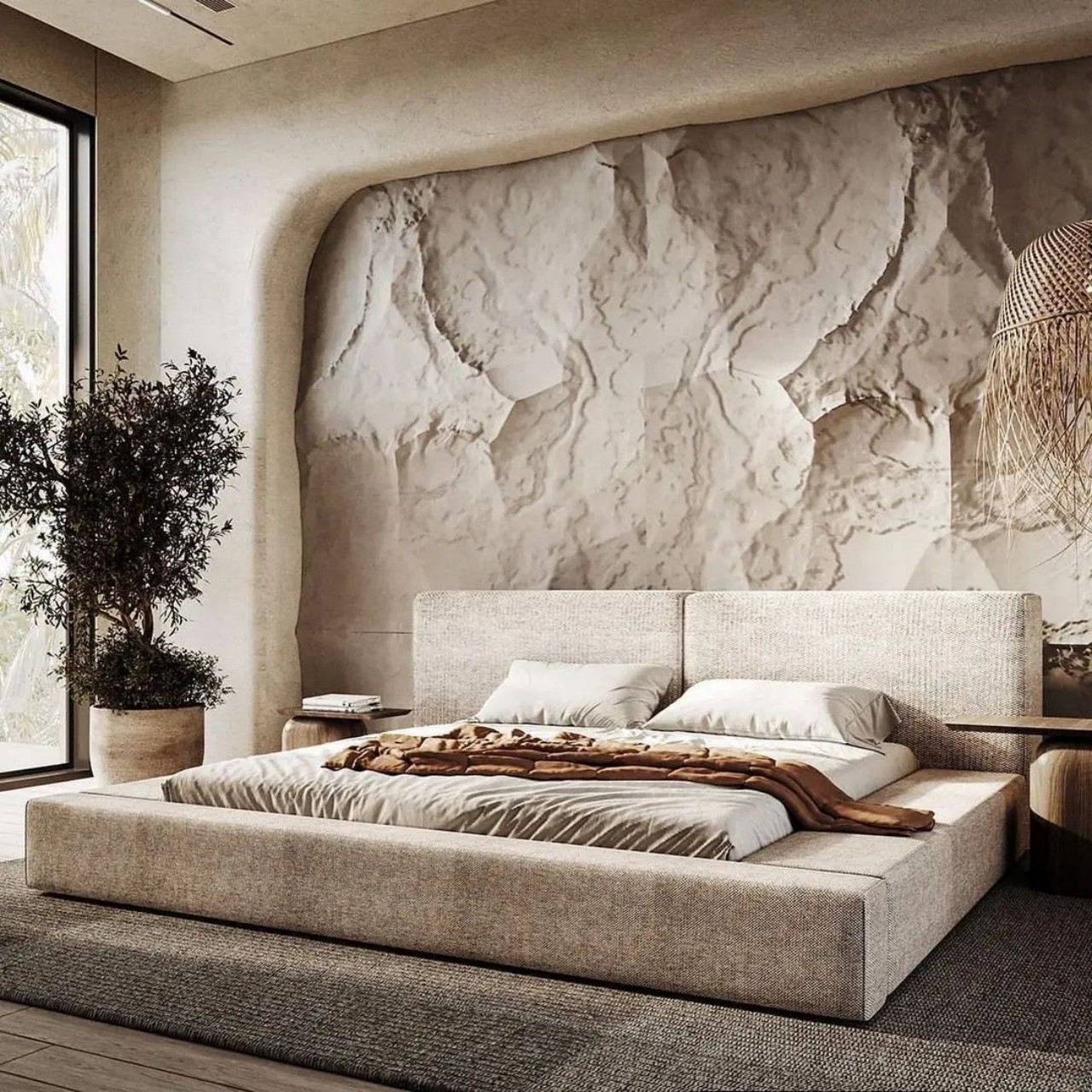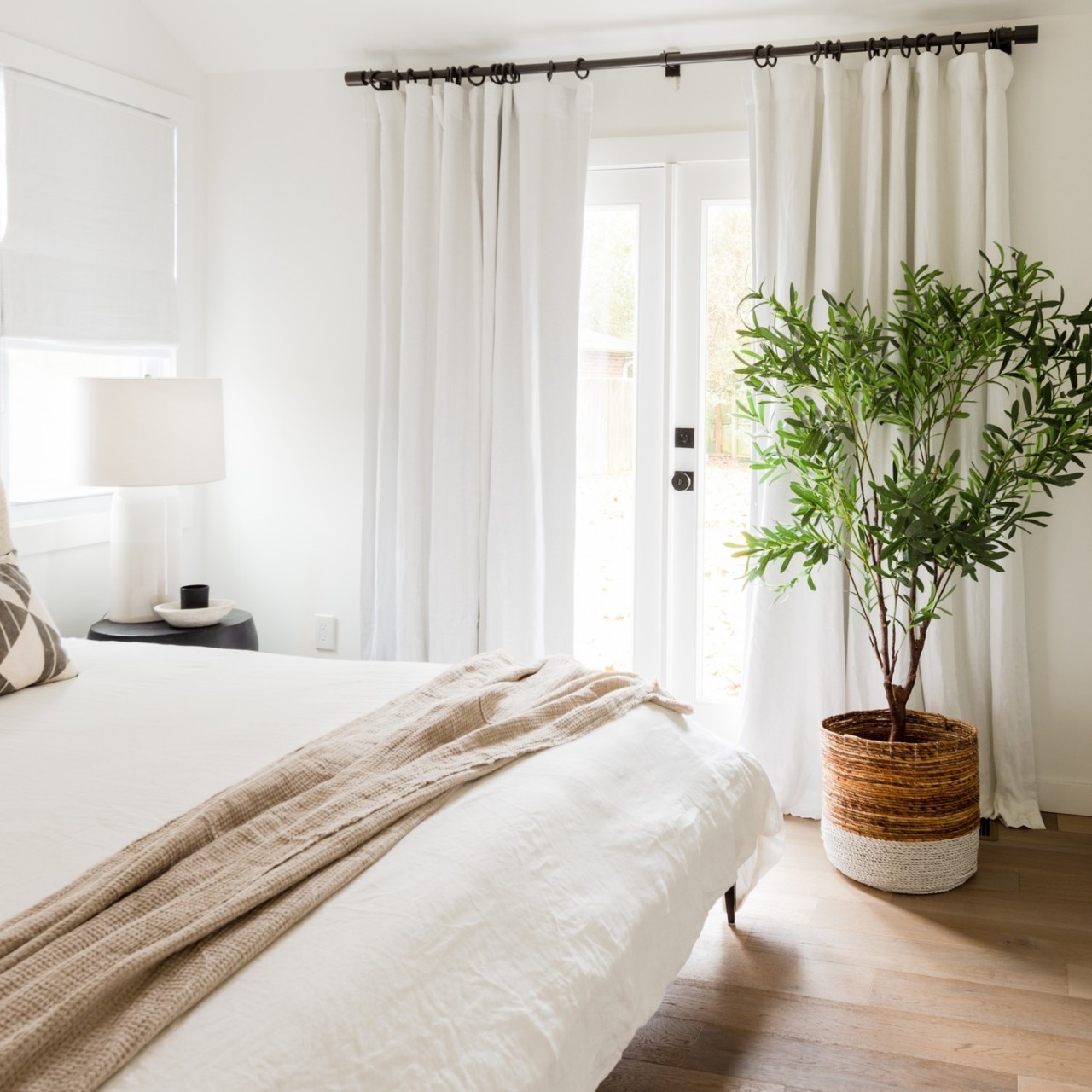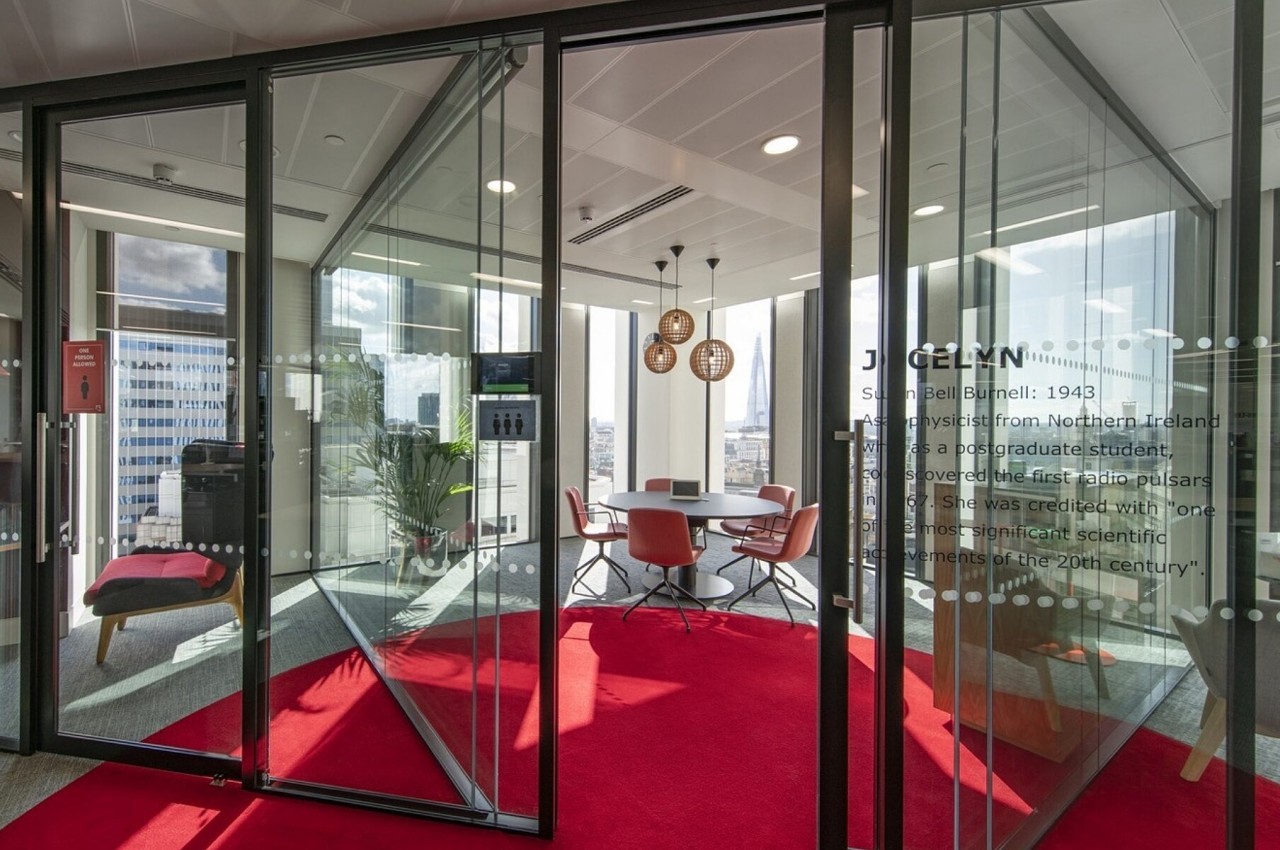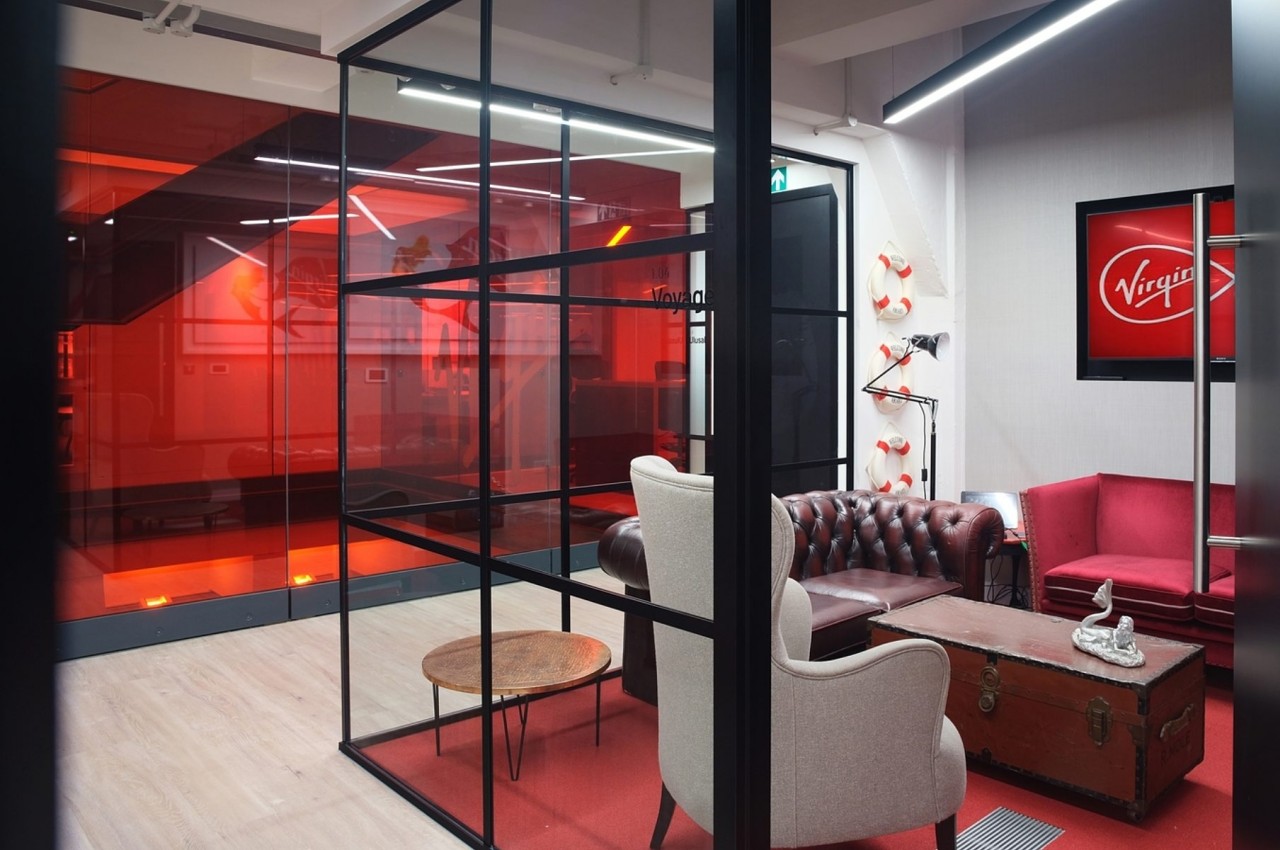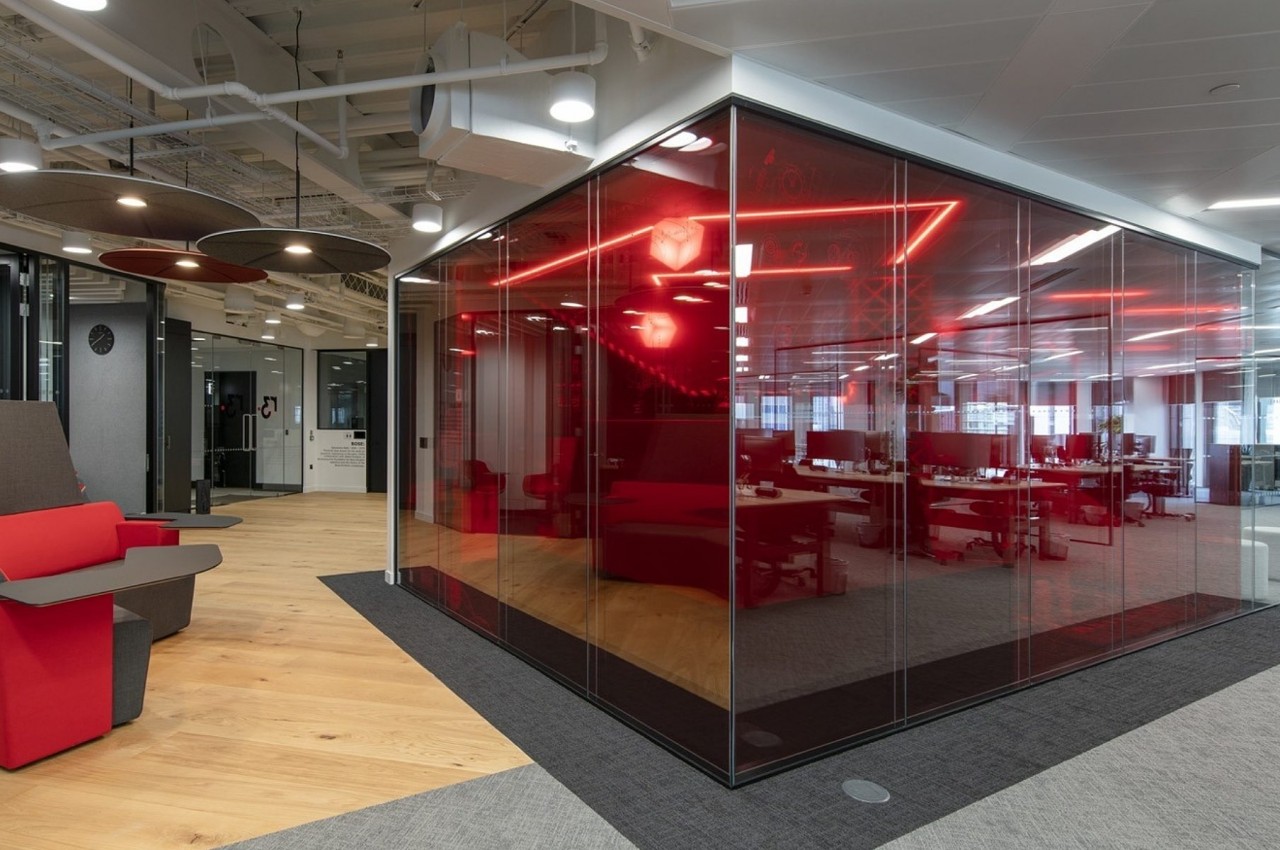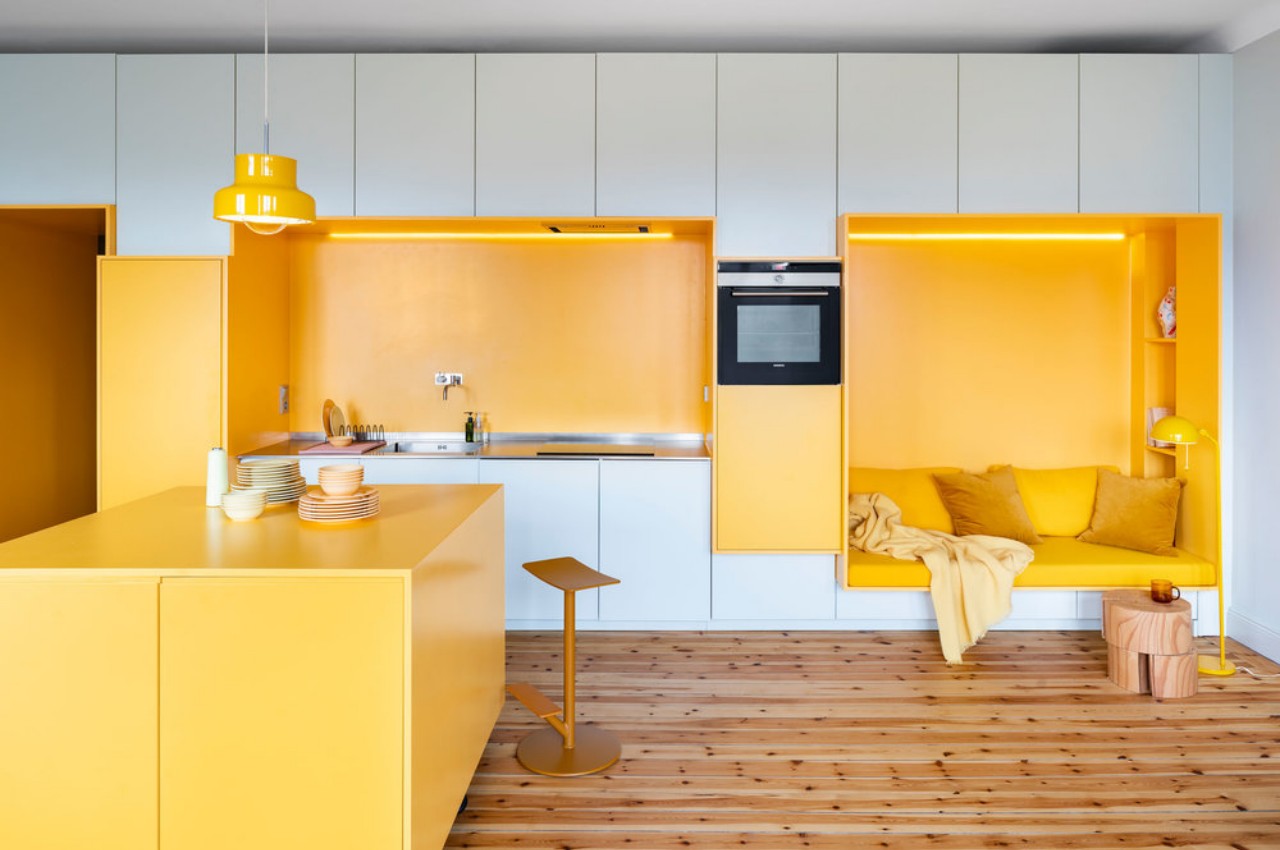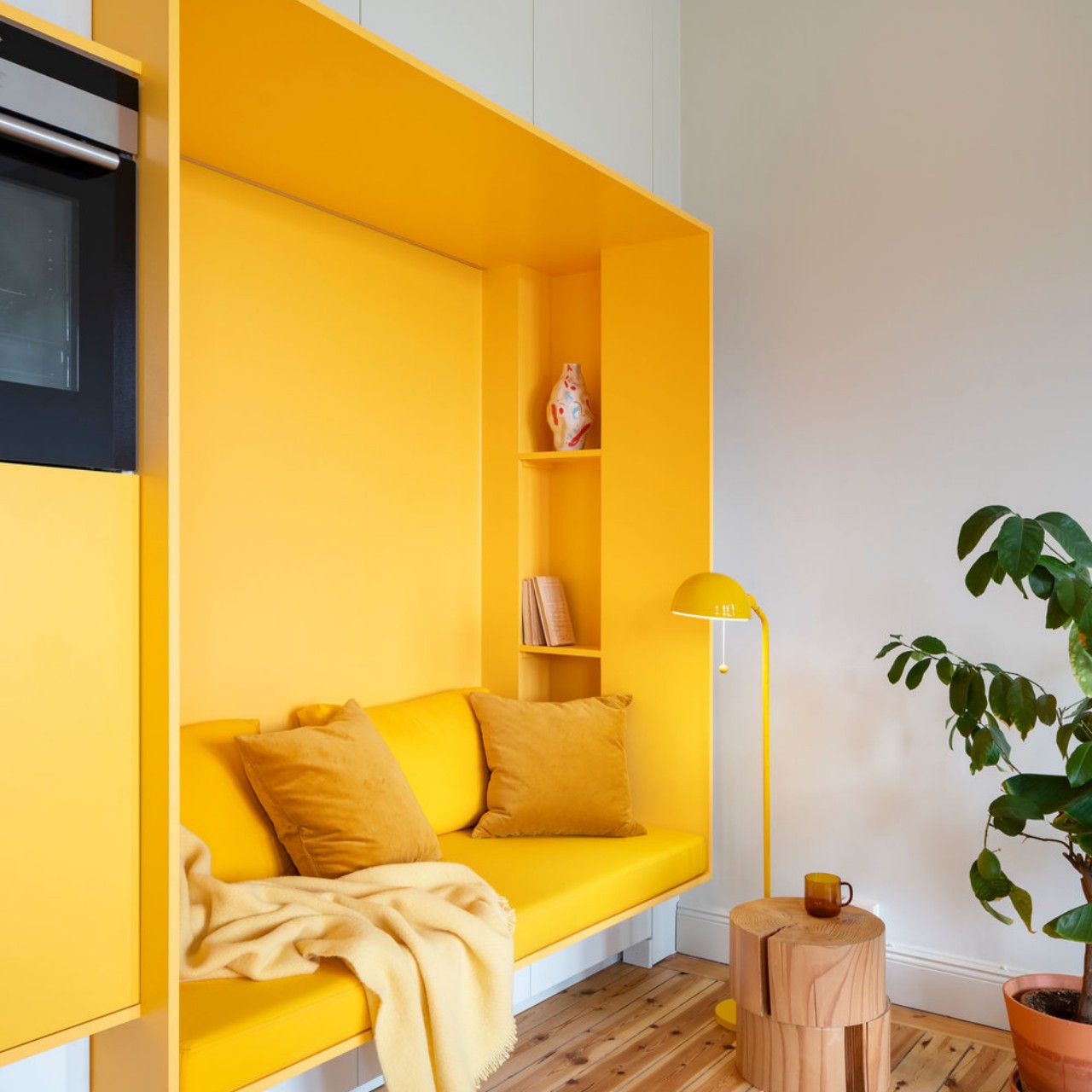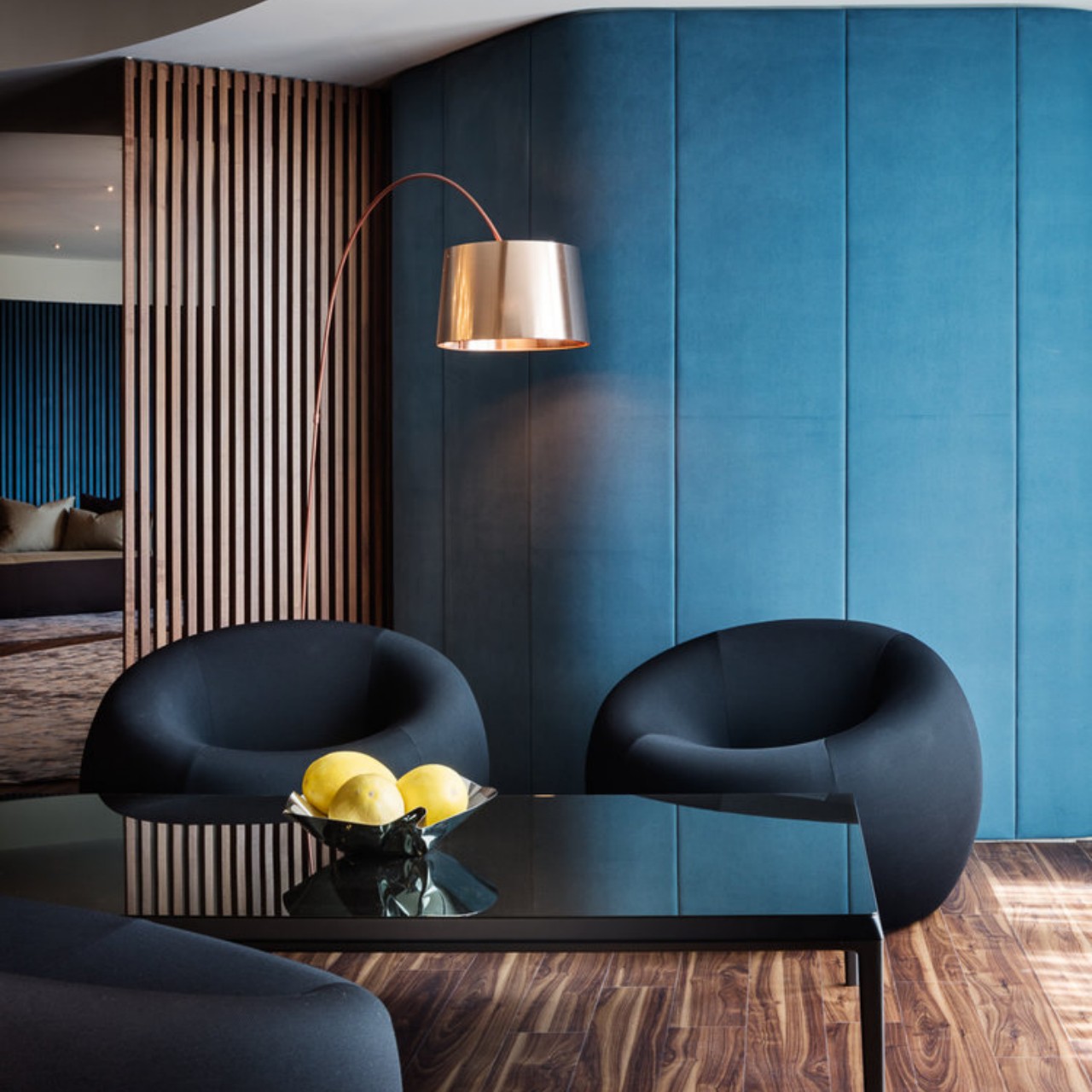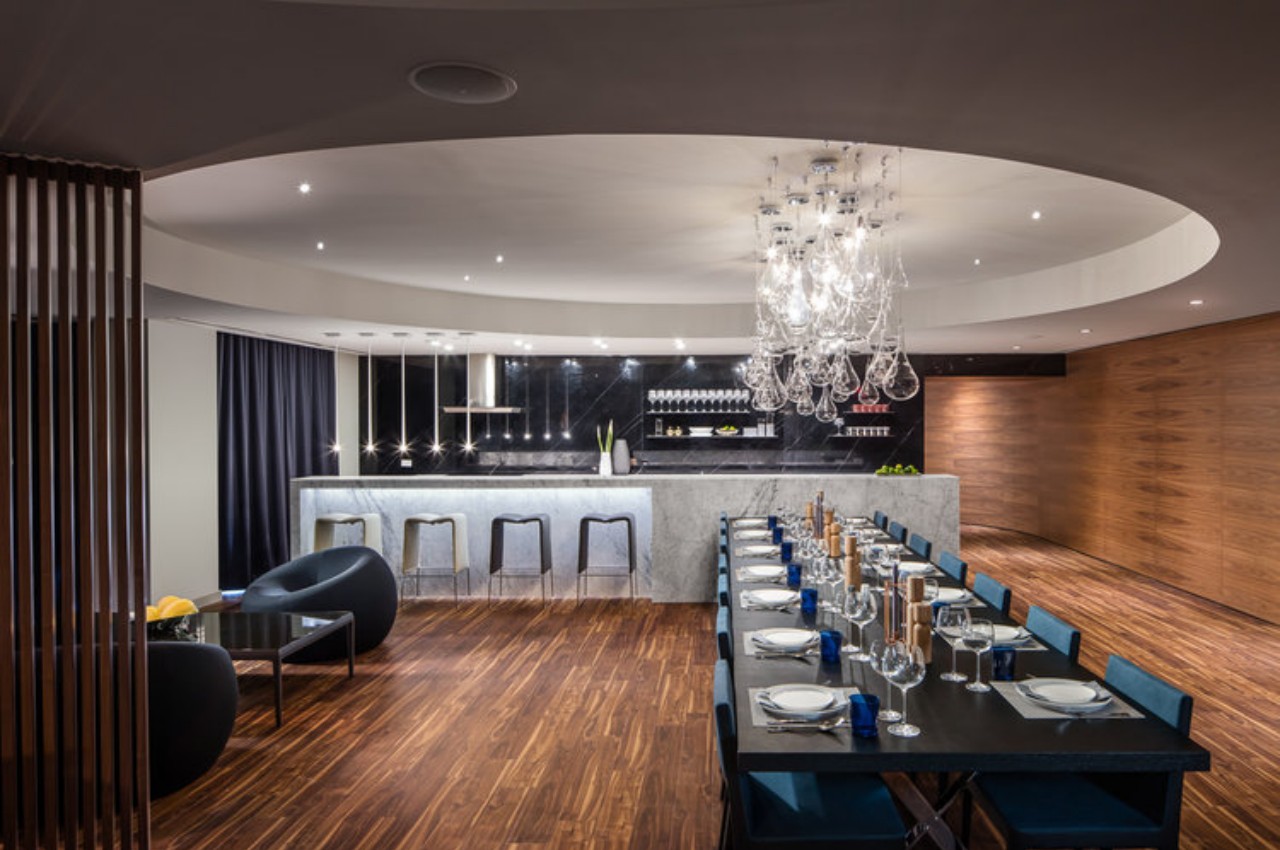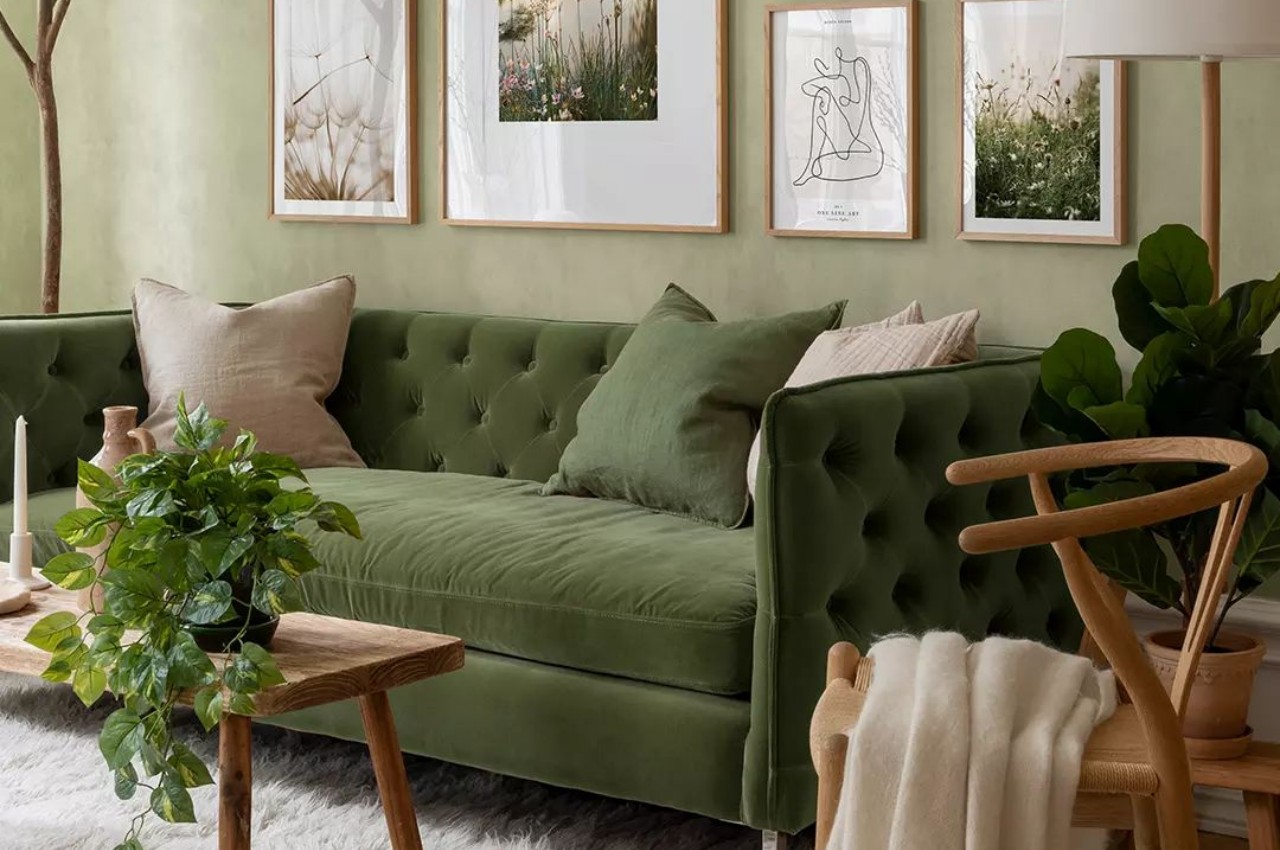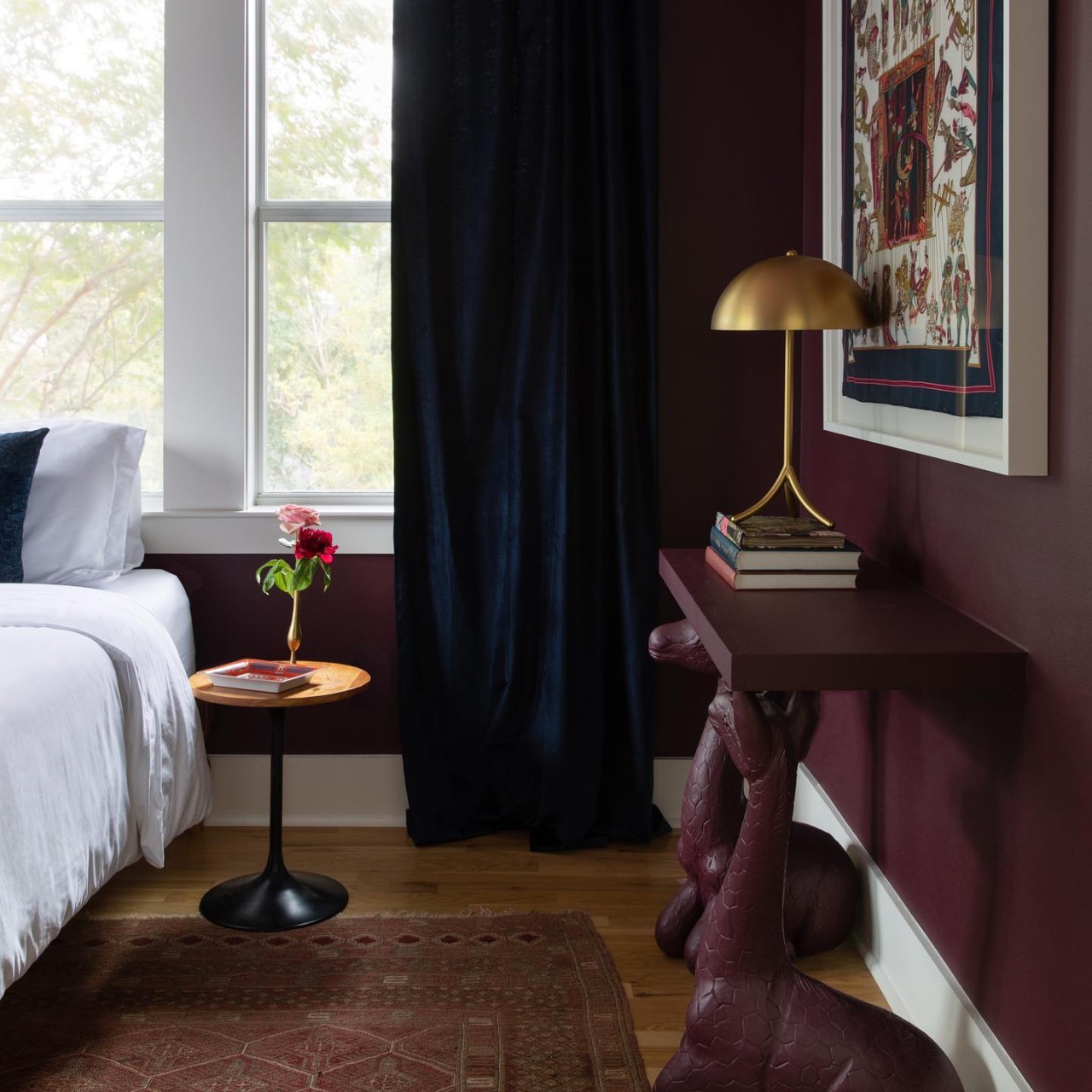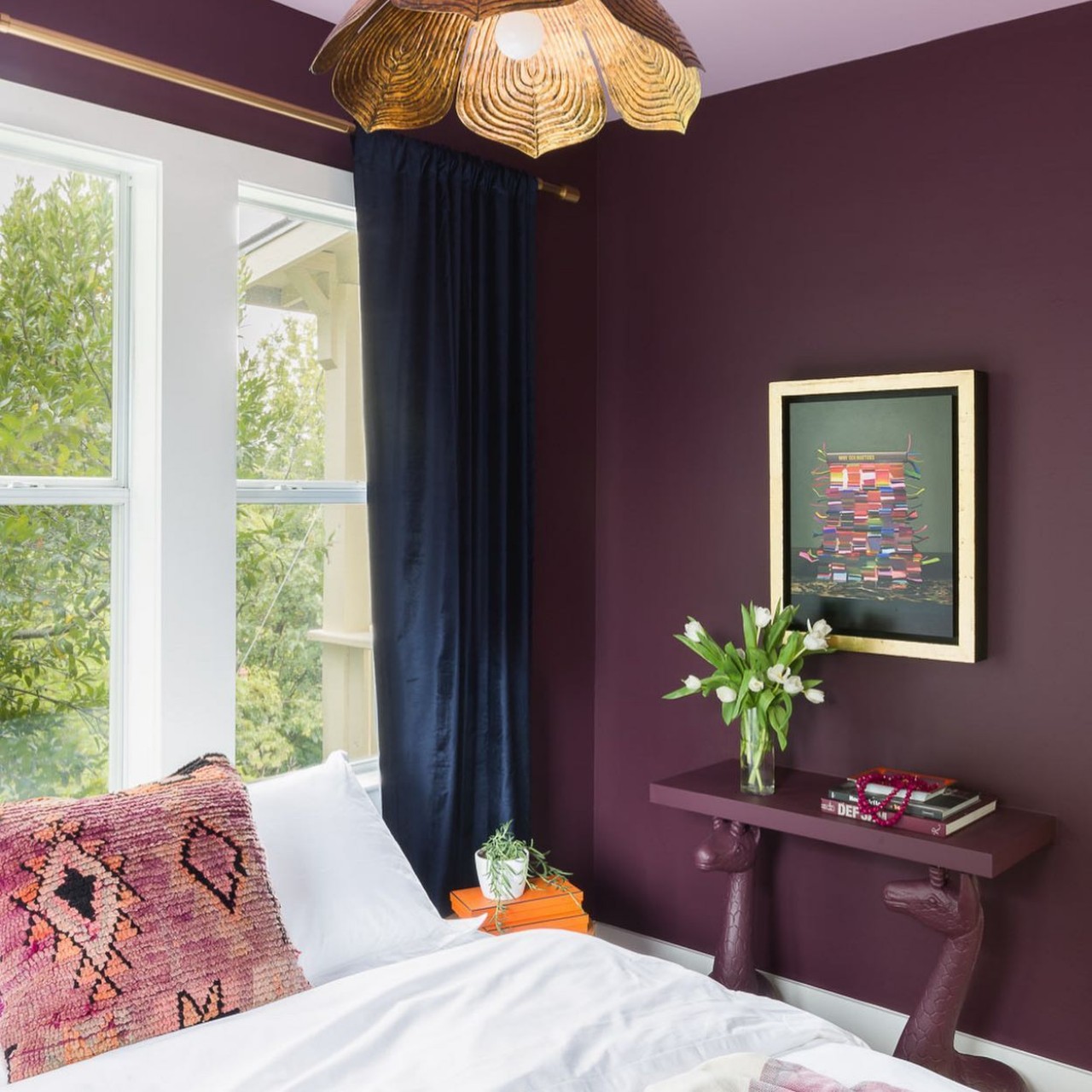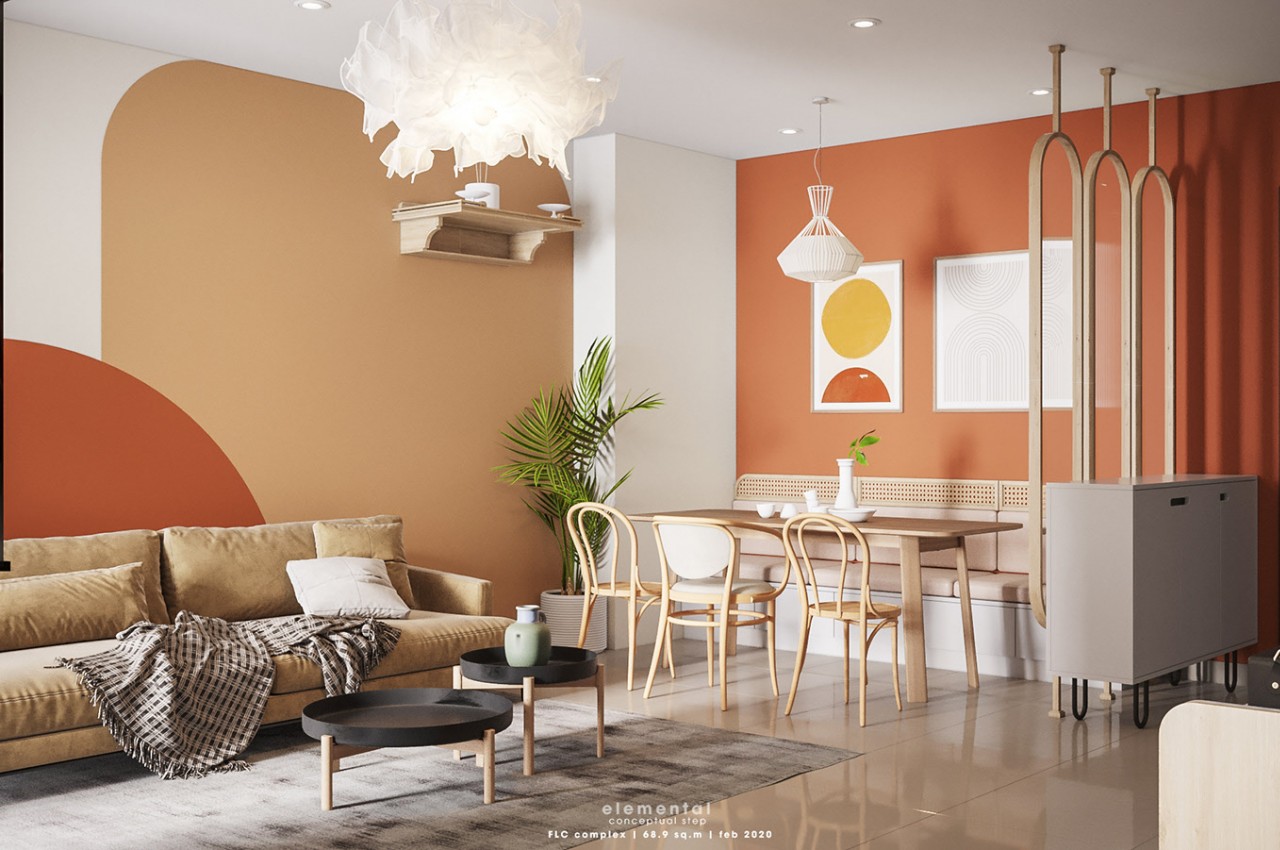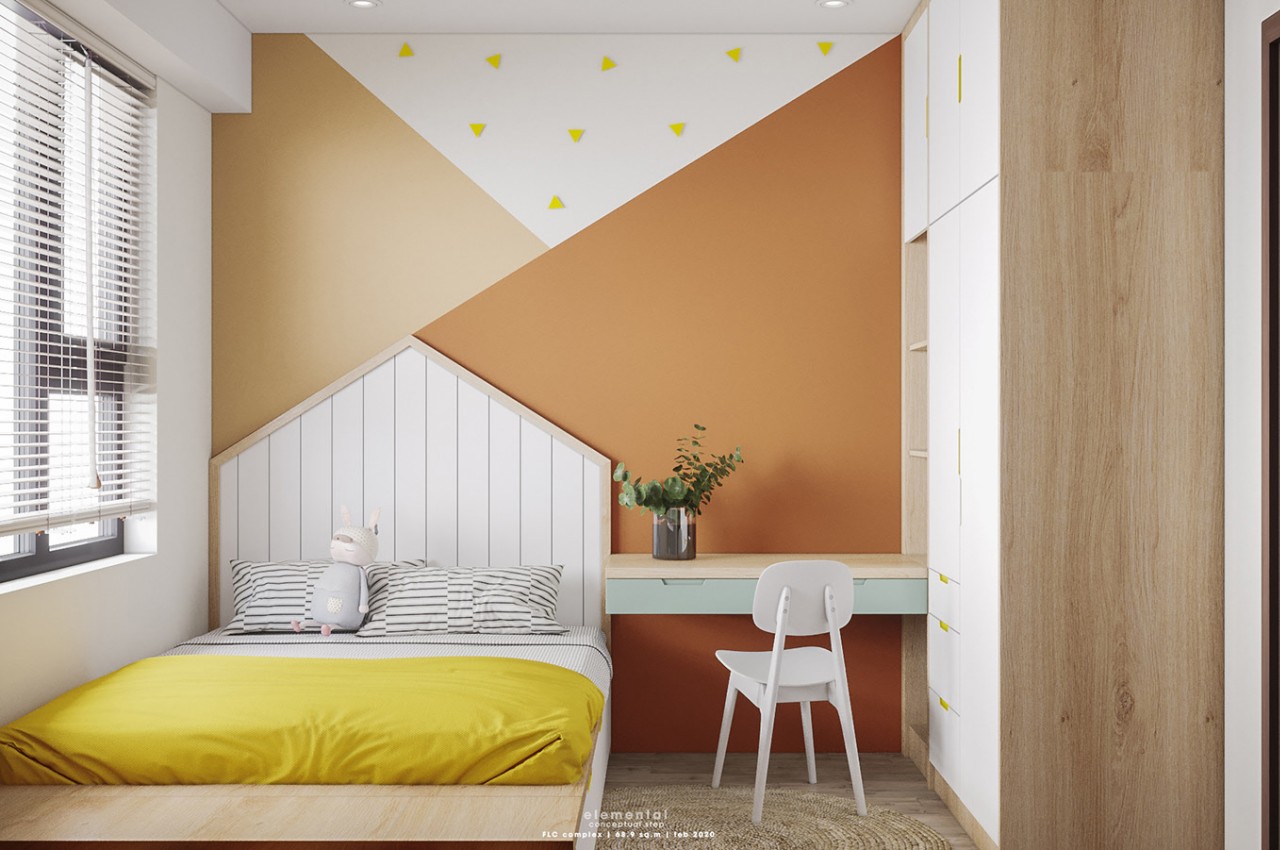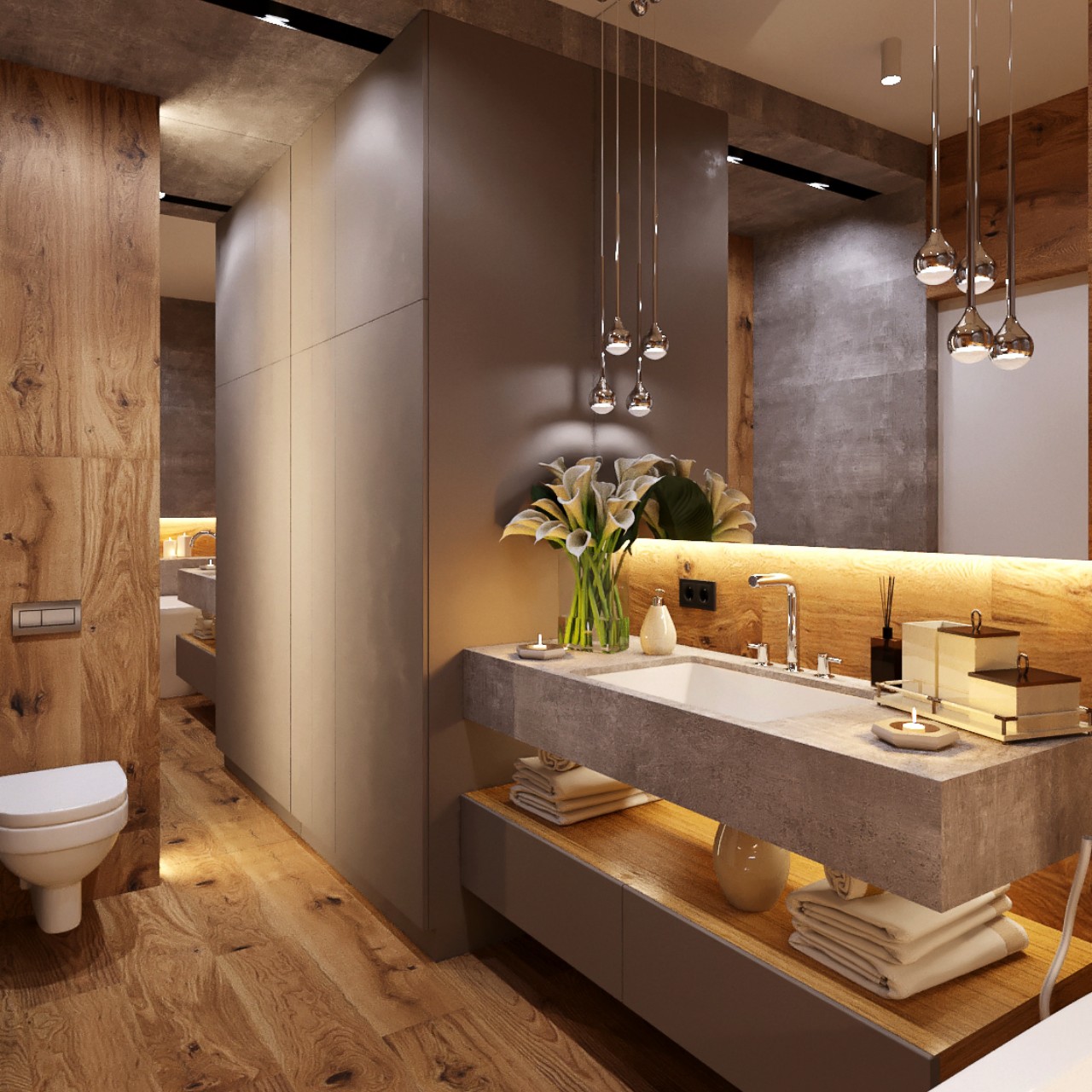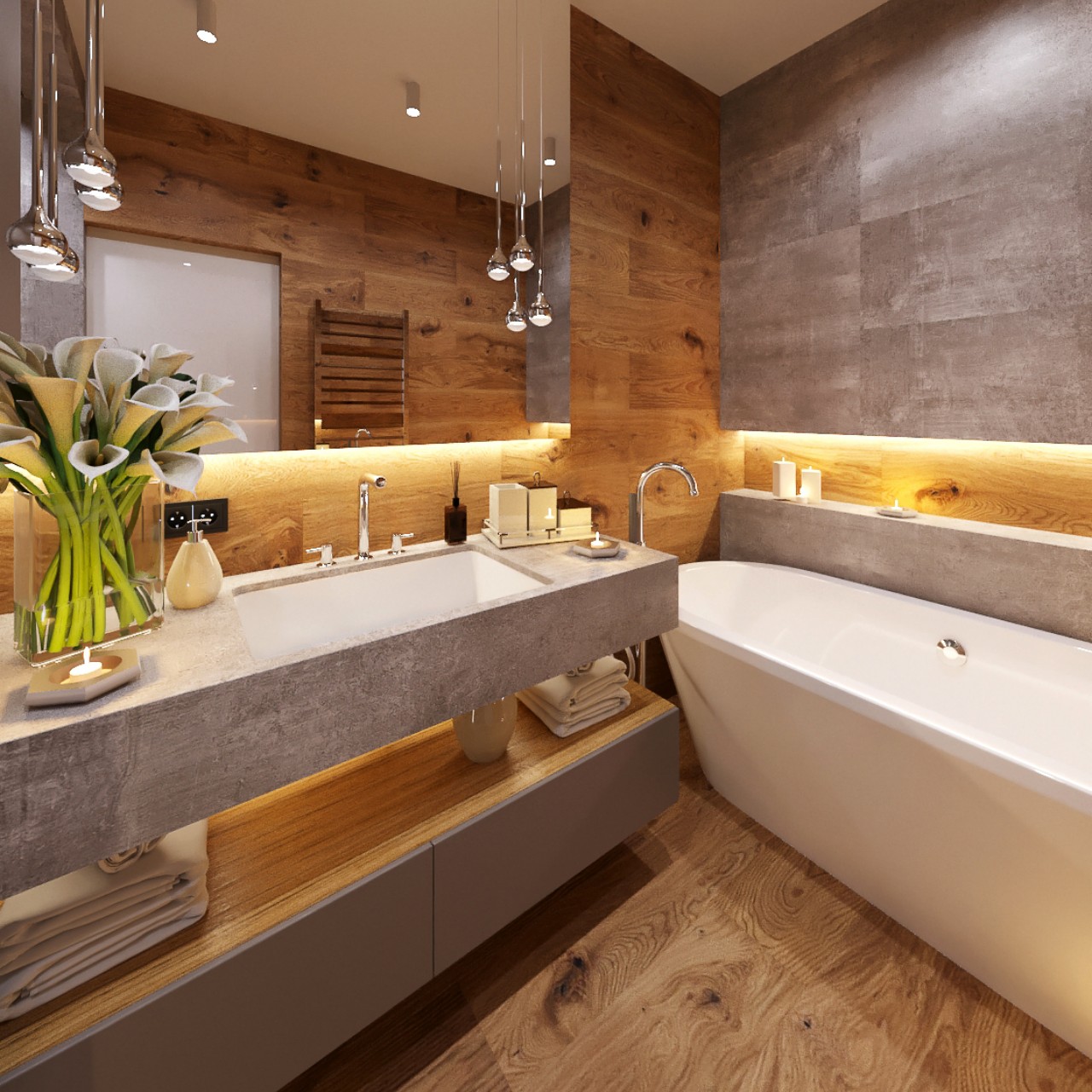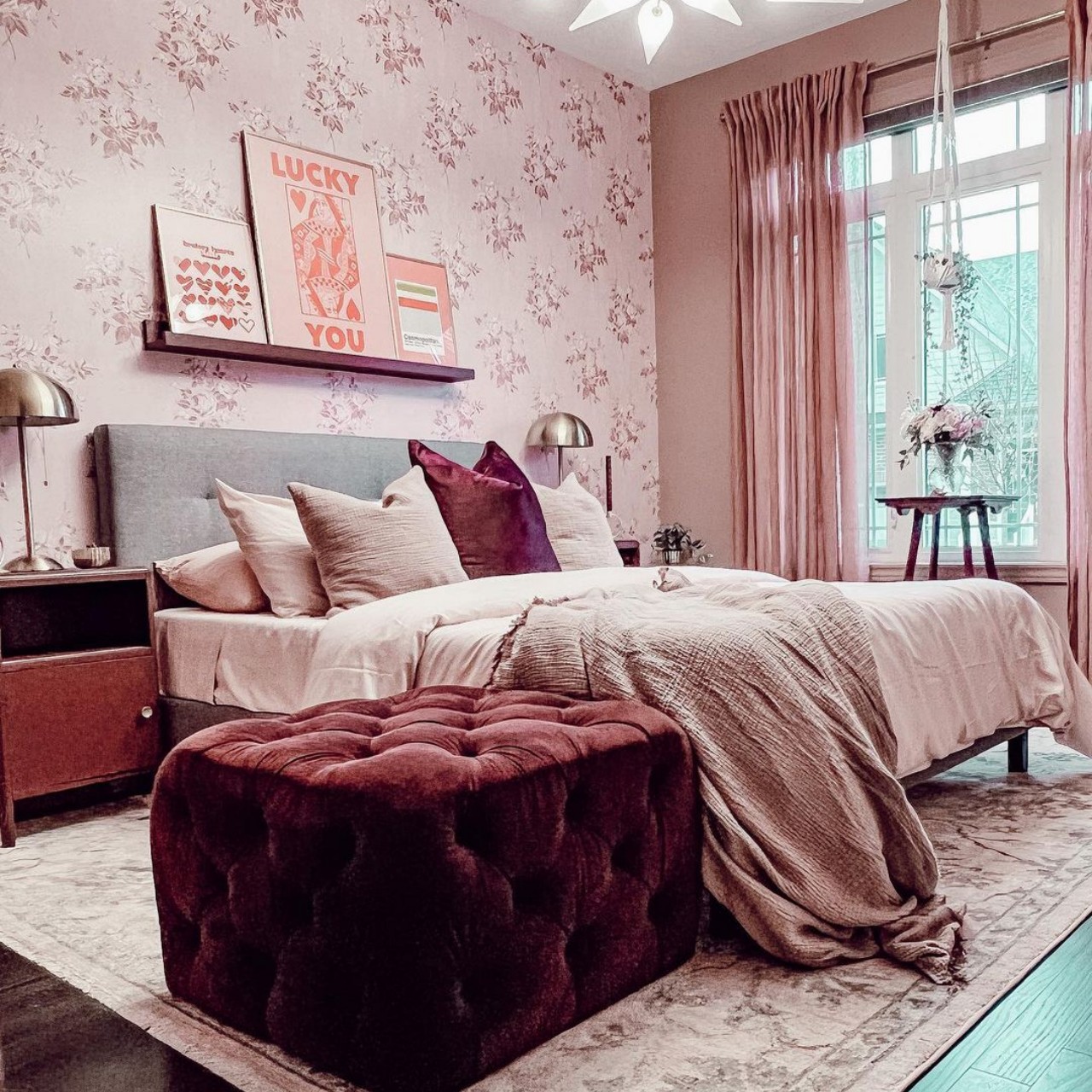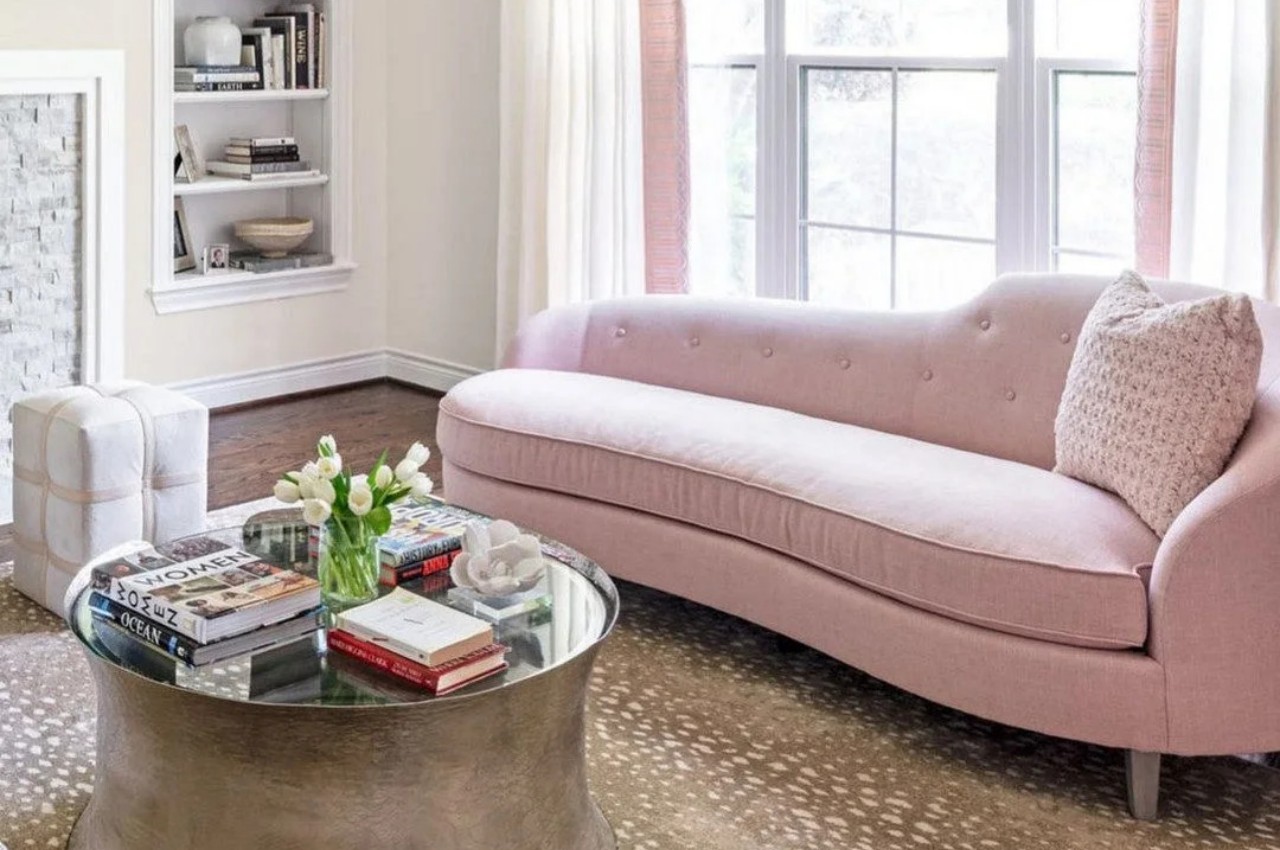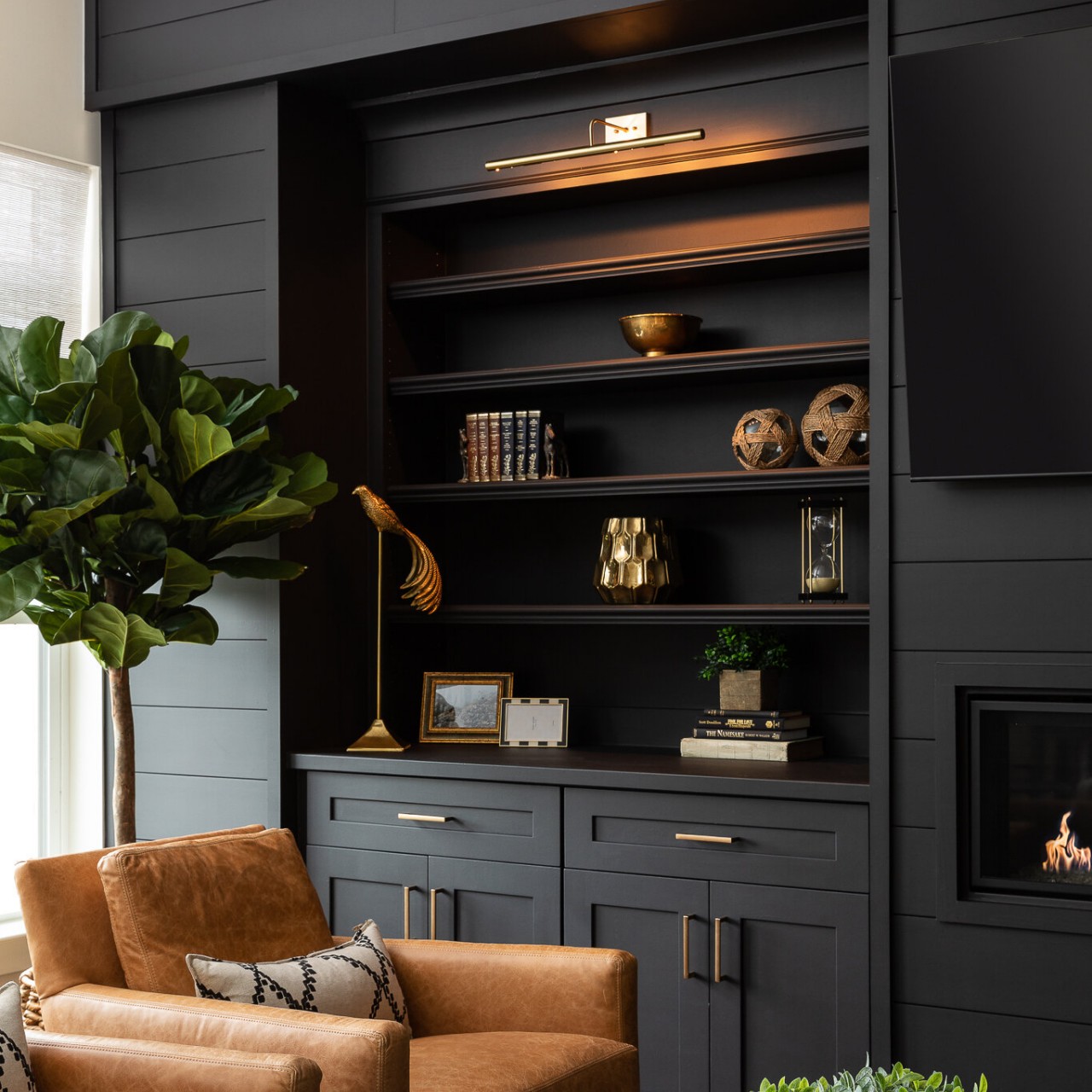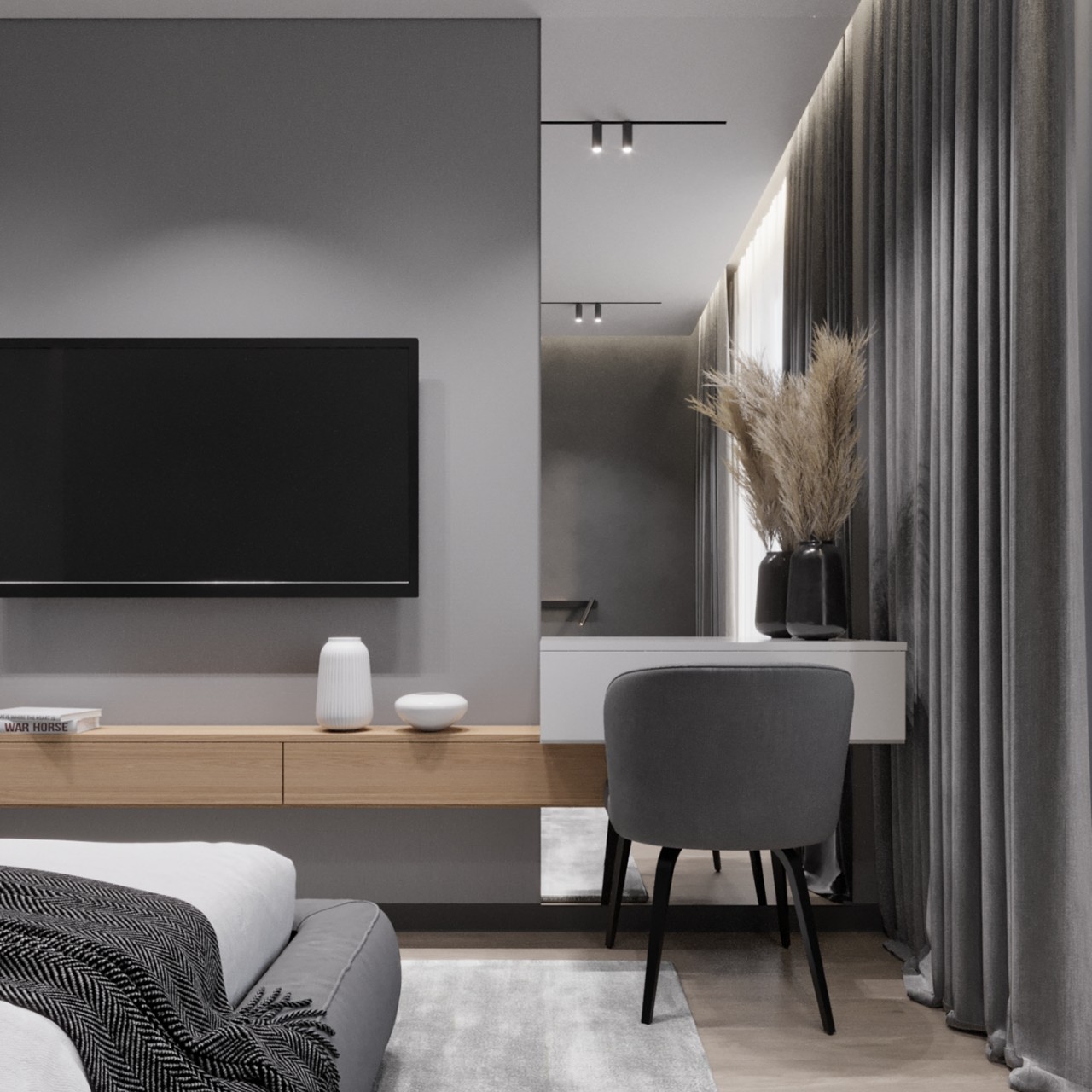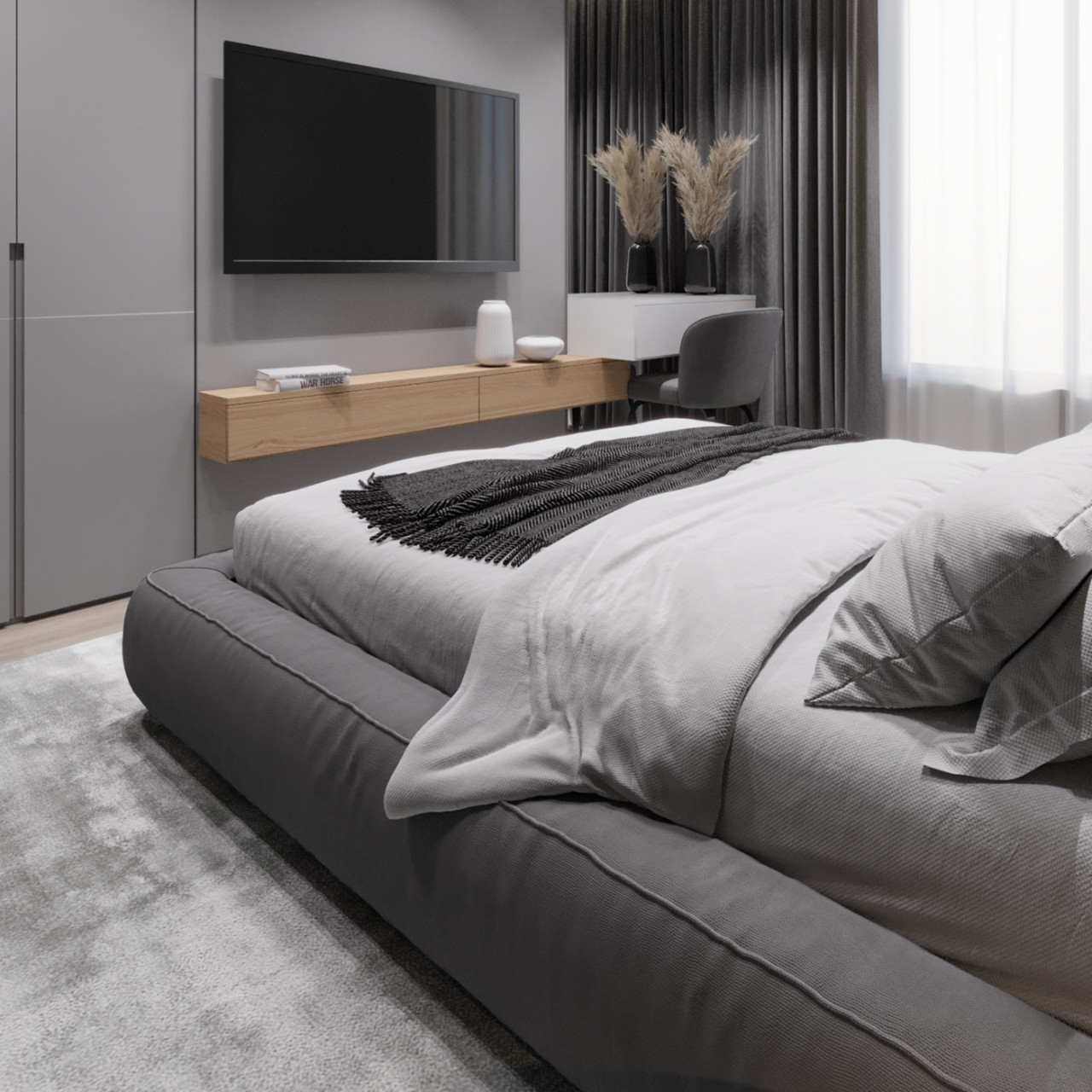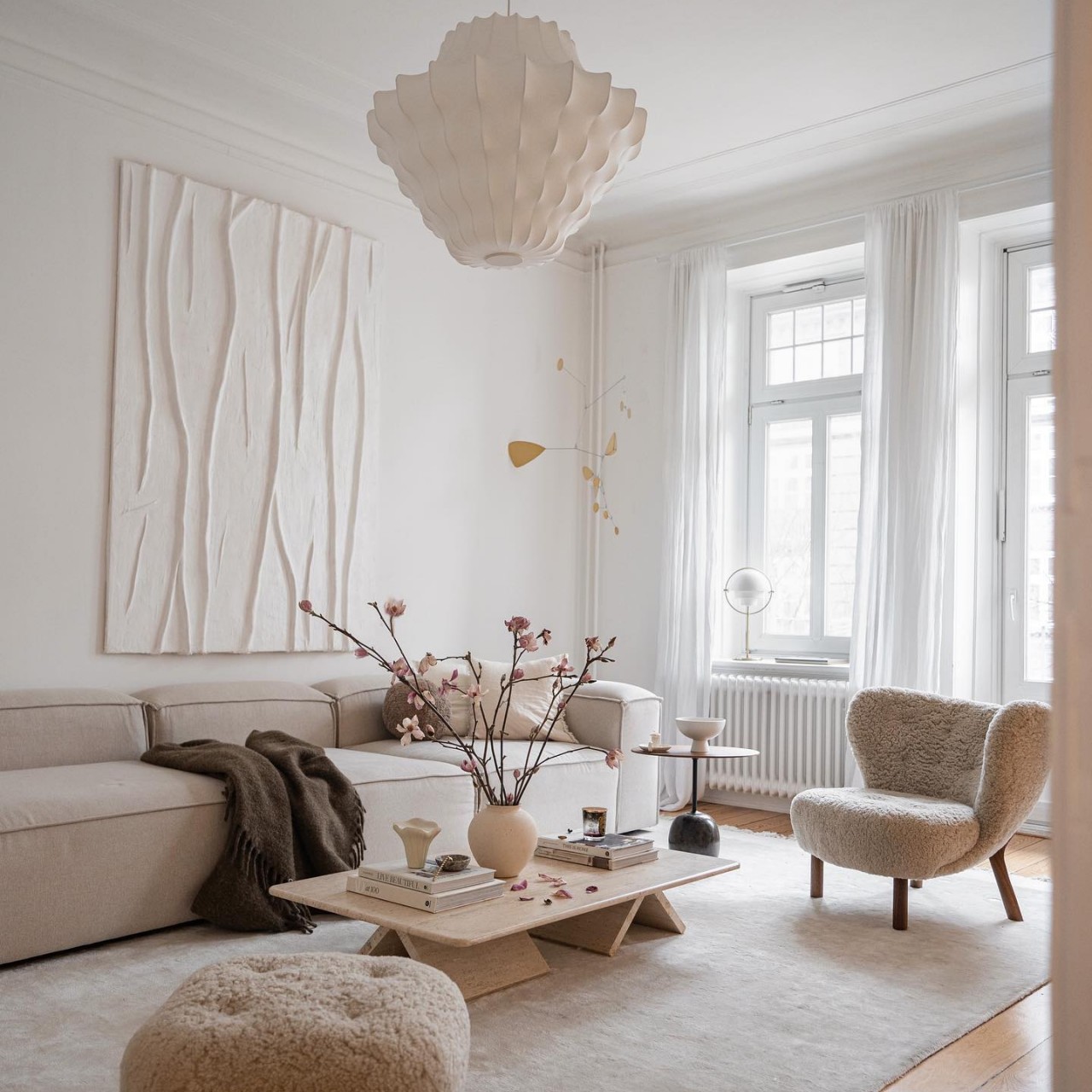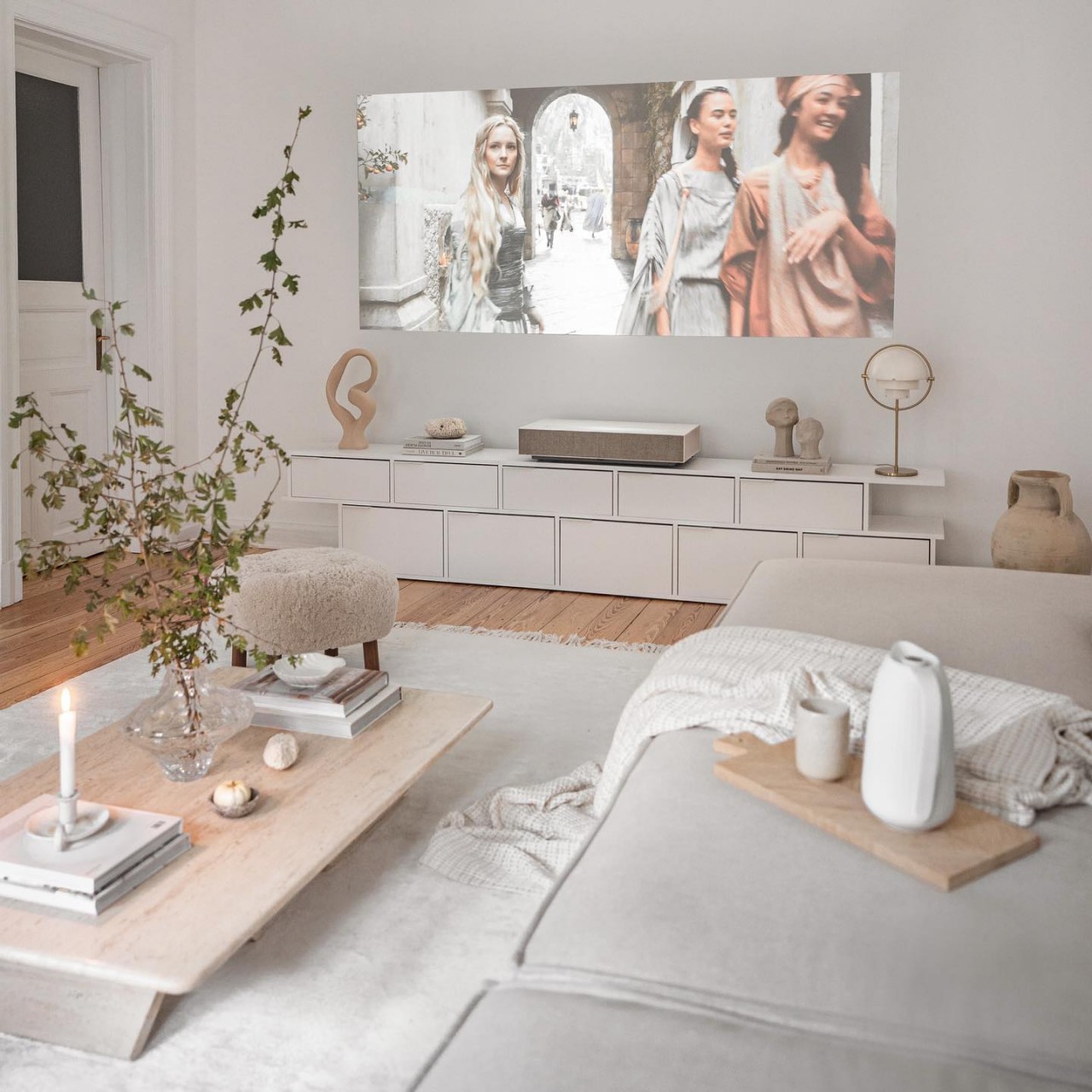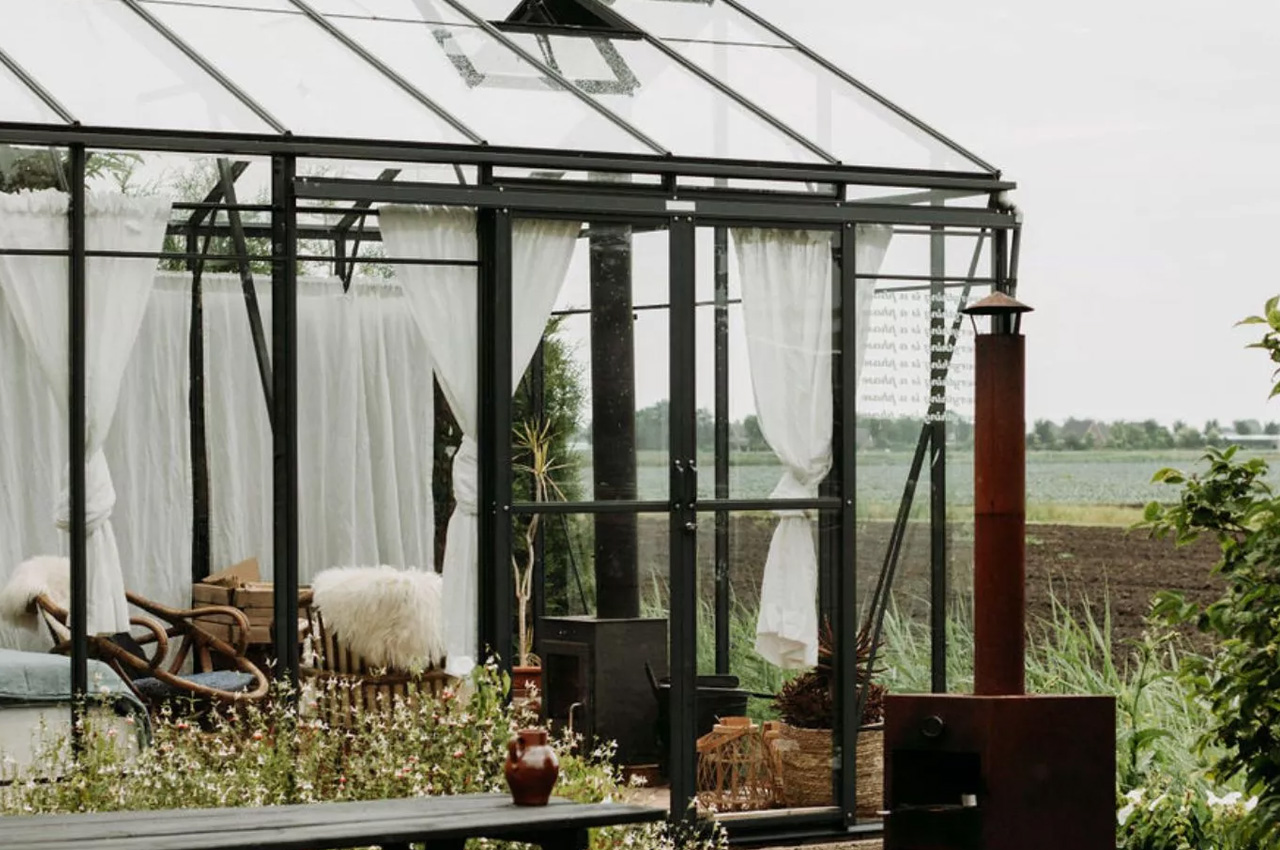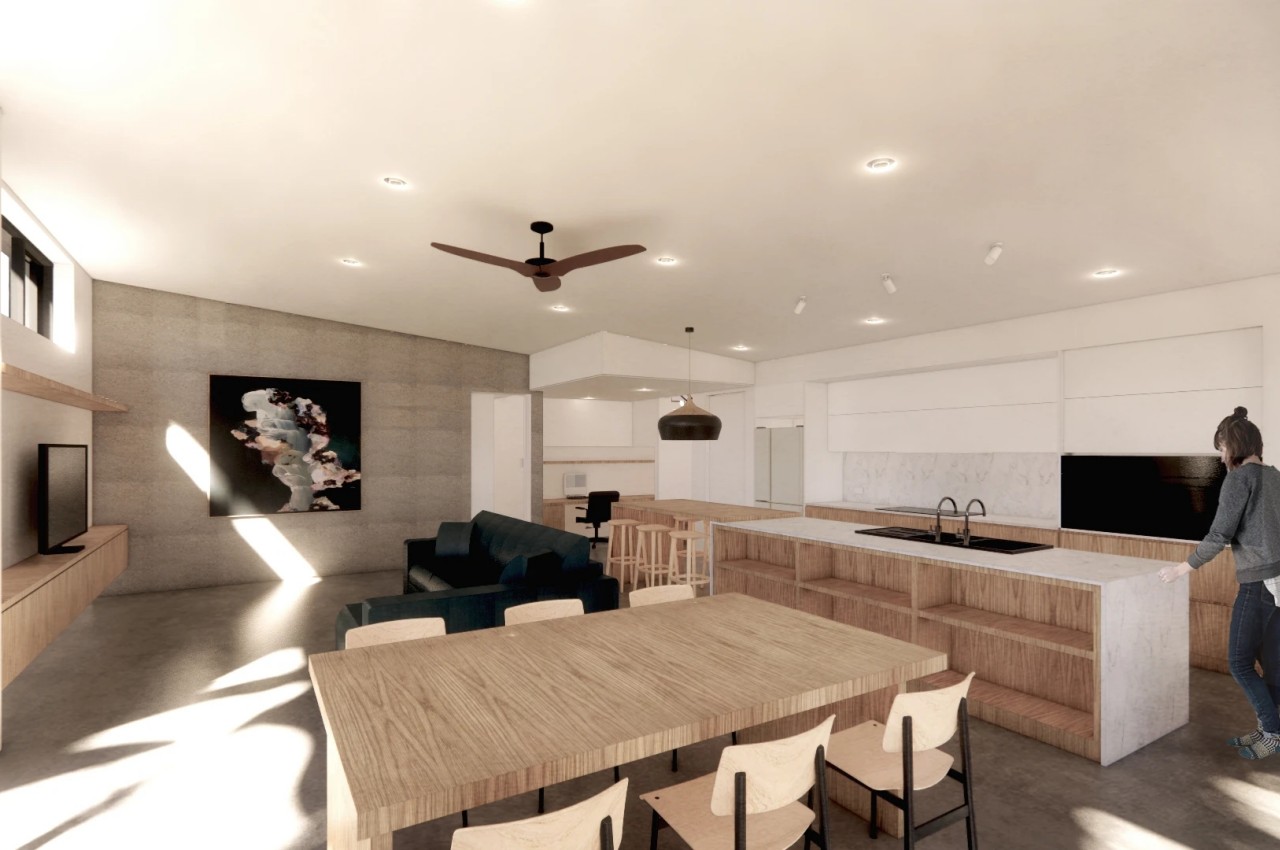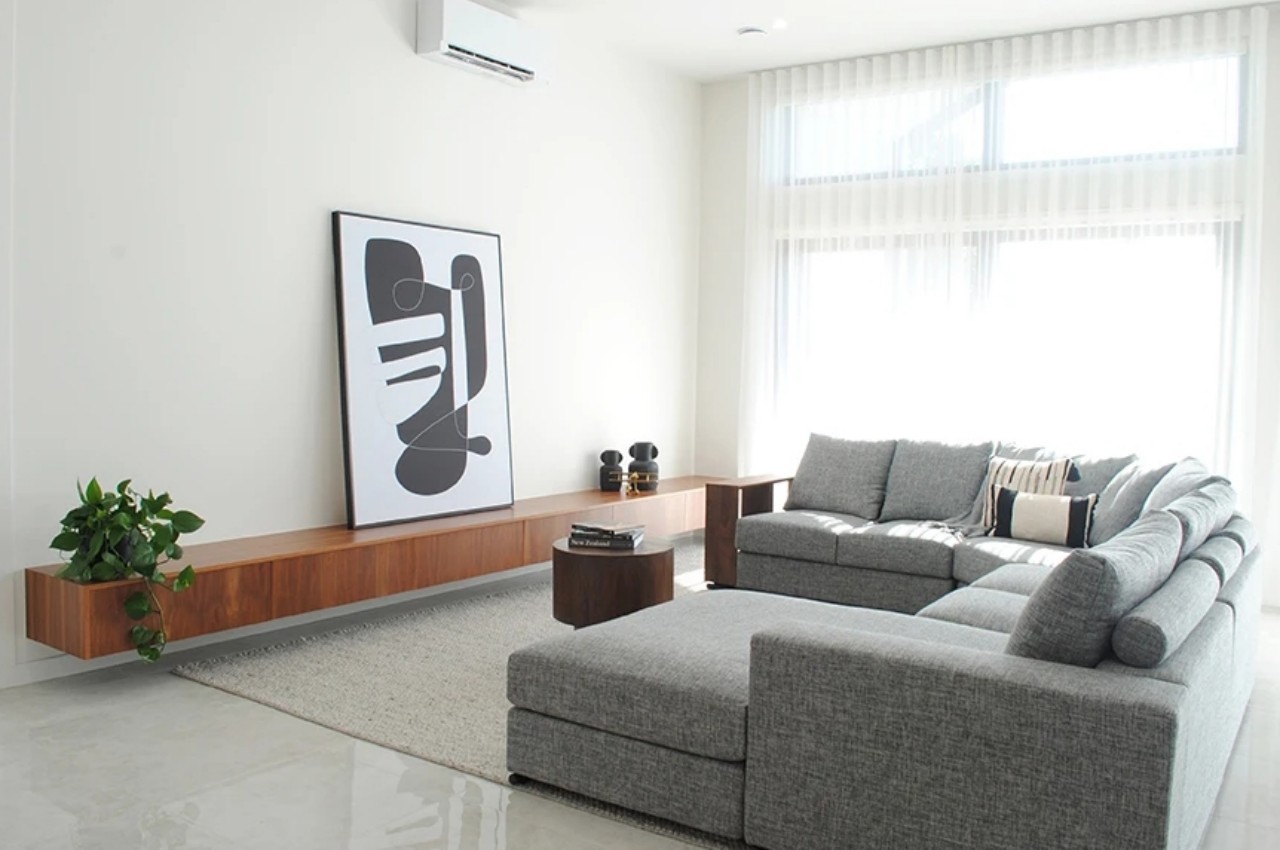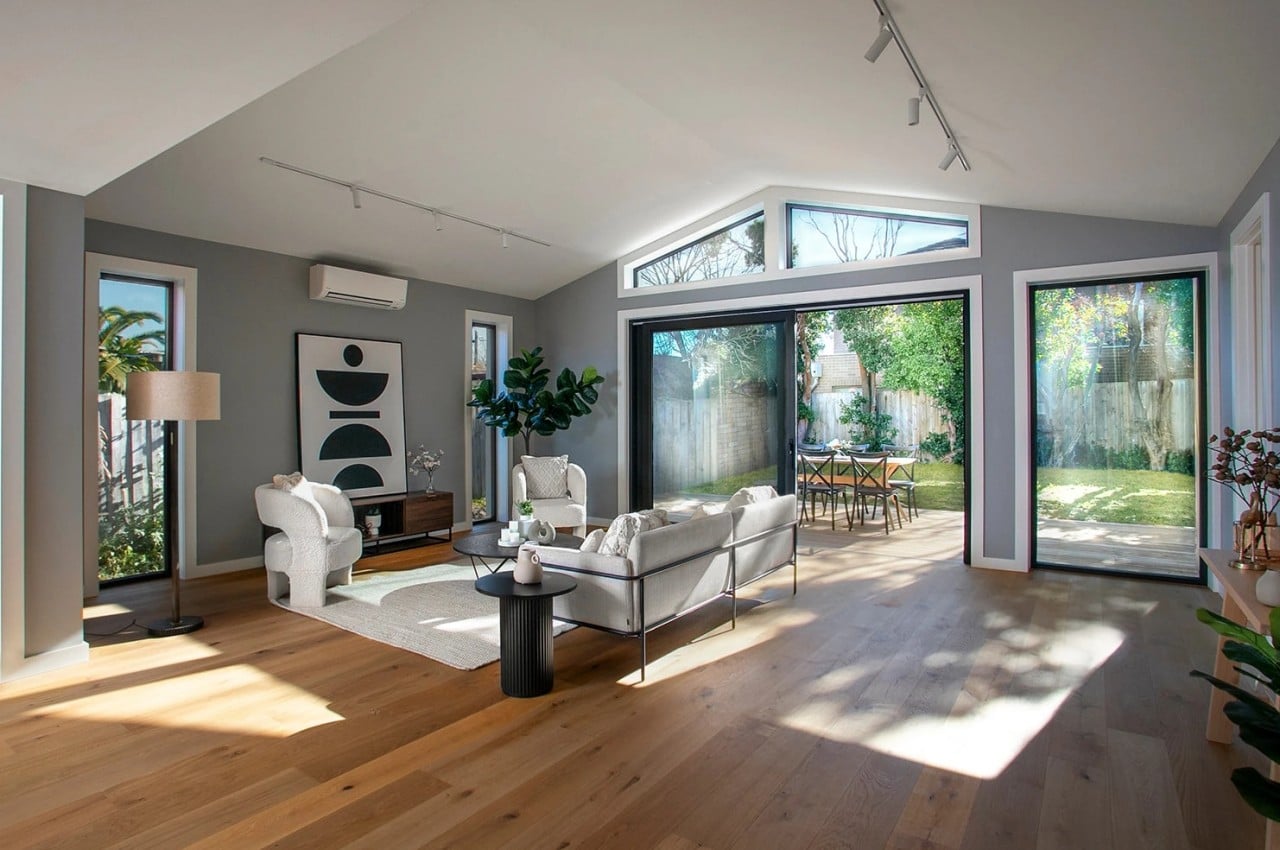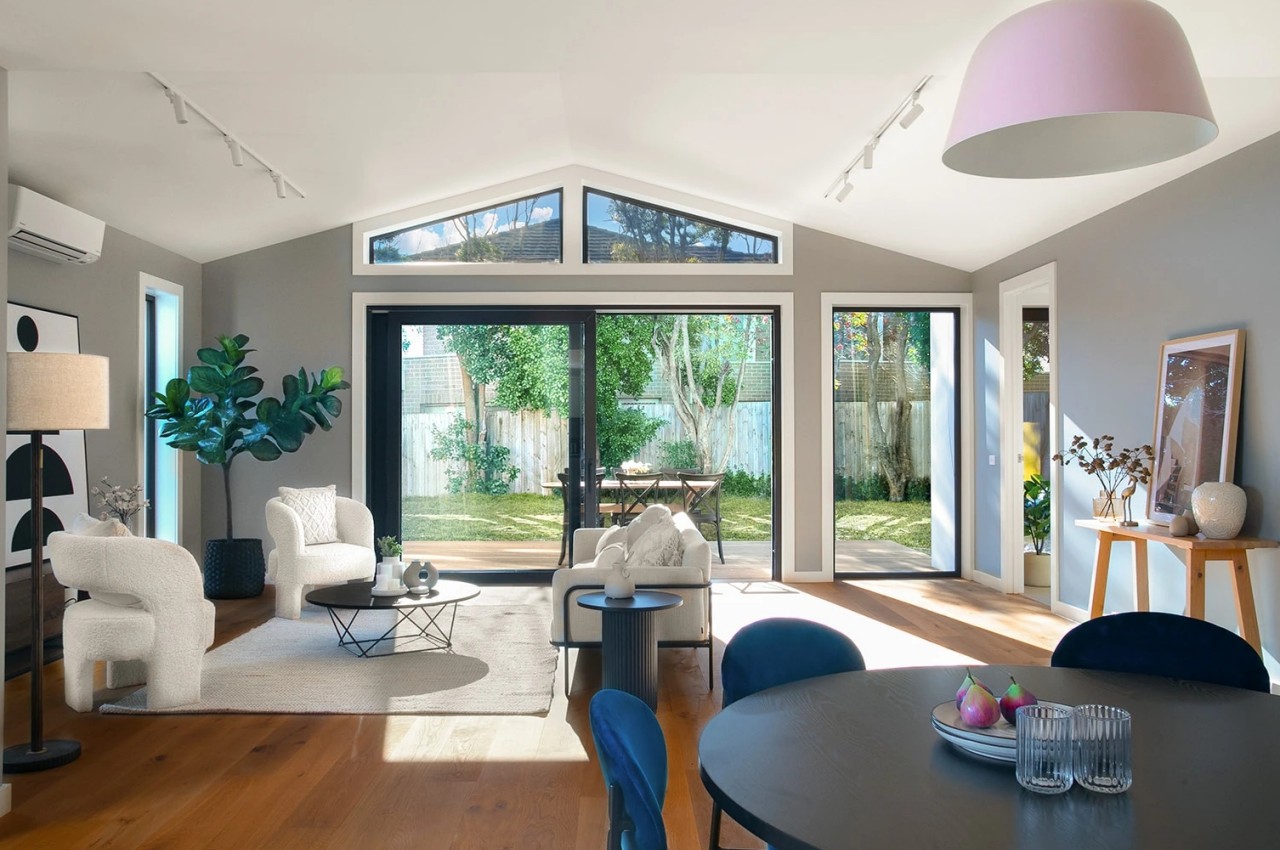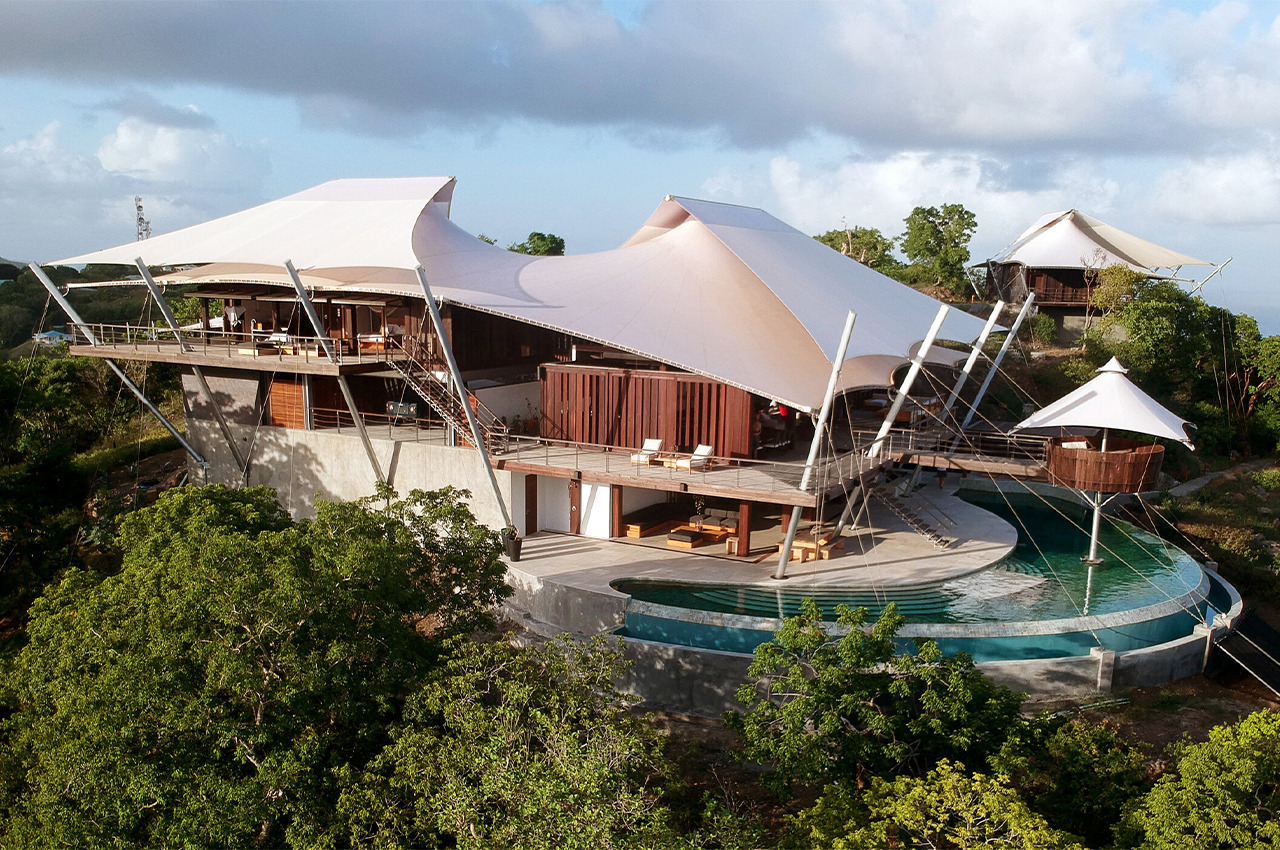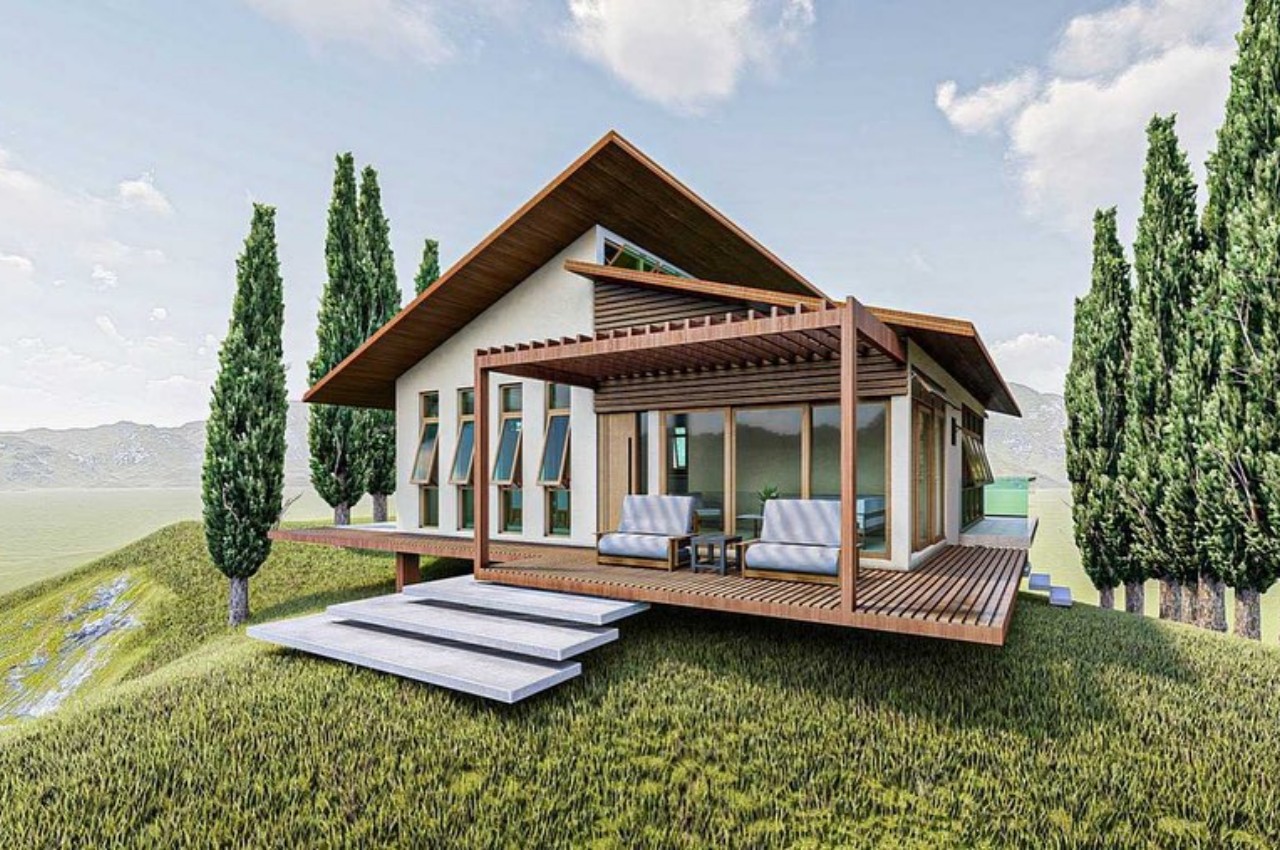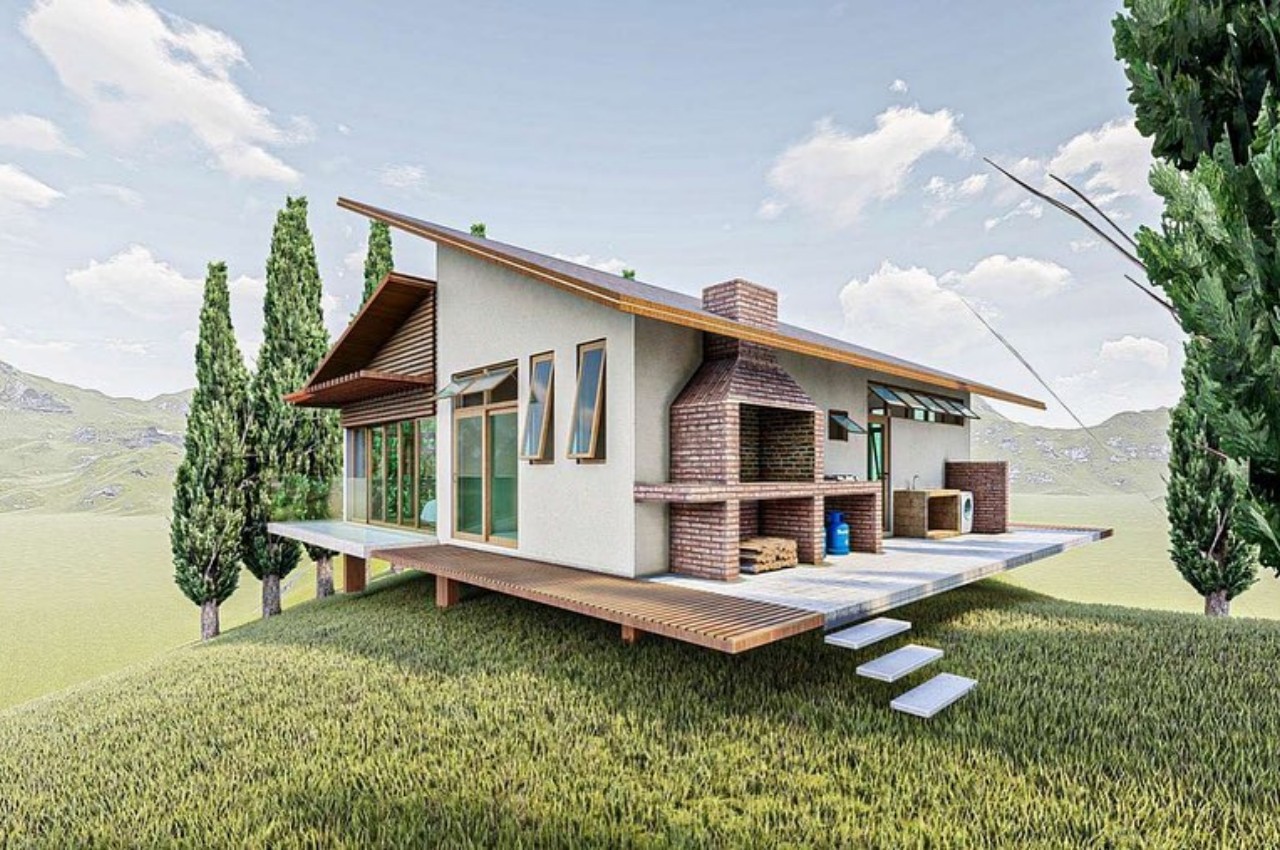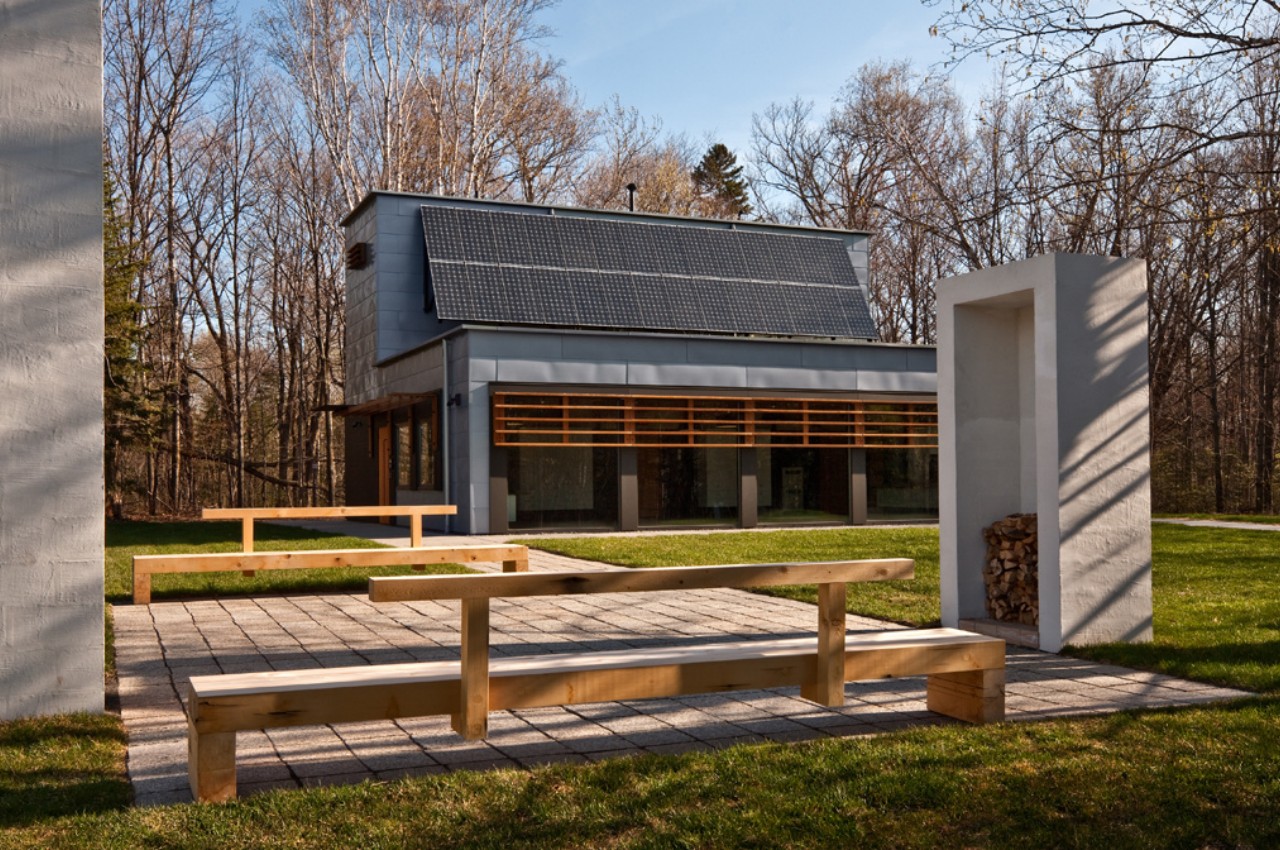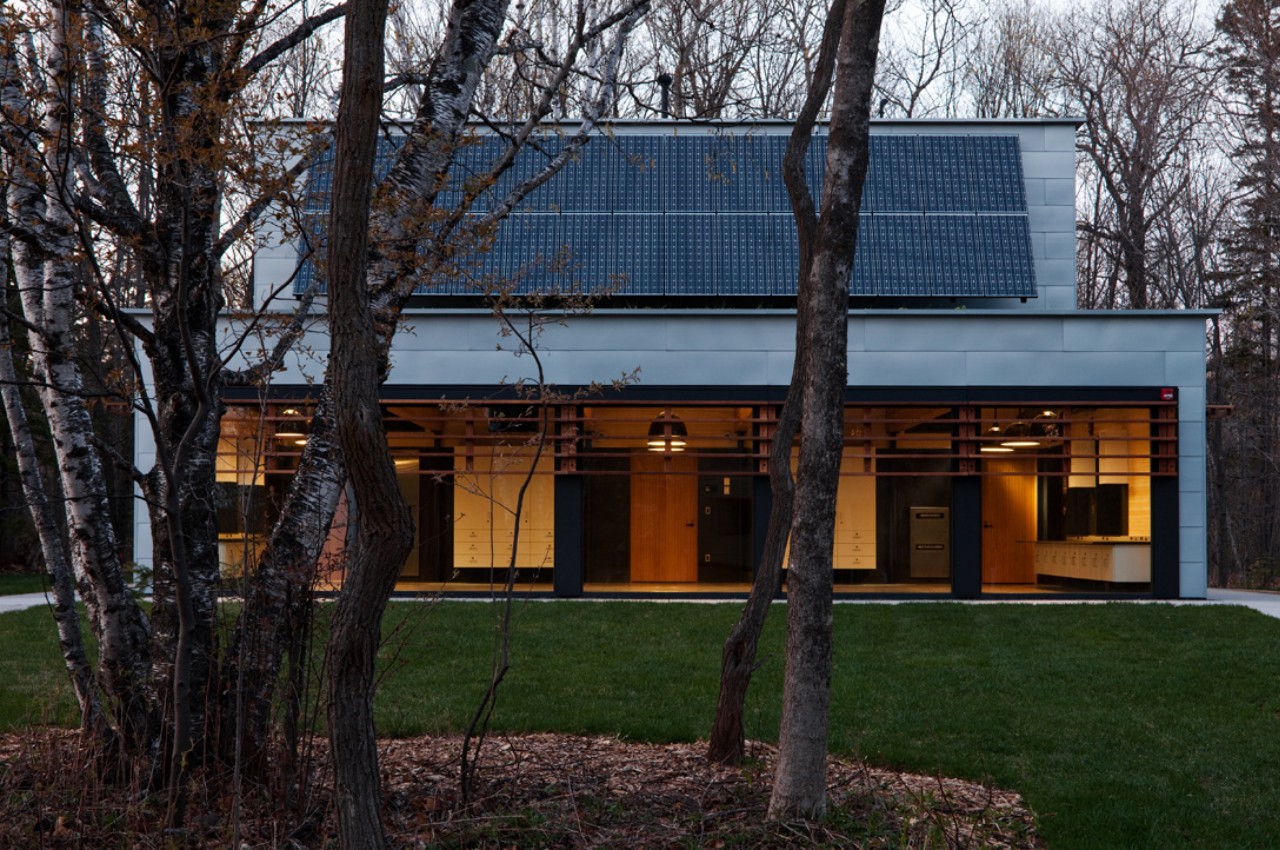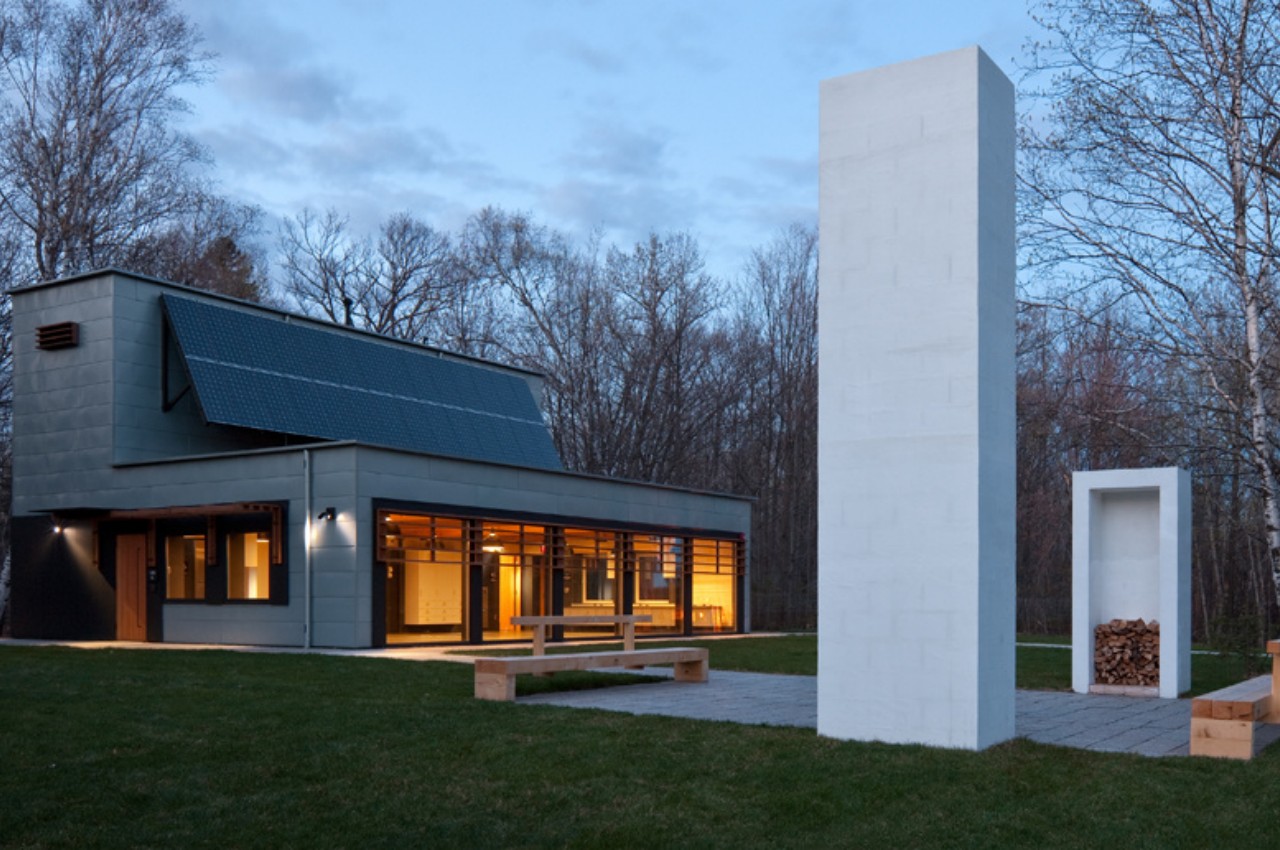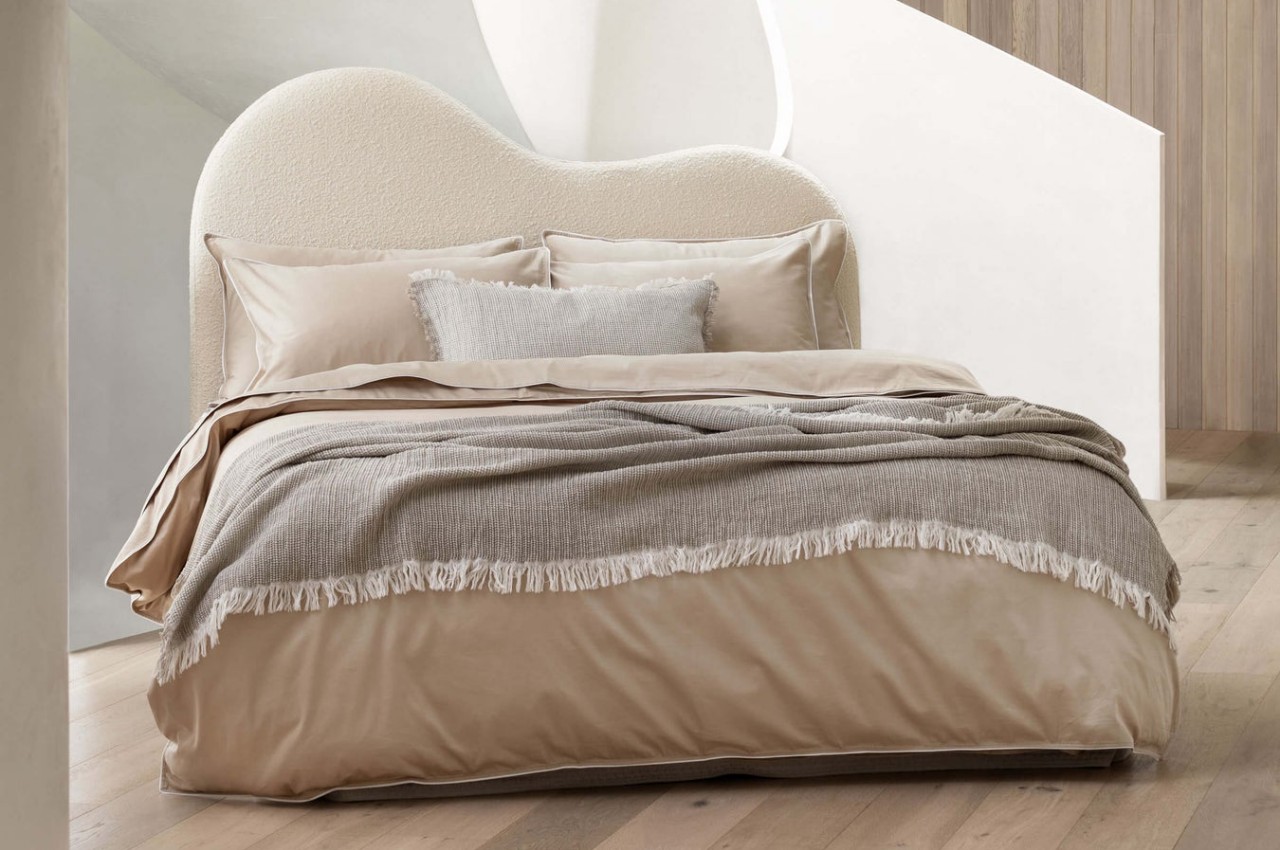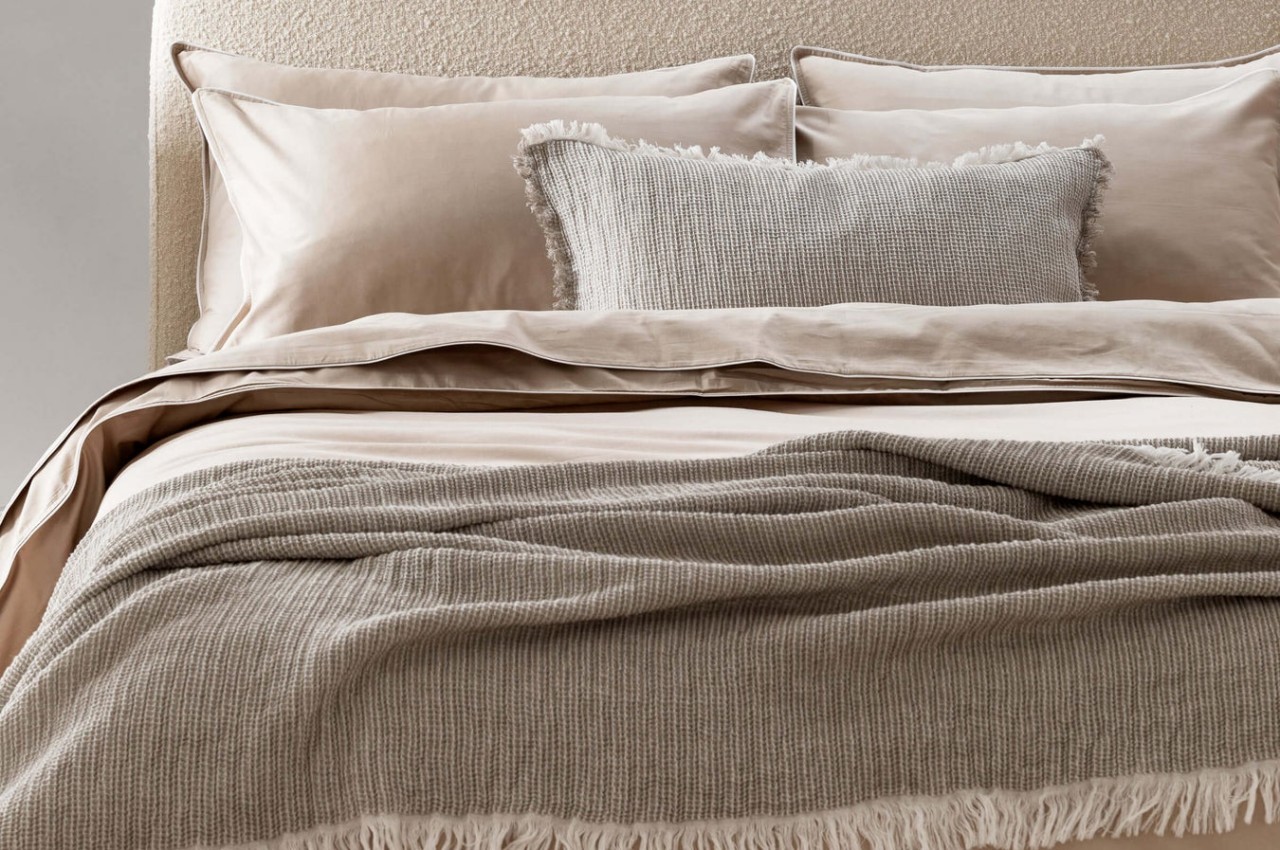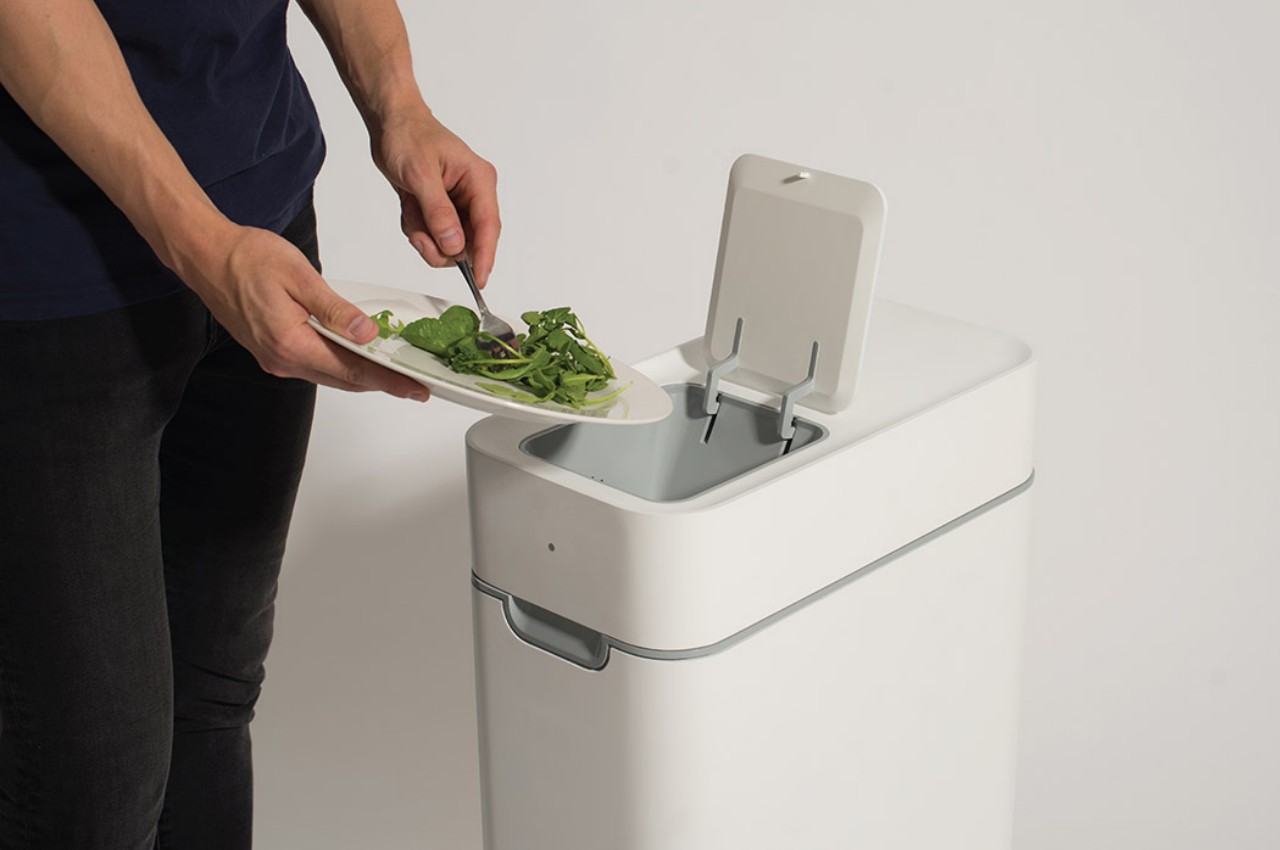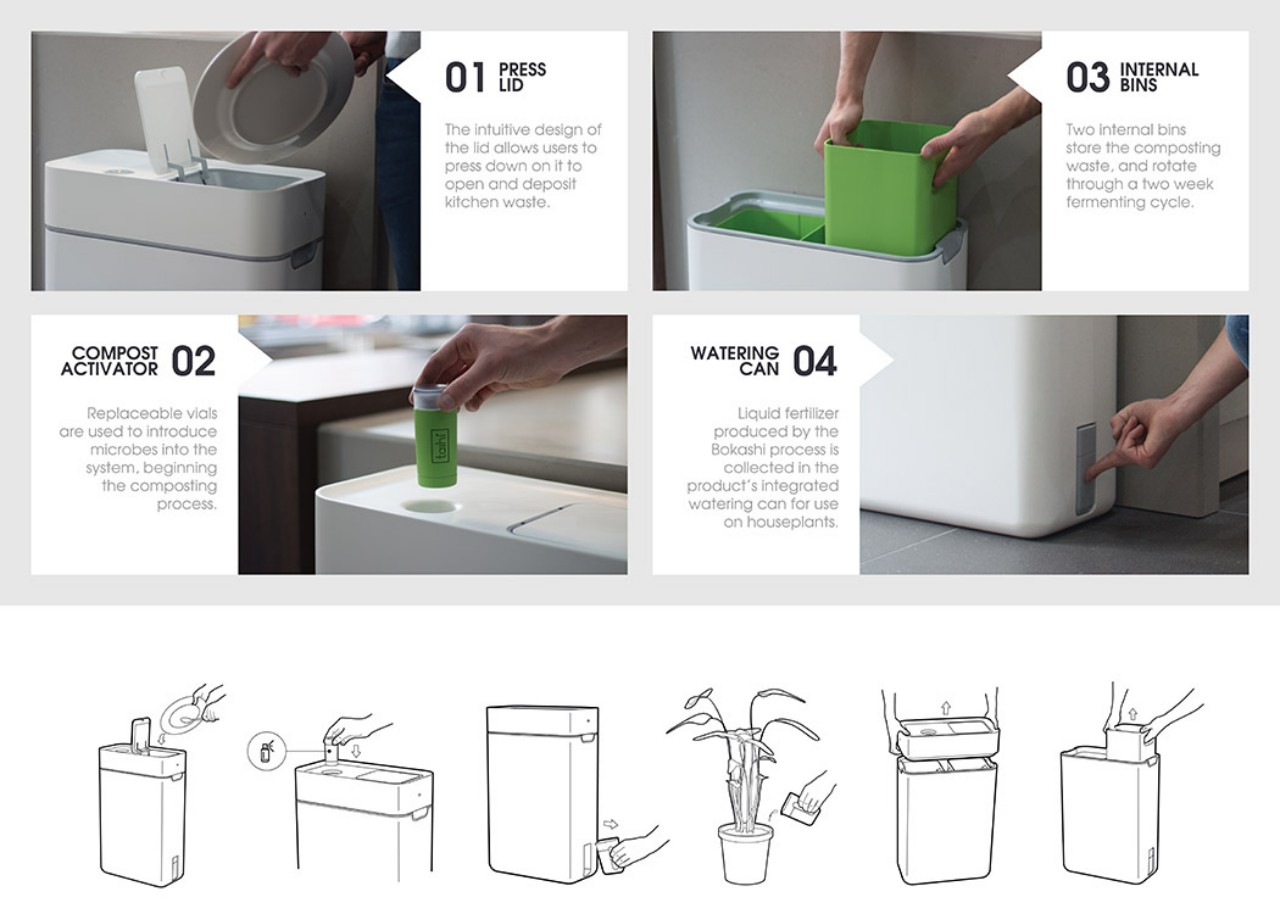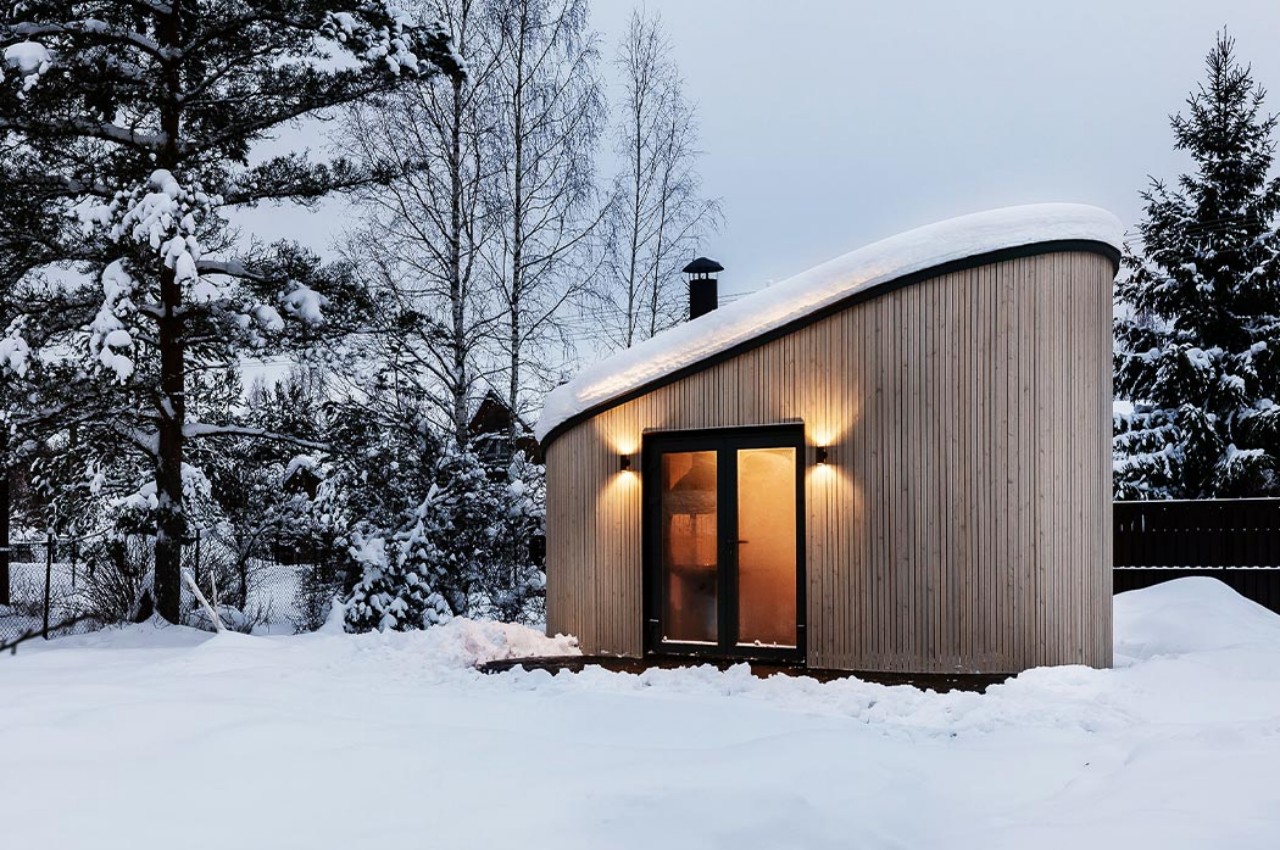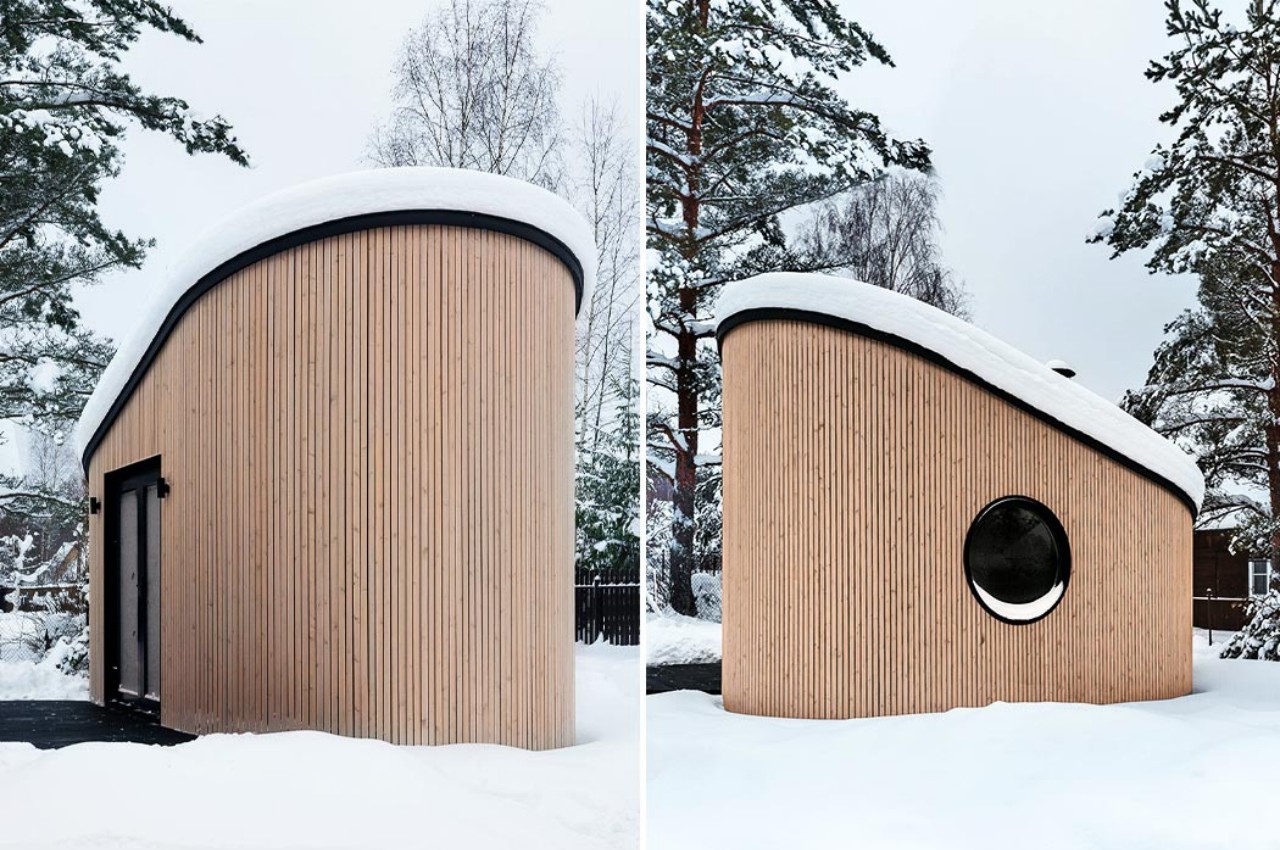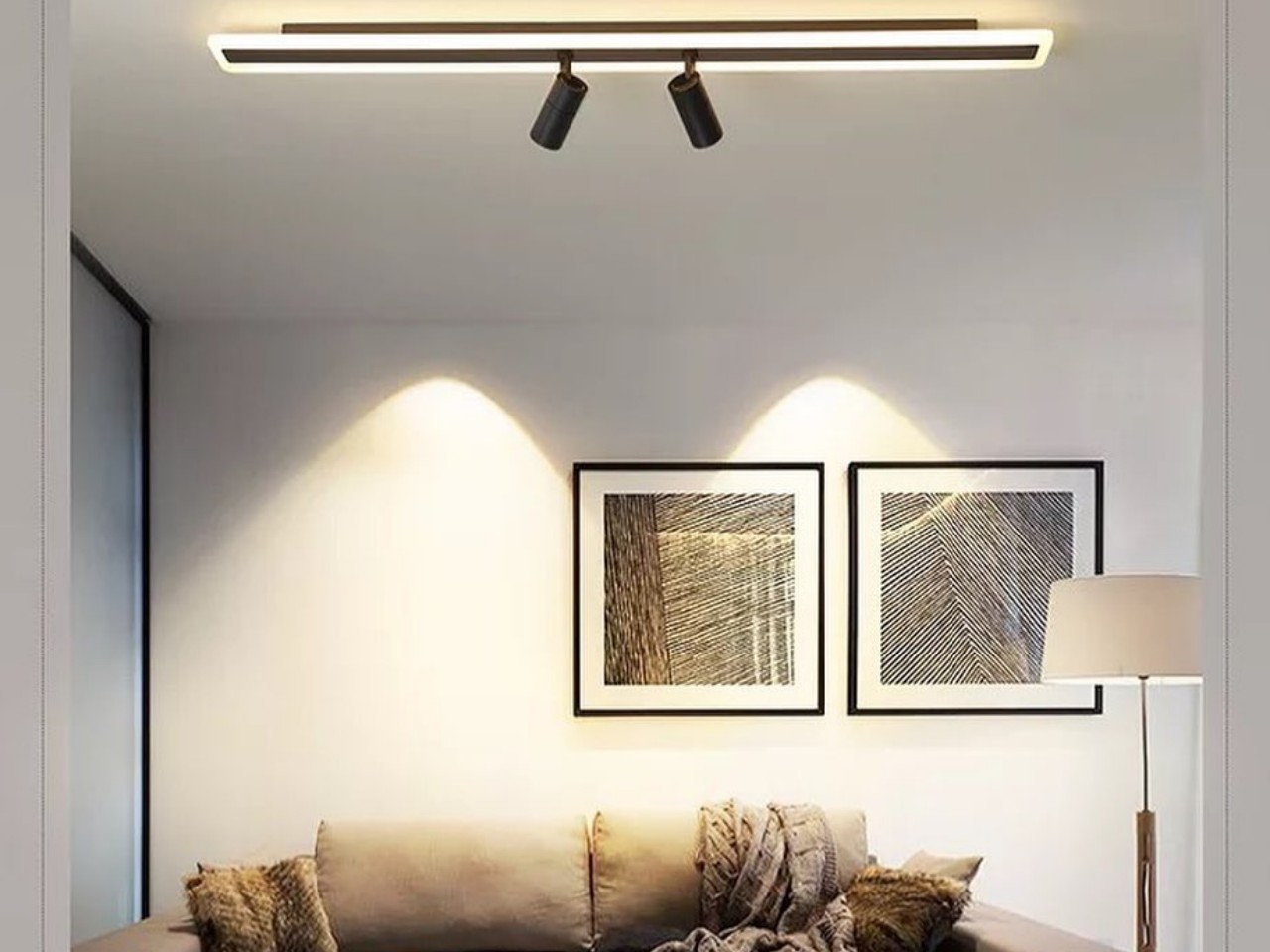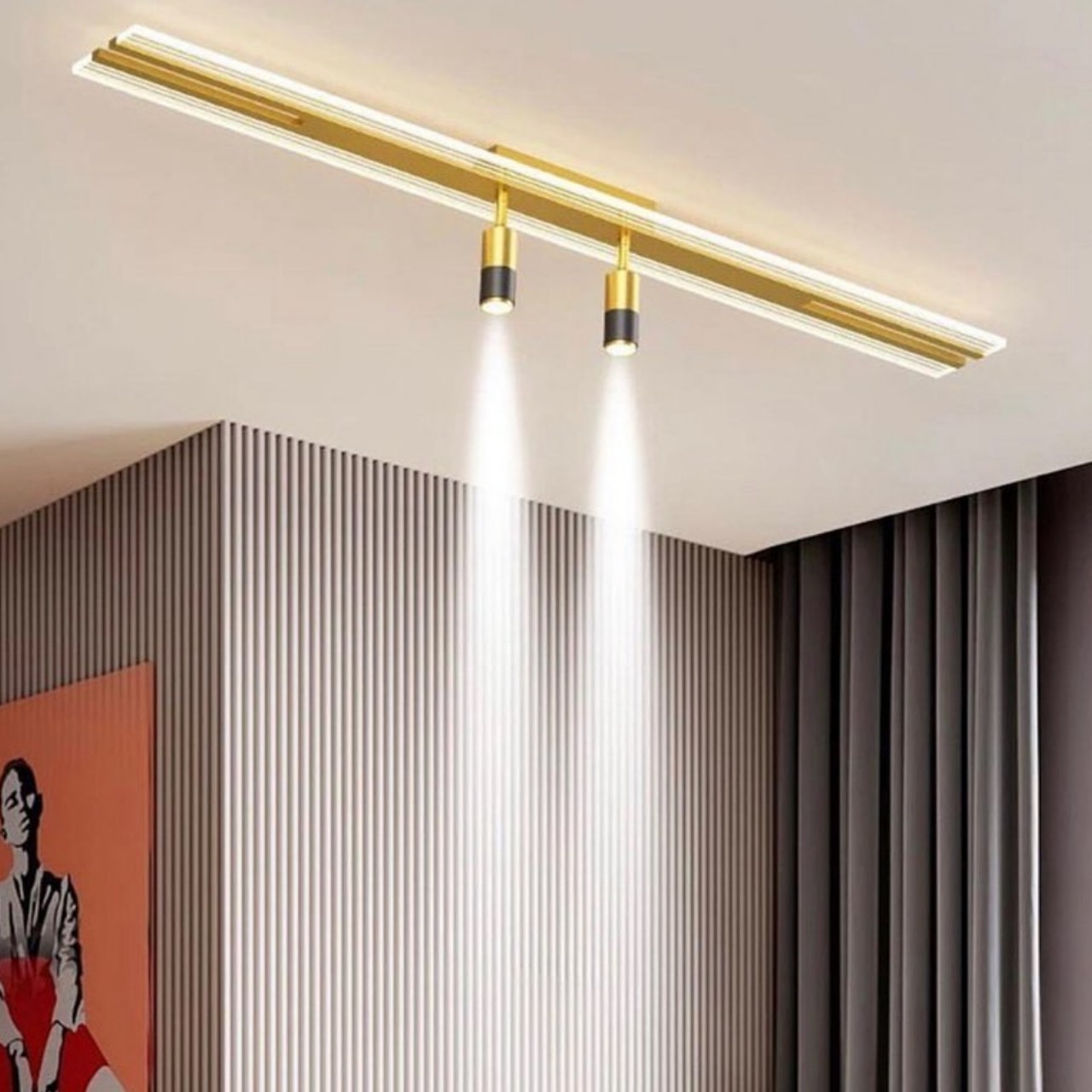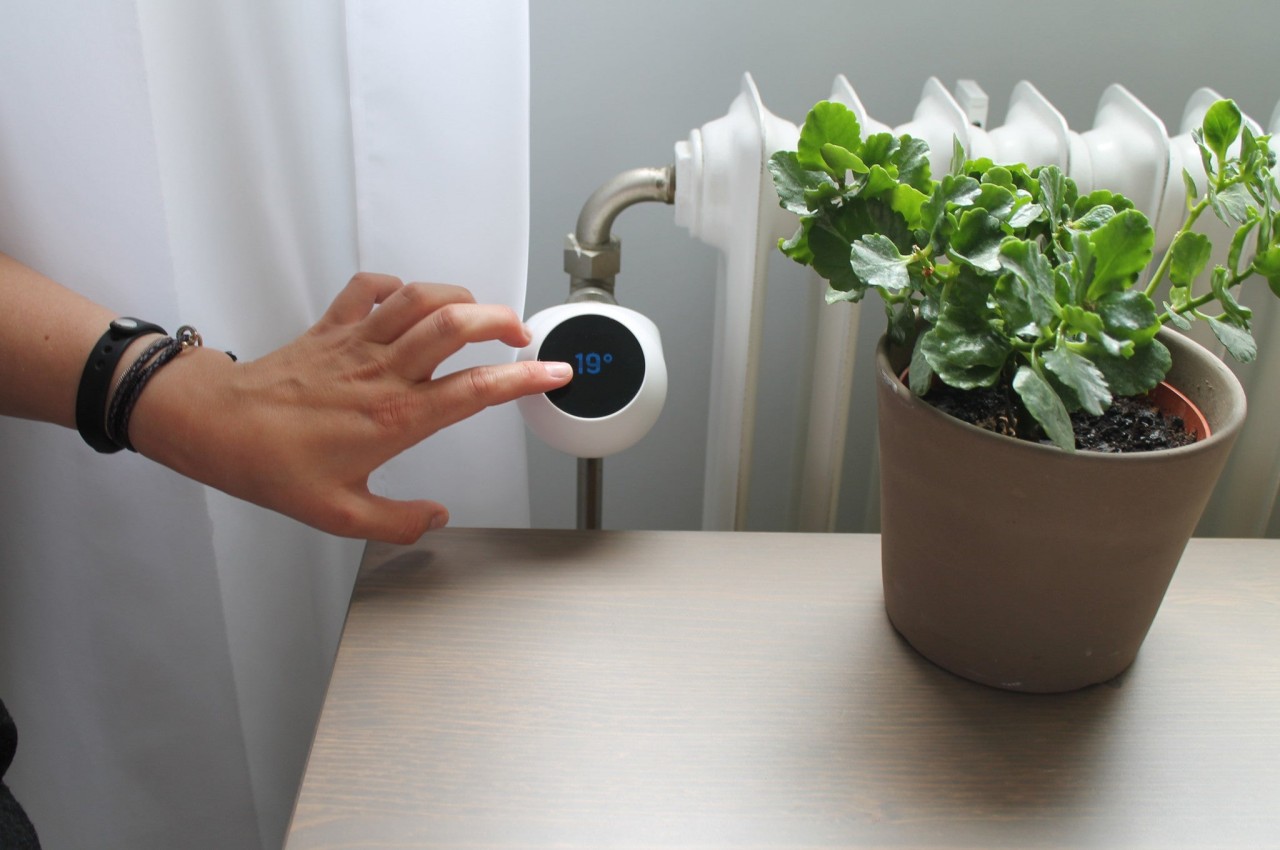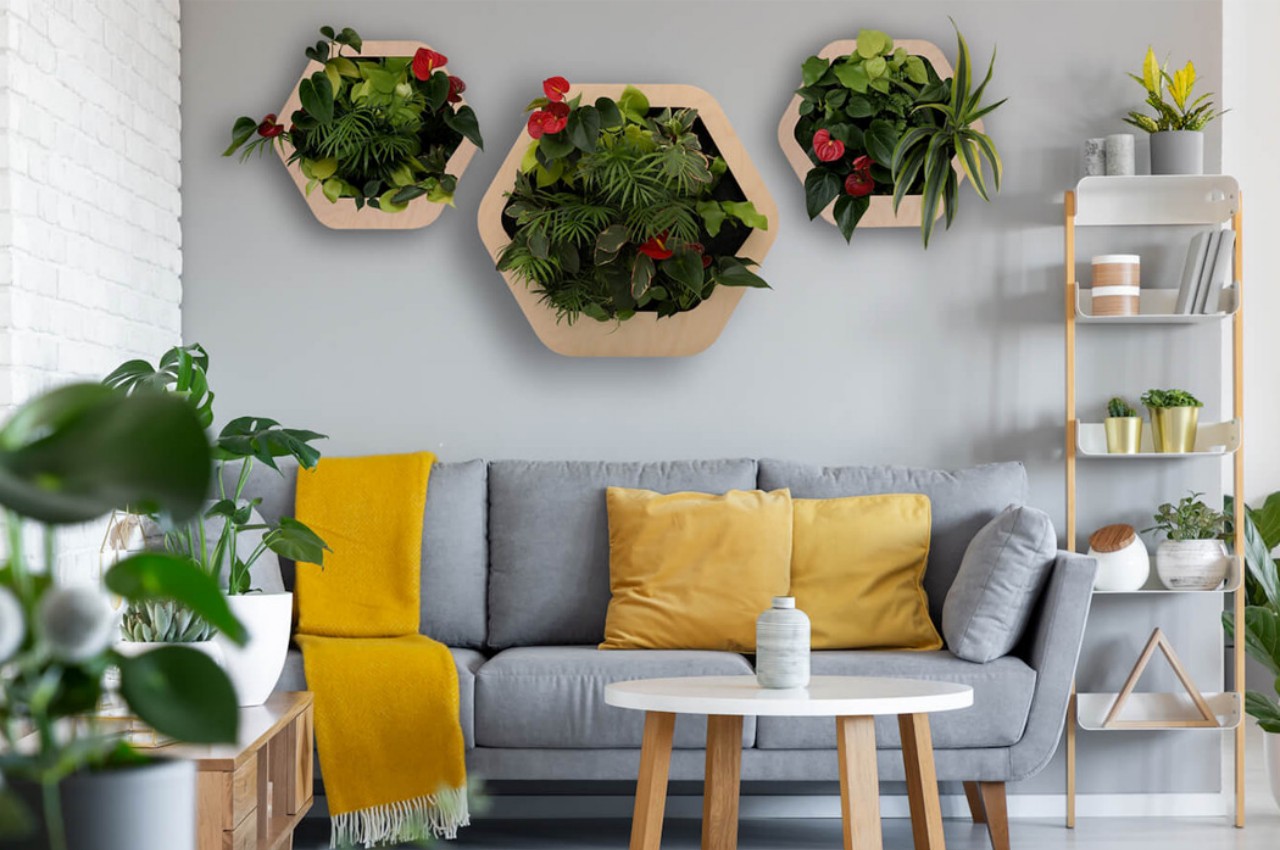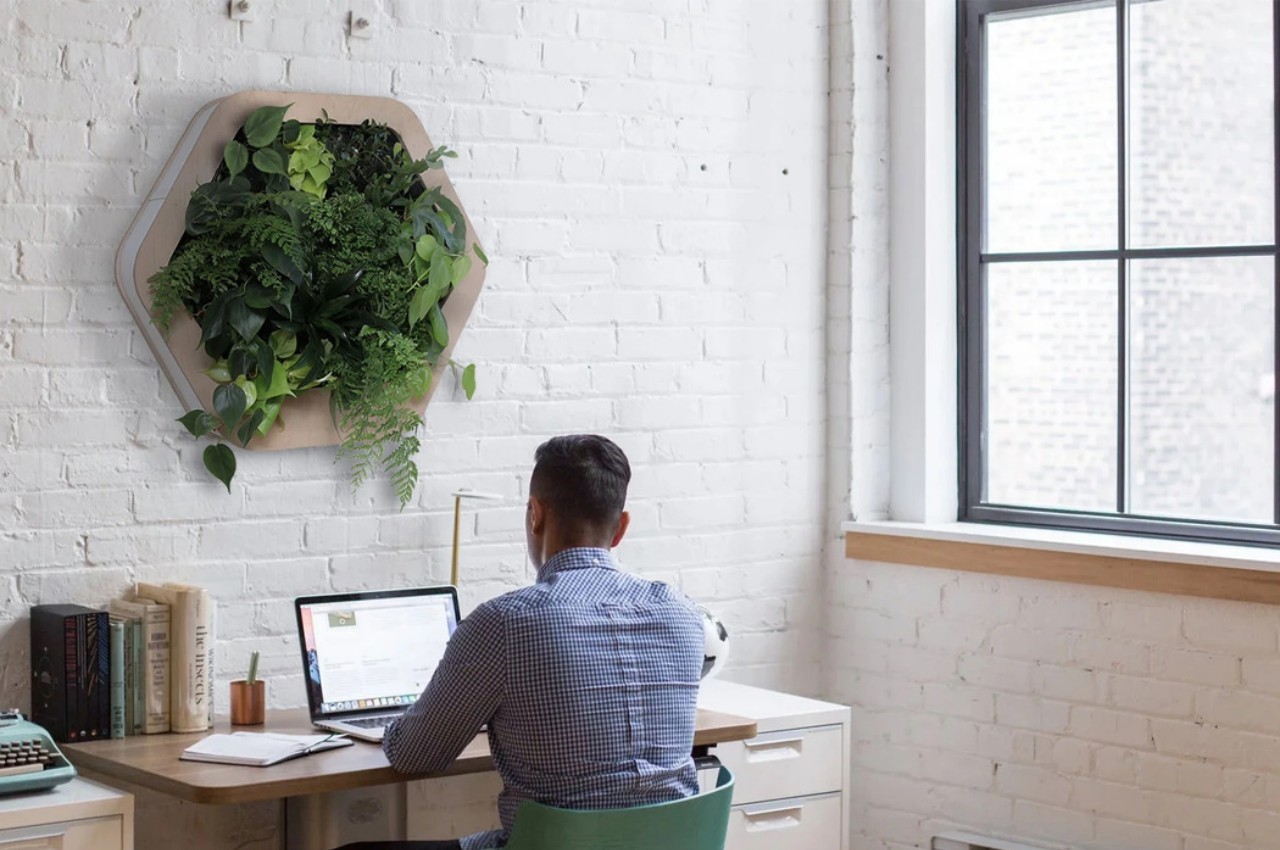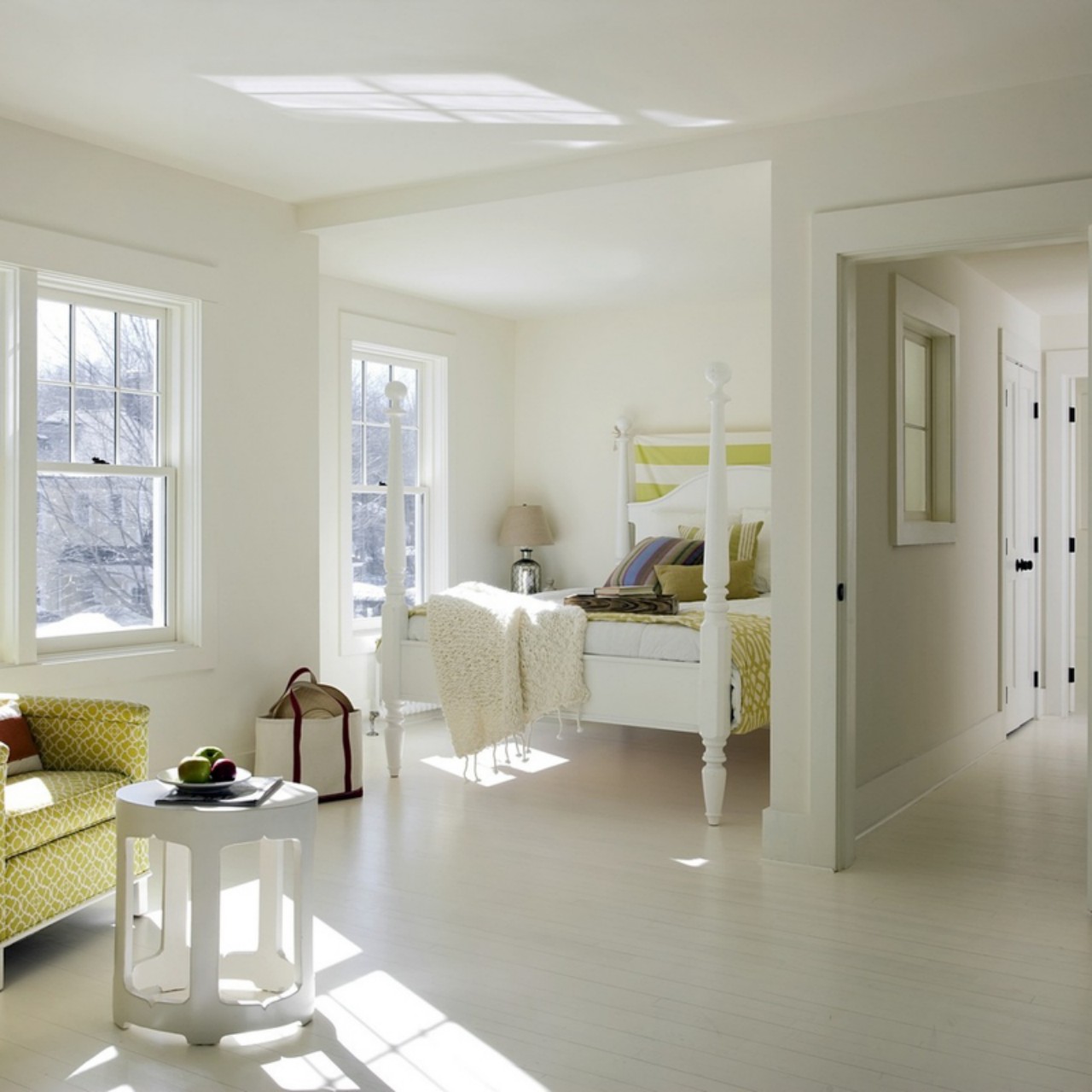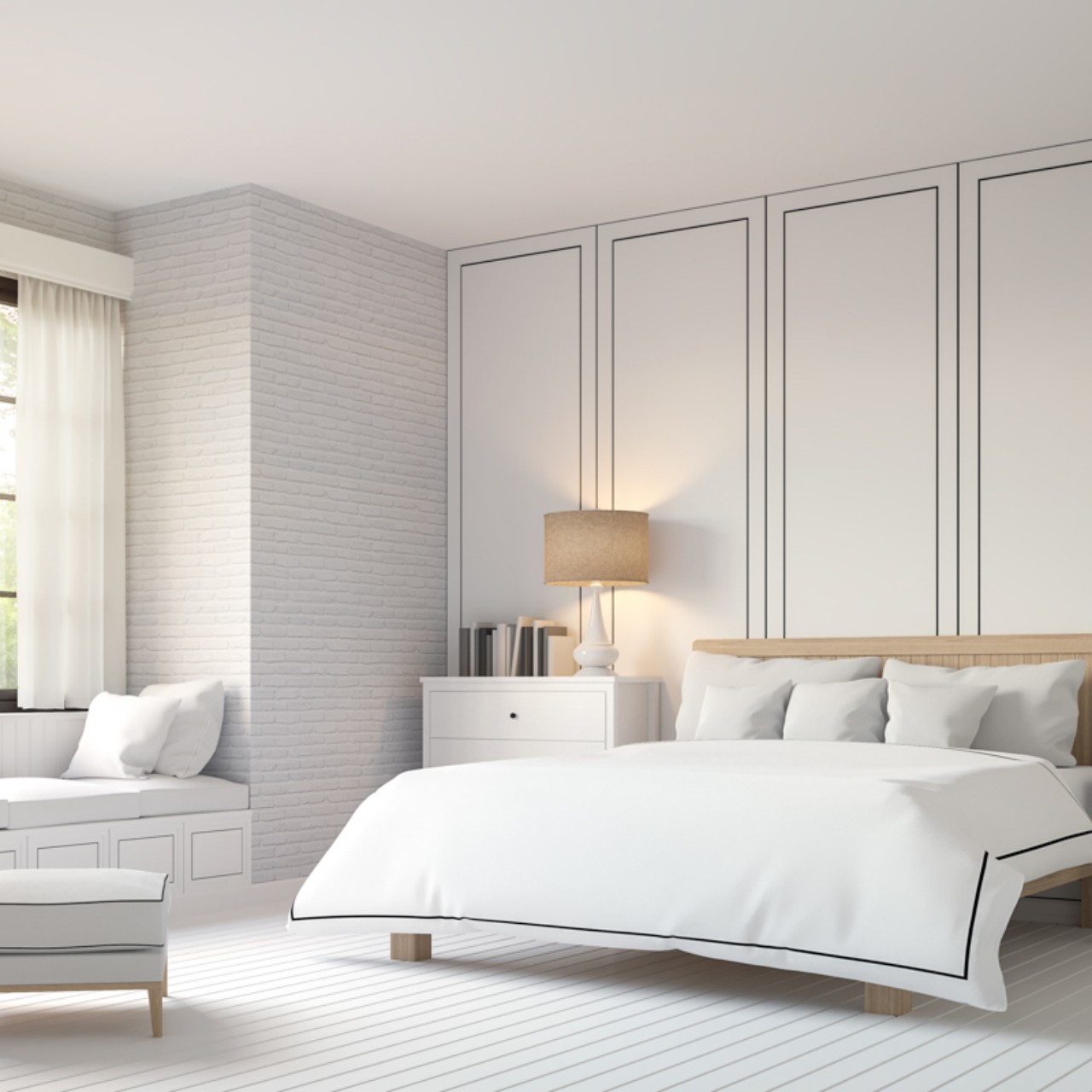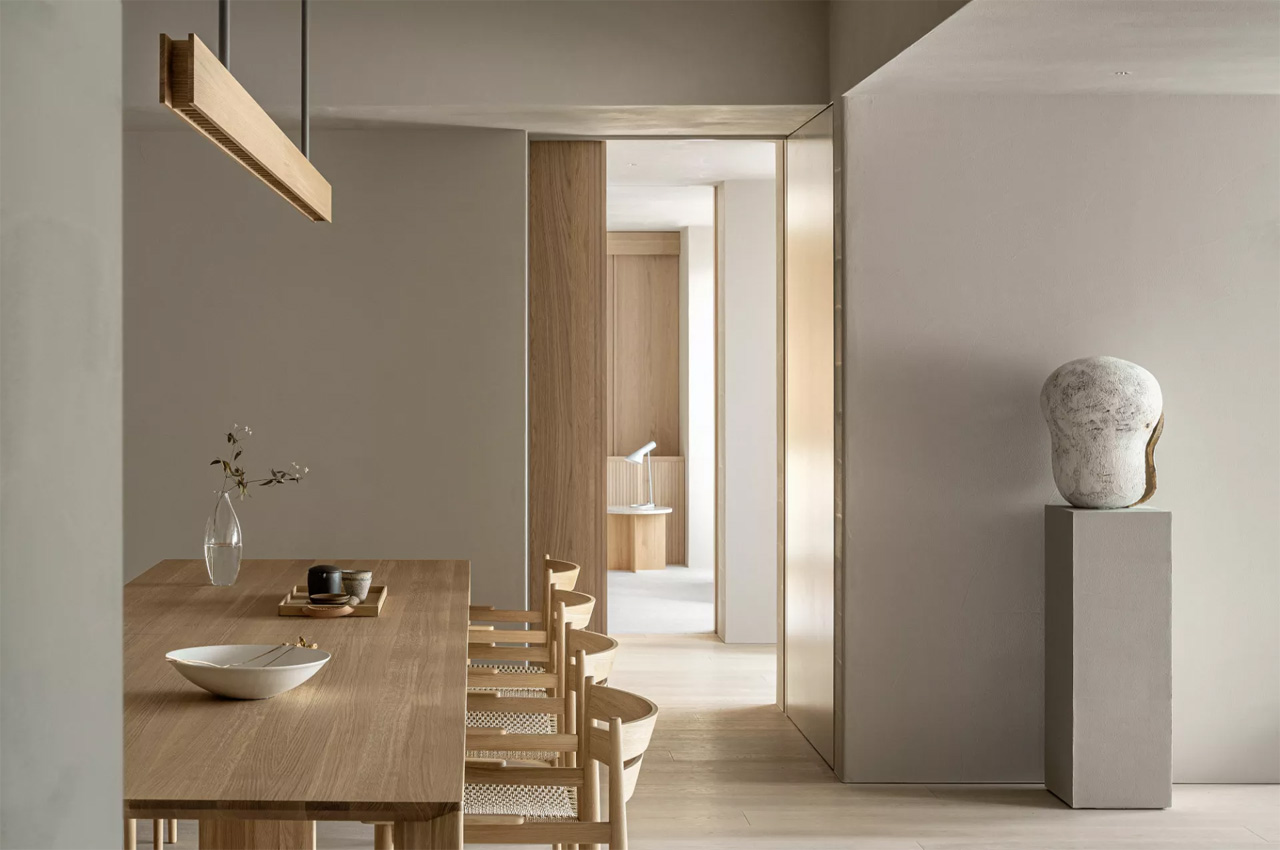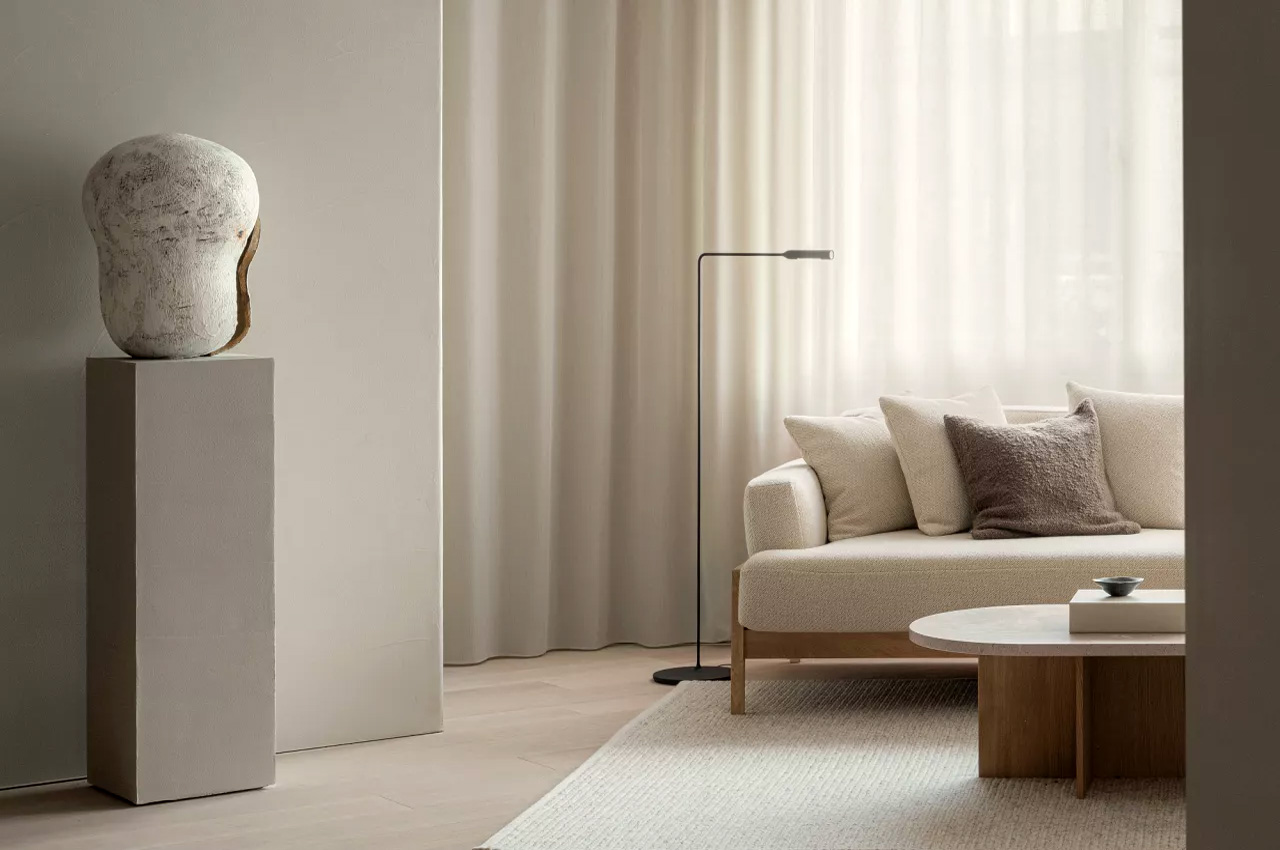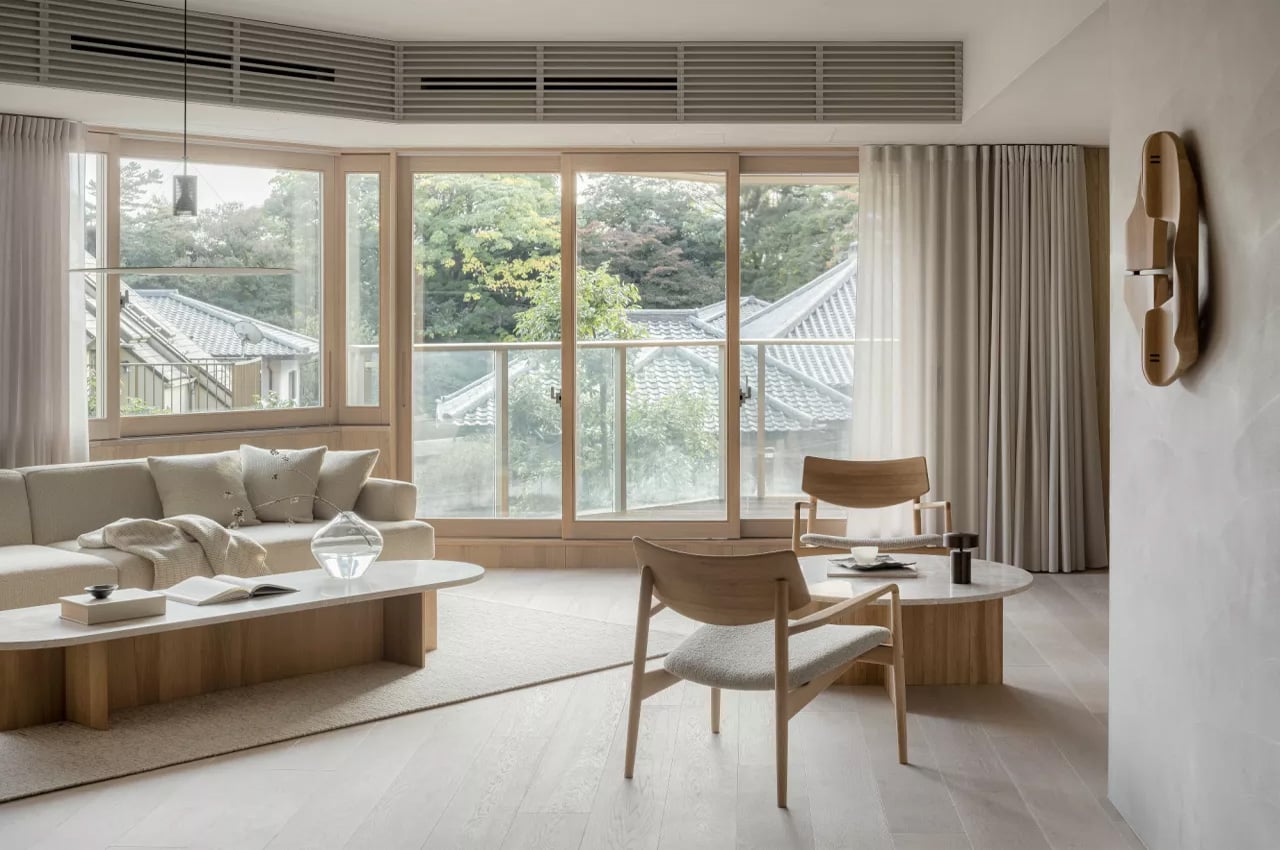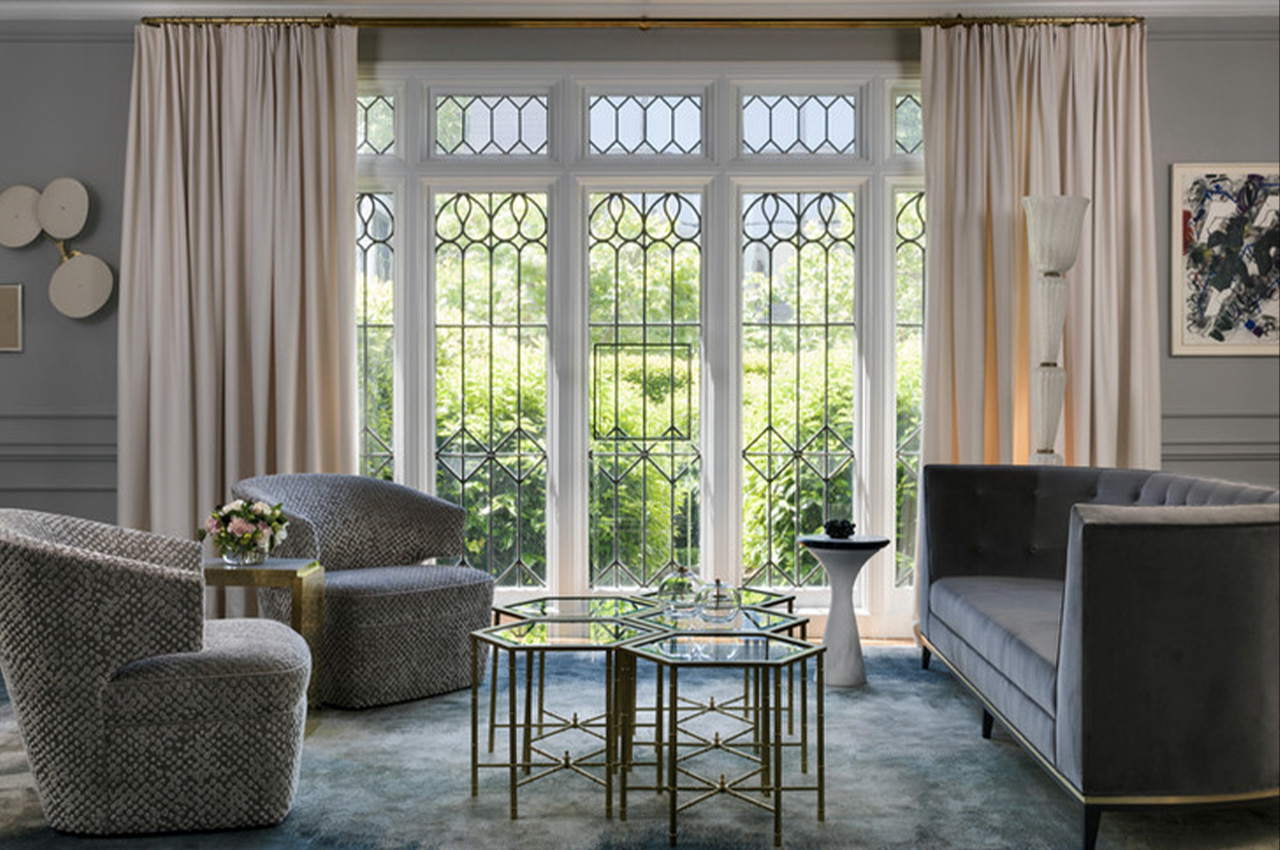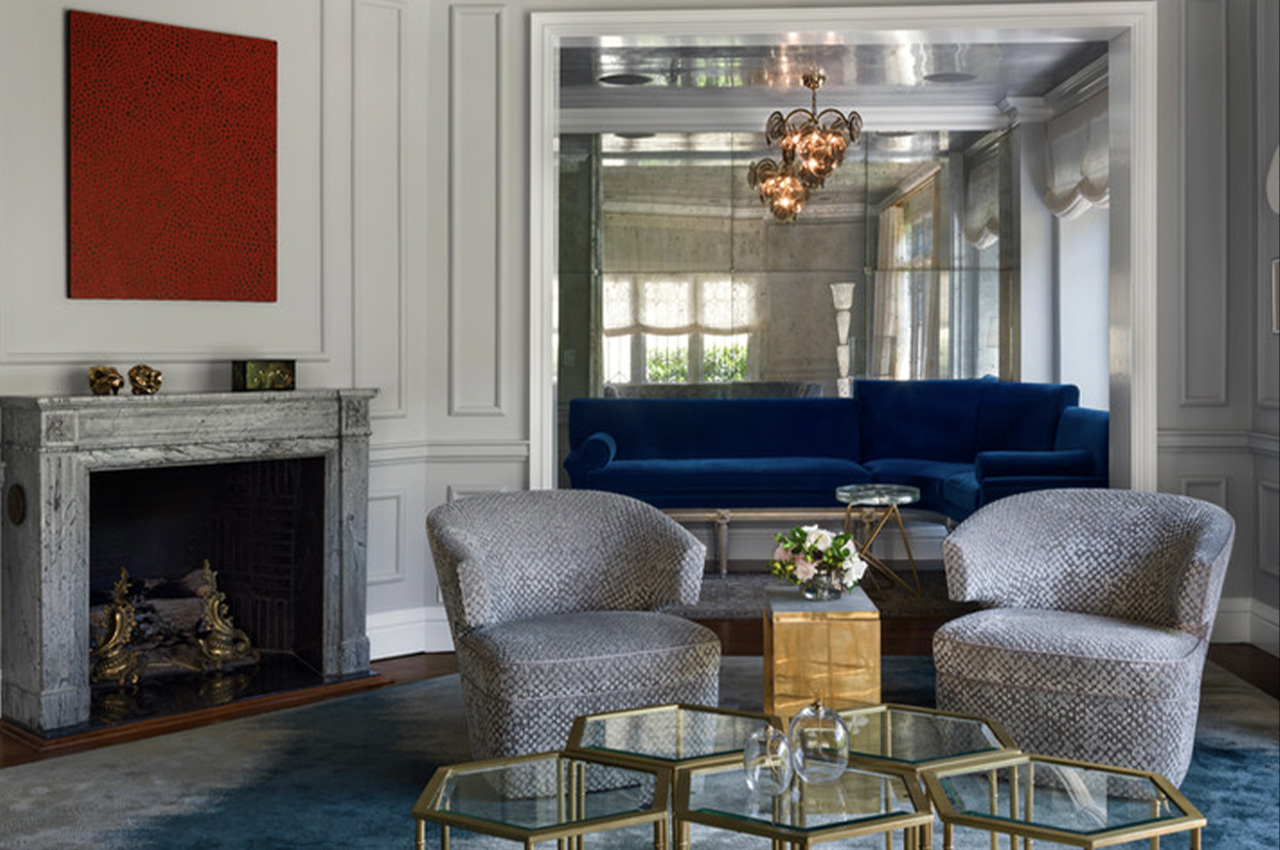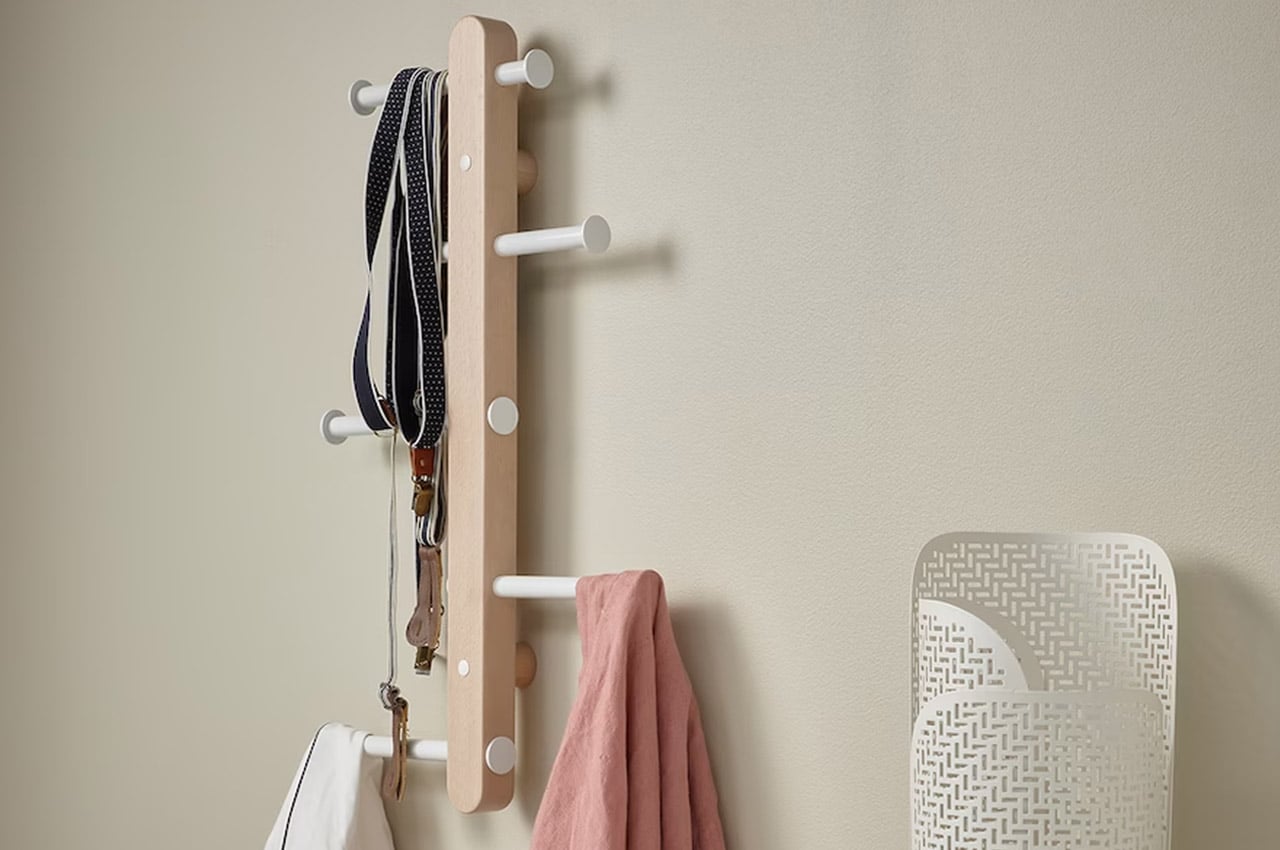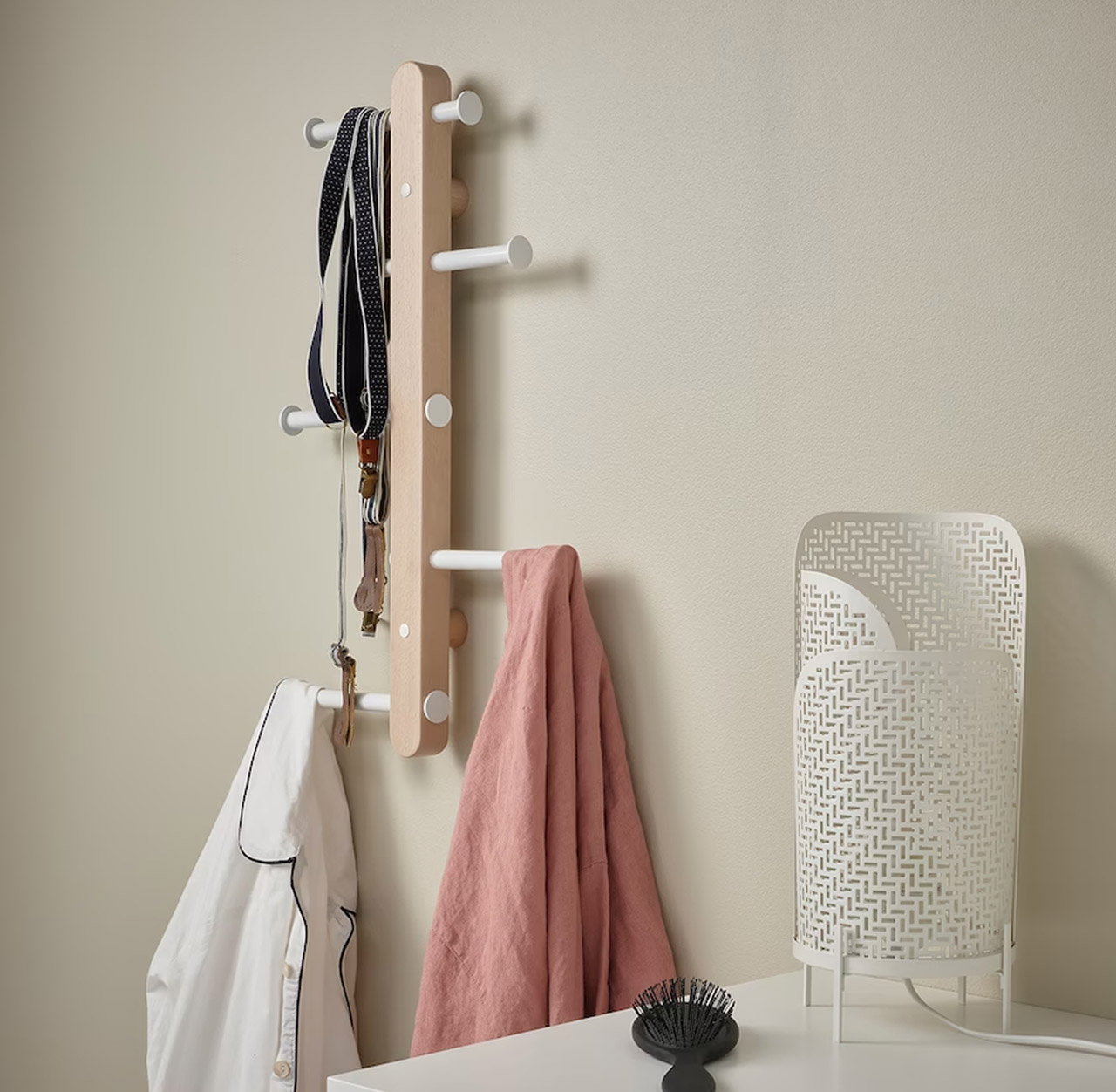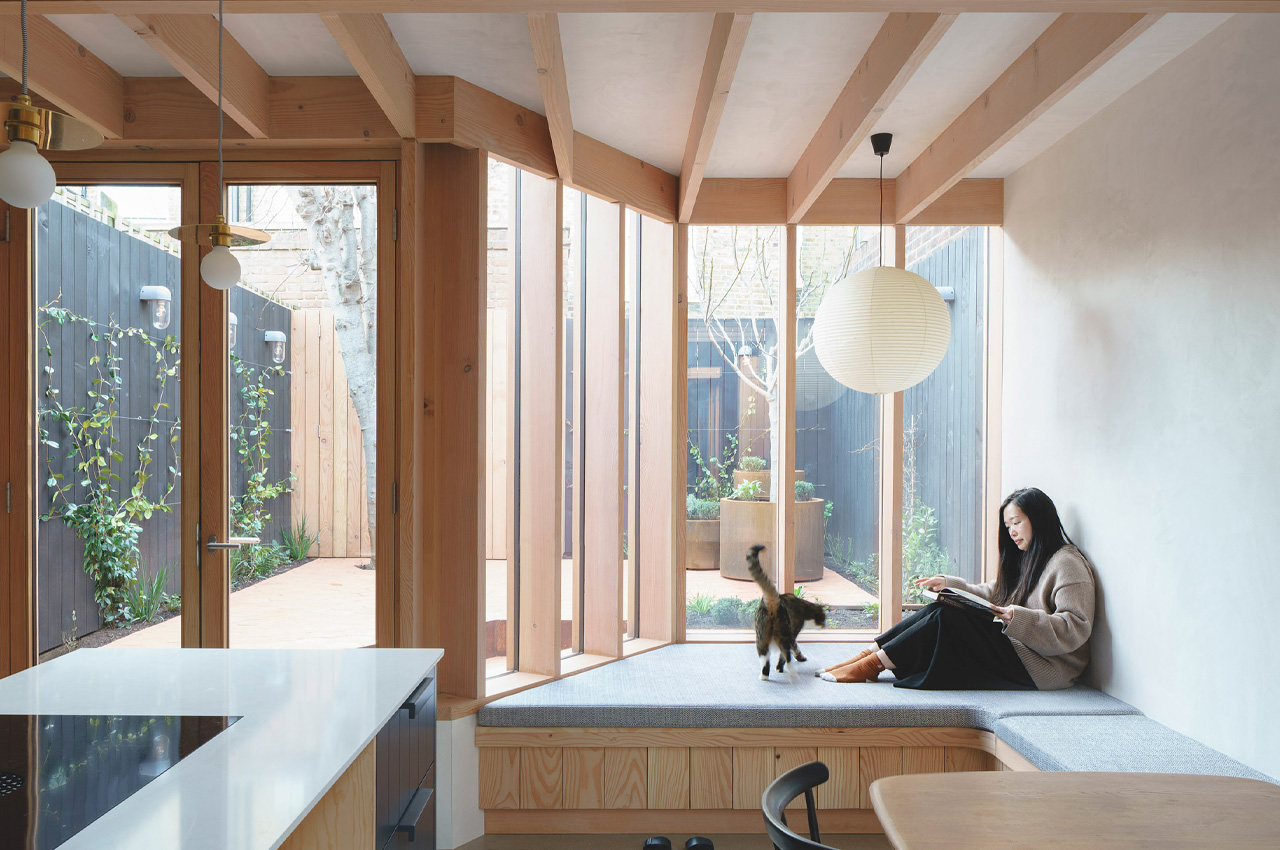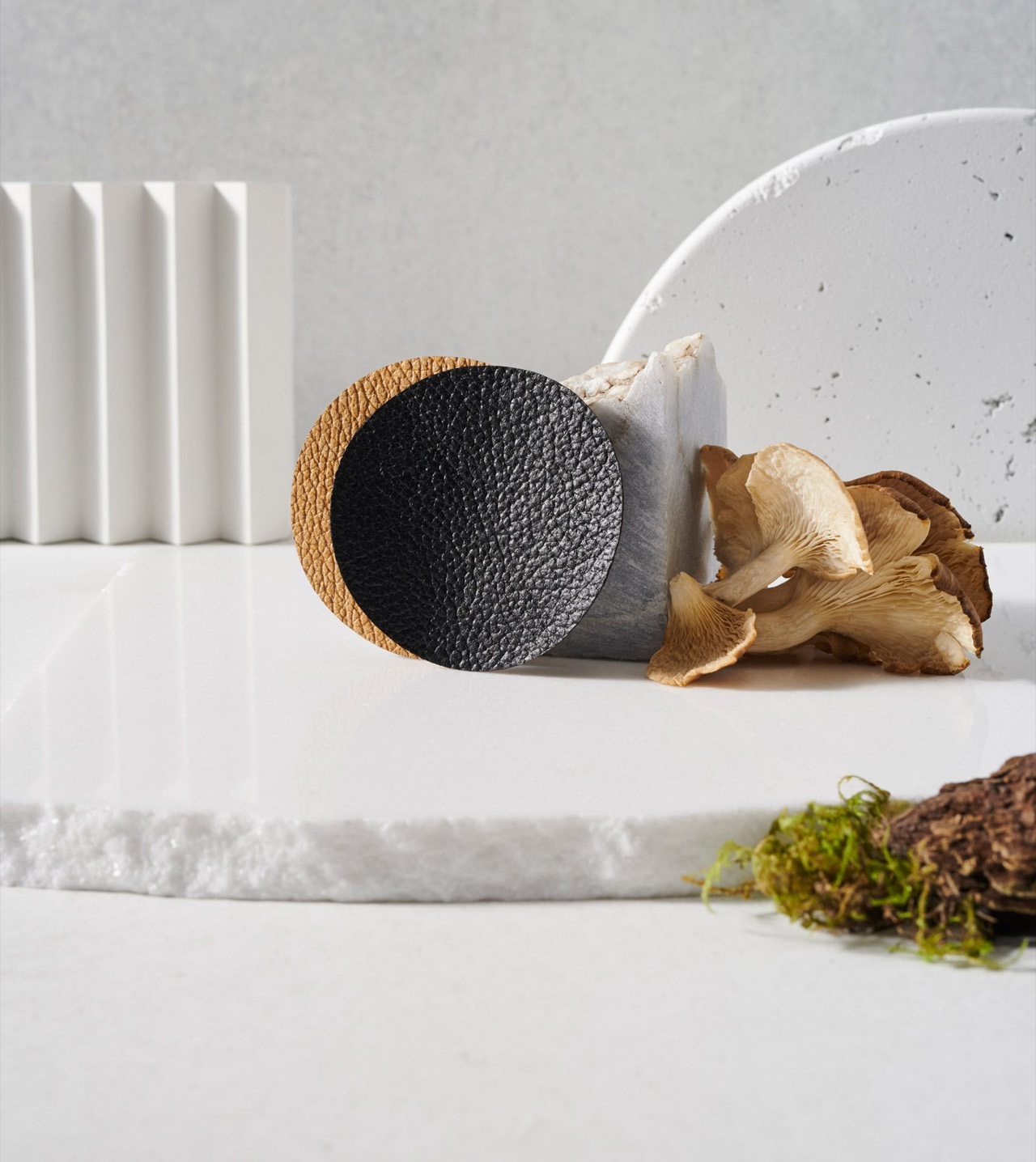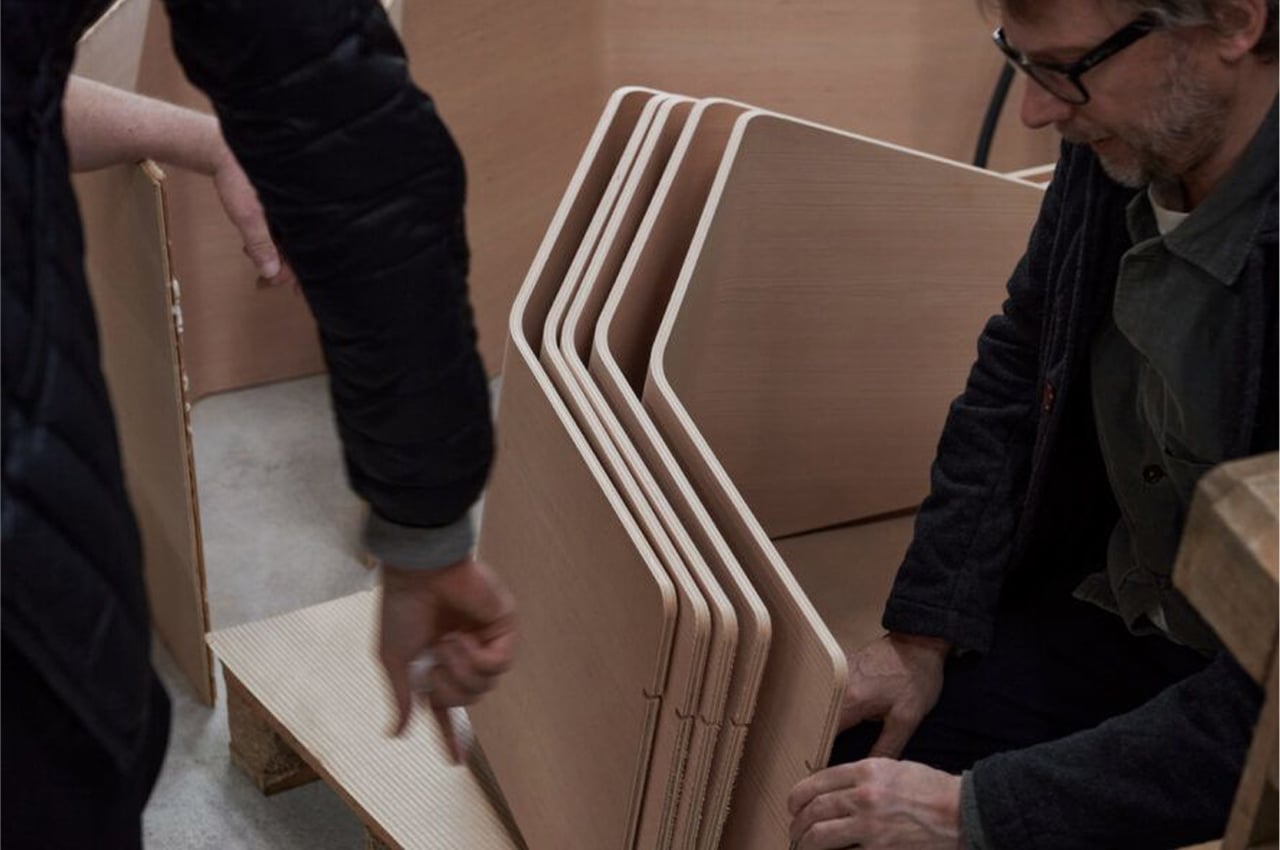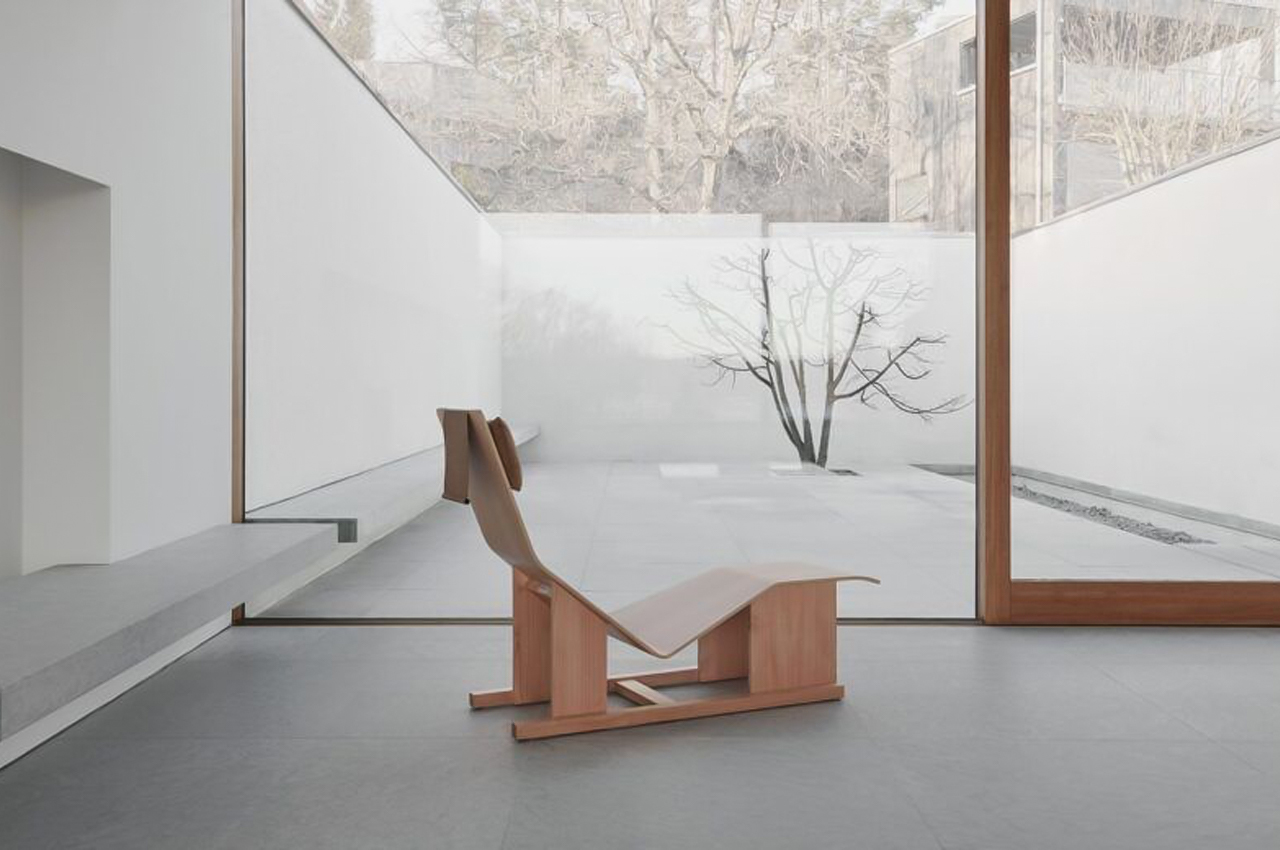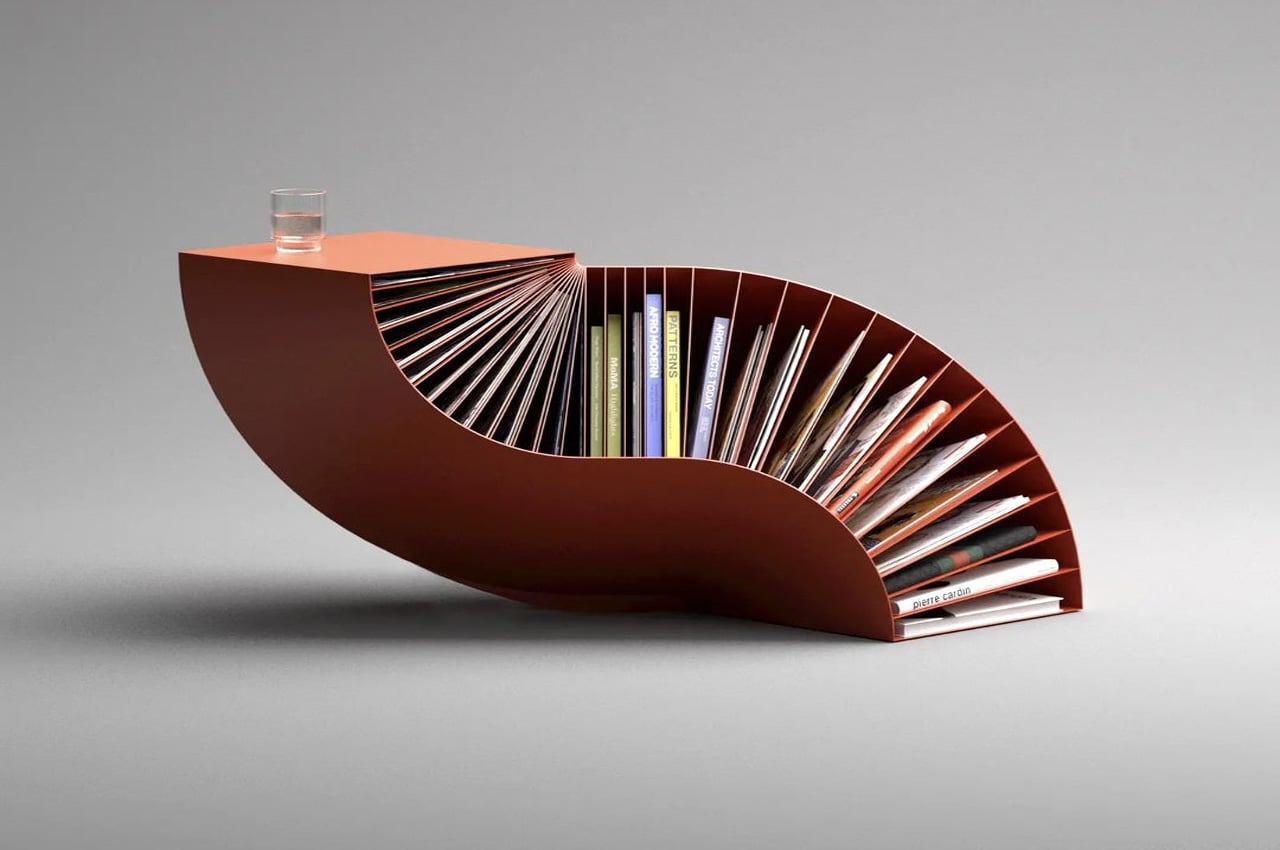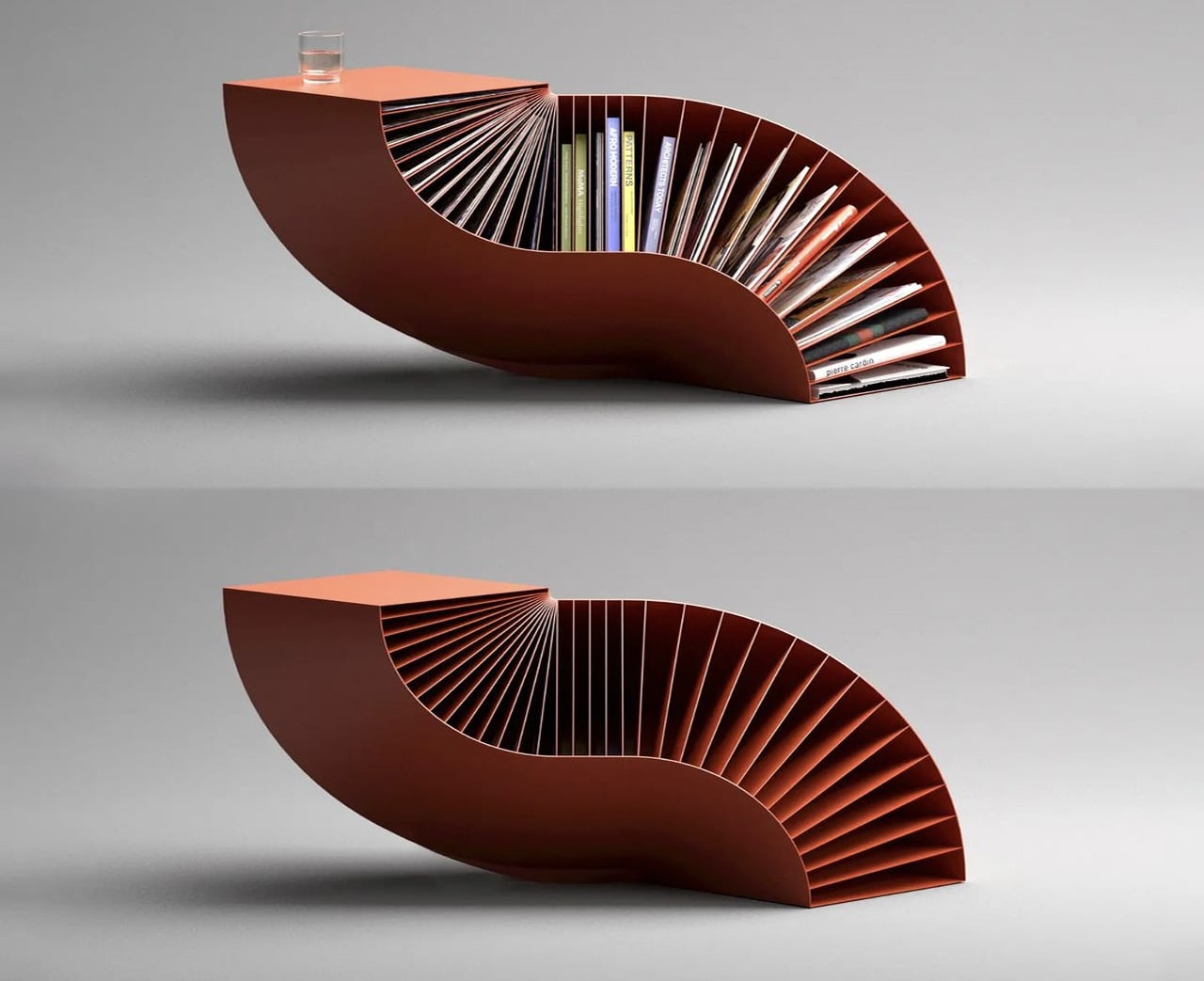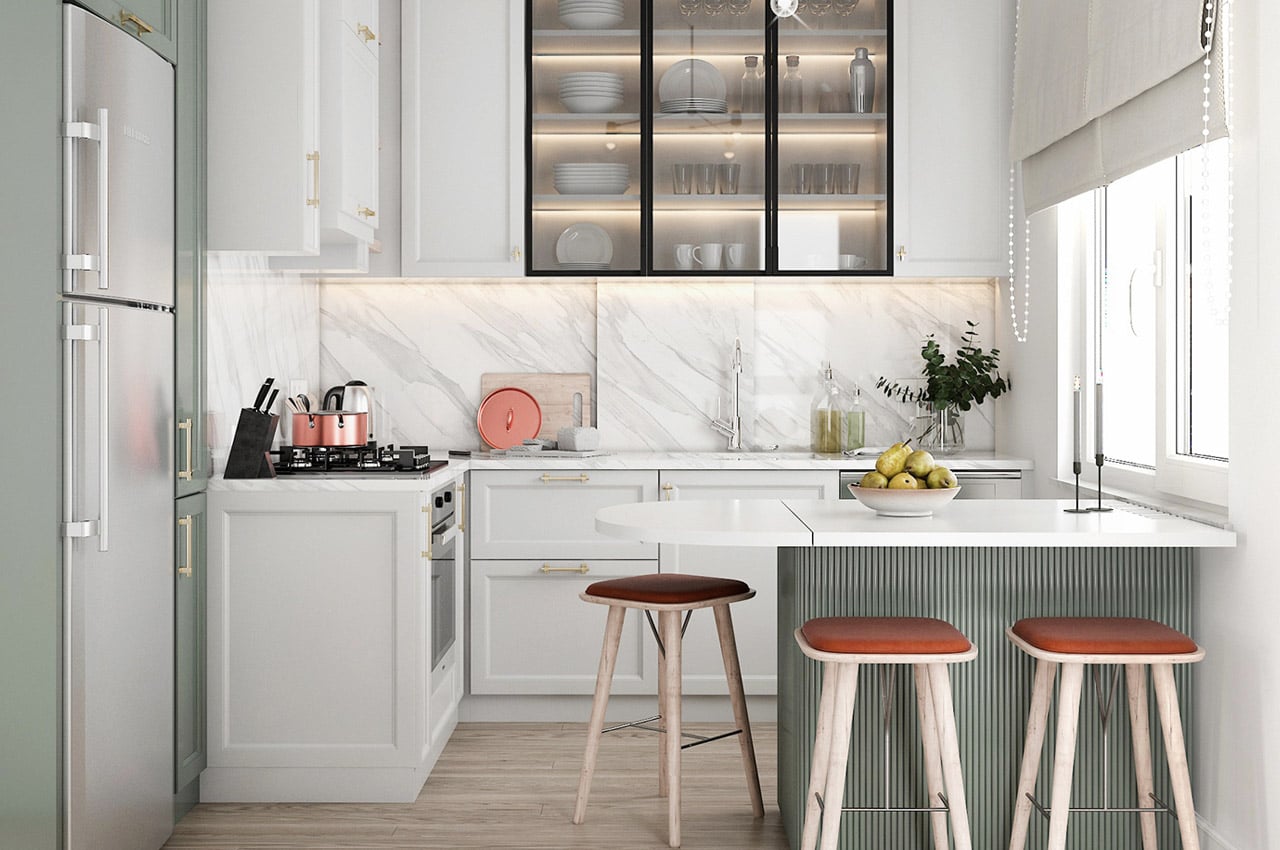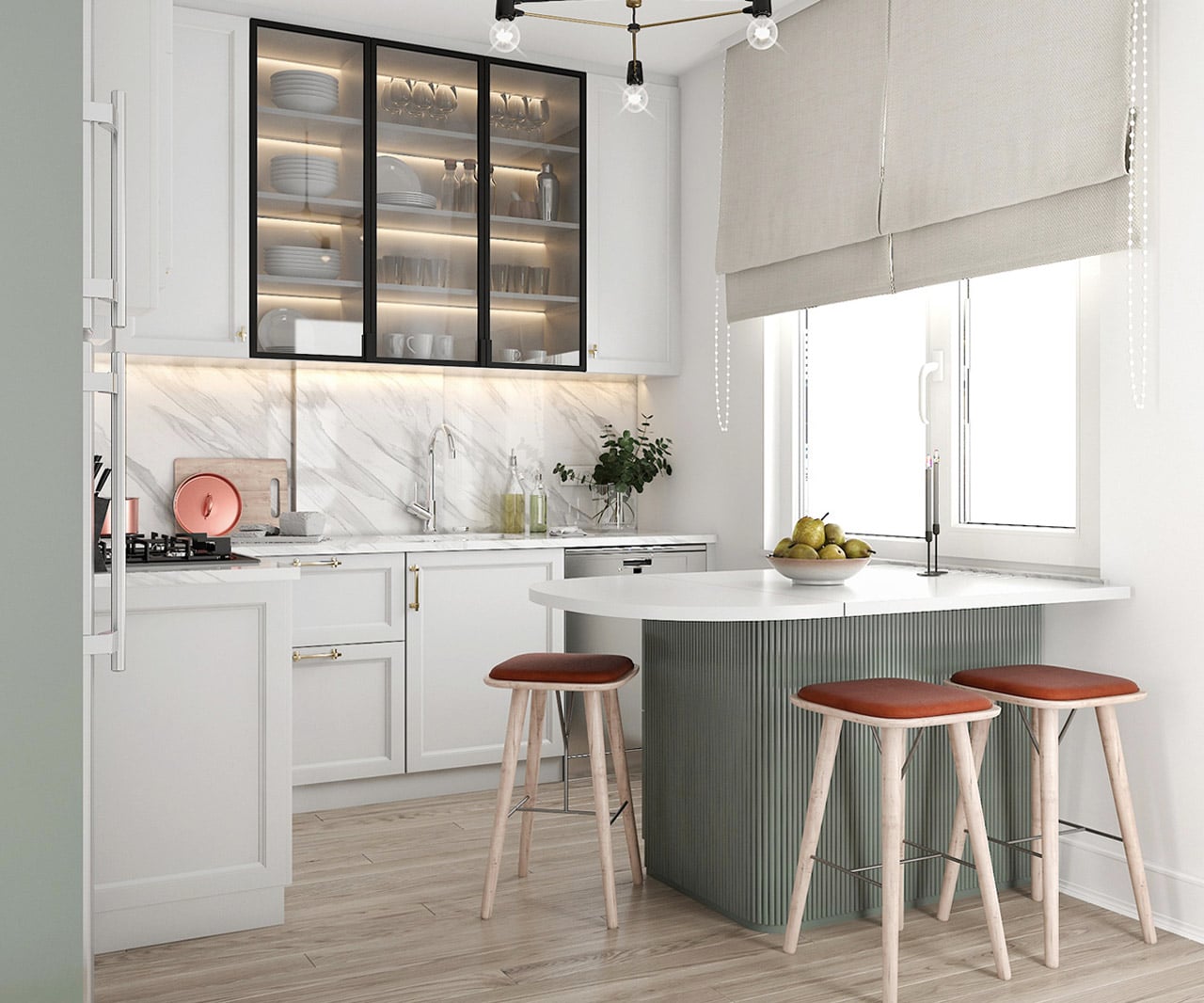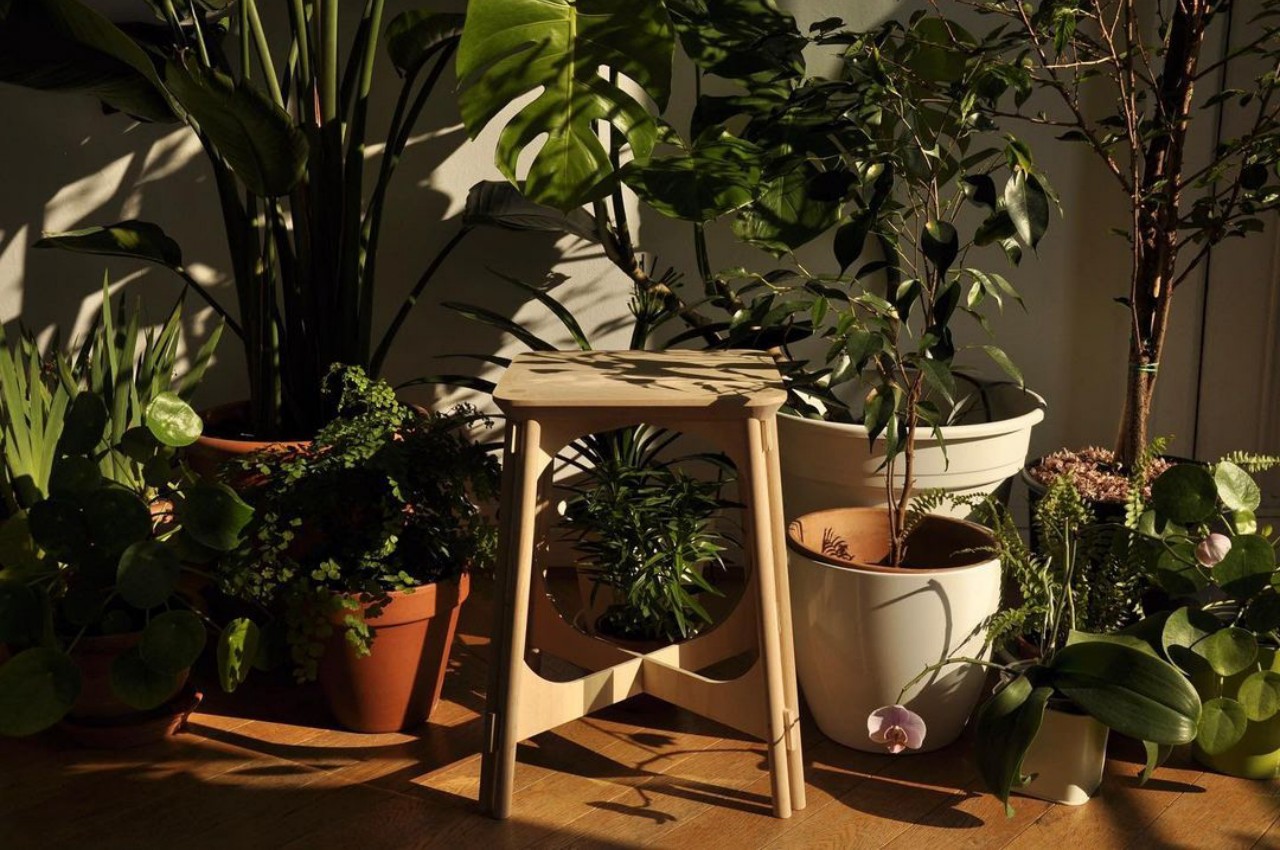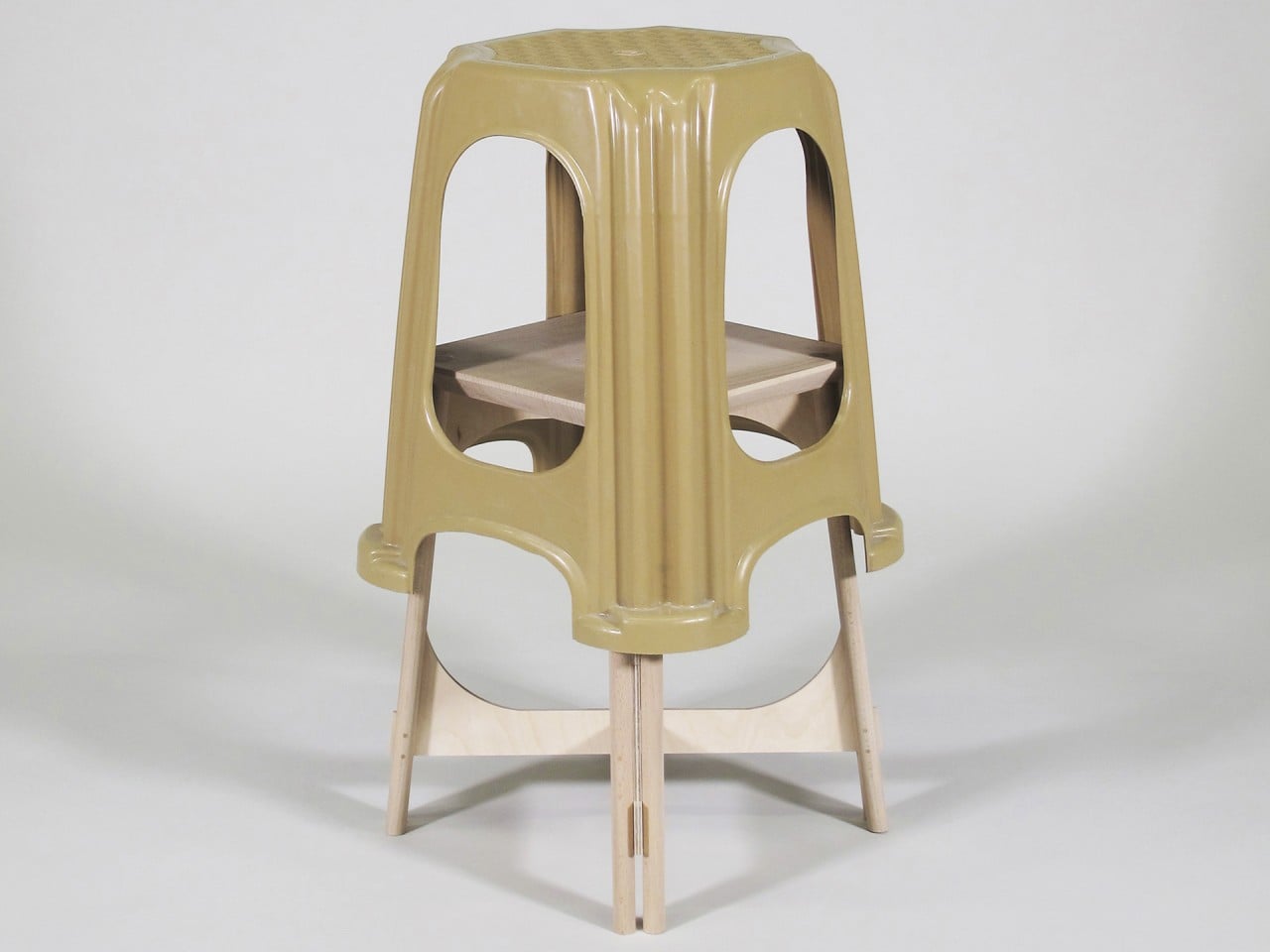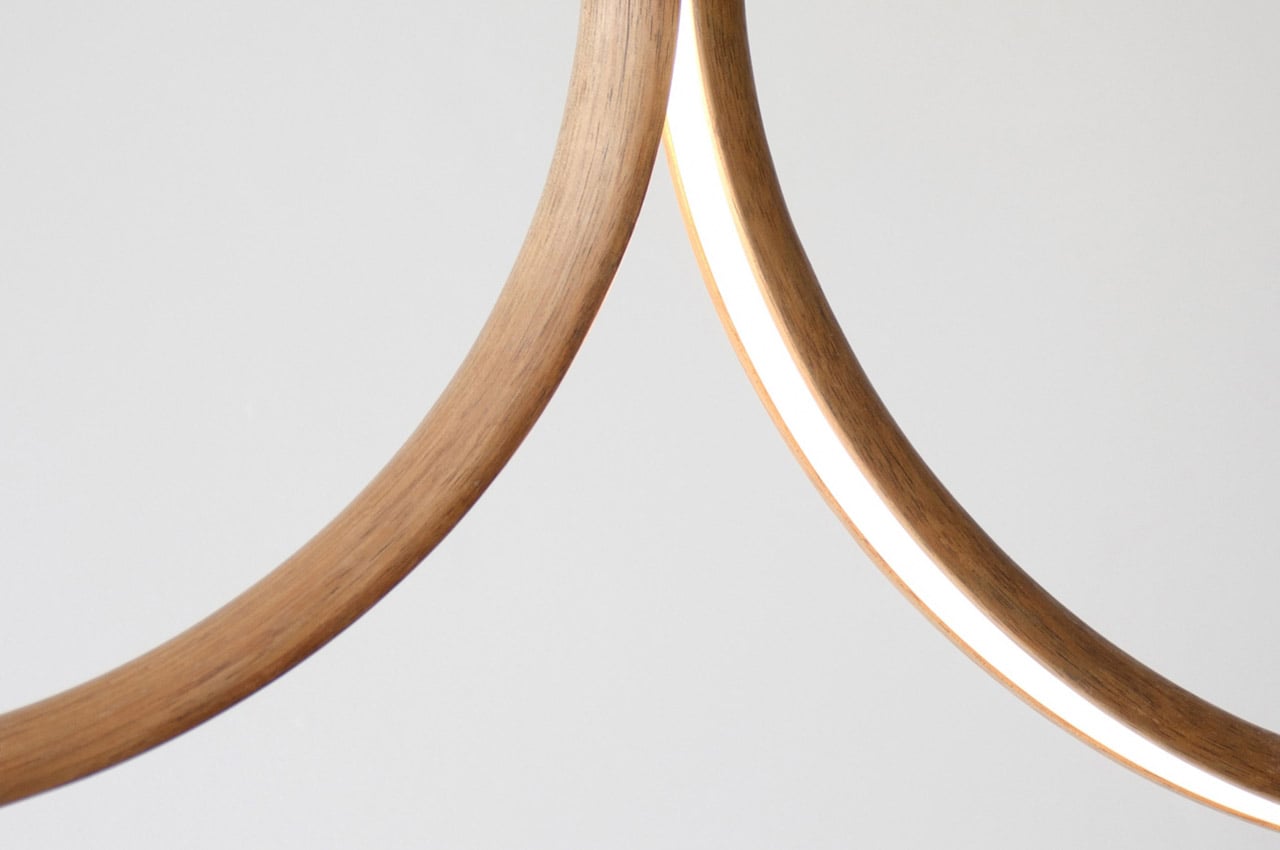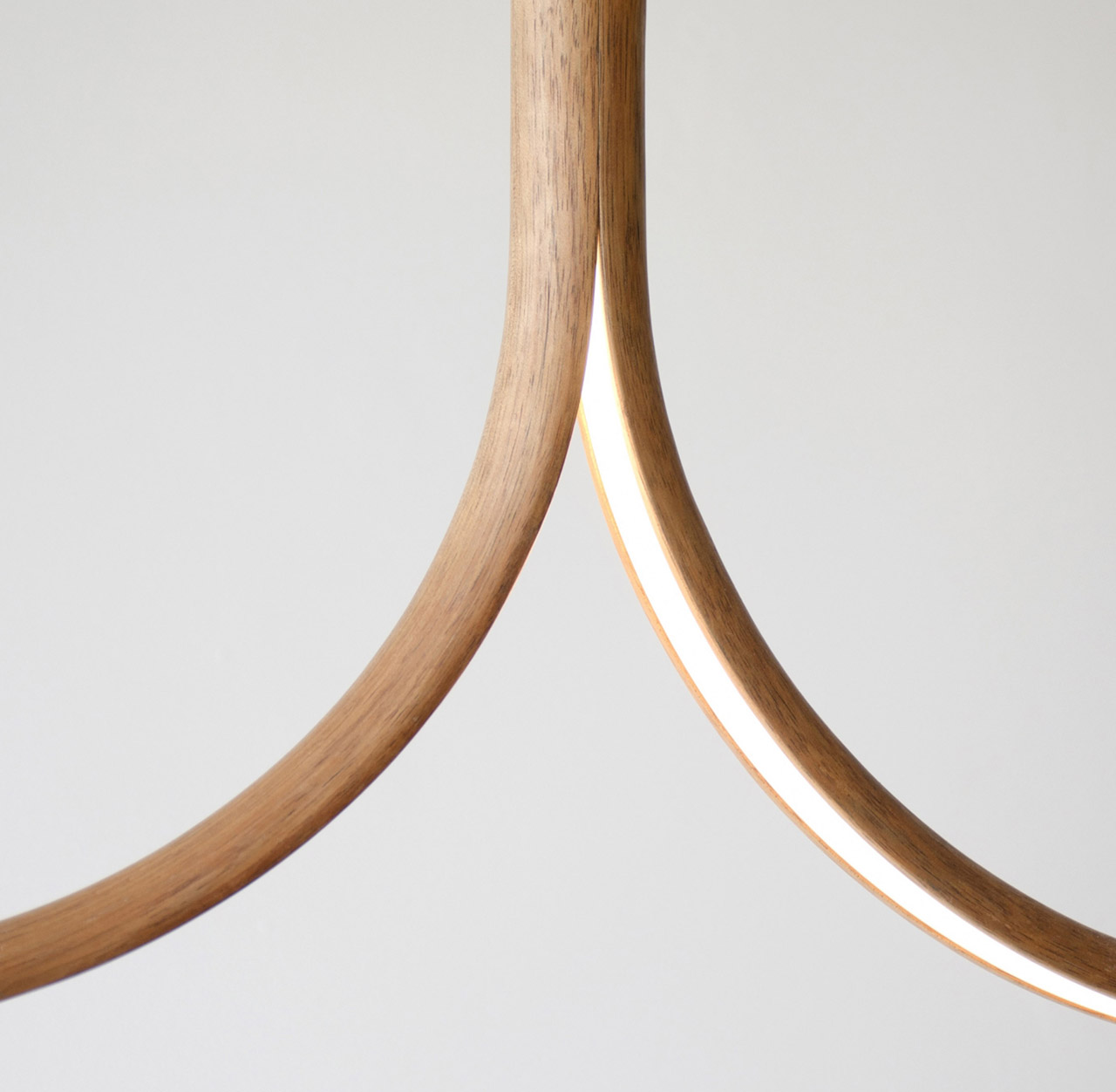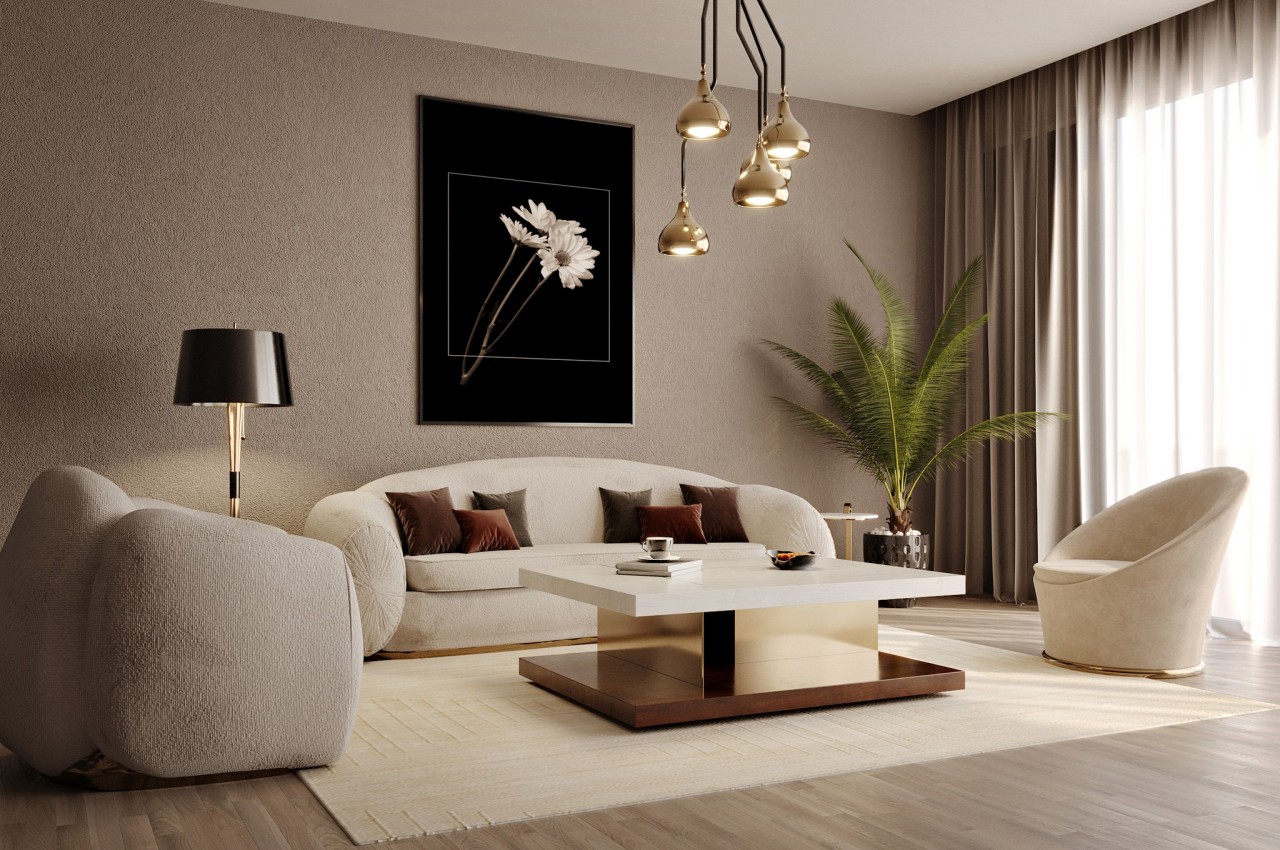
Astrology has been around for ages, and as per studies, people from each of the 12 sun signs have their distinct personality traits and habits. From preferred colors to design styles, these sun signs influence and play a key role in determining our individual décor choices. Our homes being personal sanctuaries, we subconsciously tend to take design inspiration from our Zodiac signs. Let’s take a look at what yours is and how you can use it as a guide to creating a home that reflects your personality.
These Zodiac signs are grouped into four elements like earth, water, fire, and air.
- The fire sign is known for its passion, courage, and creativity.
- The earth element is stable, grounded, and practical.
- Individuals of the air sign are communicative, sharp, intellectual, and social beings
- The water sign is emotional and intuitive in nature.
Aries, March 21 to April 19
Aries is a fire sign represented by the ram.
Personality – Fearless, passionate, and confident
People born under this sign are warm, energetic, and confident home decorators. They love opulence and experiment with bold design elements and accessories that symbolize success. Arians are fond of bright colors, especially shades of red and open spaces that offer a tranquil and relaxing vibe.
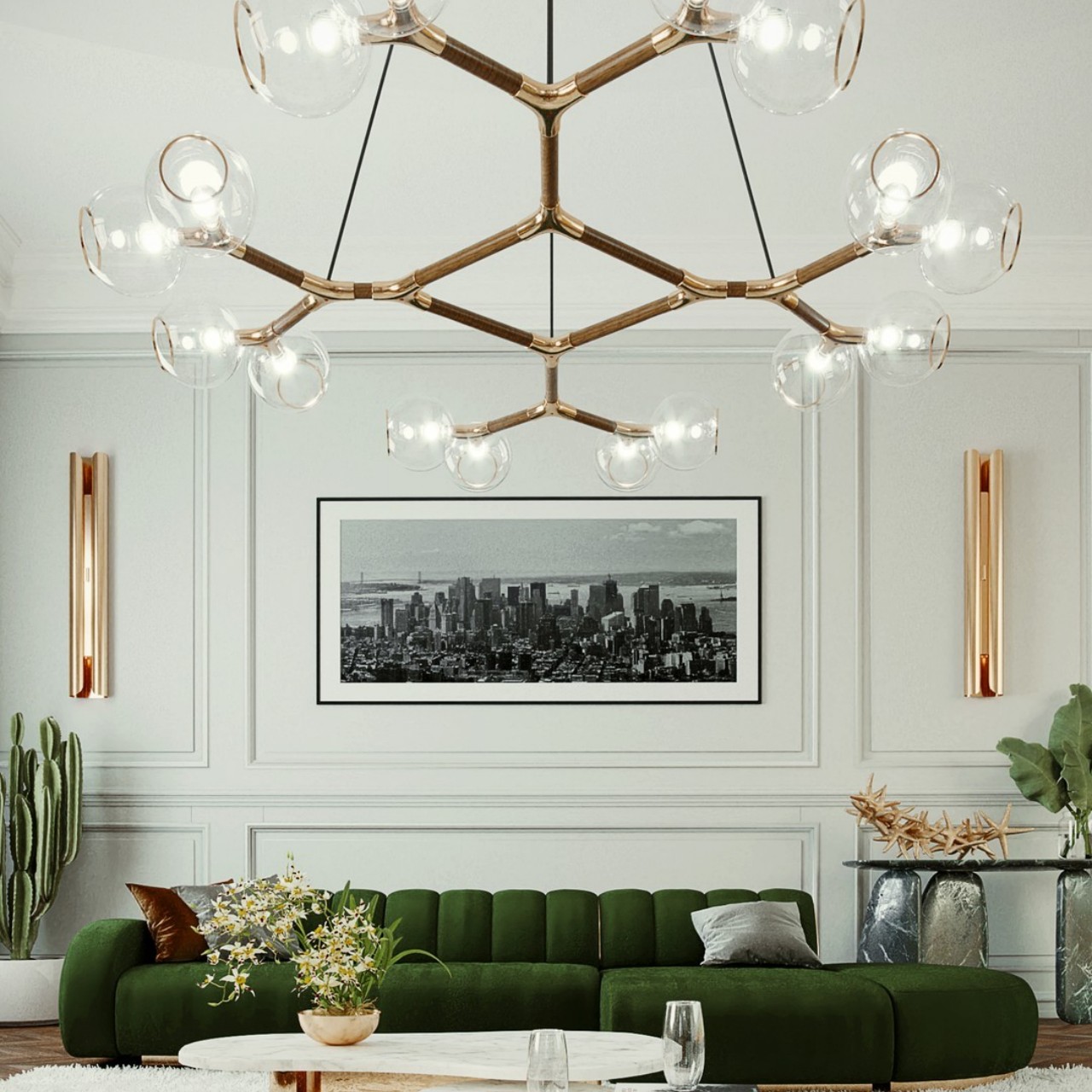
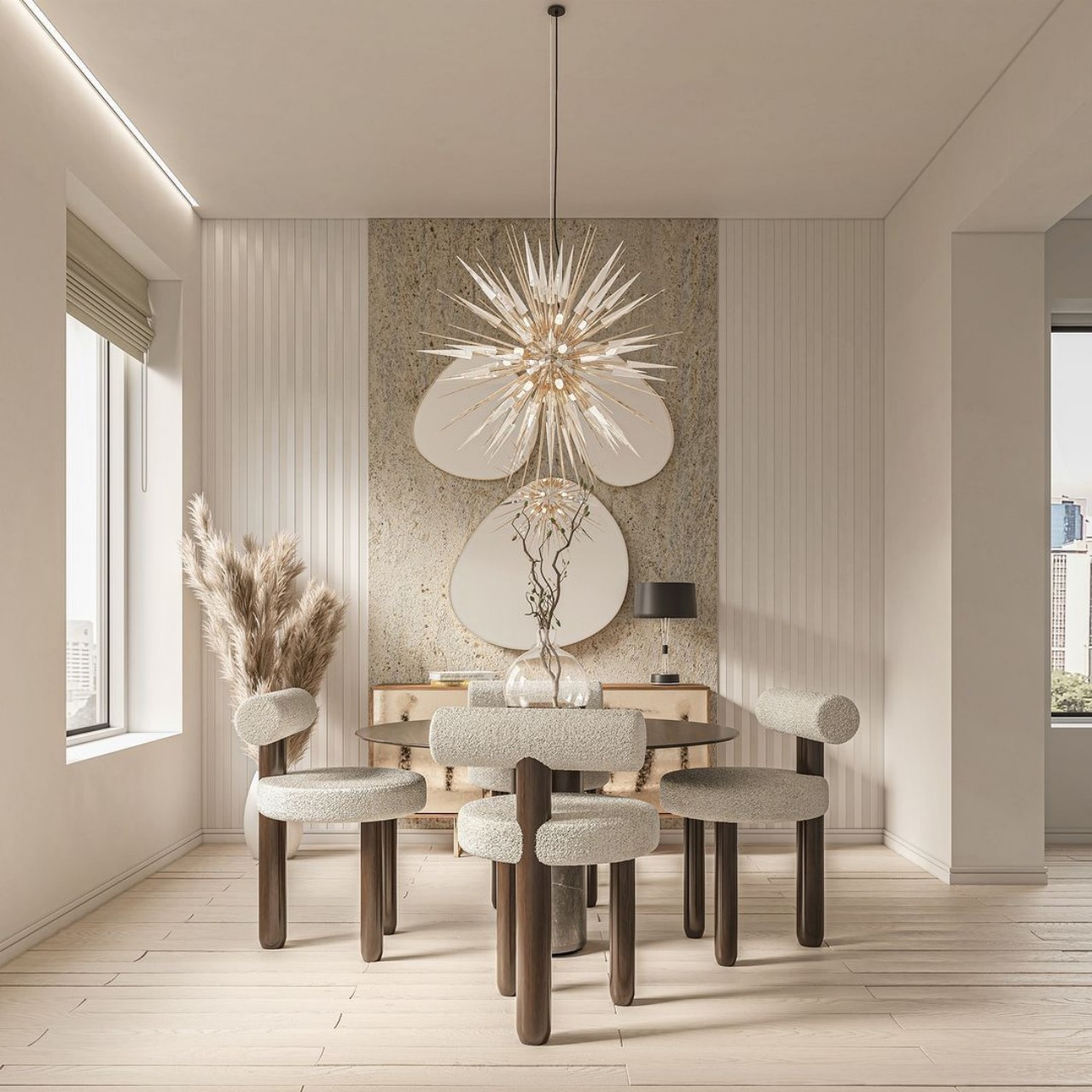
Designer: Caffe Latte Home
Taurus, April 20 to May 20
Taurus is an earth sign represented by the bull.
Personality– Honest, grounded, and peaceful
Taurians love stability, strive for consistency, and have a palette for fine things such as luxurious fabrics, materials, soothing fragrances, and home décor items. The Scandinavian style works best for them as this Zodiac thrives in a relaxing and serene environment designed with nature-inspired hues, like sage and mint green. Additionally, people born under this are foodies, so their kitchens should be well-designed with nice kitchenware and sturdy appliances.
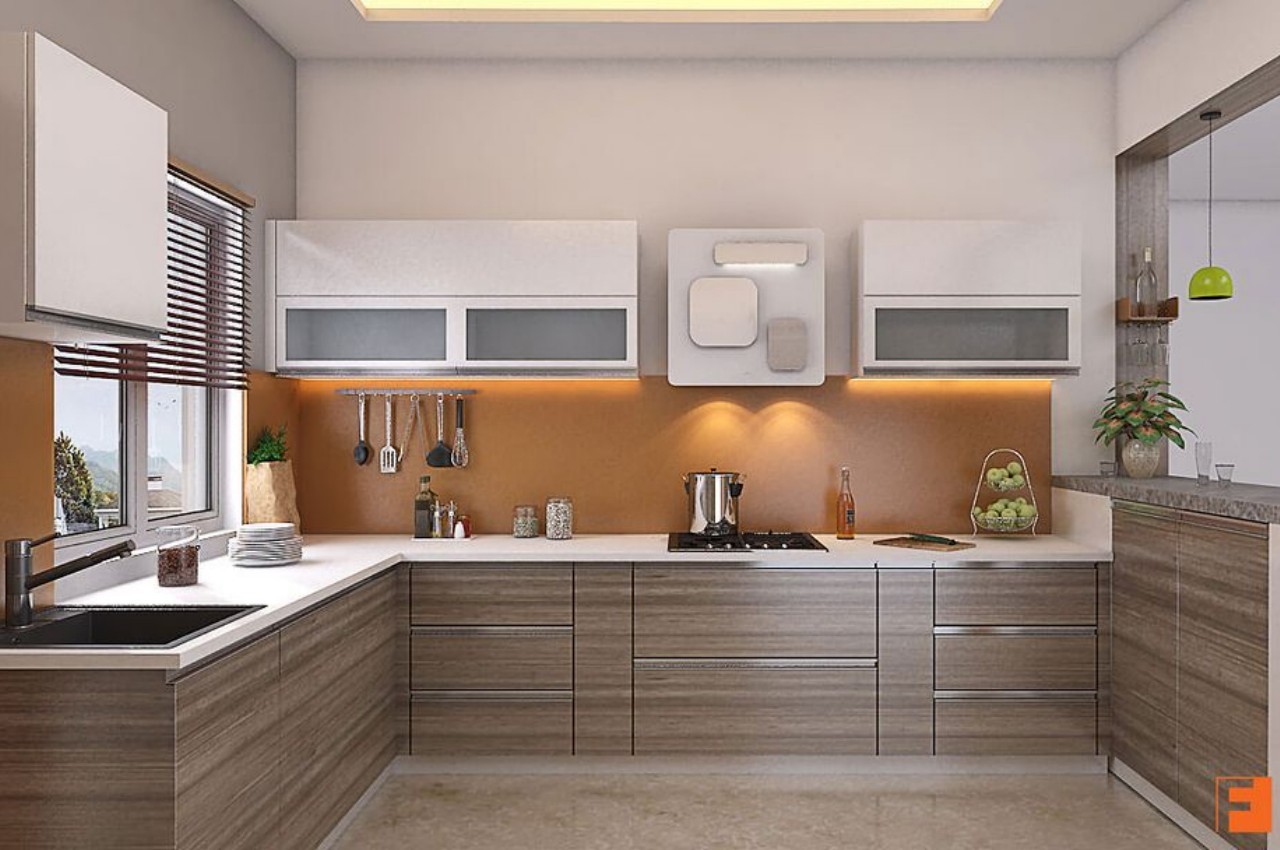
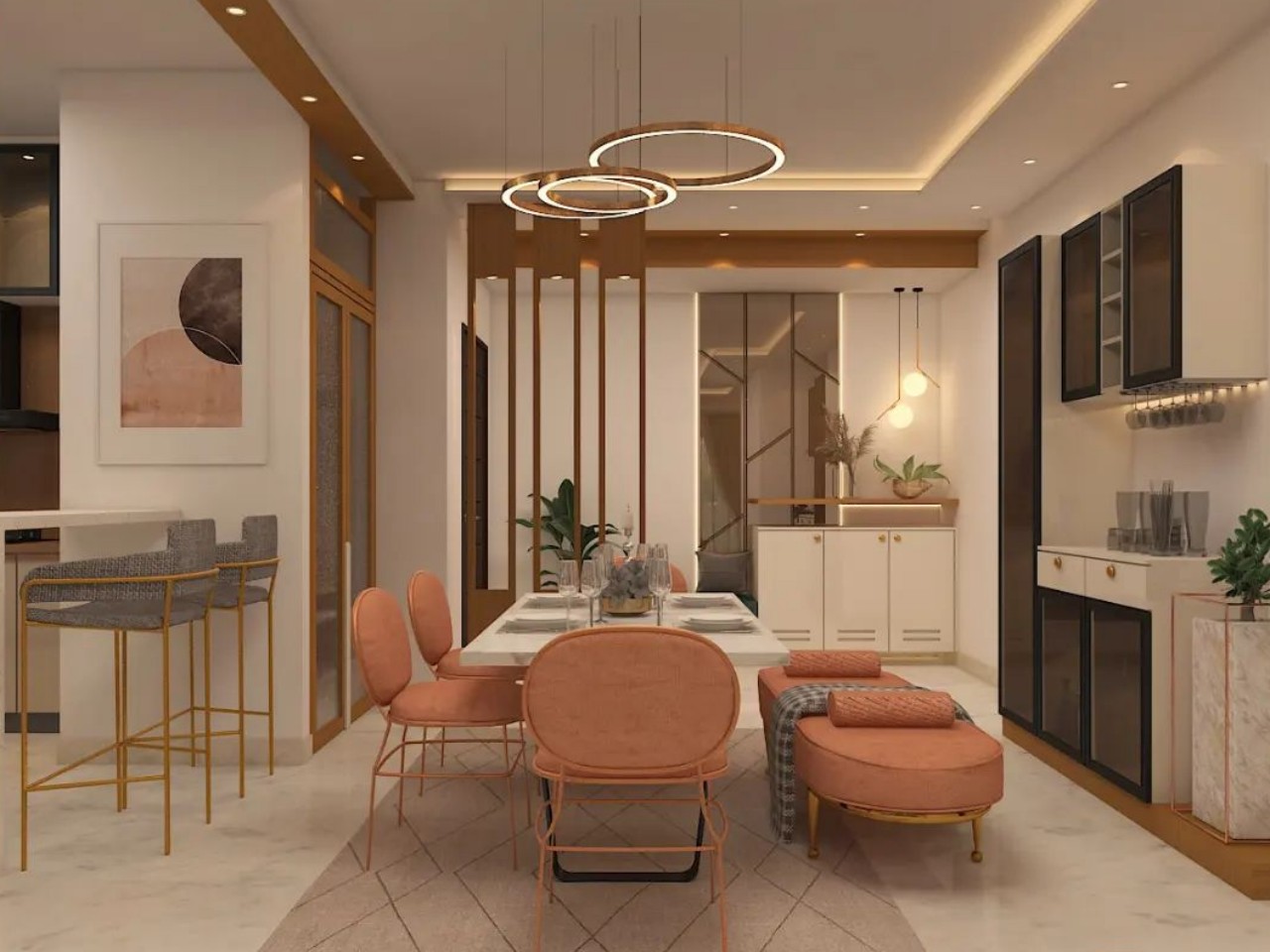
Designer: FURDO
Gemini, May 21 to June 20
Gemini is an air sign symbolized by celestial twins.
Personality– Extrovert, flexible, and youthful
People born under this sign have a dual nature. They tend to look for variety and love traditional, vintage, and modern design styles. Hence, the mix-and-match trend goes very well with them. In addition, Geminis are social butterflies who love to party, so their homes usually incorporate plenty of seating for guests and a nice home bar. The décor is functional and clutter-free and includes the latest gadgets.
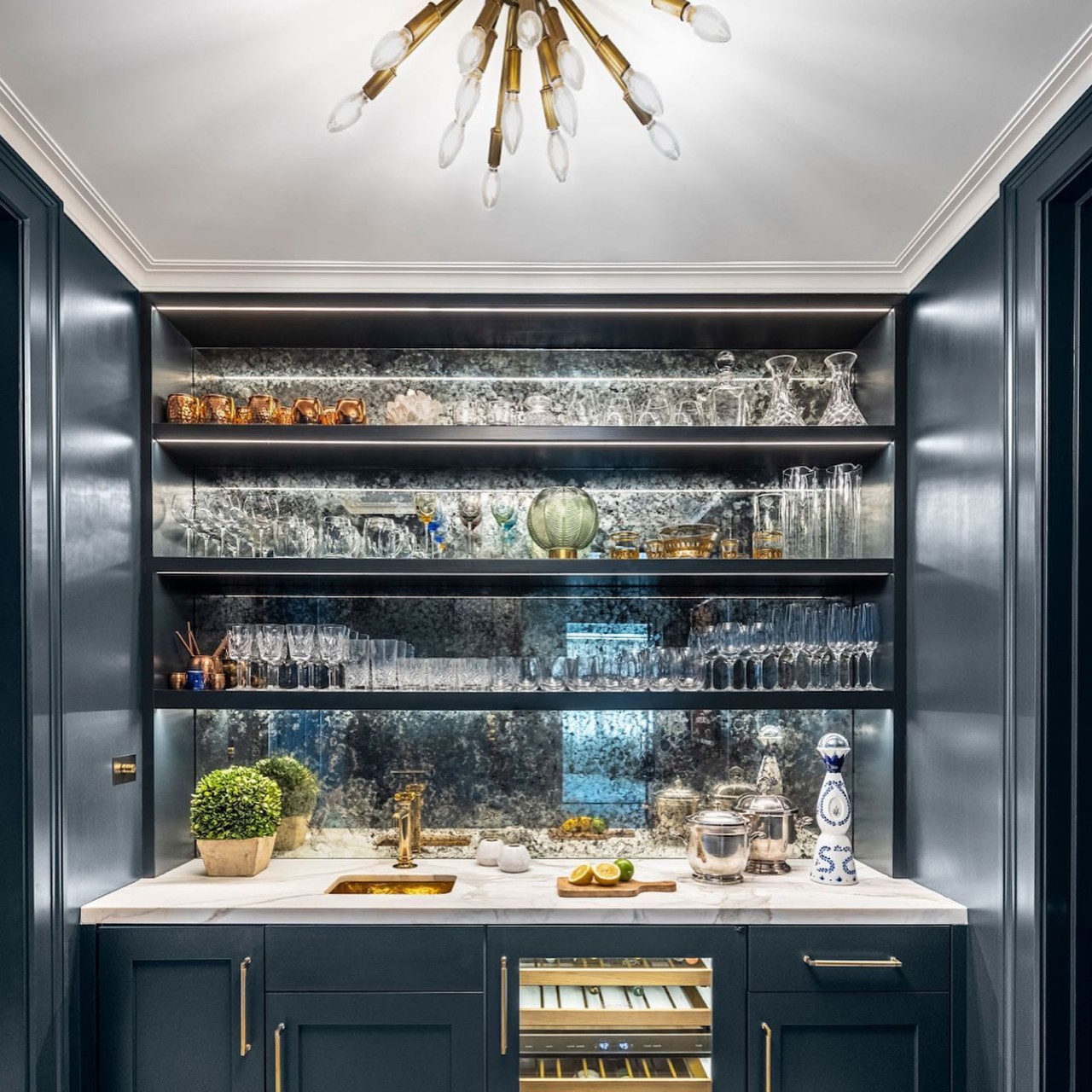
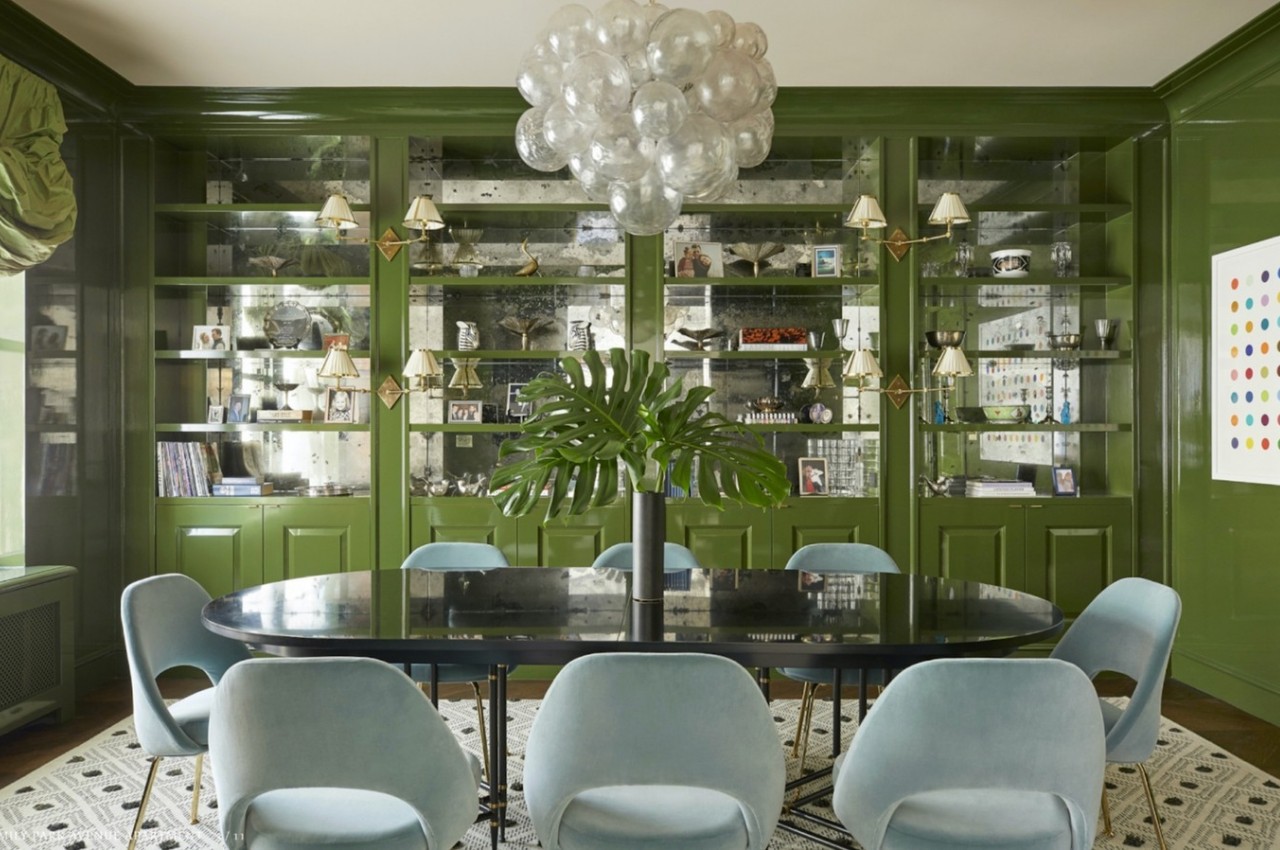
Designer: Vella Interiors
Cancer, June 21 to July 22
Cancer is a water sign represented as a crab.
Personality– Sensitive, compassionate, and humorous
Ruled by the moon and water, people born under this sign are sensitive to their environment. They prefer a traditional style and love soft furnishing and a cozy atmosphere that exudes comfort. Their environment focuses on relaxed decor with a layered look, just like the shell of the crab. This star sign’s favorite color would be soothing soft pastels, whites, grays, metallic silver, or rose gold that can exude a sense of luxury. They are sentimental, so consider hanging photographs of family and friends throughout the home to create their secure zone.
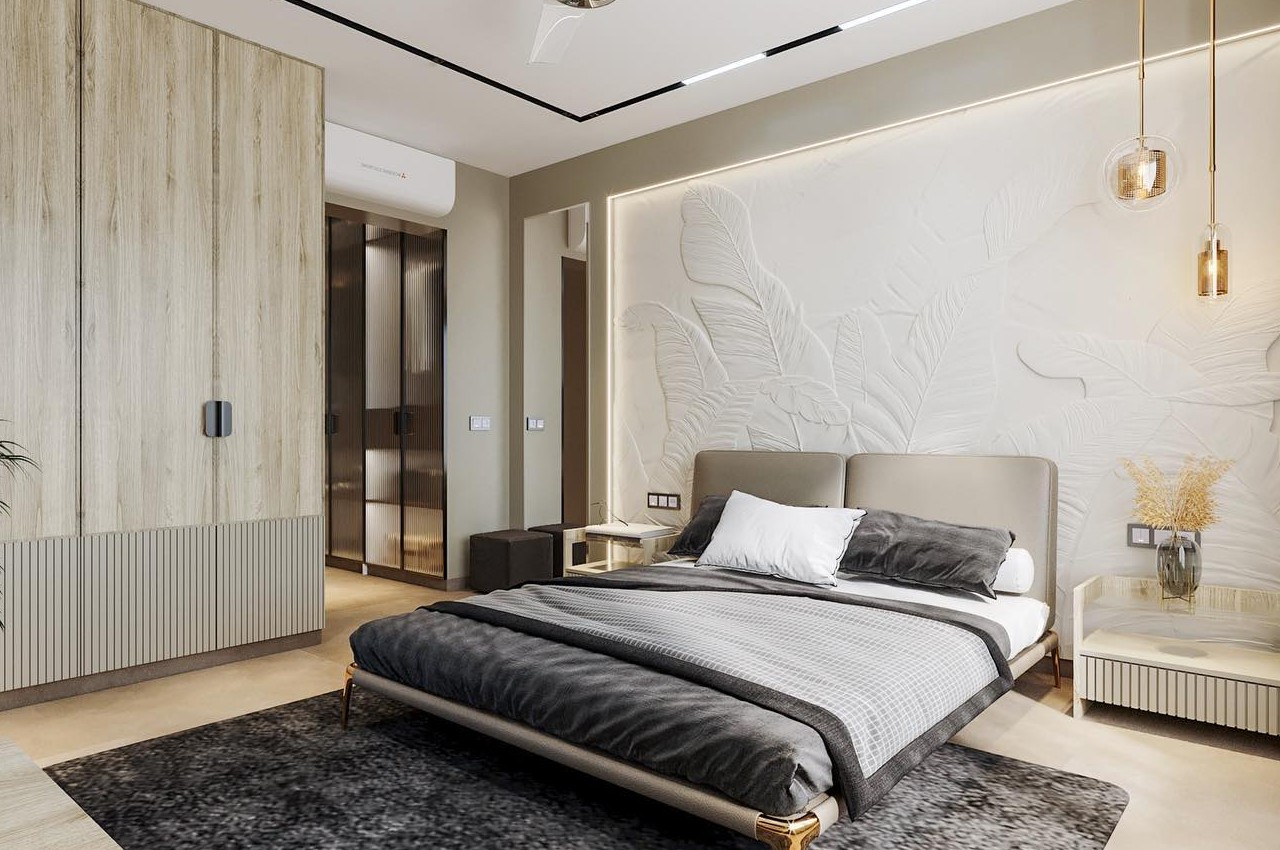
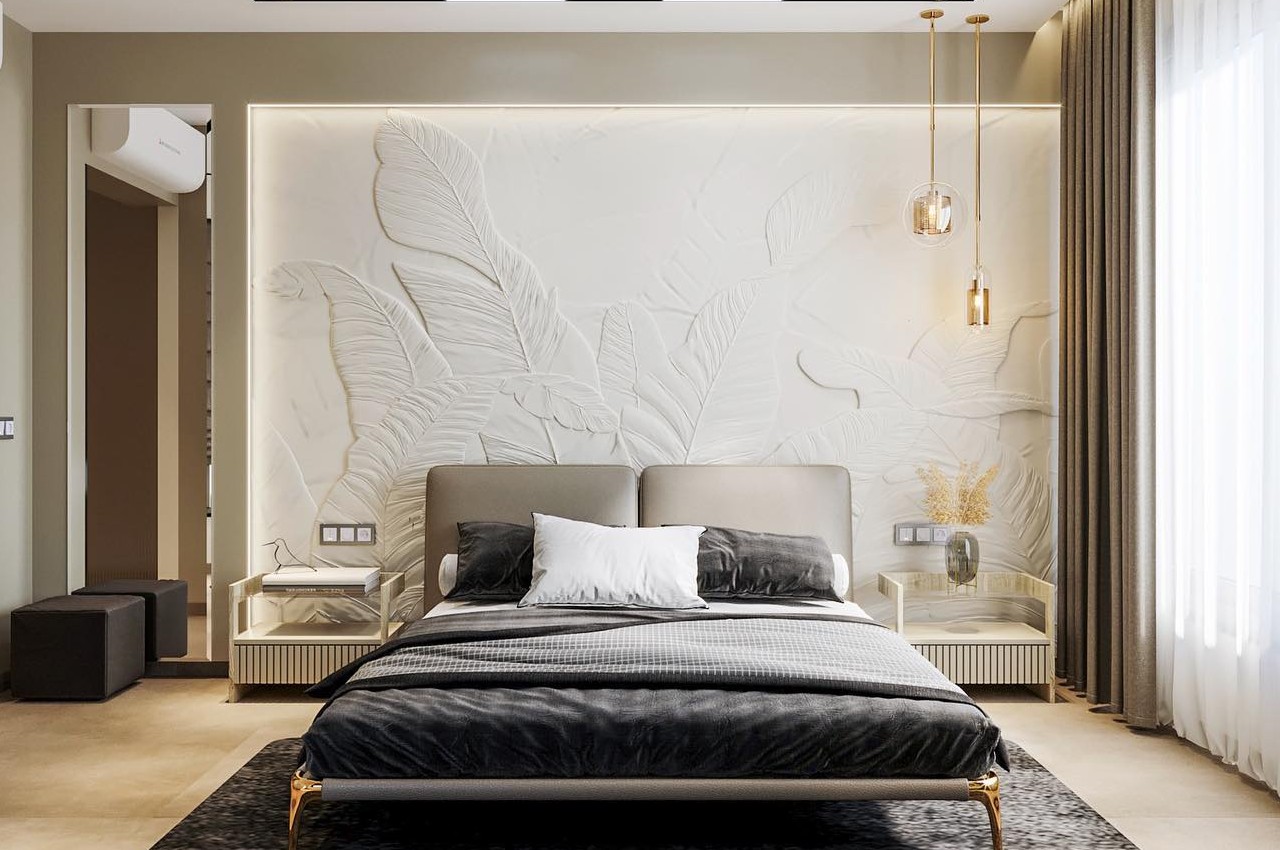
Designer: Tabula Rasa Design Studio
Leo, July 23 to August 22
Leo is a fire sign represented by the lion.
Personality – Confident, bold, and regal
This sun sign is bold, daring, loves maximalism, and flaunts its desire for luxuries. They love their homes to show off indulgent materials, amazing vignettes, attention-grabbing accent pieces, and luxurious fabrics like silk and velvet that make a statement. Ruled by the sun, Leo’s are fond of bright homes that are full of natural light and are attracted to hues of mustard and yellow. People belonging to this sun sign love bling, shimmer, and designer labels.
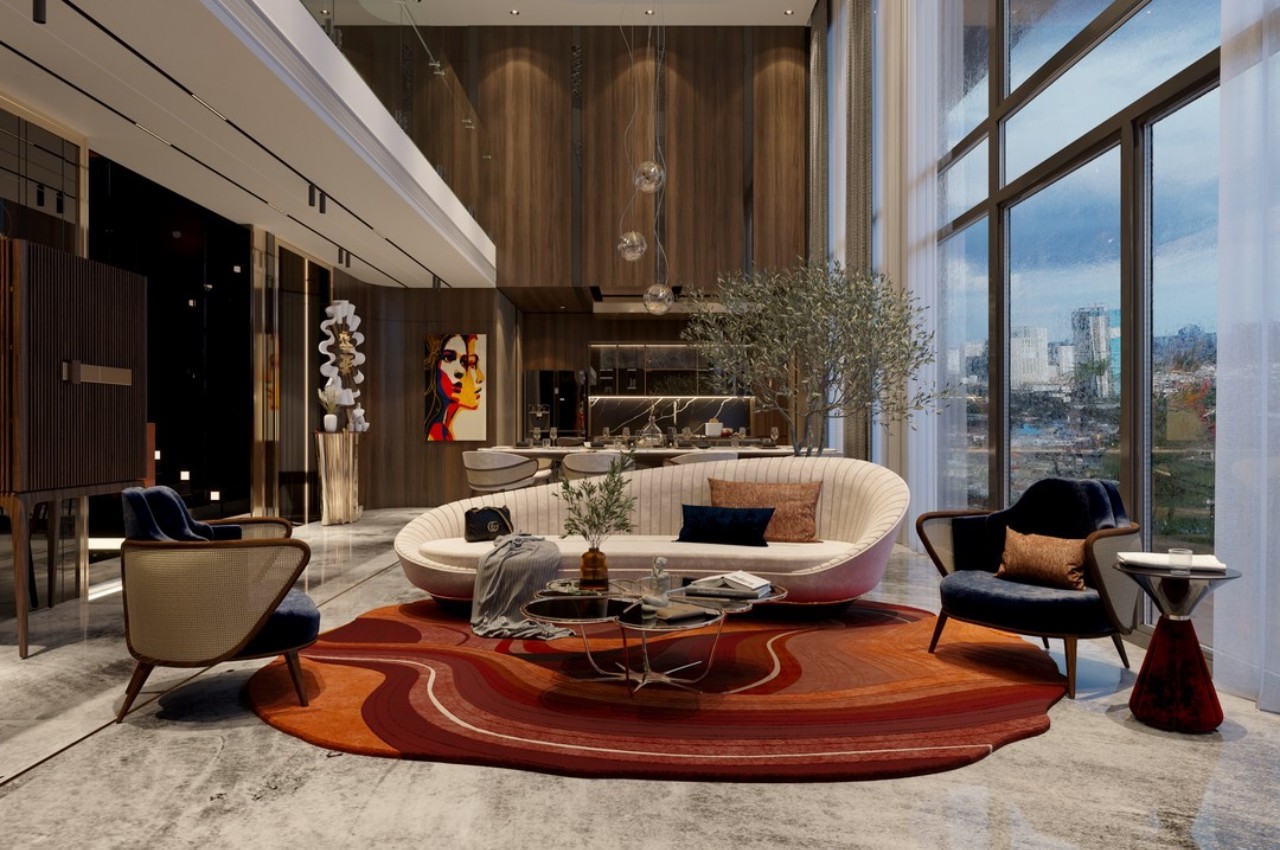
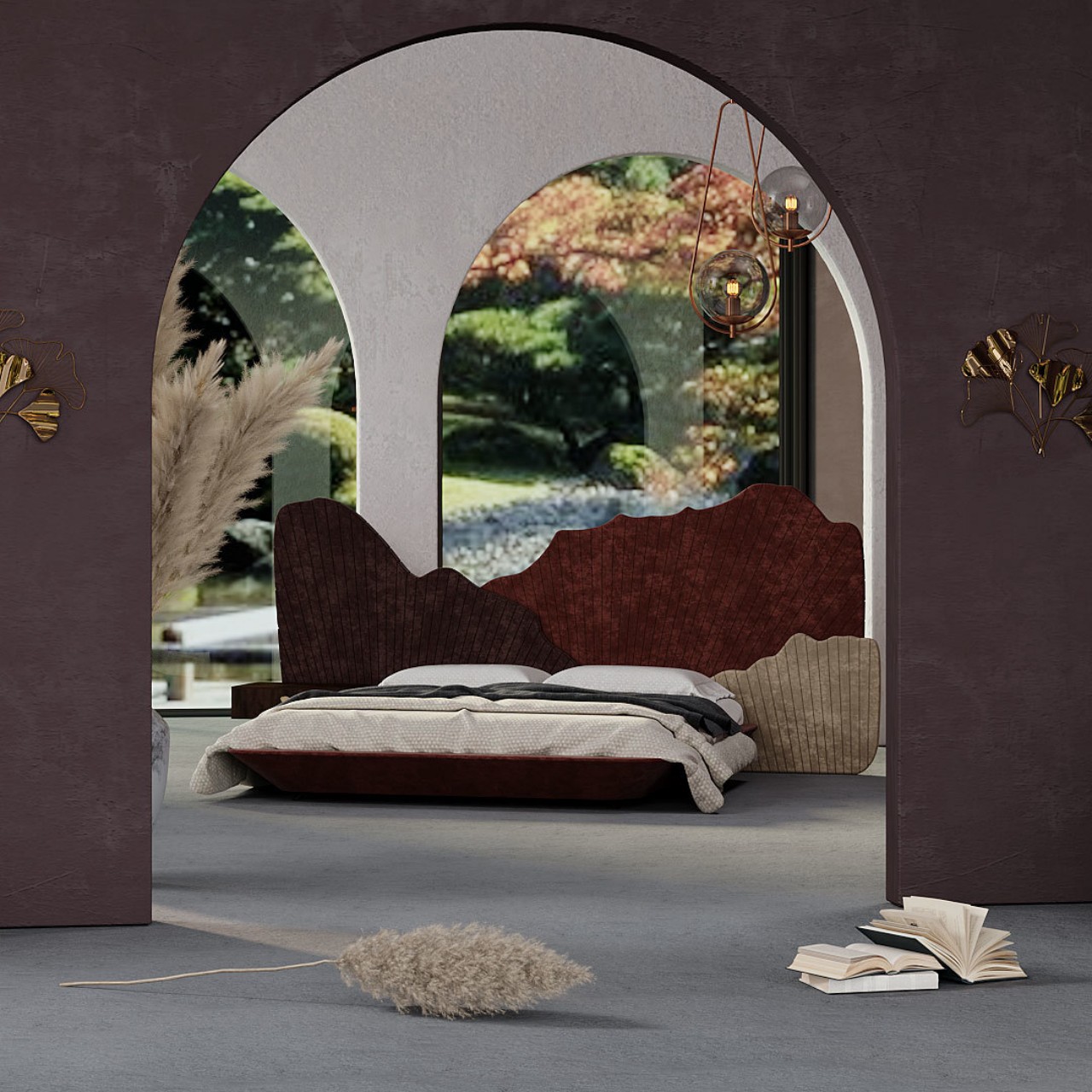
Designer: ALMA de LUCE
Virgo, August 23 to September 22
Virgo is an earth sign represented by the virgin.
Personality – Practical, elegant, and organized
Virgos are well organized; they strive for order, simplicity, and cleanliness. The clean-lined Scandinavian design style goes best with them. People born under this sign love nature and earthy tones. They also prefer organic shapes and materials like wood and natural stone. Simple colors like browns, gray, and deep or icy blues would appeal to them and help give their homes a cozy appeal.
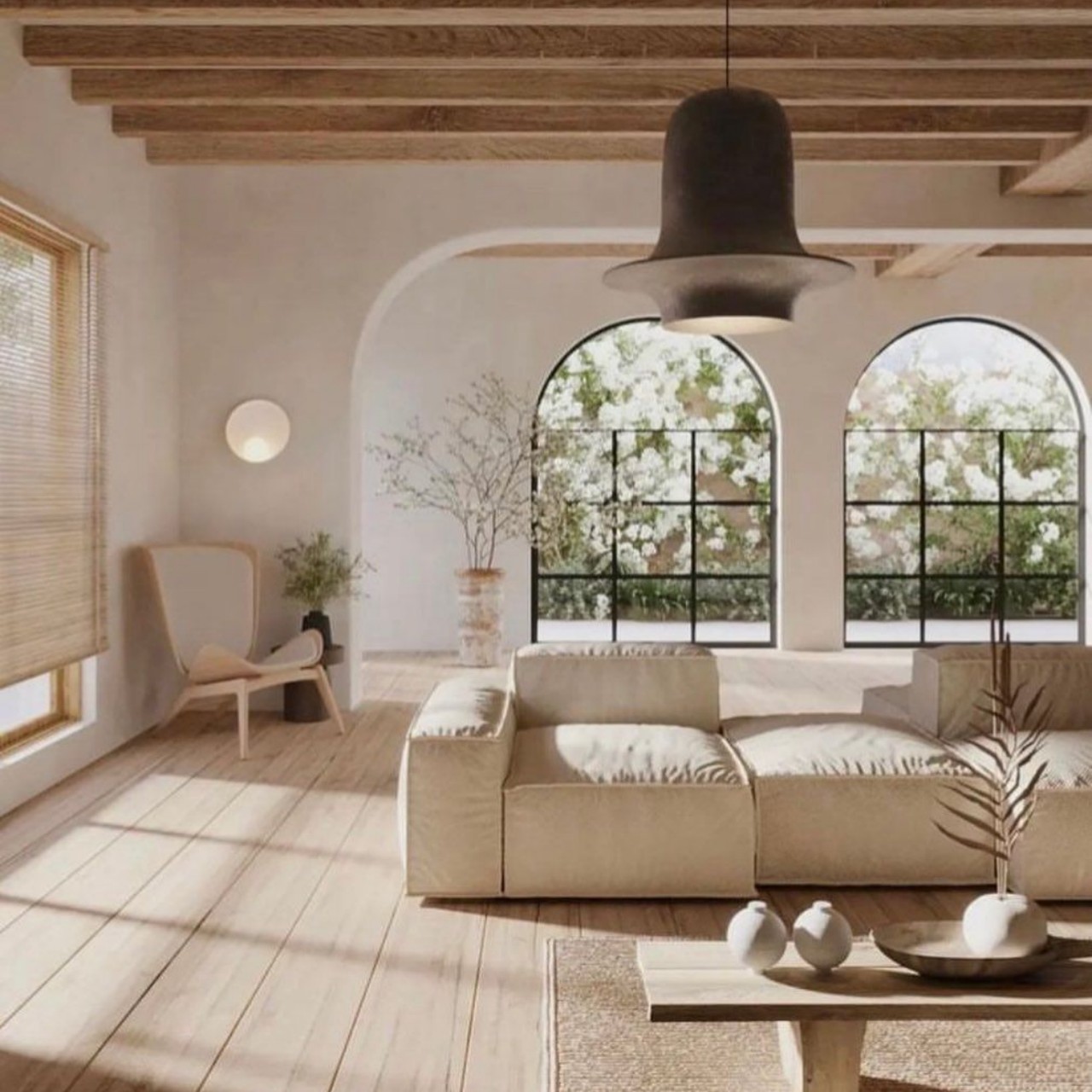
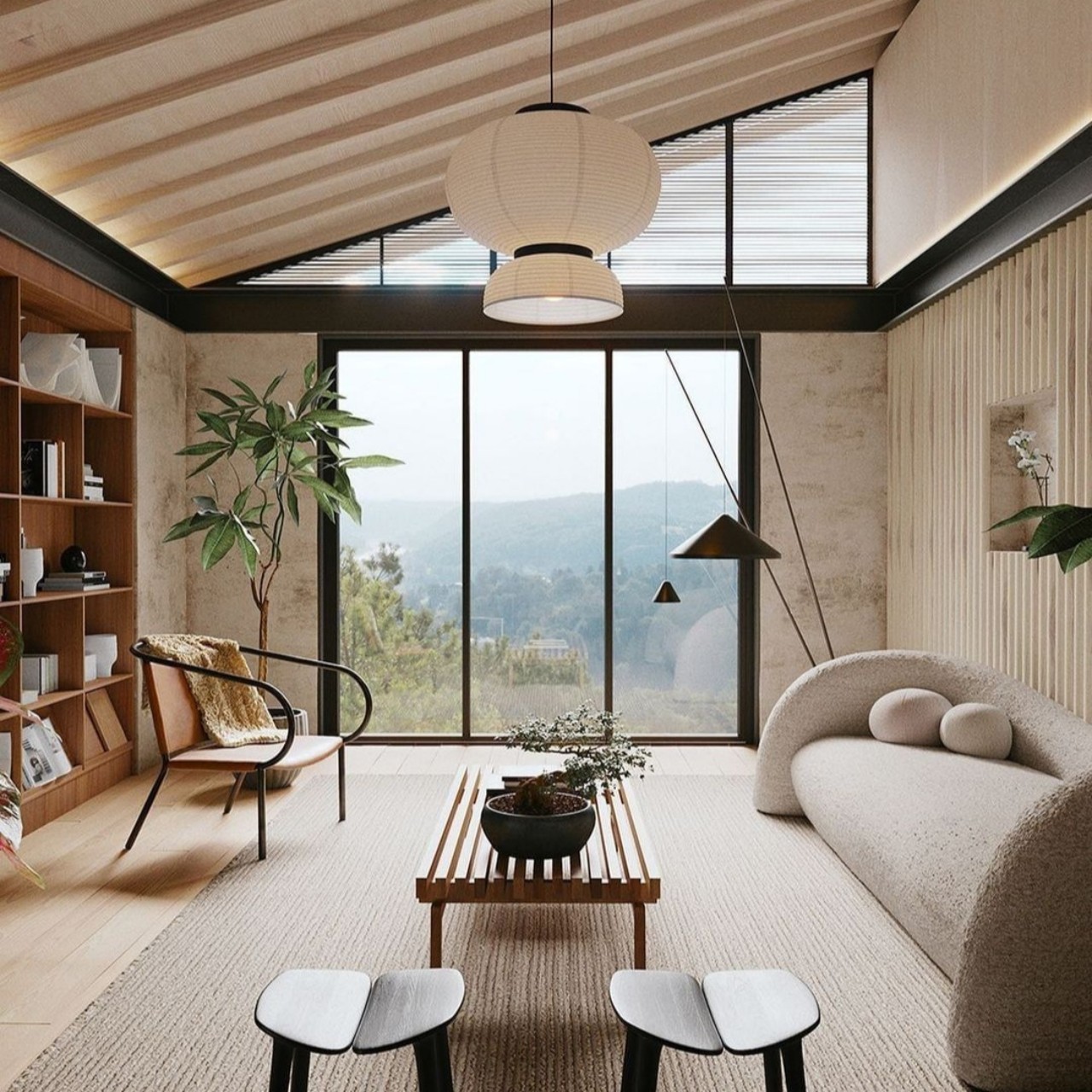
Designer: Jeco Jara Design Group
Libra, September 23 to October 22
Libra is an earth sign represented by the scales.
Personality–Balanced, artistic, and elegant
Ruled by Venus, the planet of beauty, people born under this sun sign strive to achieve peaceful surroundings and design the most aesthetically pleasing homes. The decor uses color and texture to create a stylish, symmetrical, harmonious space, incorporating clean lines and a clutter-free look. Note that Librans tend to get overwhelmed if the house gets messy. To achieve balance, a transitional décor style works best, which is not too modern or traditional, and they are comfortable in almost any color scheme.
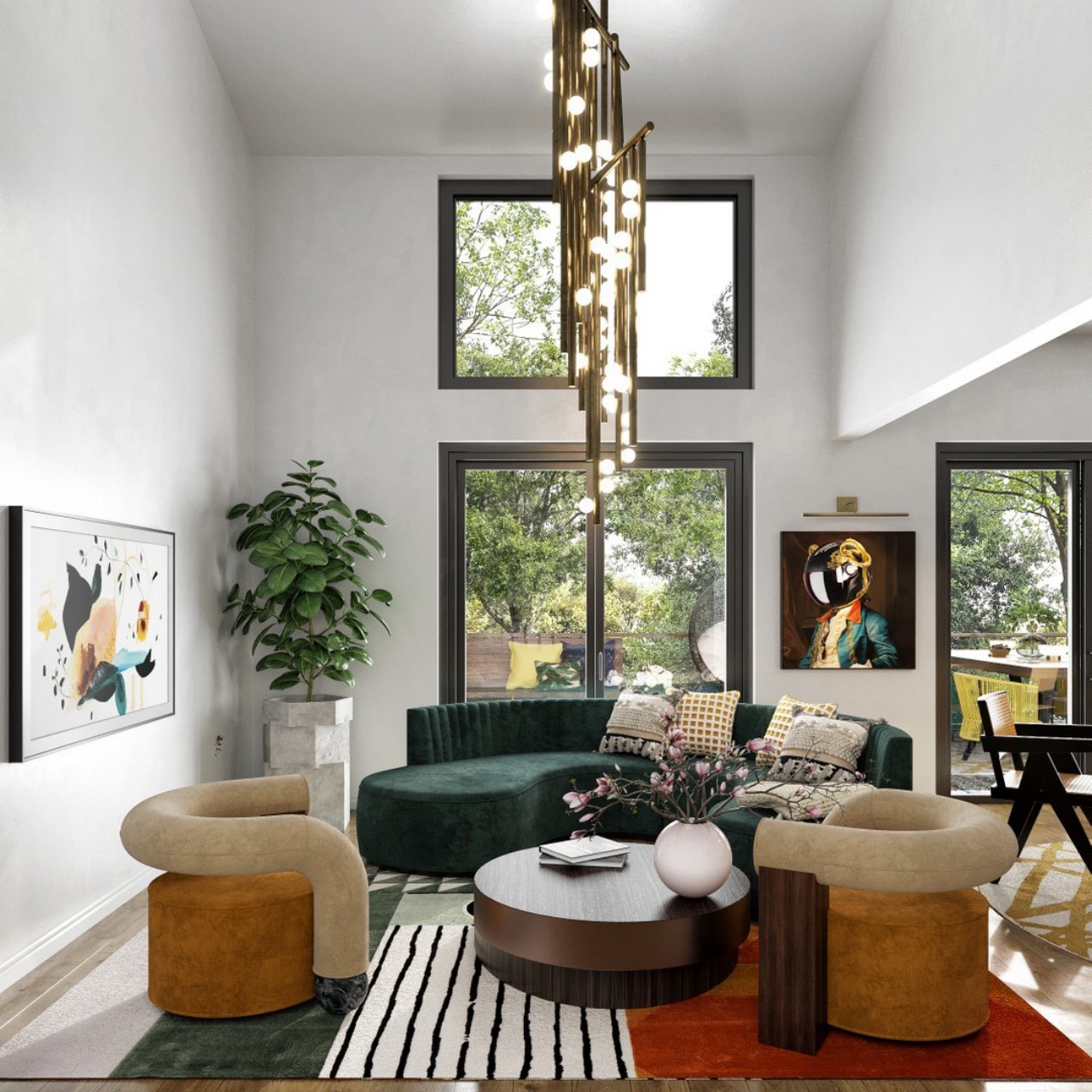
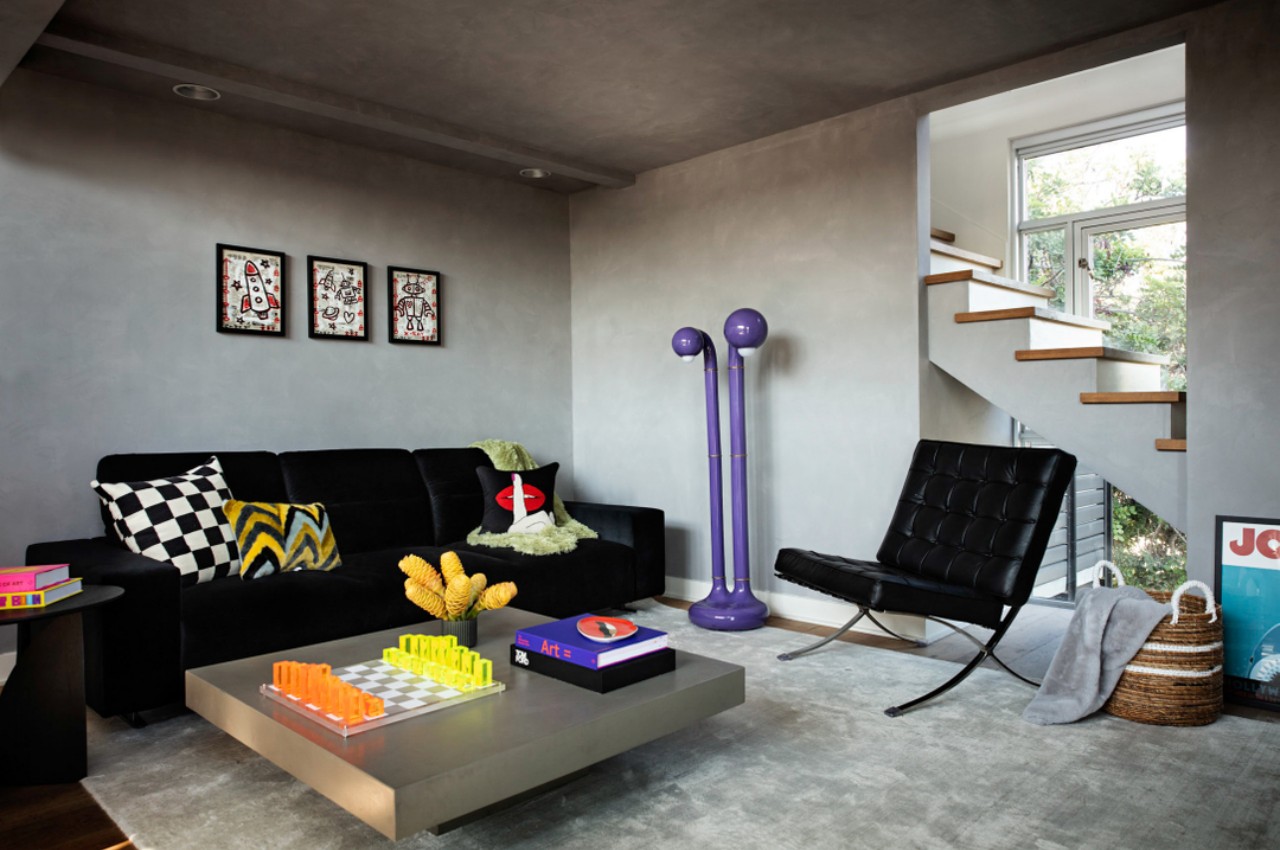
Designer: R/terior Studio
Scorpio, October 23 to November 21
Scorpio is a water sign represented by the scorpion.
Personality– Strategic, emotional, and bold
Scorpions pay meticulous attention to detail, and their homes are classy and elegant, make a statement, and strive to create the right ambiance. A mid-century Gothic style goes well with their personality, and they love to integrate jewel tones like emerald green, burgundy, and plum. They love sensual textures like faux fur and silk, alongside extensive use of natural wood.
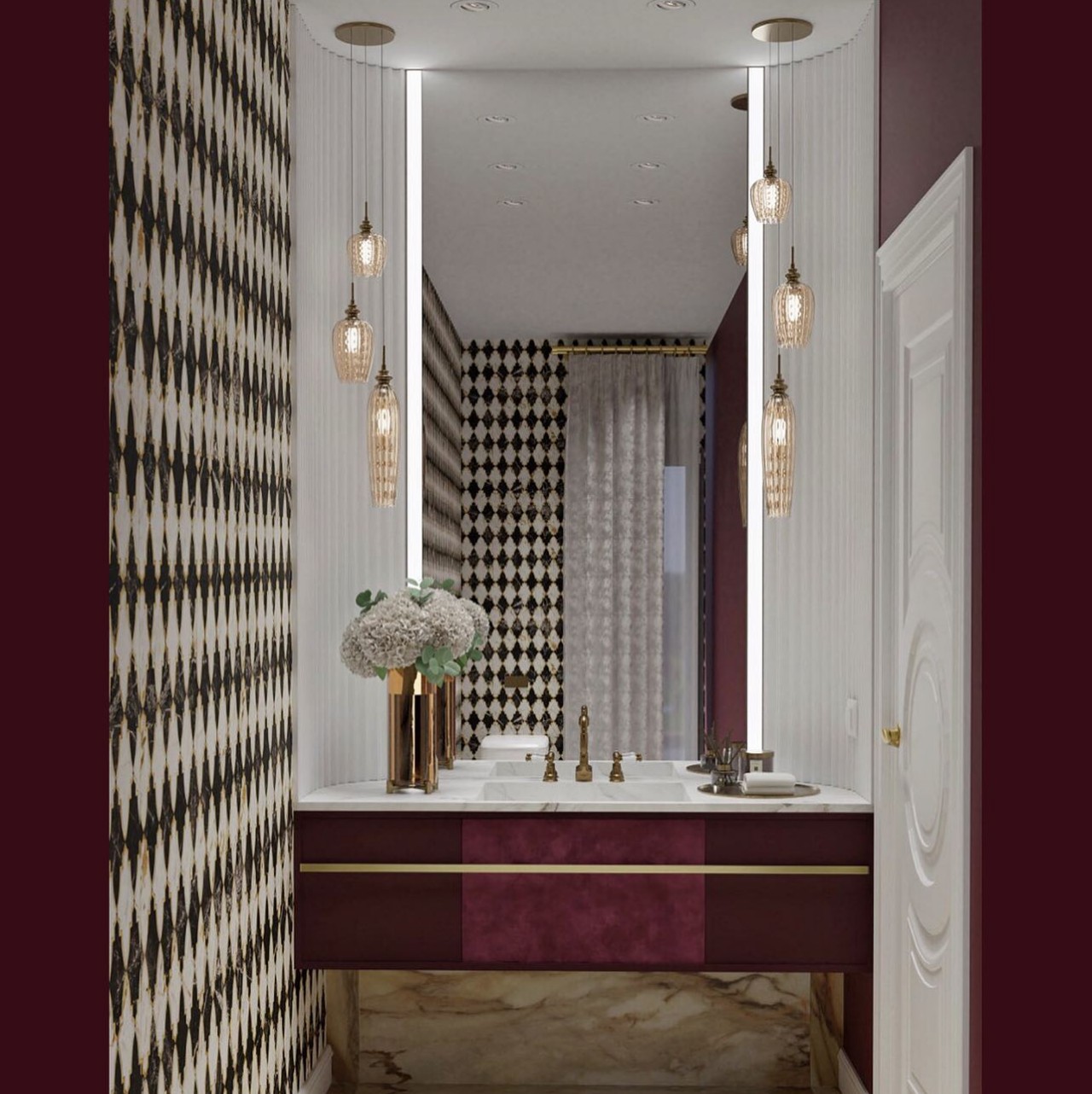
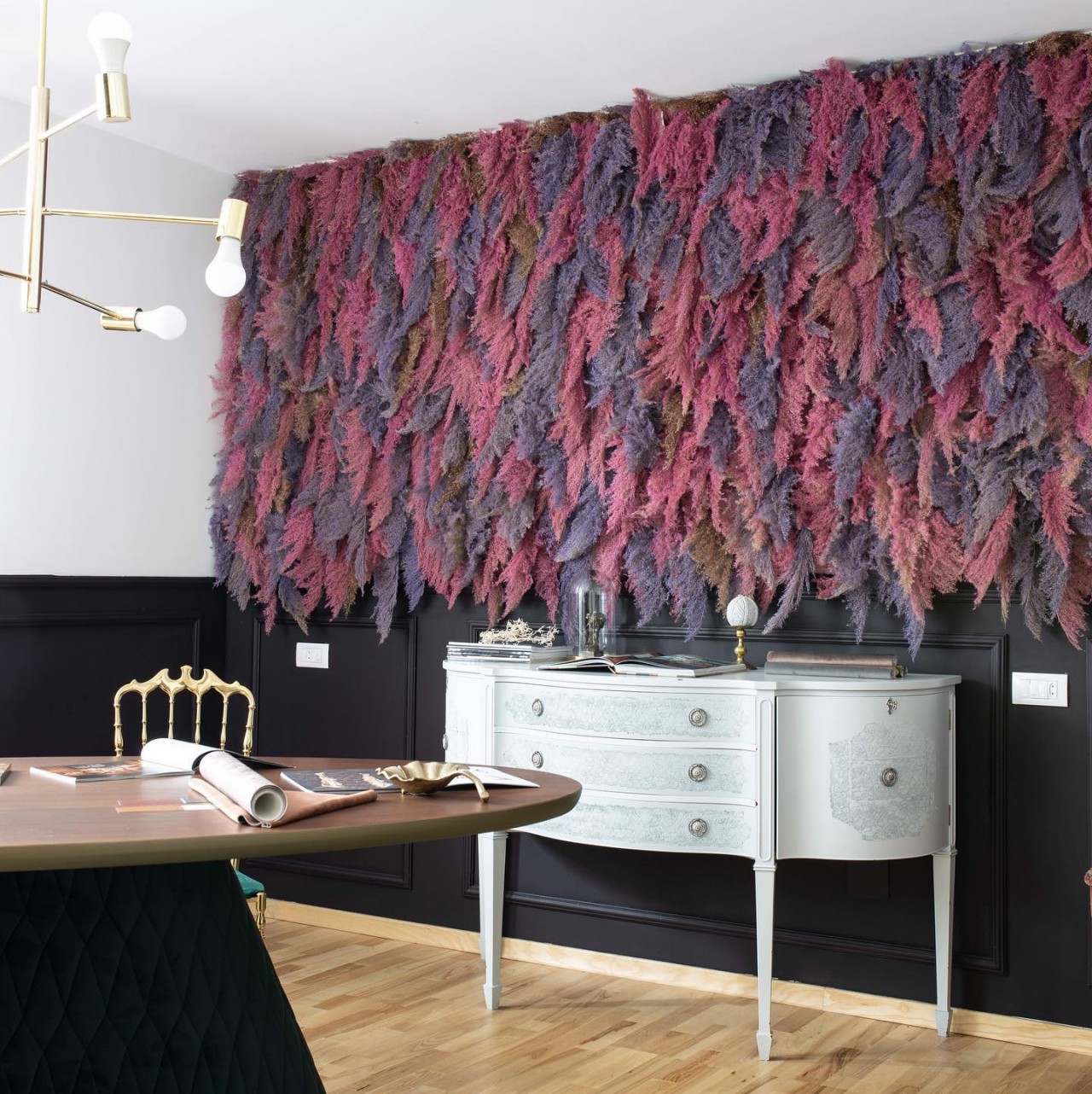
Designer: Fashionable Interiors
Sagittarius, November 22 to December 21
Sagittarius is a fire sign represented by the mounted archer.
Personality – Smart, compassionate, and adventurous
People born under this sign love traveling around the globe, and they love storytelling through artifacts and souvenirs collected from their travels. They have a free spirit, so their homes should revolve around modern and contemporary open-plan layouts. Nature-inspired shades of beige, brown, and blue are recommended, as they are reminiscent of mountains and beaches that bring them closer to the outdoors. Their homes should incorporate plenty of houseplants.
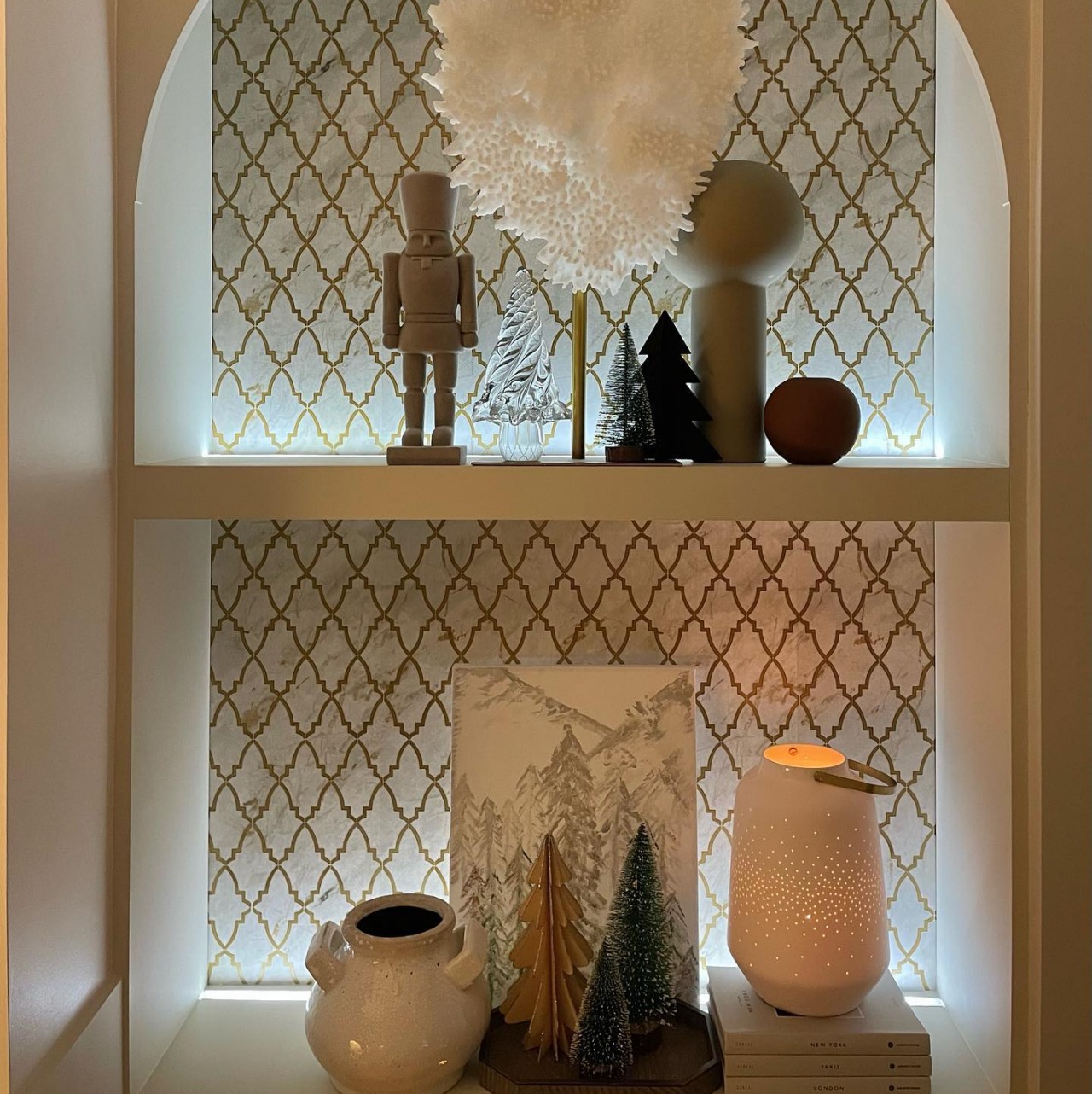
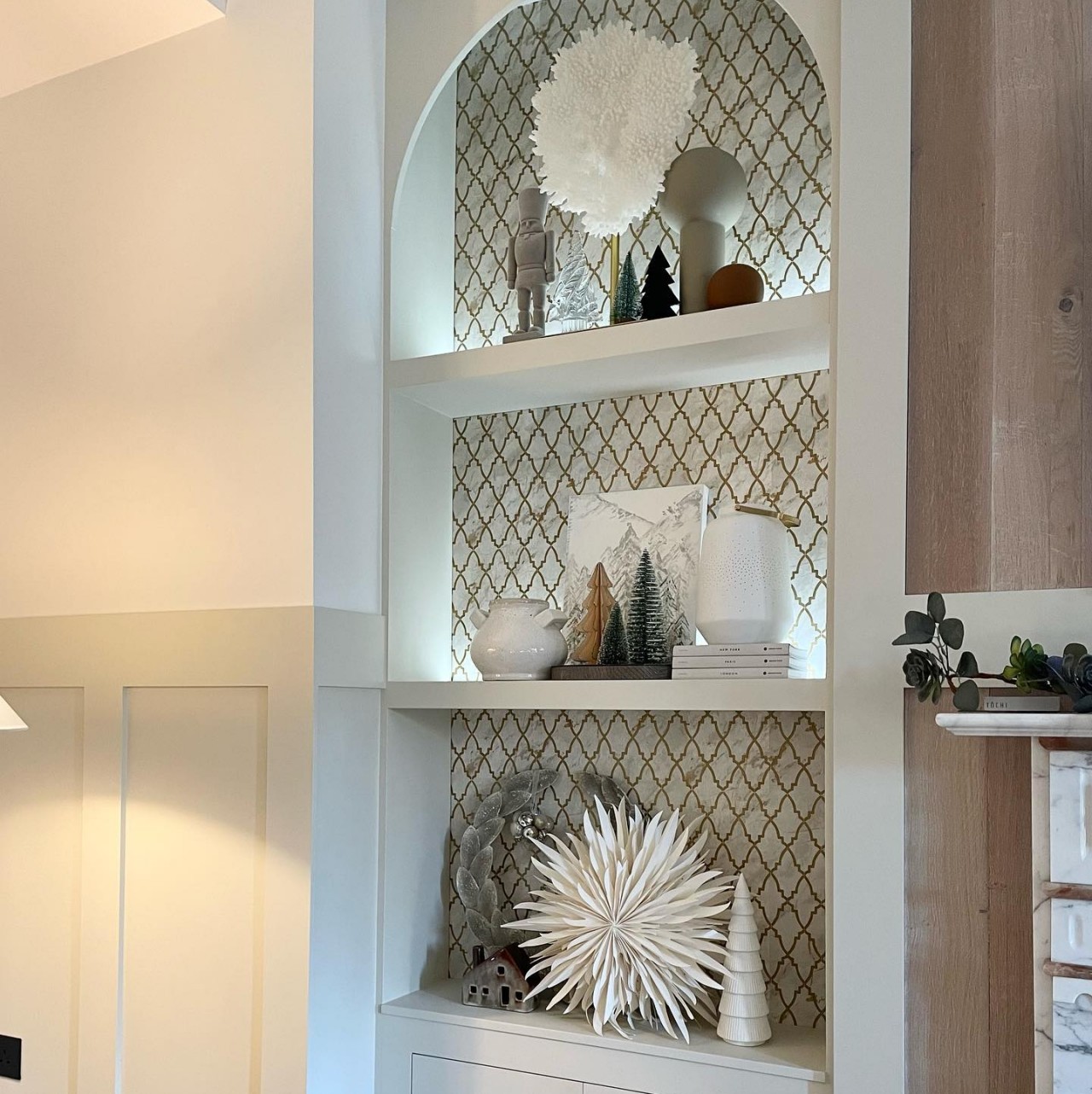
Designer: Blyth Designs
Capricorn, December 22 to January 19
Capricorn is an earth sign represented by the sea goat.
Personality – Practical, disciplined, and loves comfort
Capricorns are the workaholics of the Zodiac; hence, they will have the best home office with a functional desk, a nice bookcase, and ample storage. Consider an earthy color scheme and good layered lighting, splurge on smart technology, and add a few accent pieces of furniture that ensure comfort. People born under this sign are known for their discipline and formal aesthetics that can be achieved in hues of gray and blue.
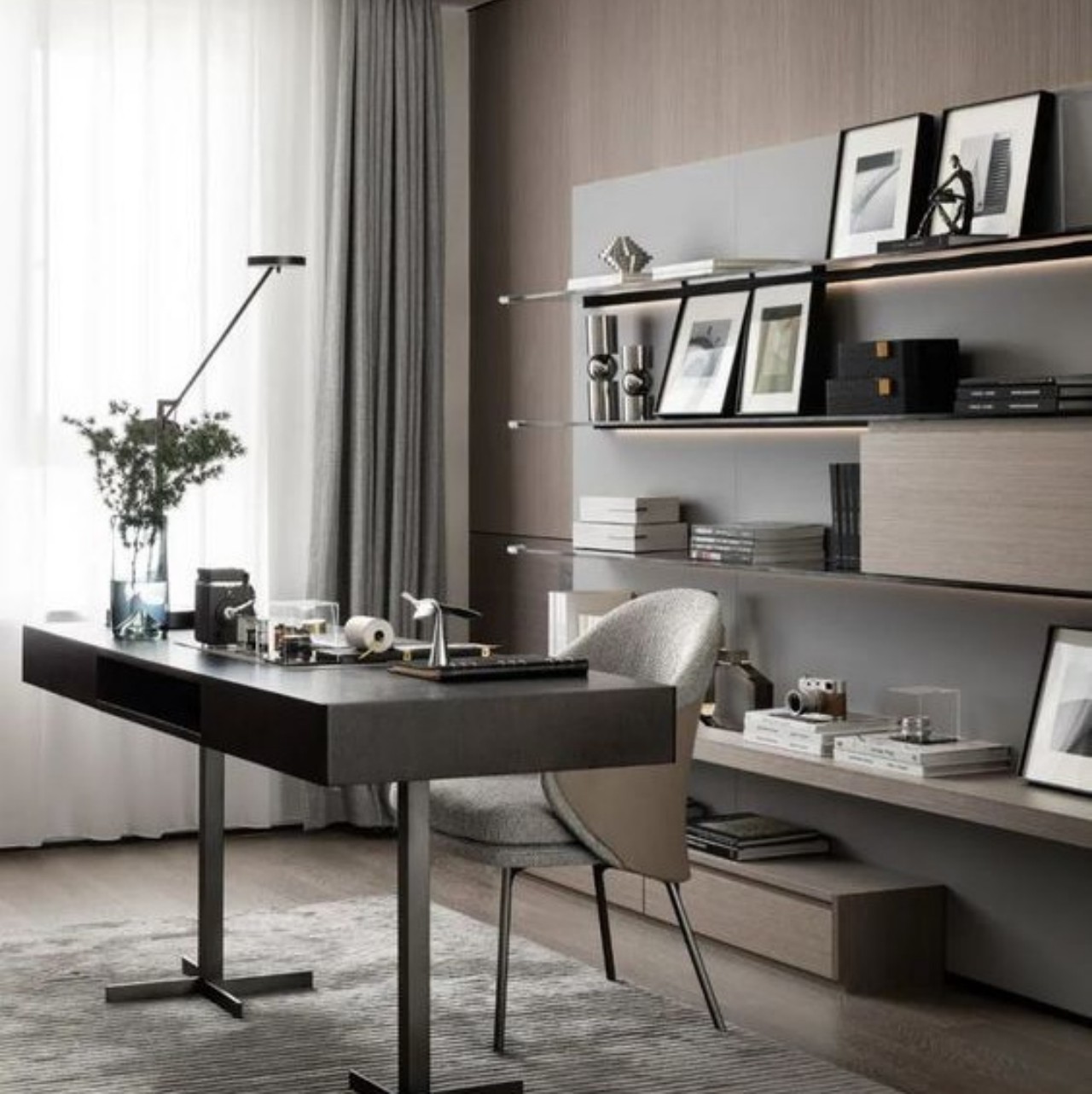
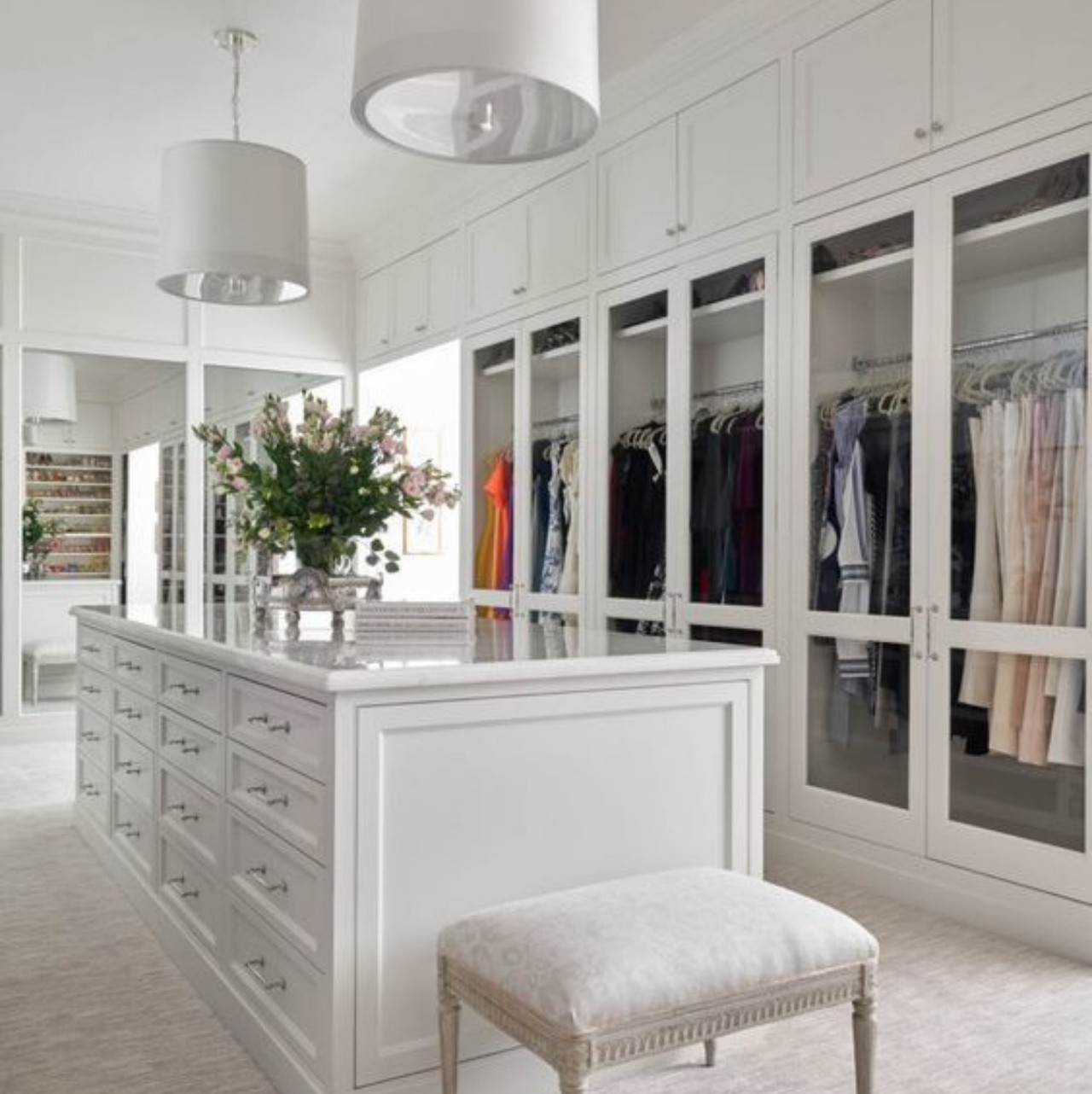
Designer: Fredda Partners
Aquarius, January 20 to February 18
Aquarius is a water sign symbolized by the water bearer.
Personality – Intellectual, creative, and advanced
This sun sign is a symbol of fluidity and inclines spirituality. Their homes should be calm and tranquil, with warm colors and inspiring artwork being a must-have. People born under this sign invest in technologically advanced gadgets as they are ruled by the planet Uranus, which stands for innovation and technology.
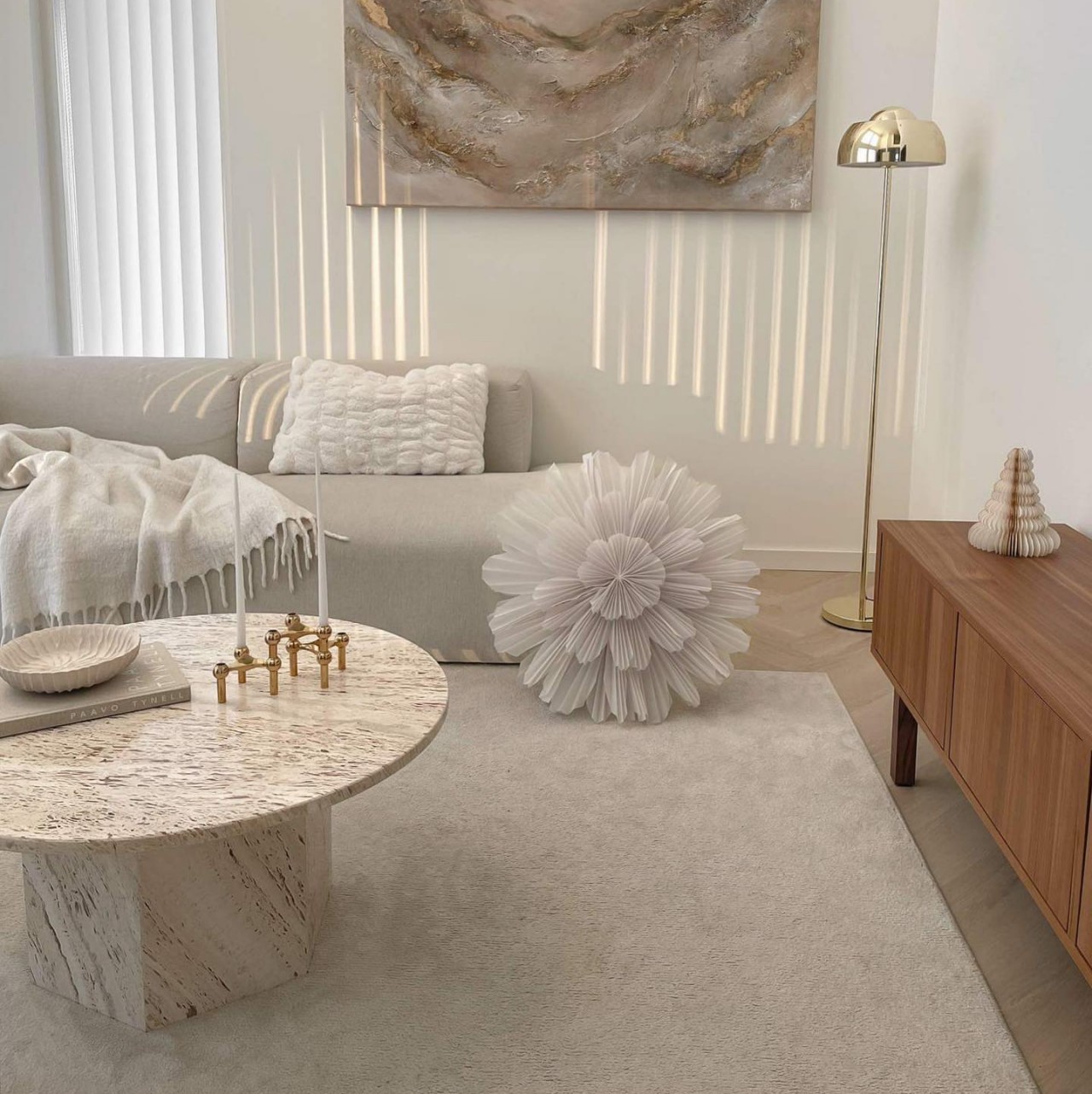
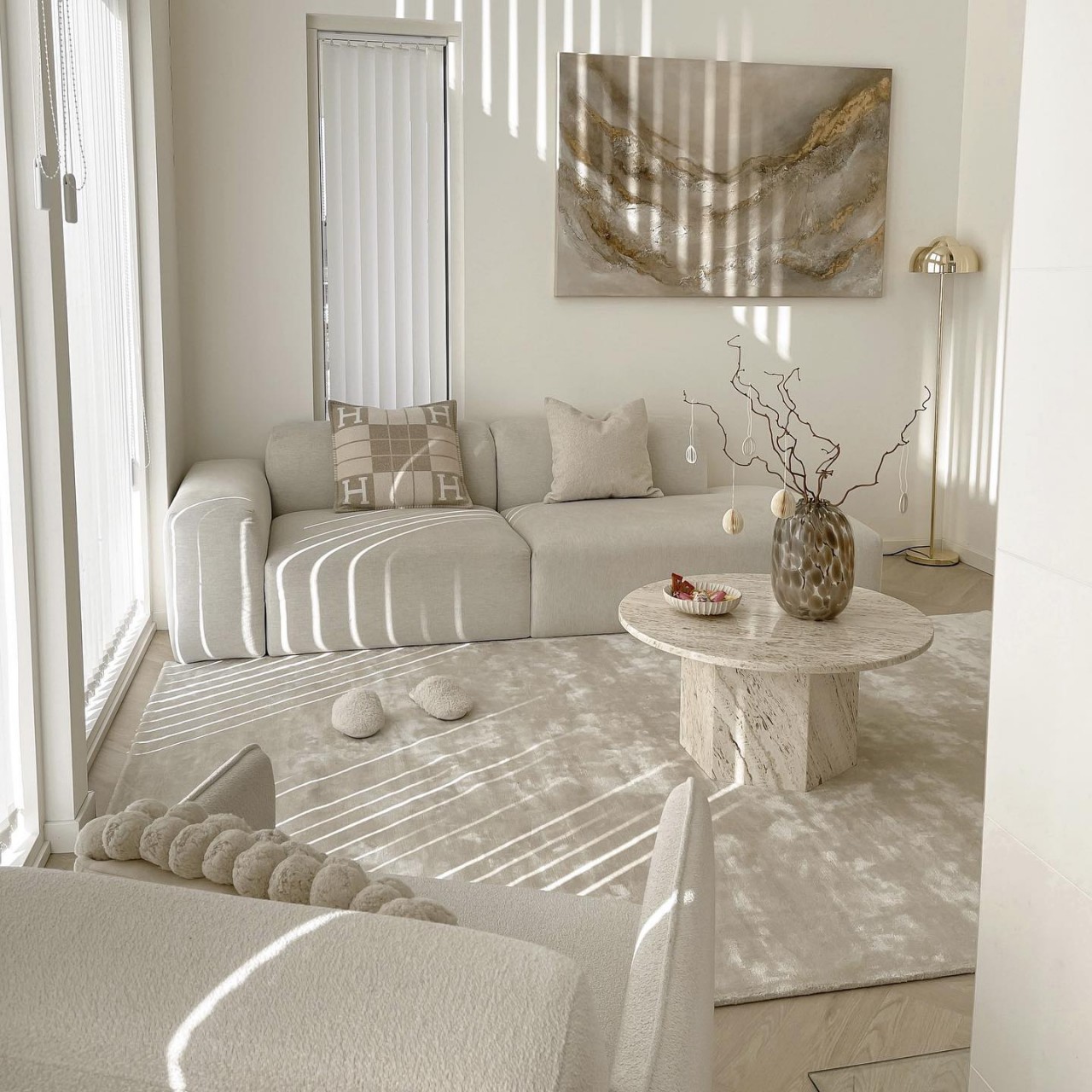
Designer: Saija
Pisces, February 19 to March 20
Pisces is a water sign symbolized by two fish moving in the opposite direction.
Personality – Gracious, spiritual, and calm
They are spiritual beings who love daydreaming. Hence, their homes should be a sanctuary that allows them to rest, relax, and recharge. Consider fluffy cushions and soft throws in muted tones and fabrics like silk and linen. They love their balcony, which allows them to disconnect from their everyday life. Also, they gravitate towards ocean or water colors like icy blues, teal, or aqua hues that bring joy and serenity.
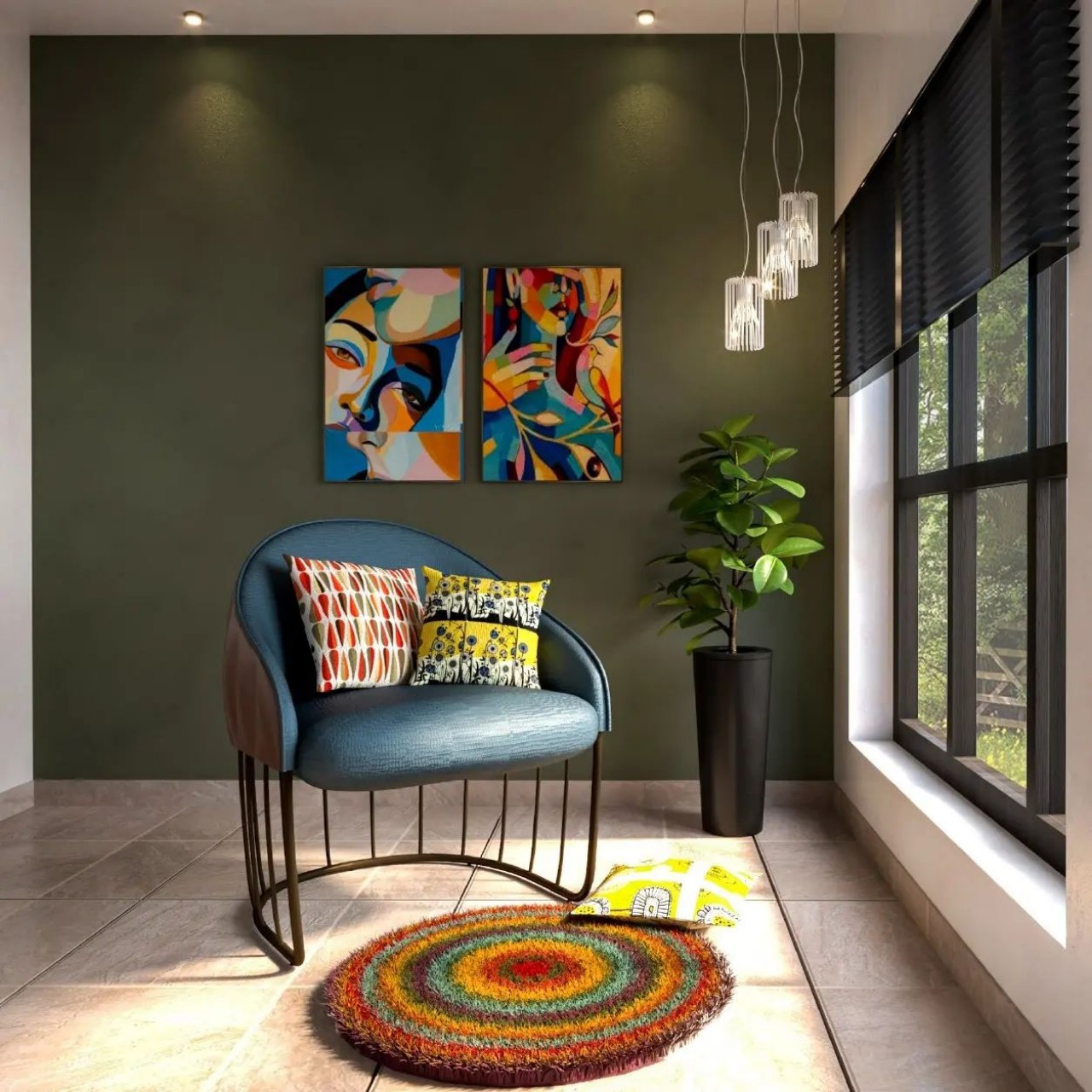
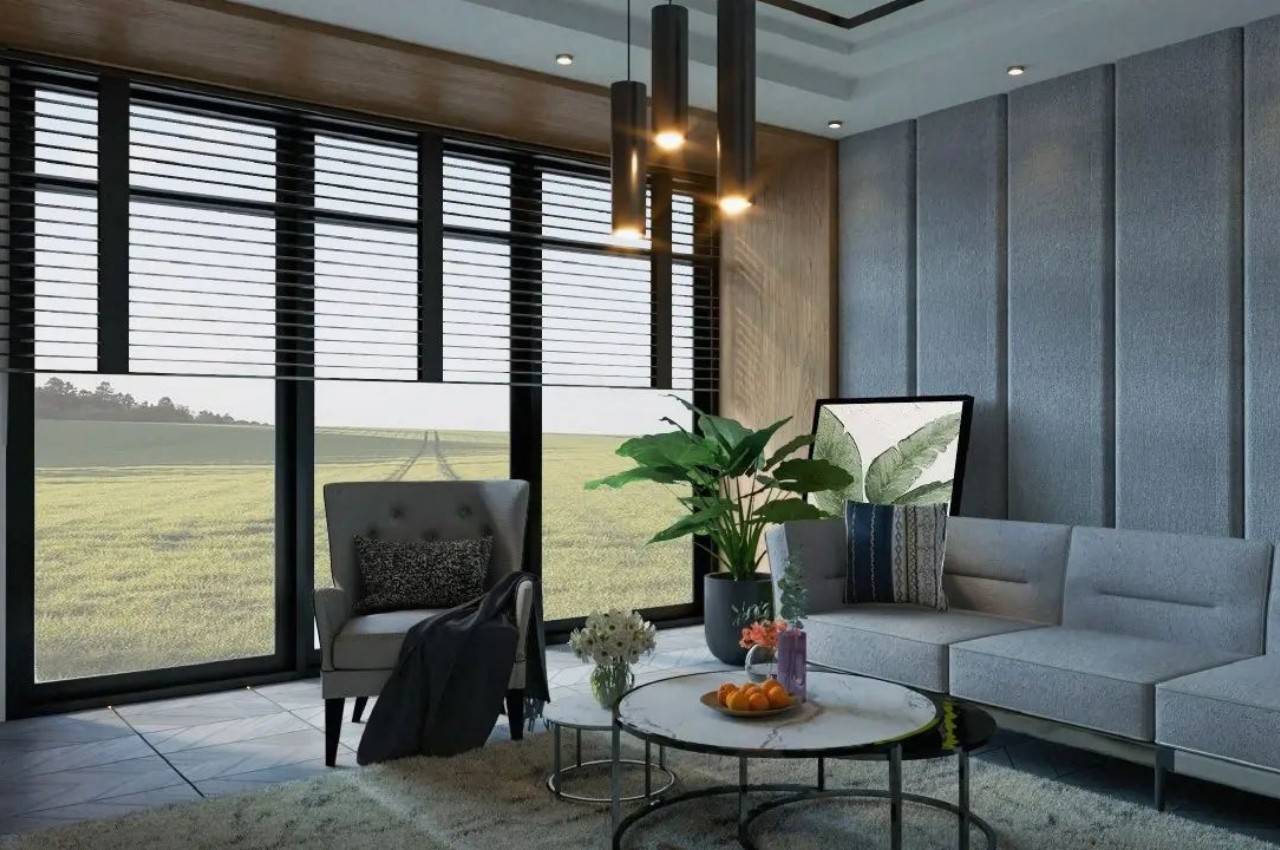
Designer: She Rin
Does this study resonate with your Zodiac and design style? Do let us know in the Comments.
The post Your interior design style according to your Zodiac sign first appeared on Yanko Design.
